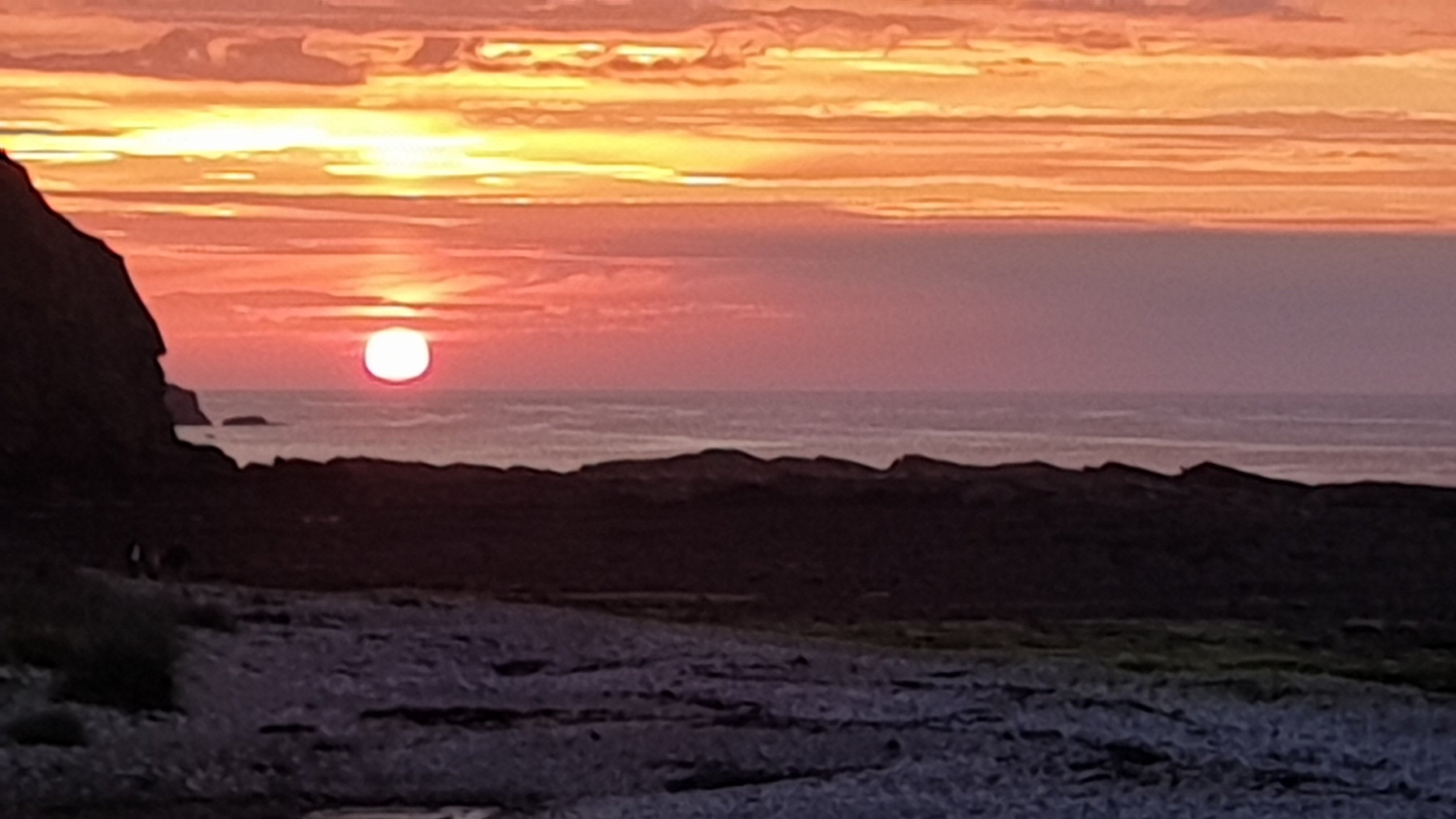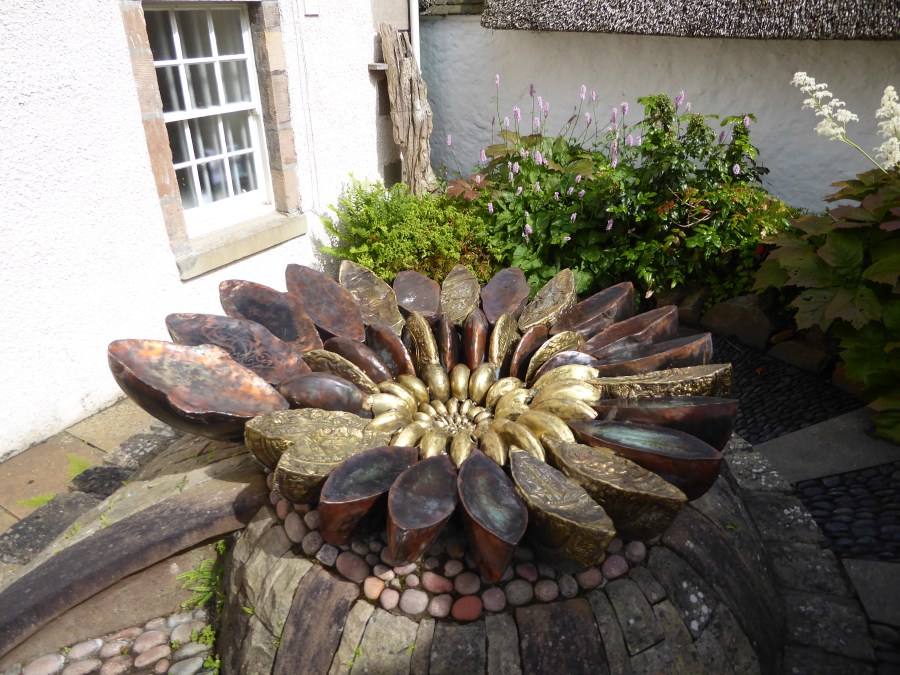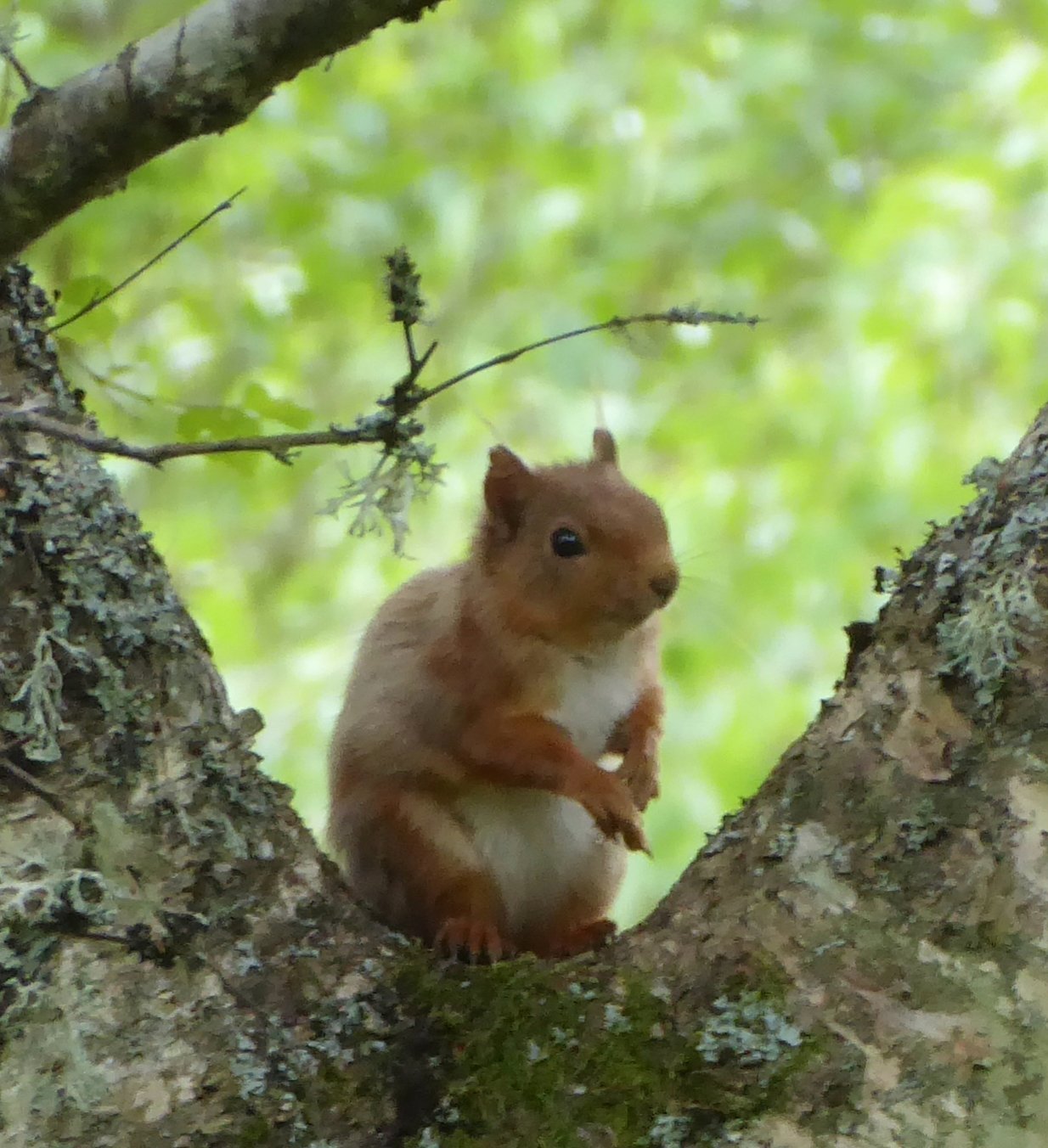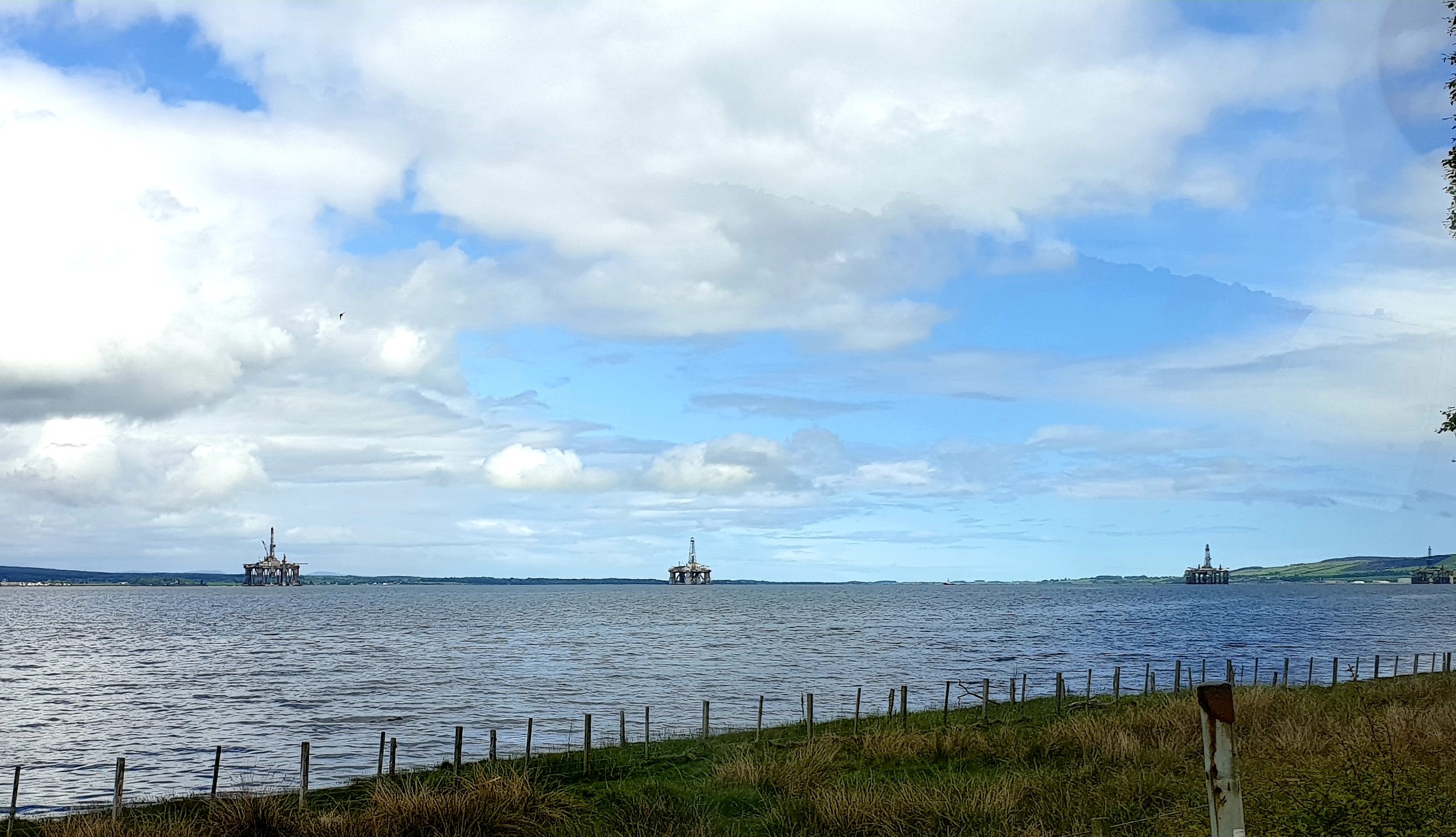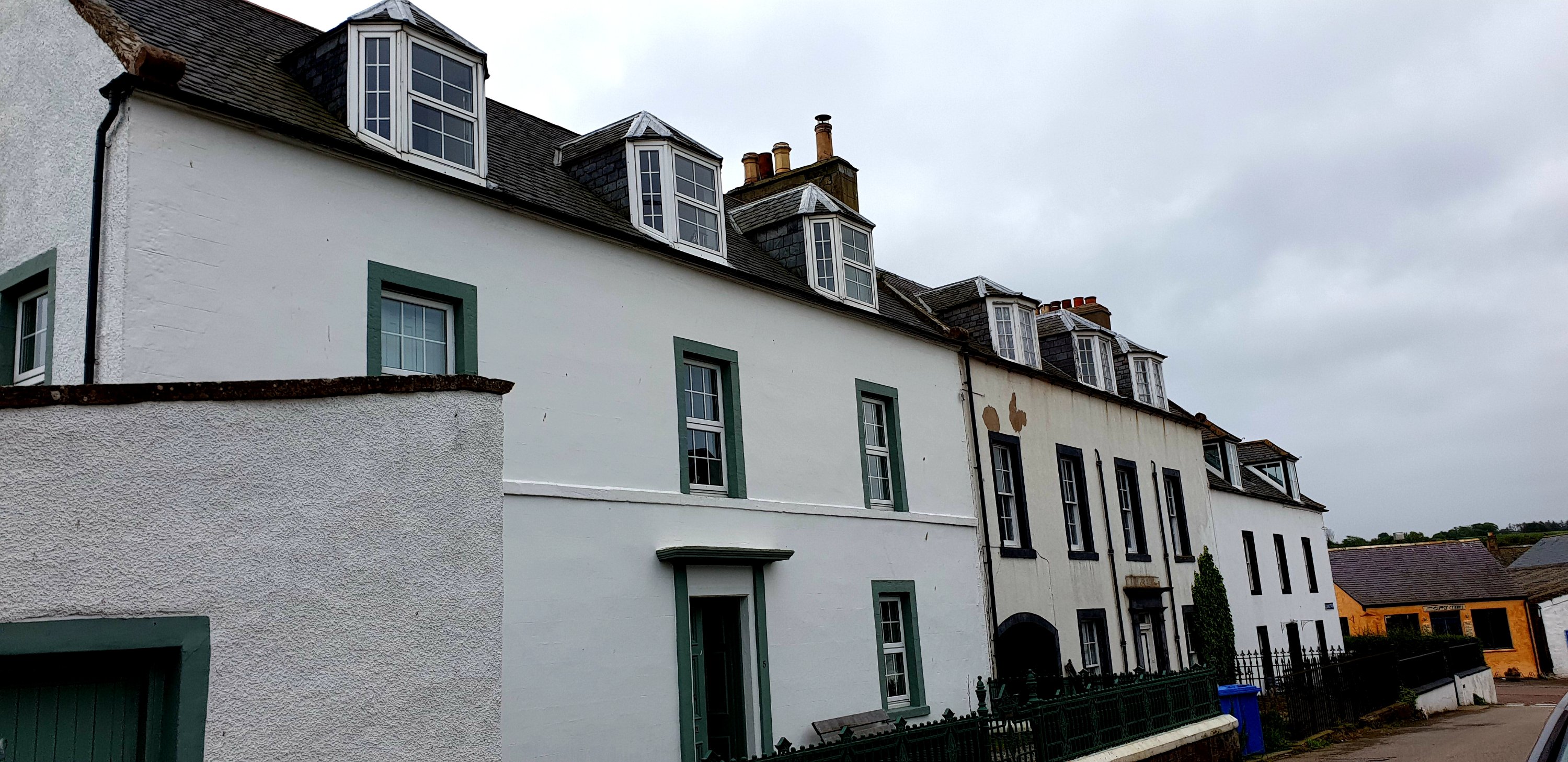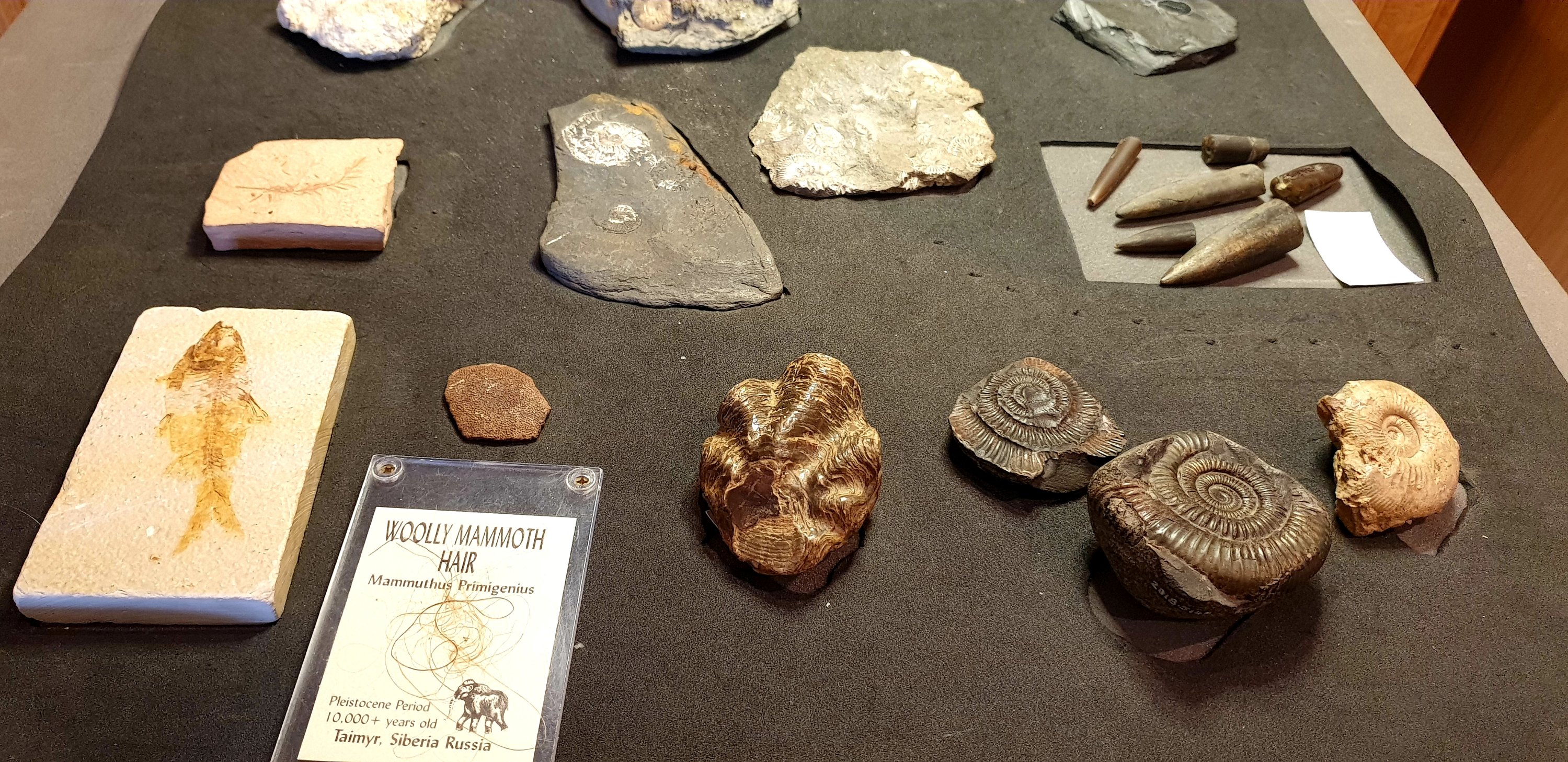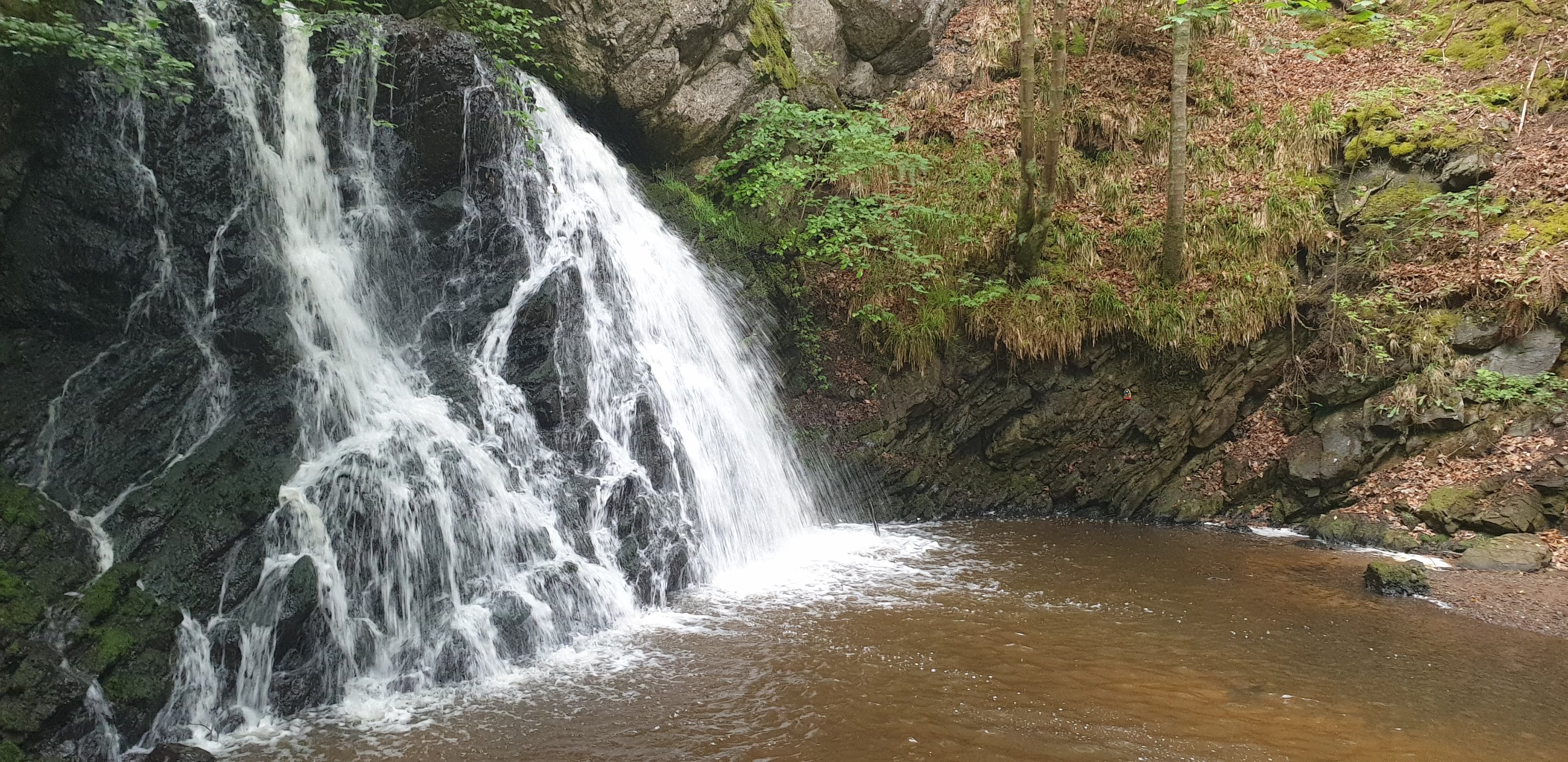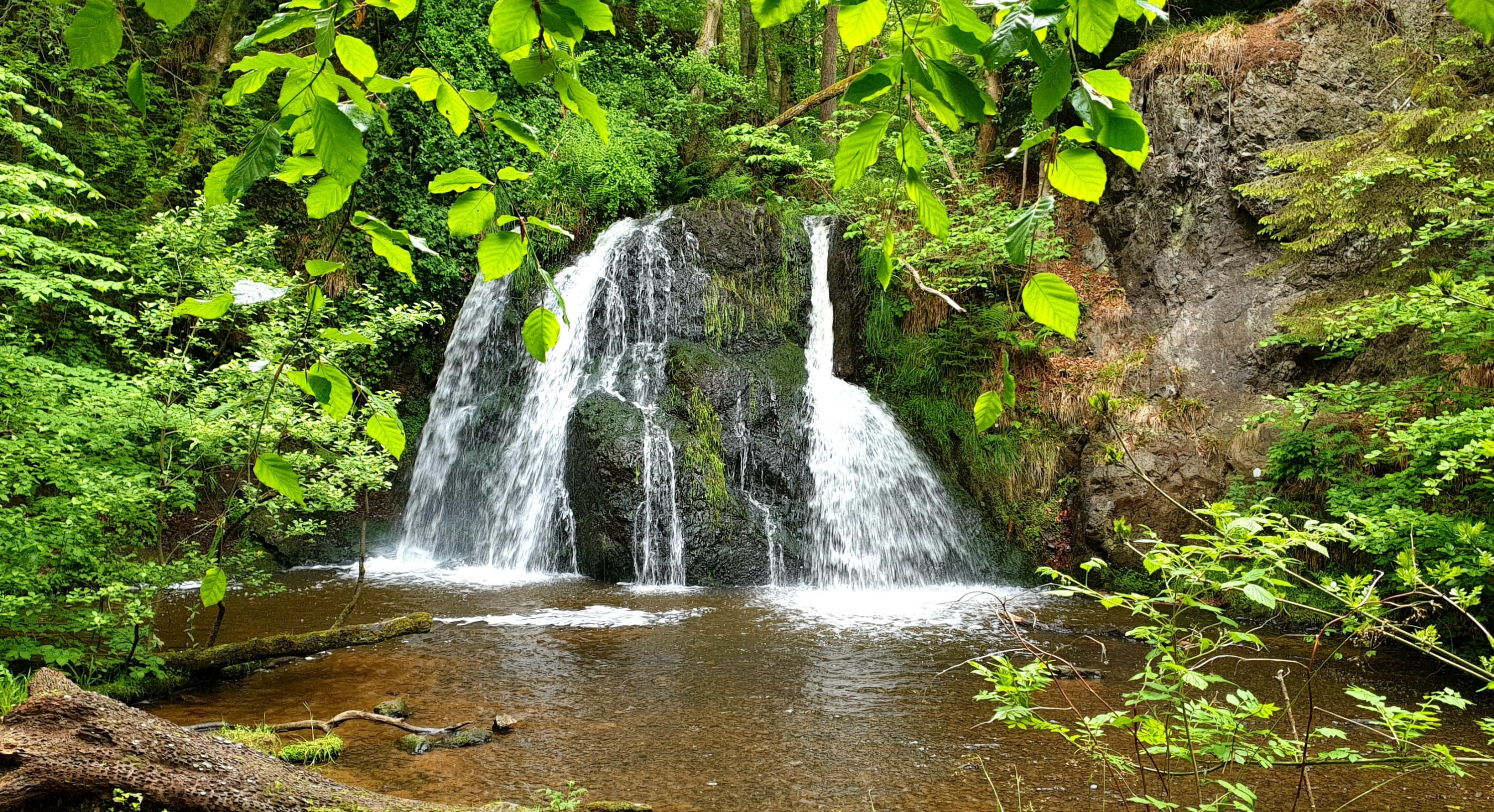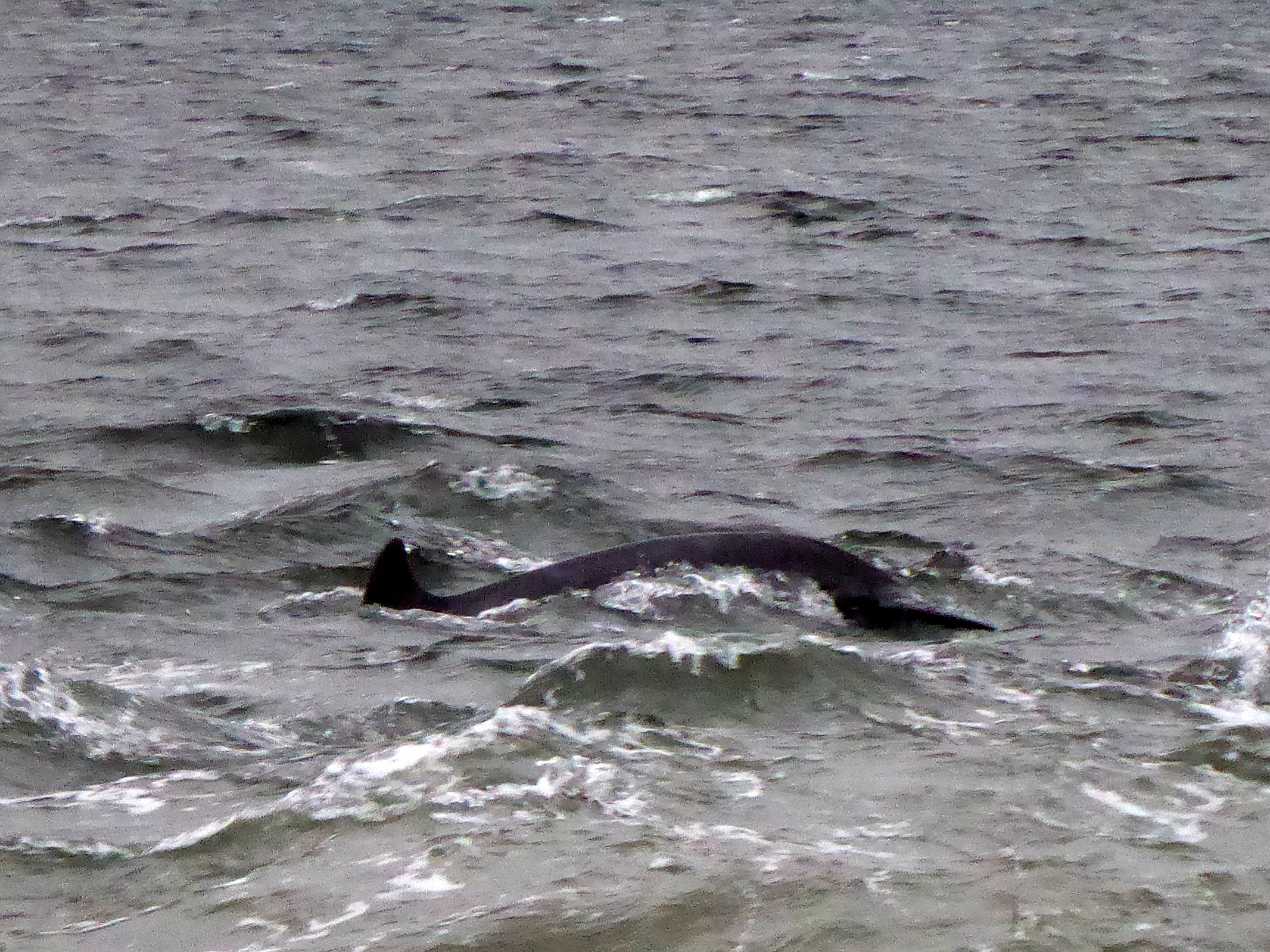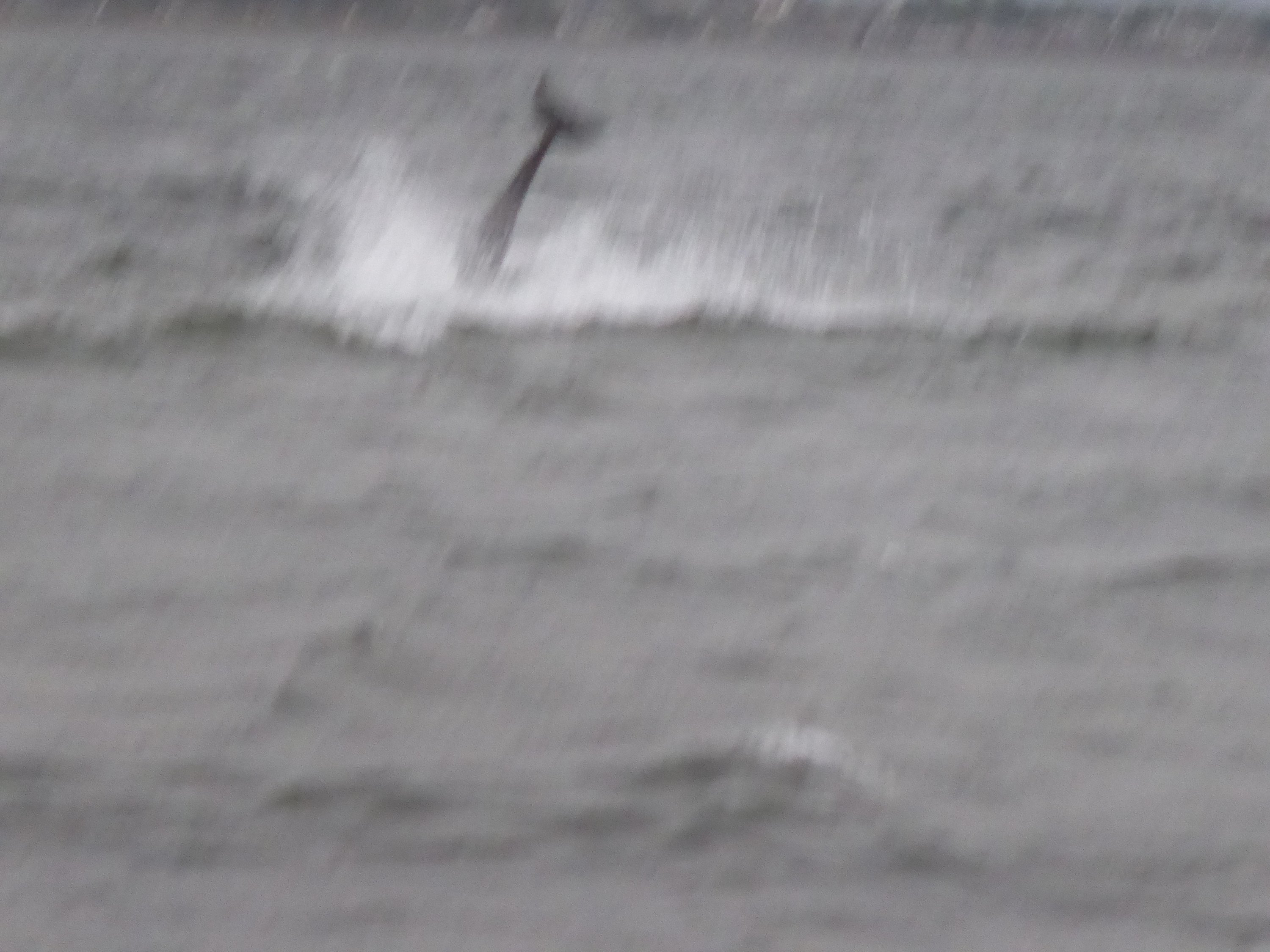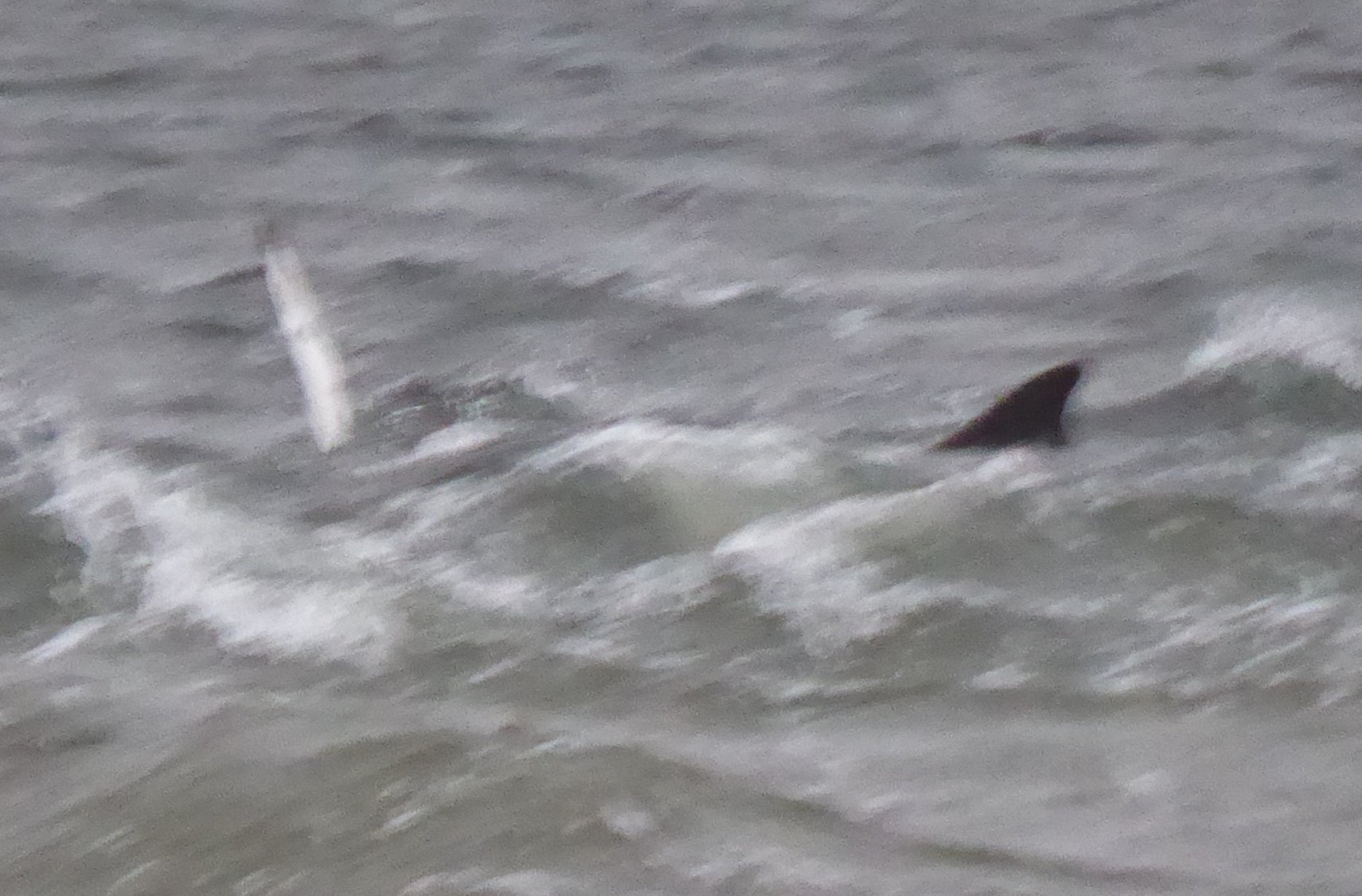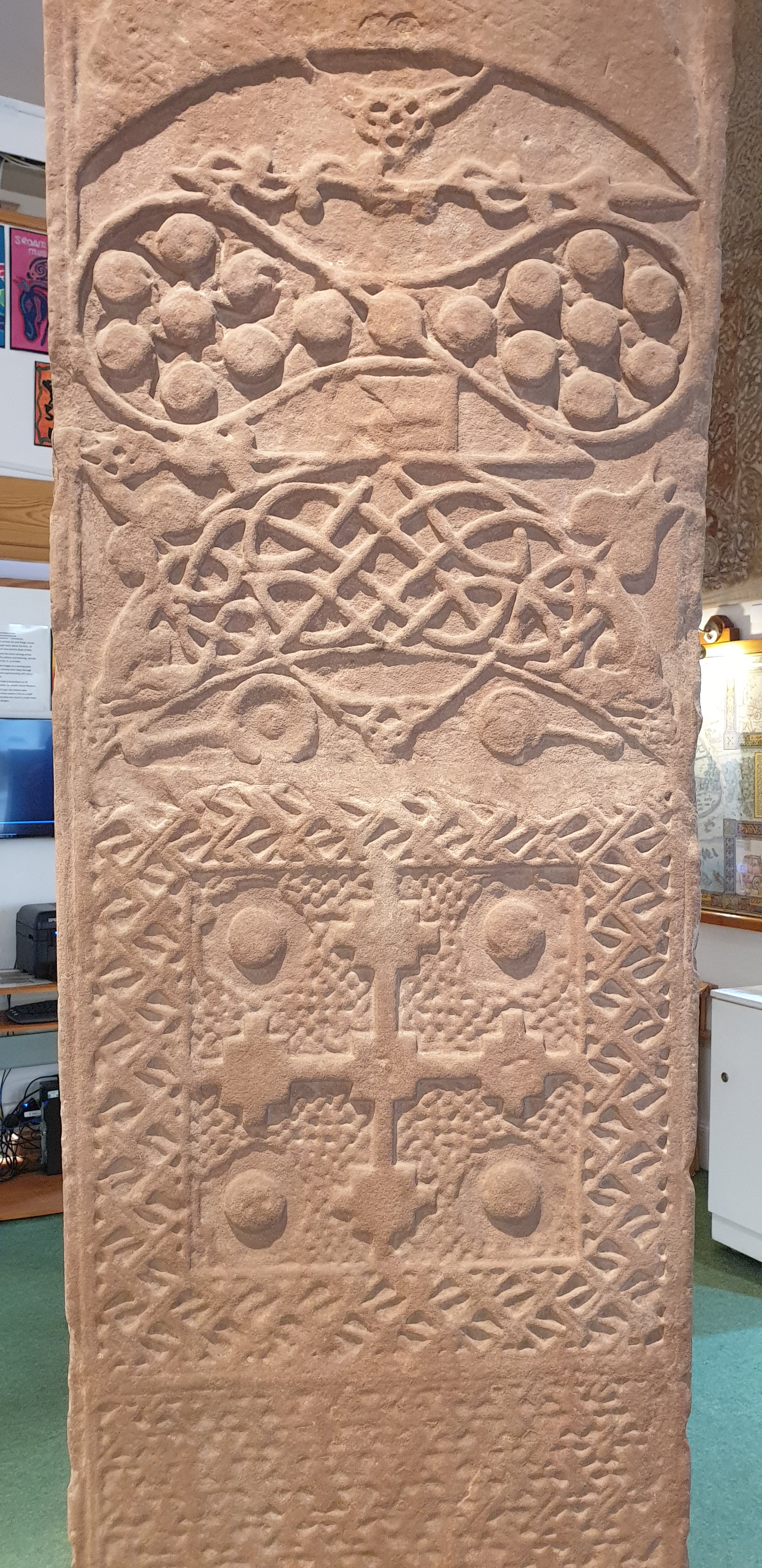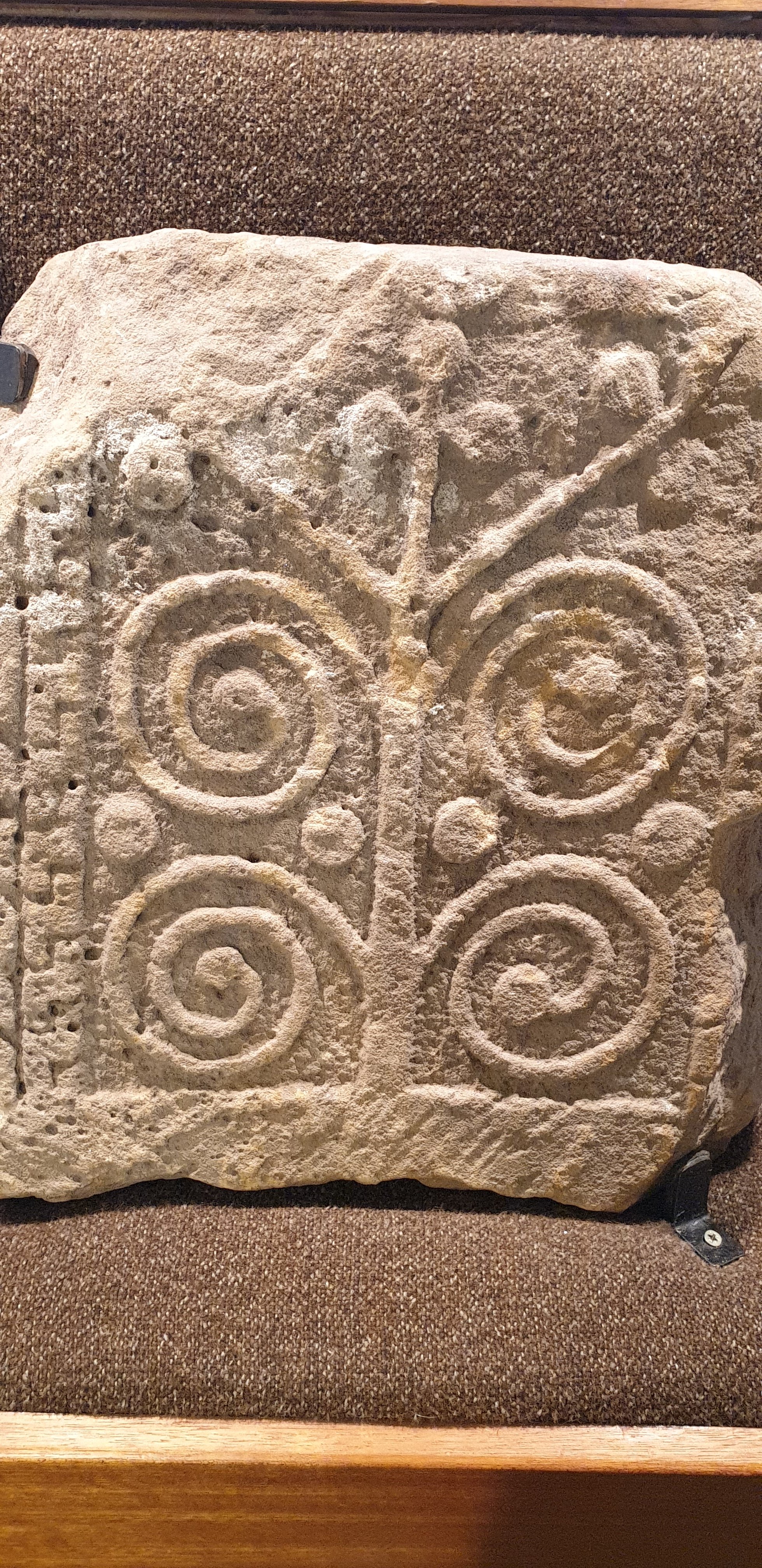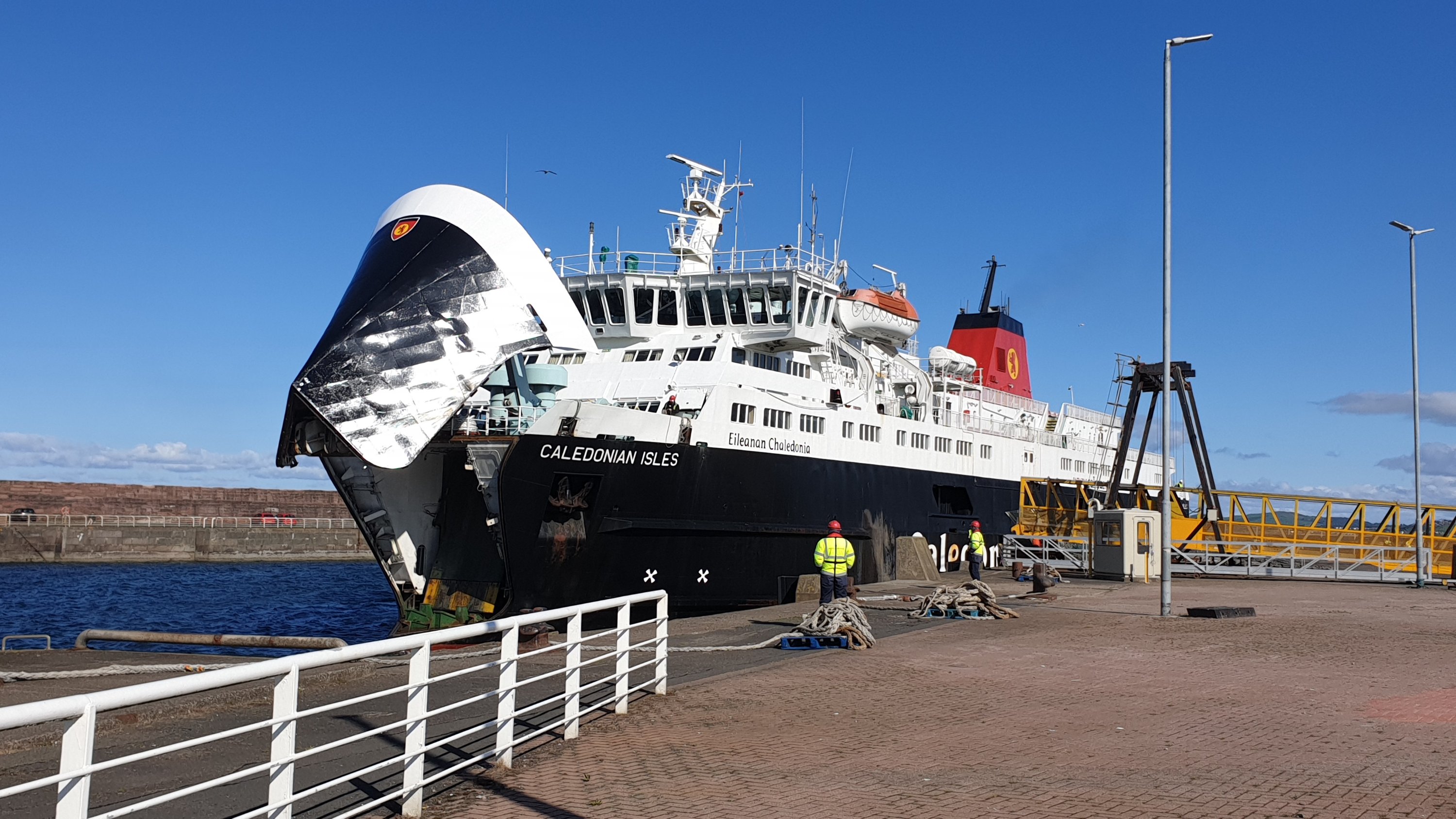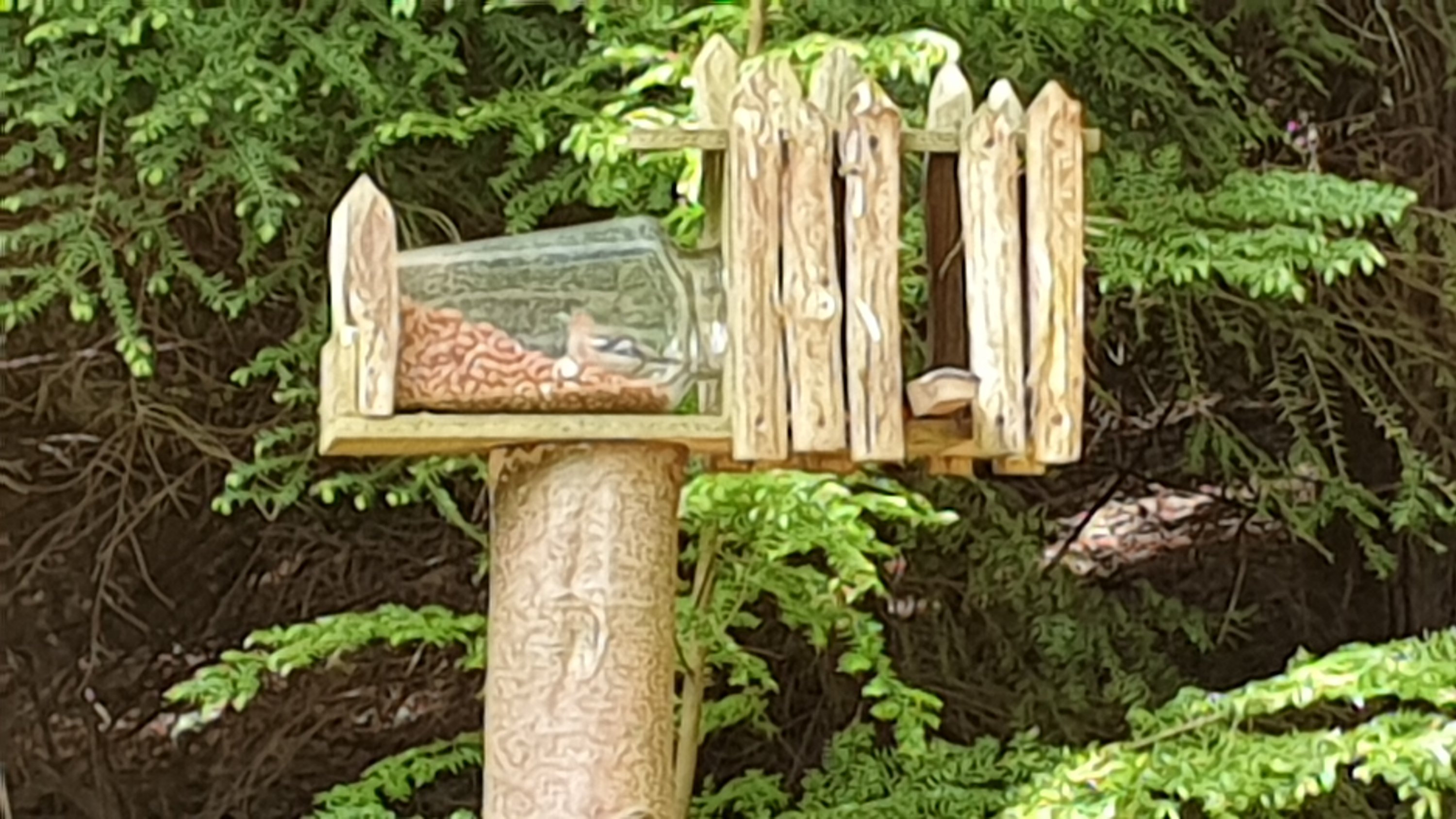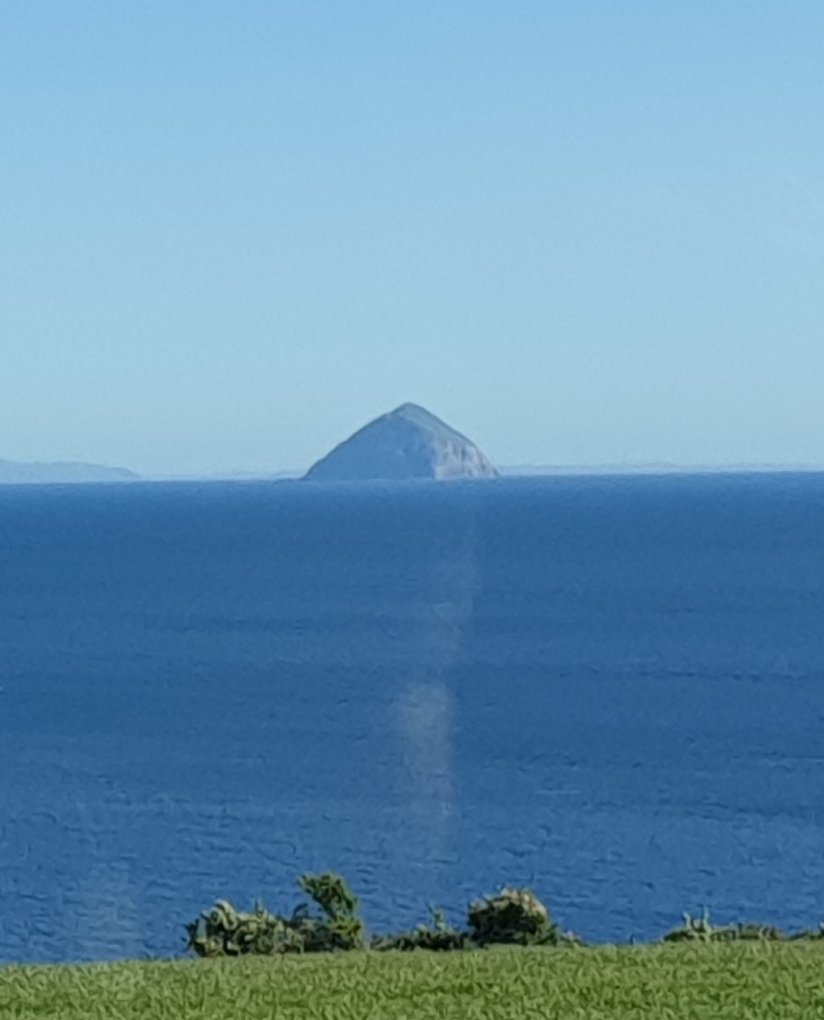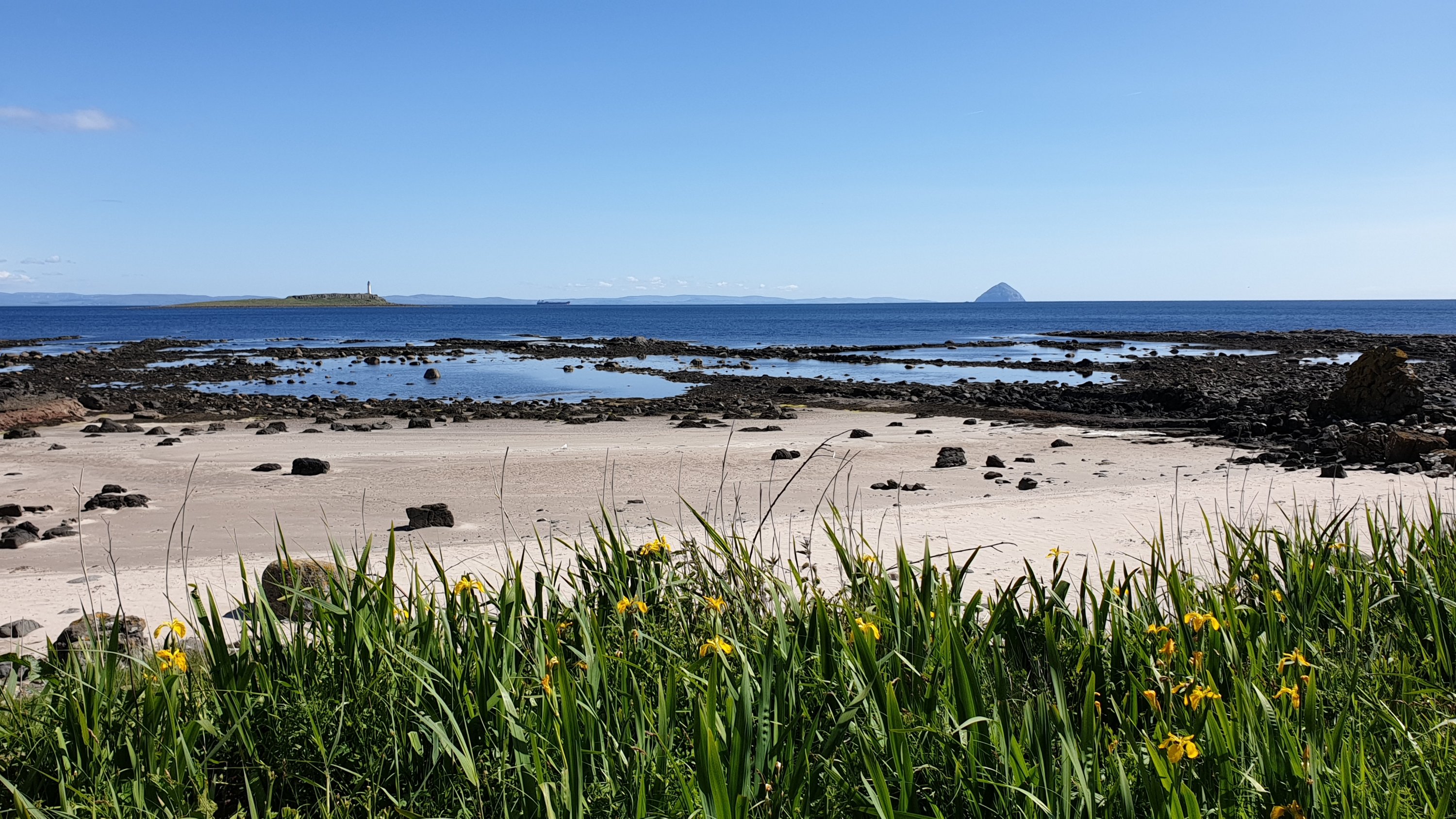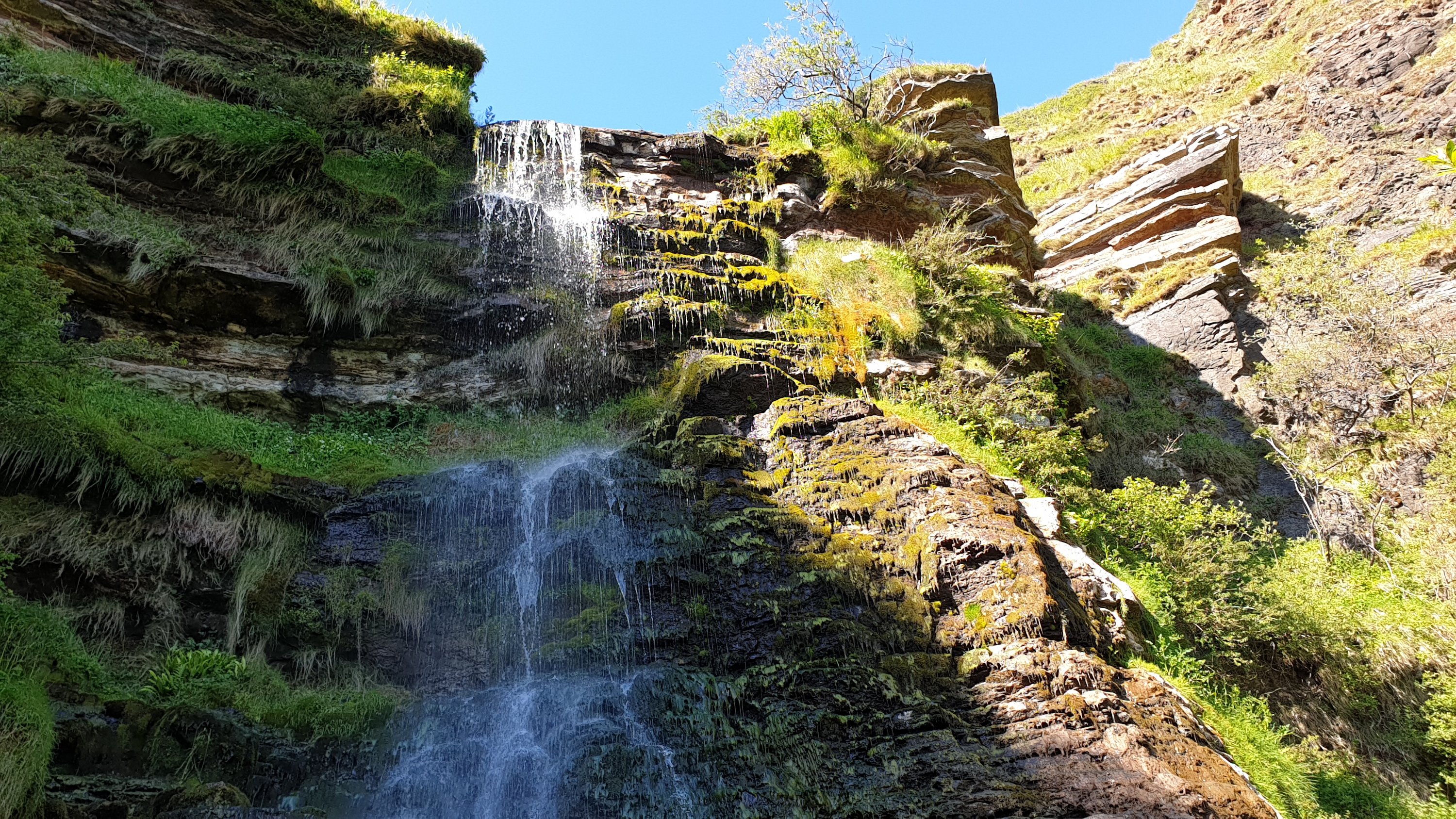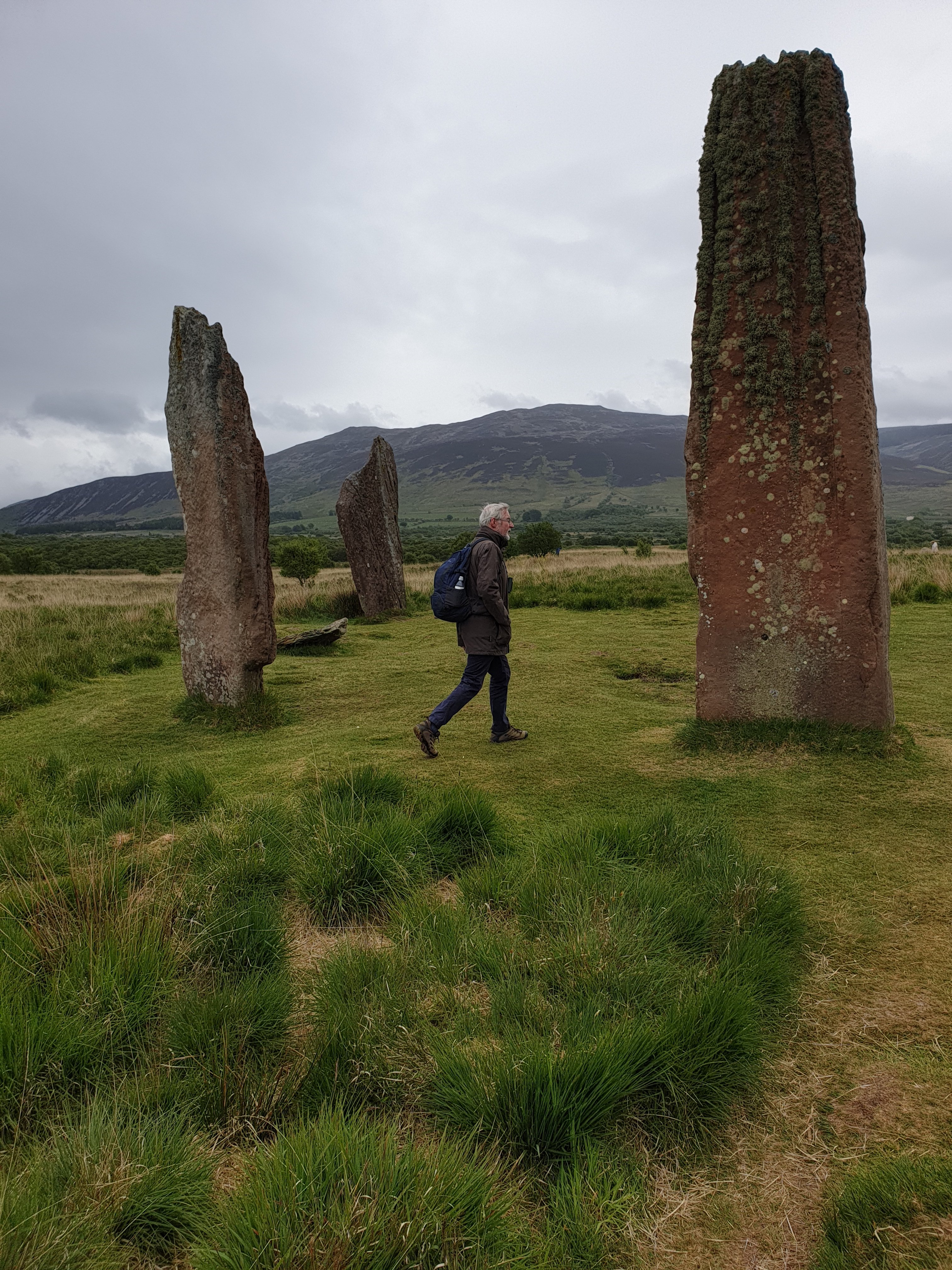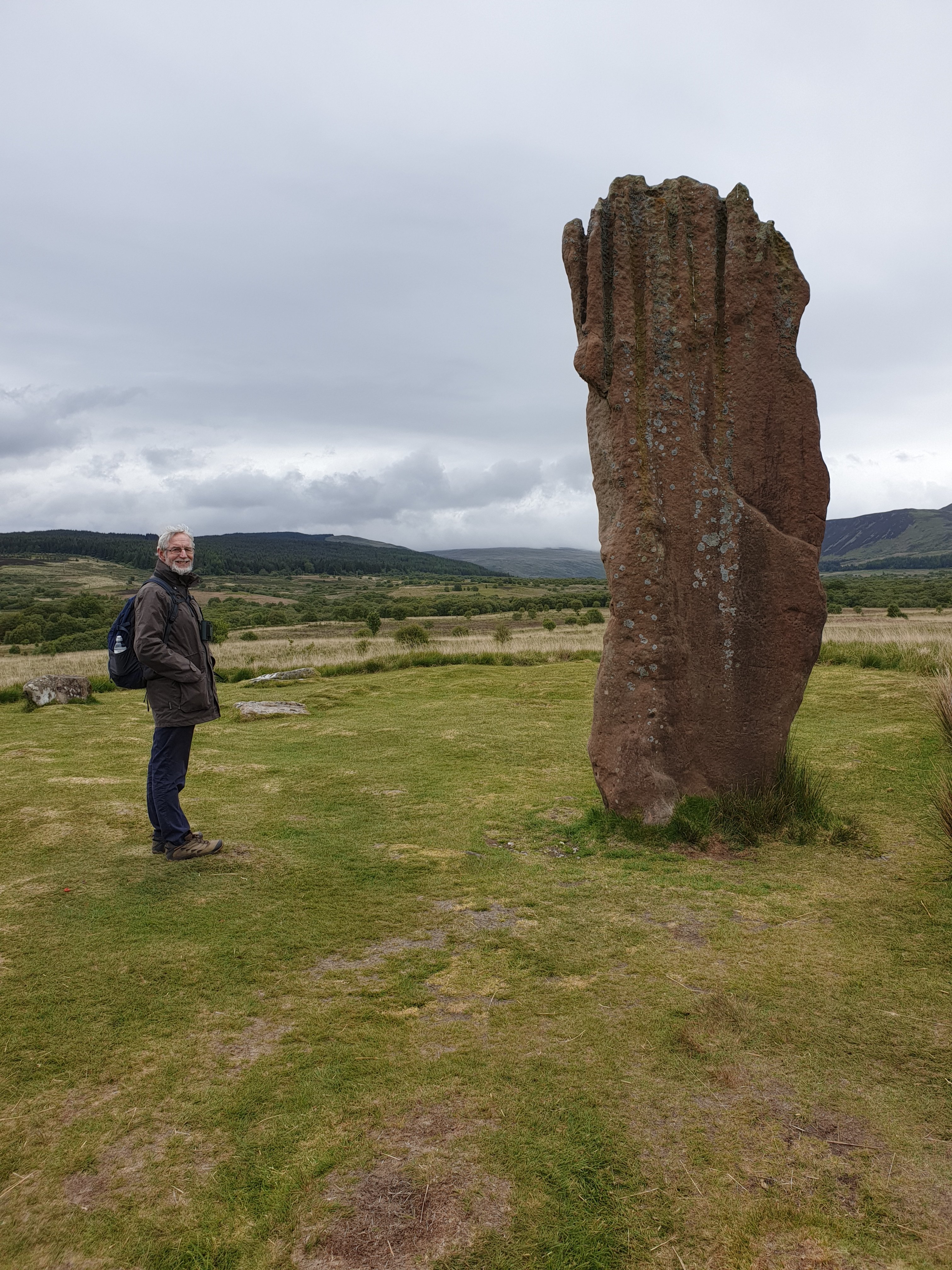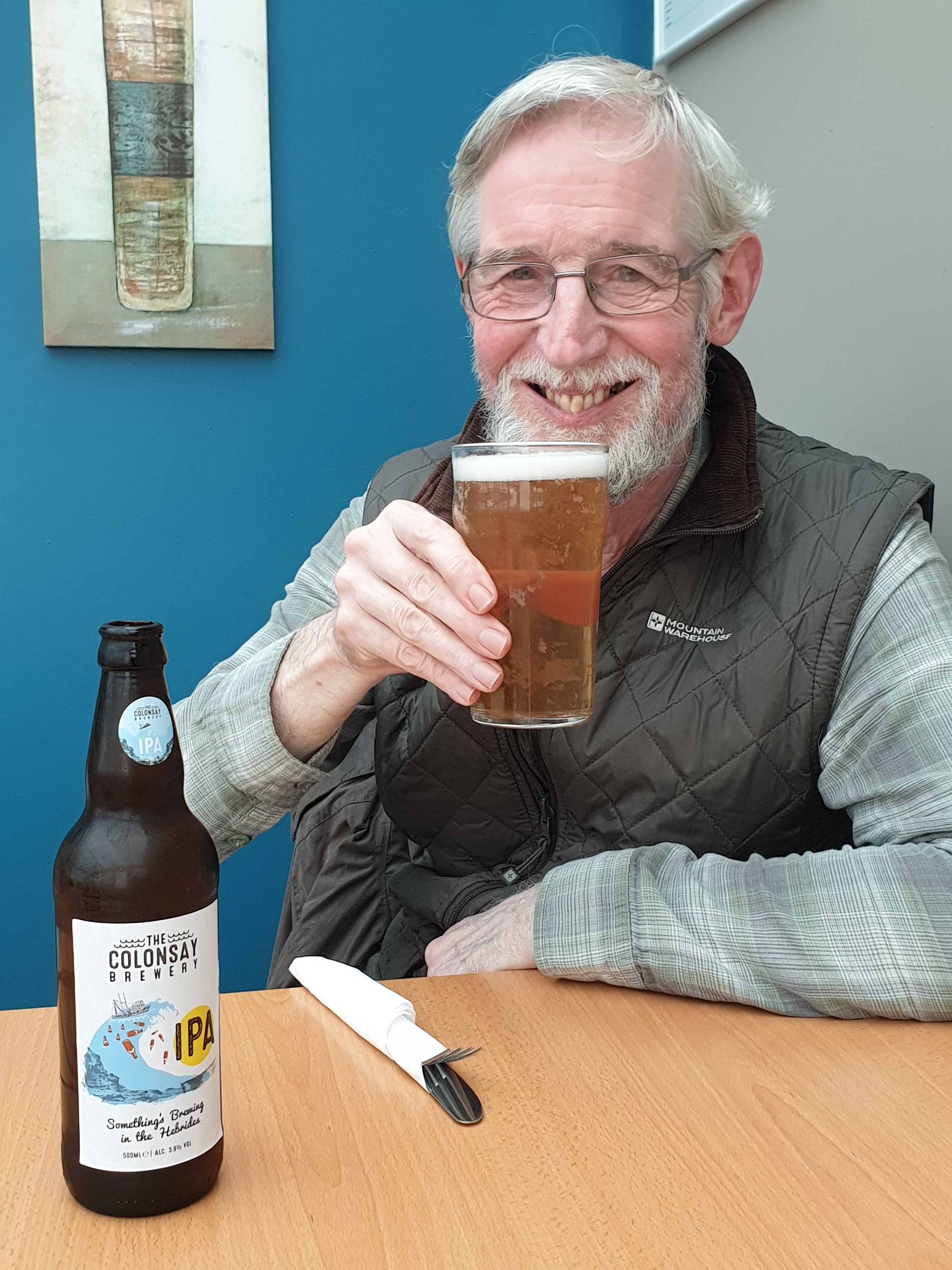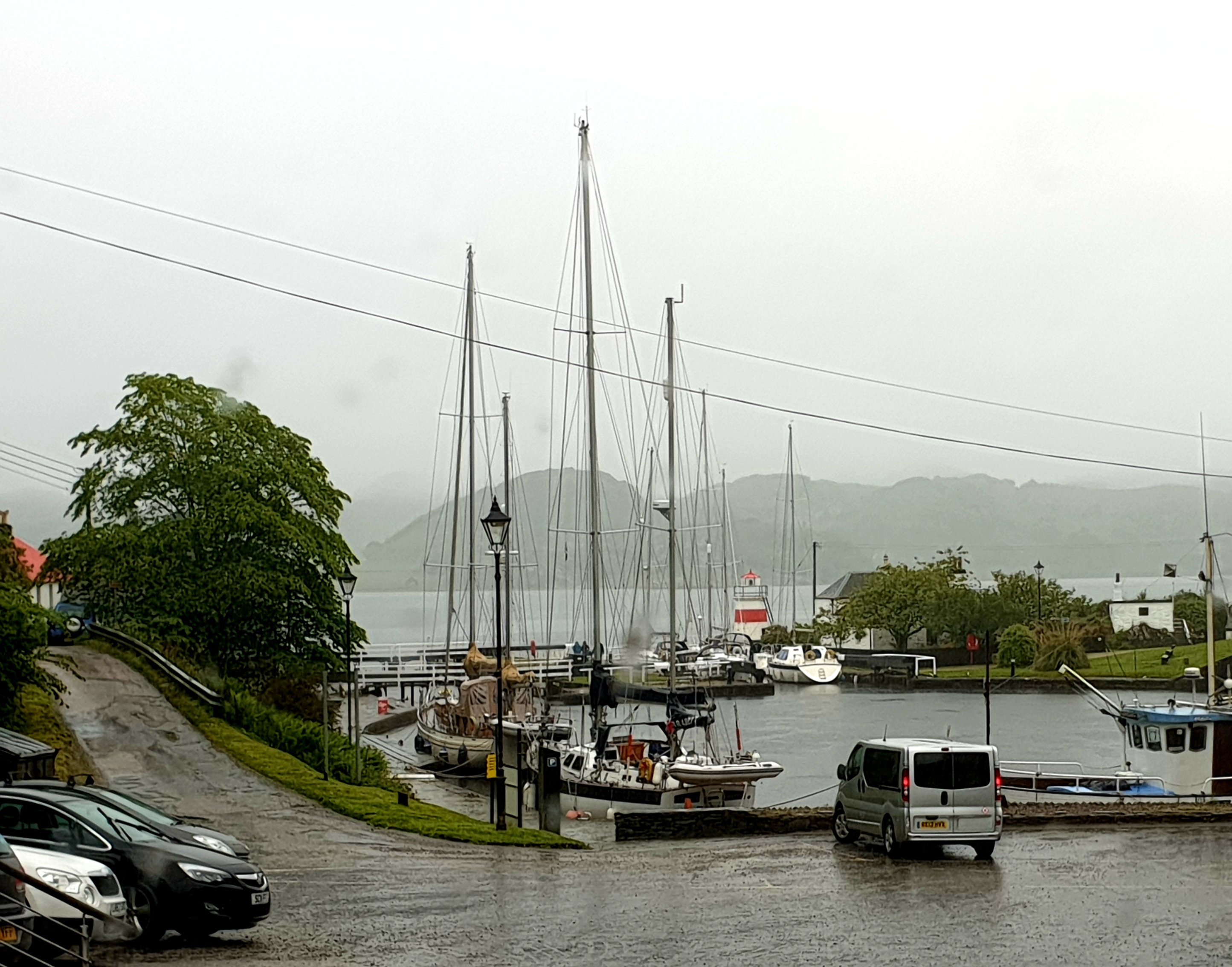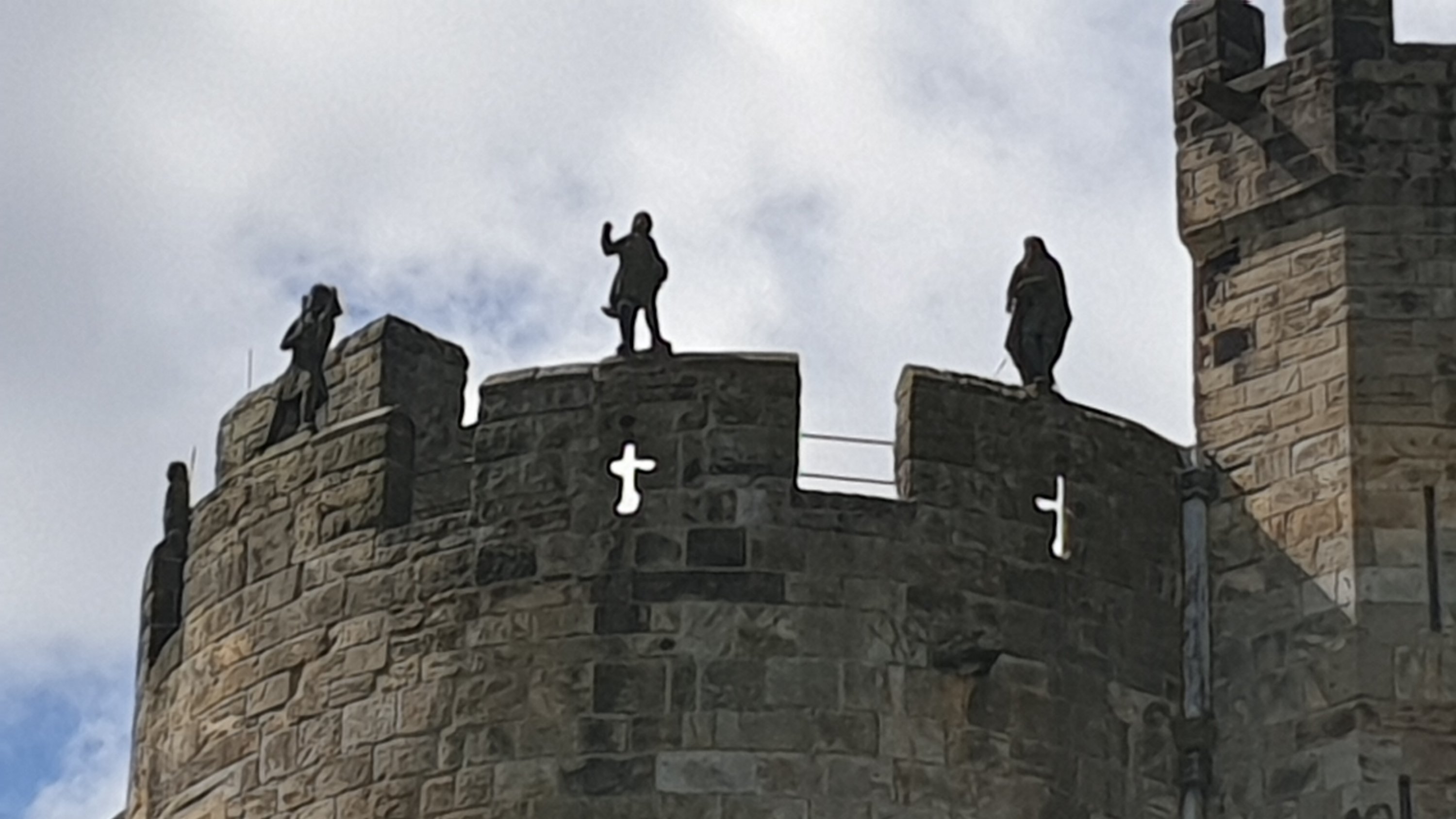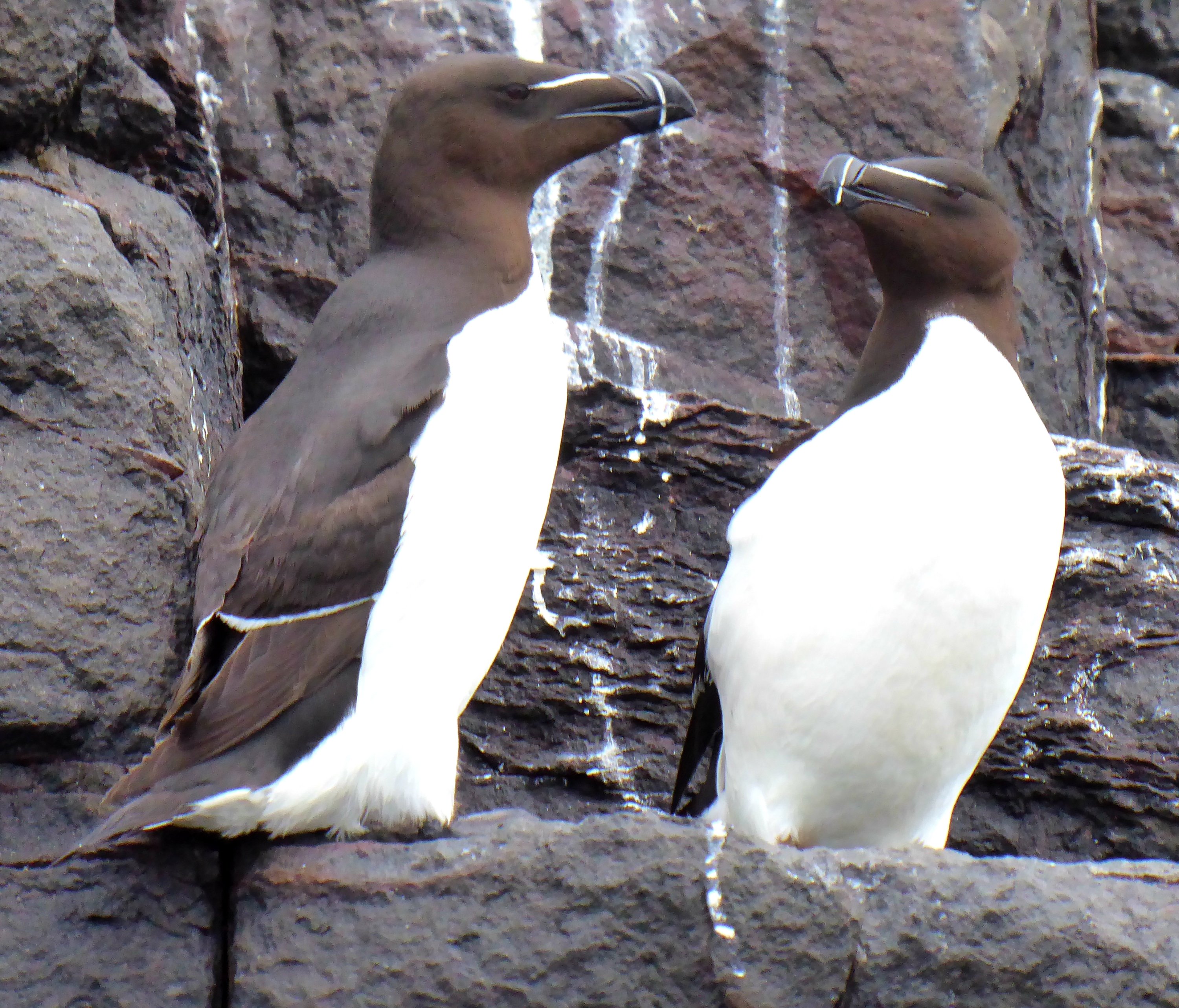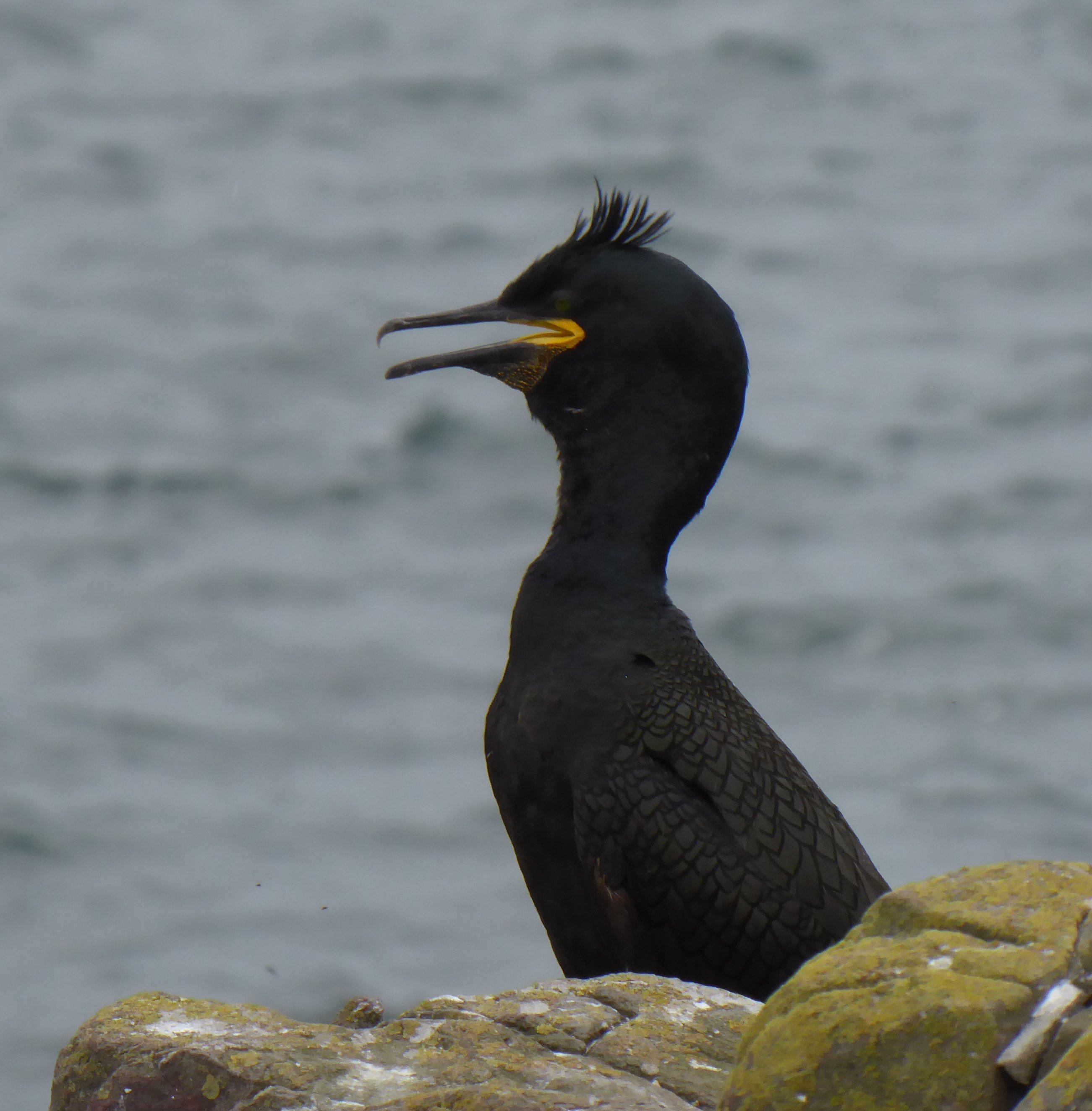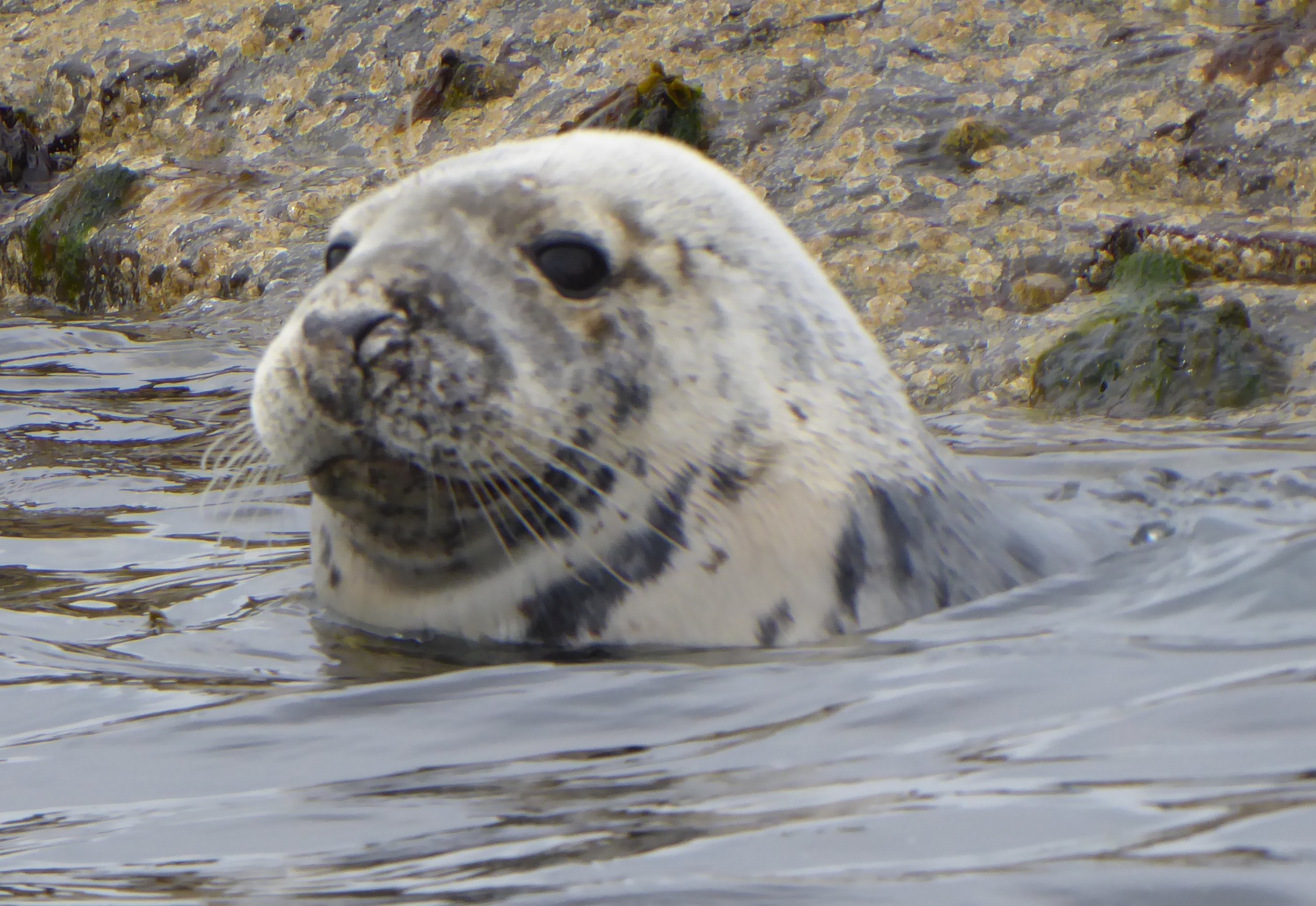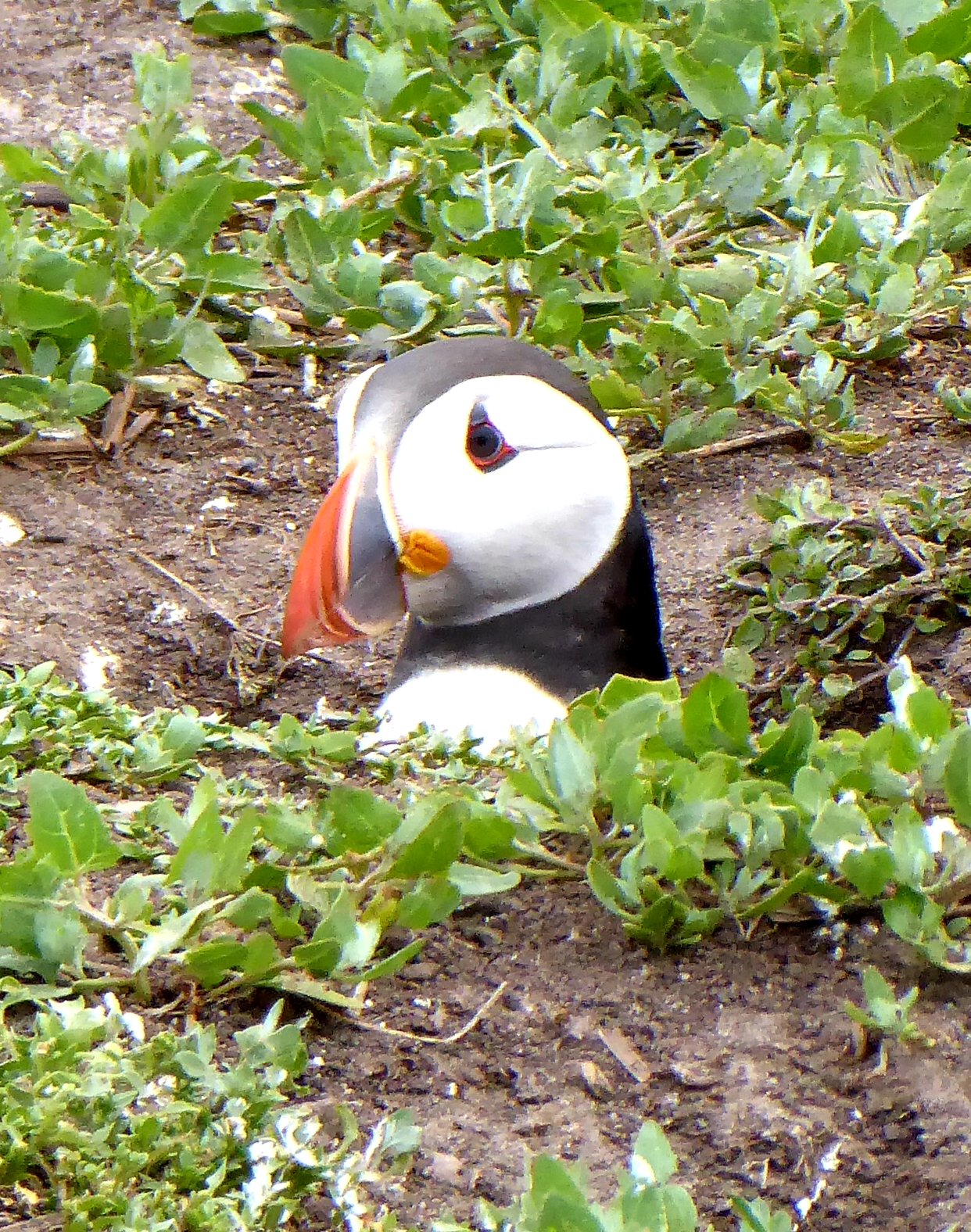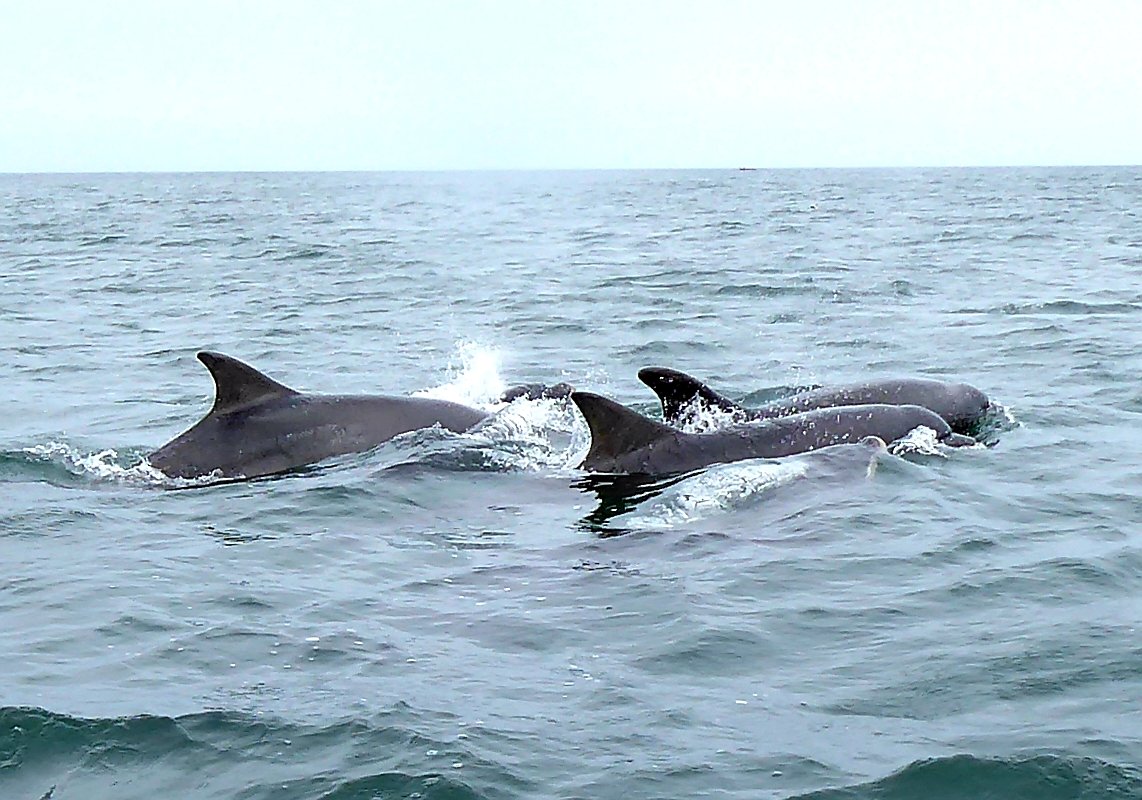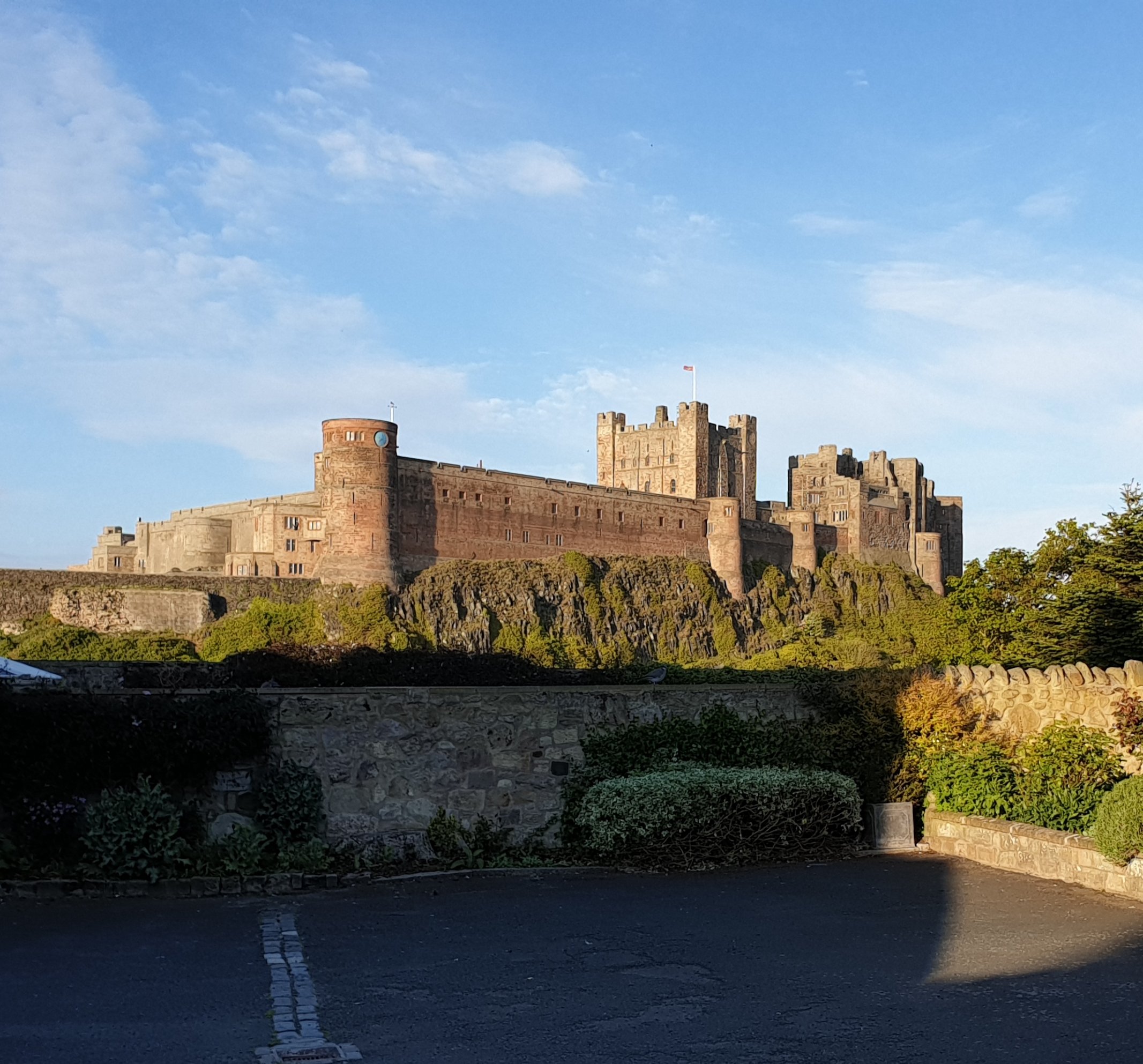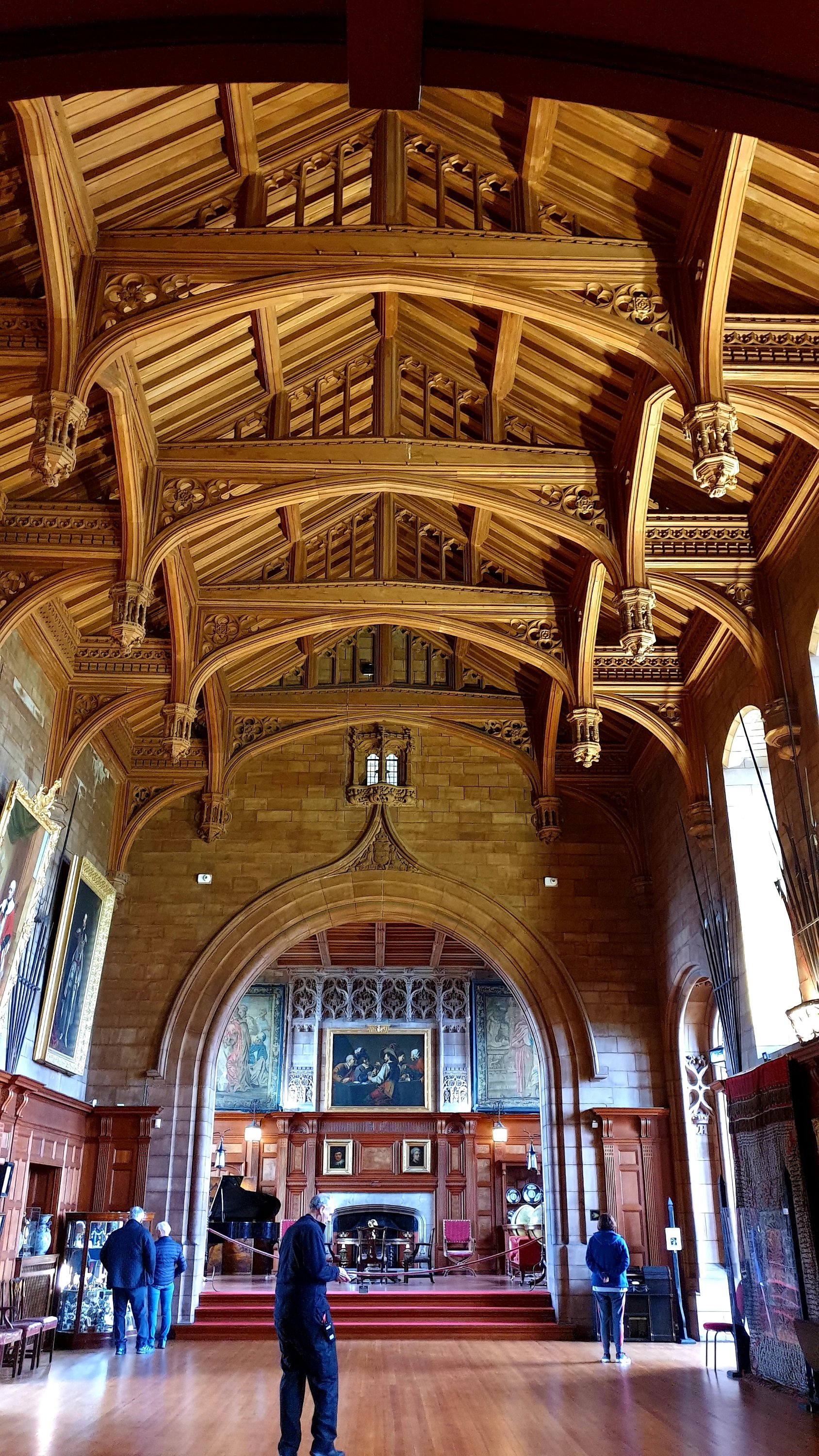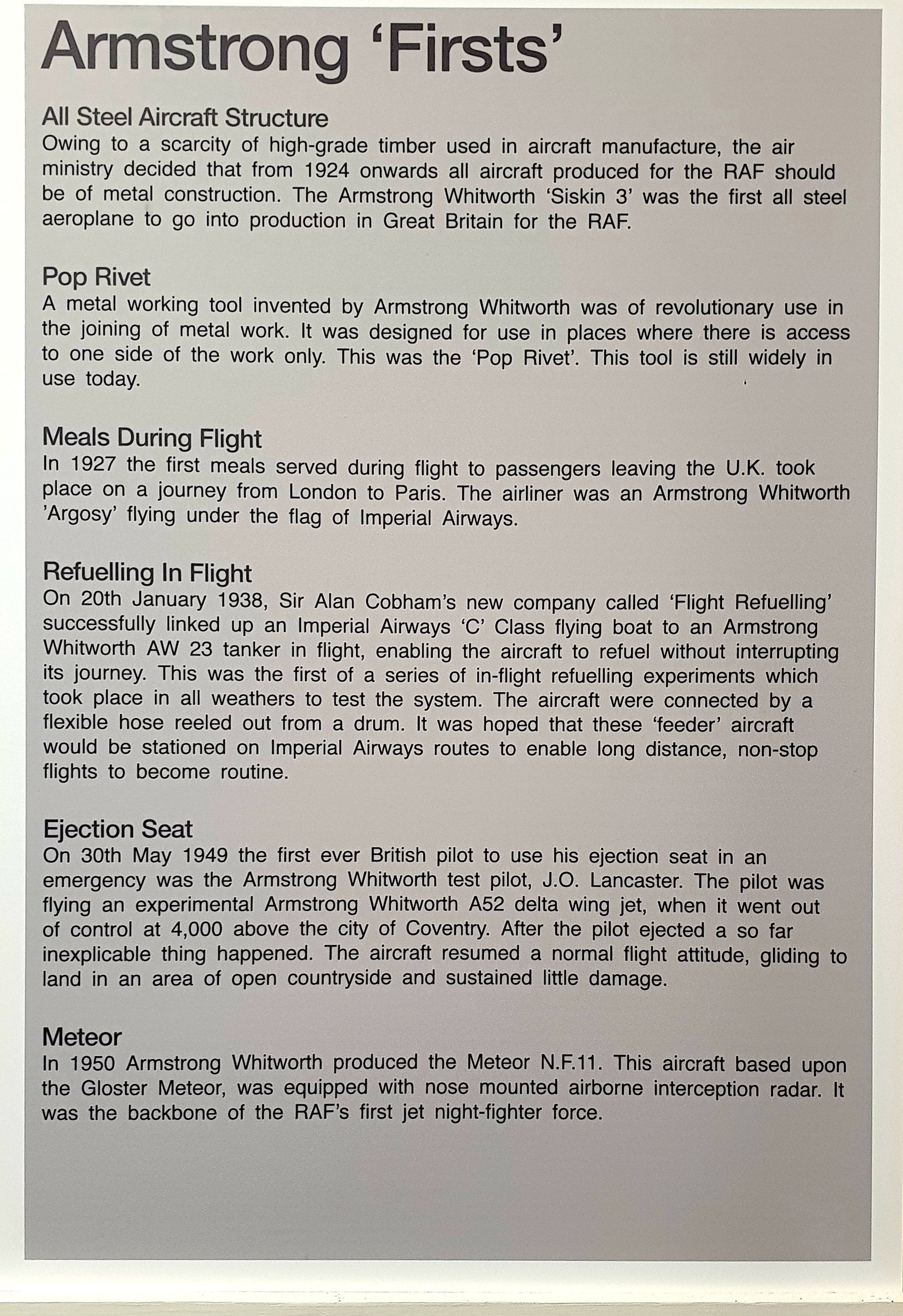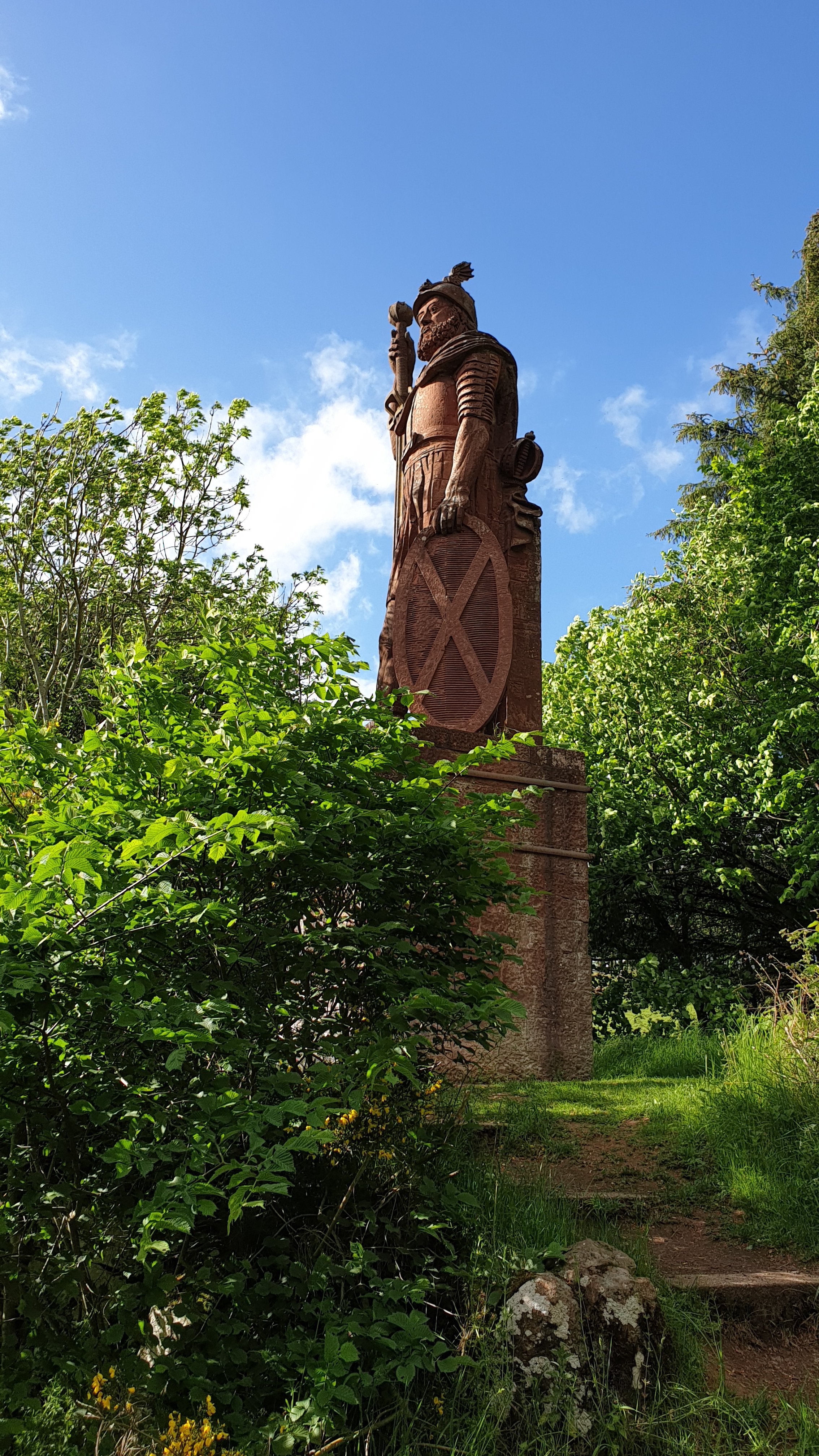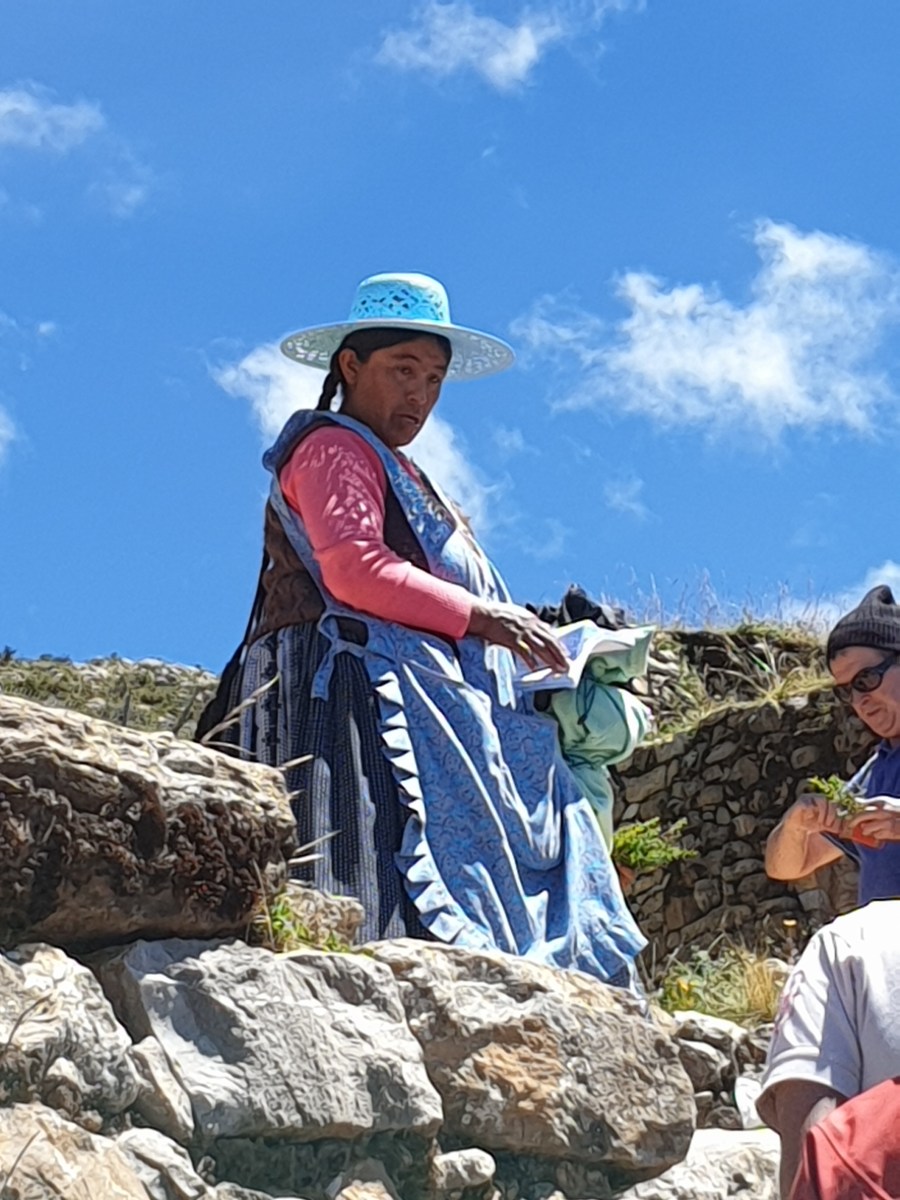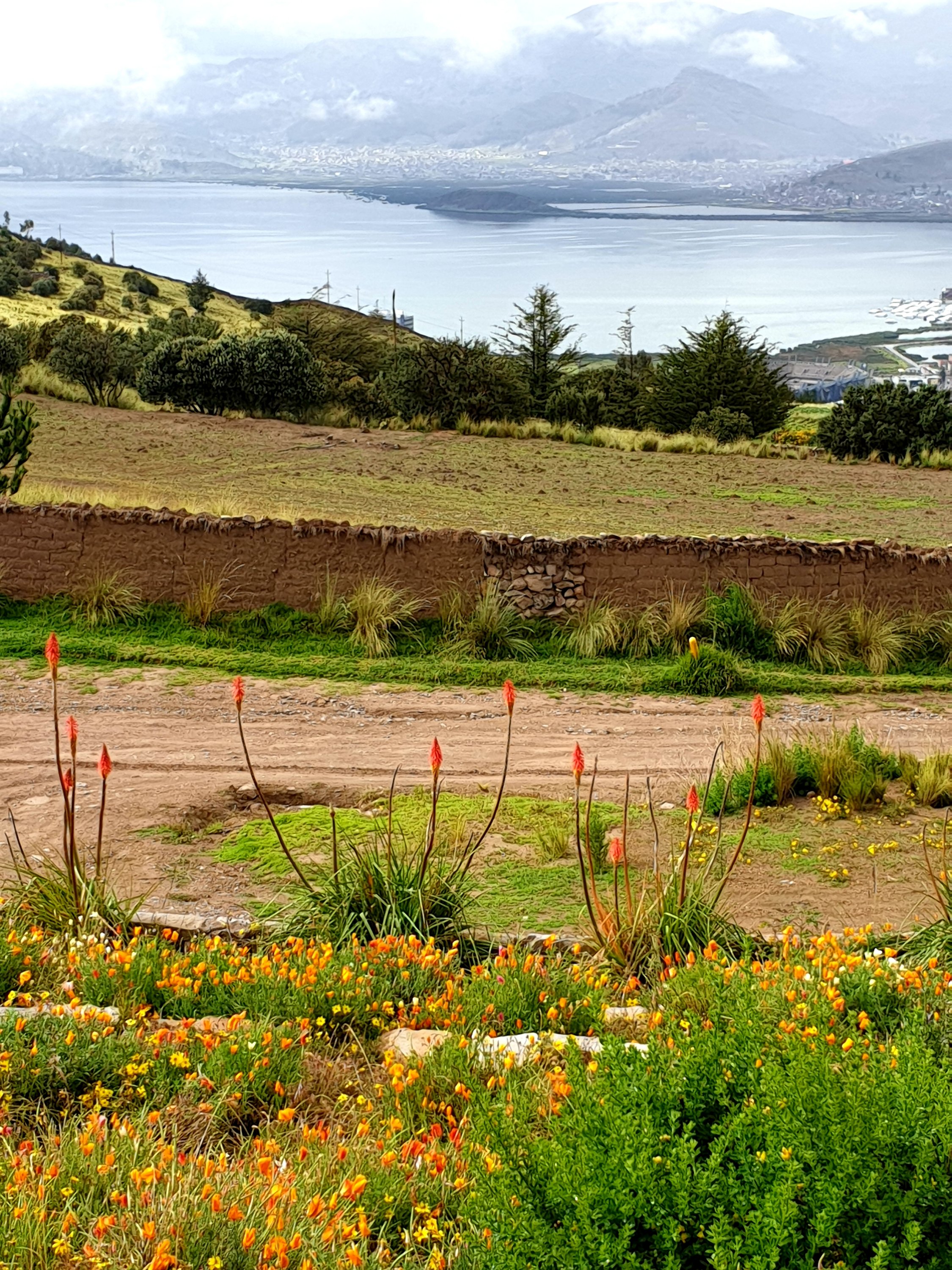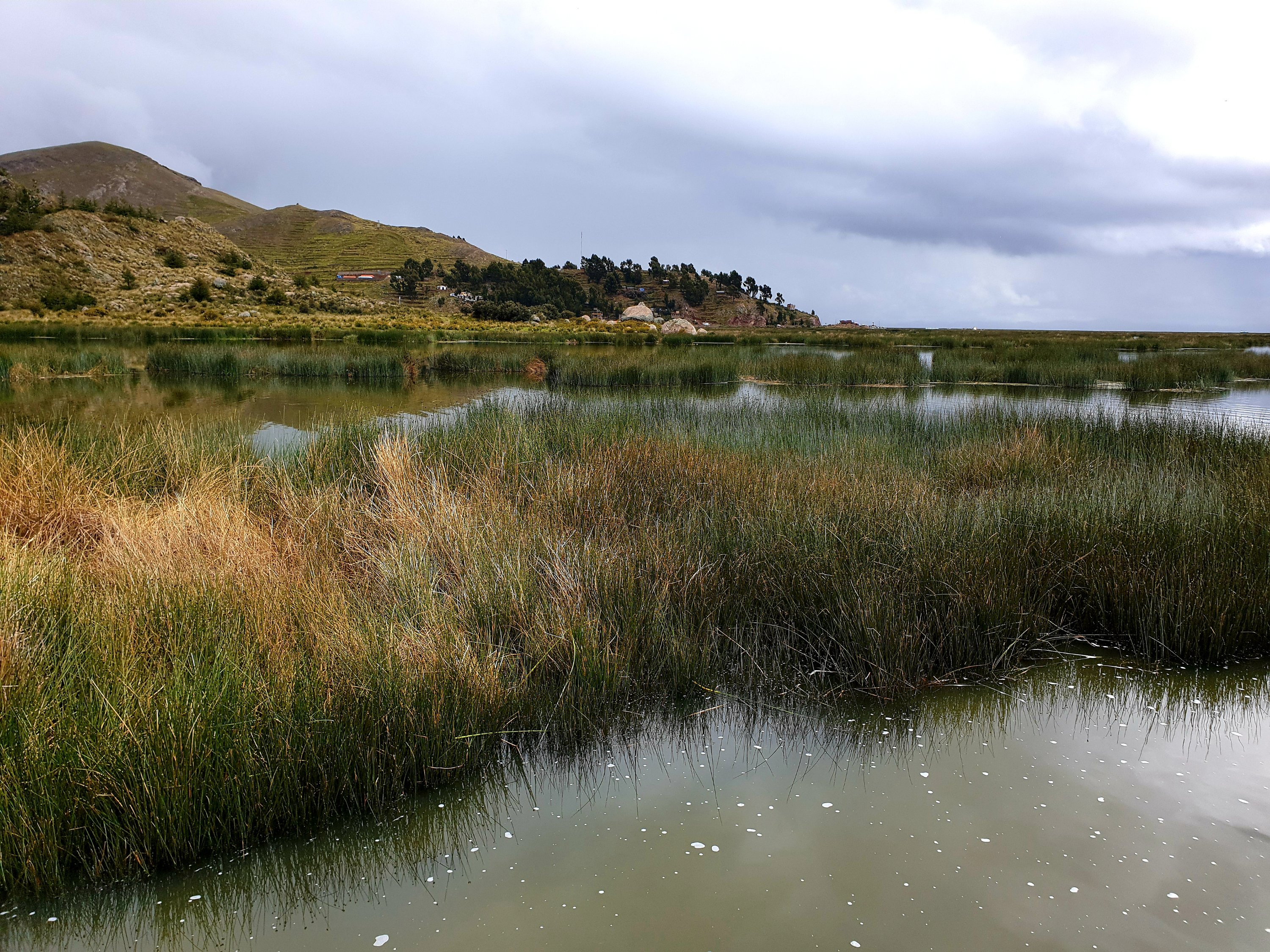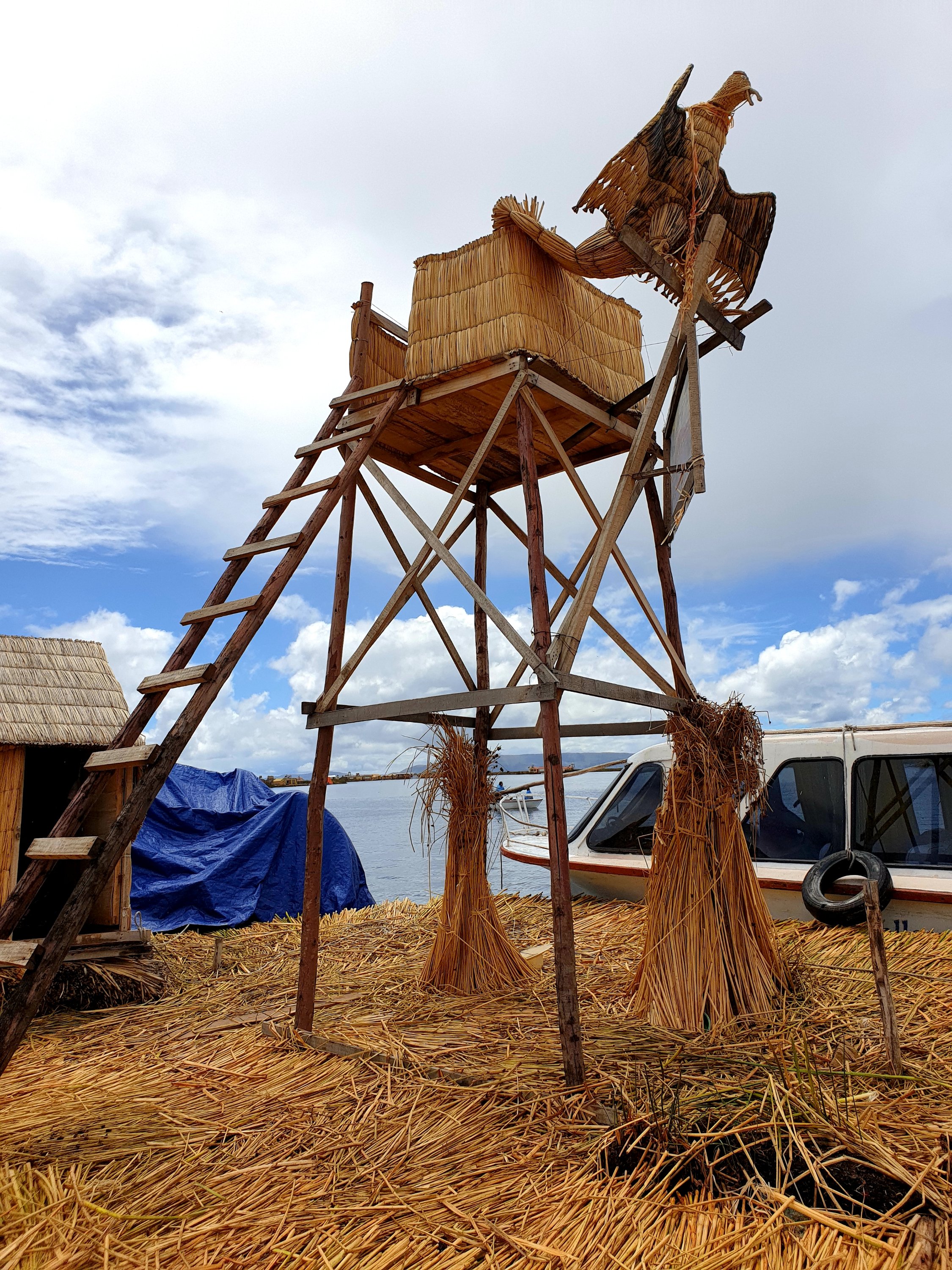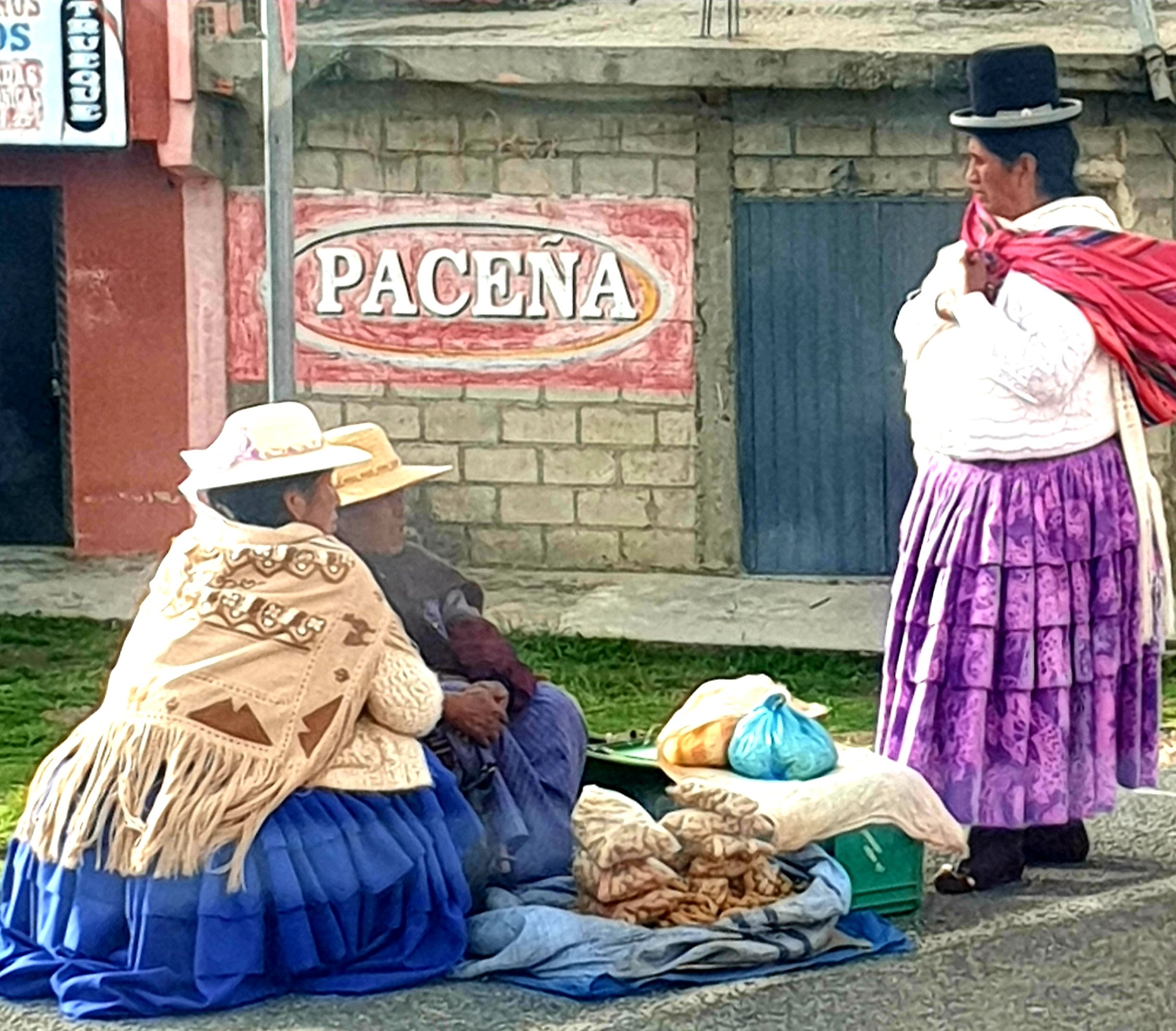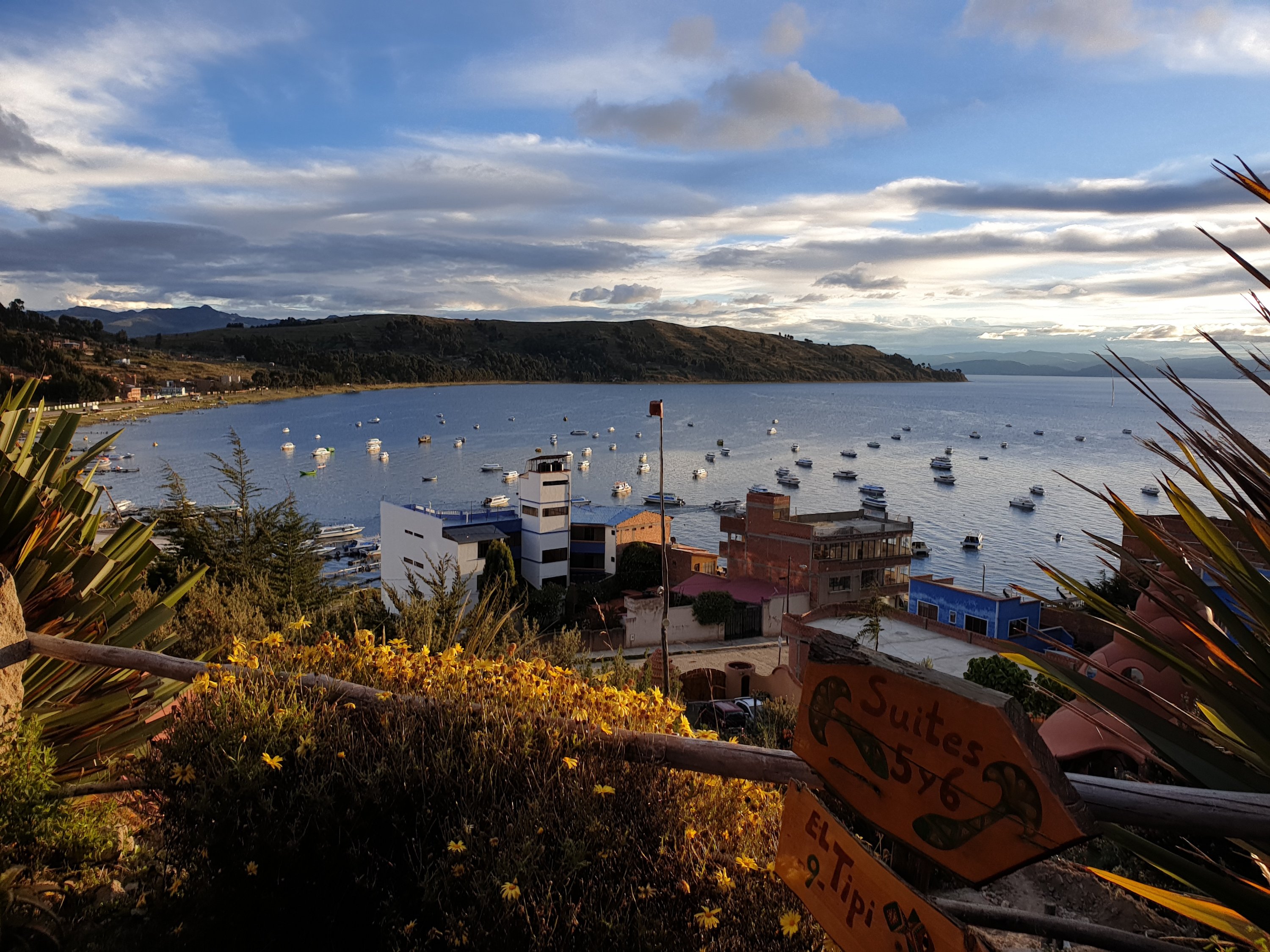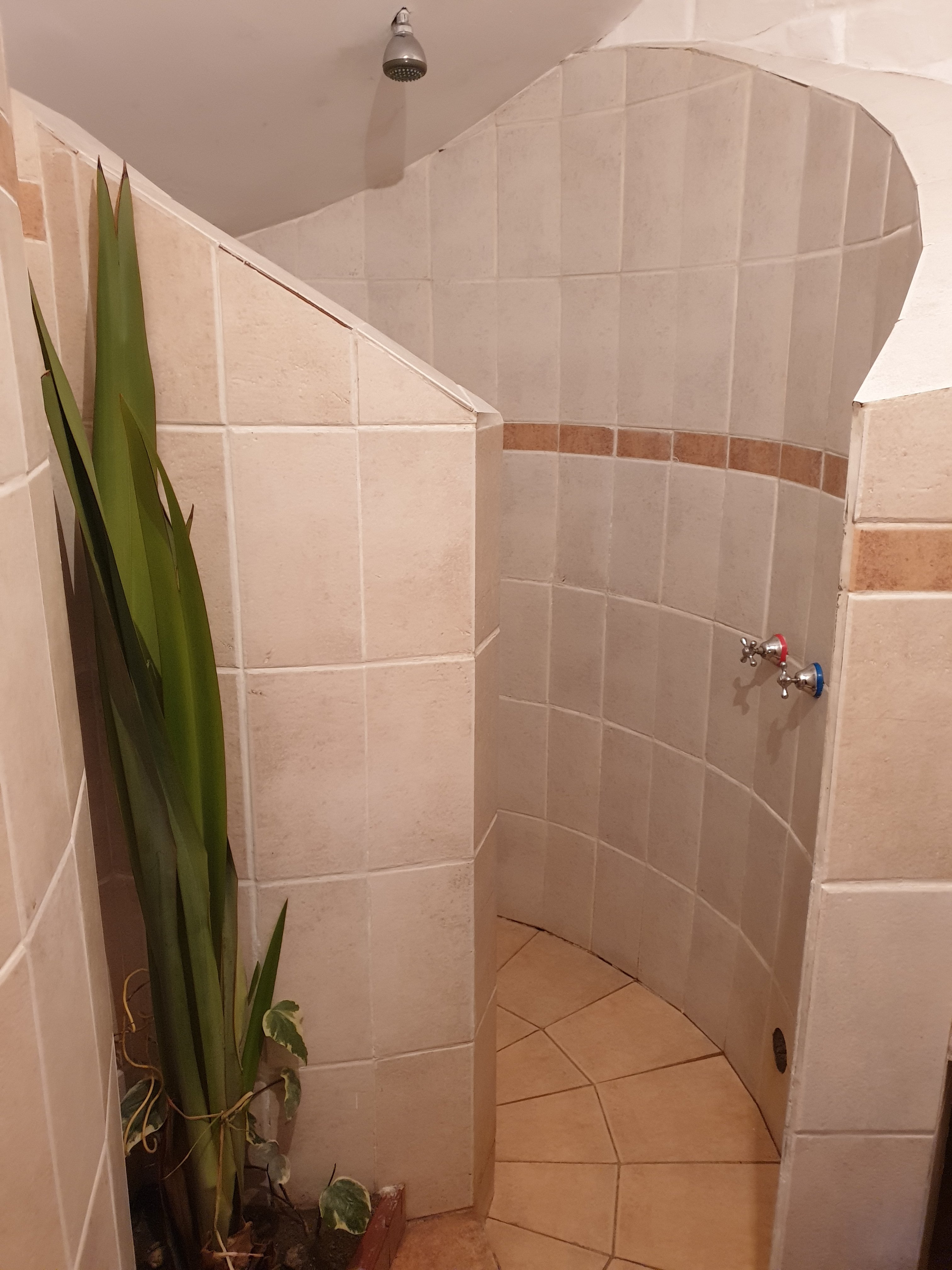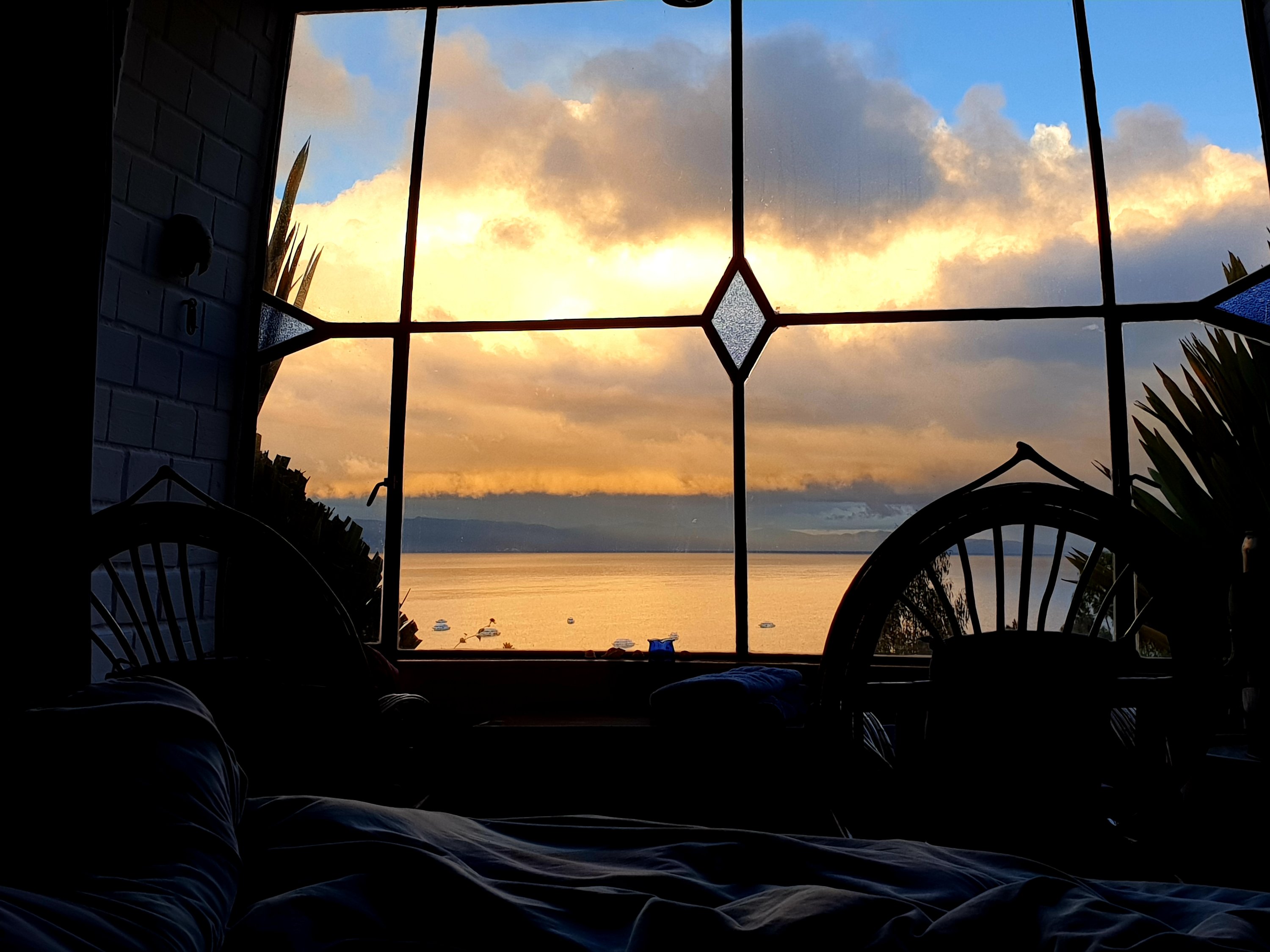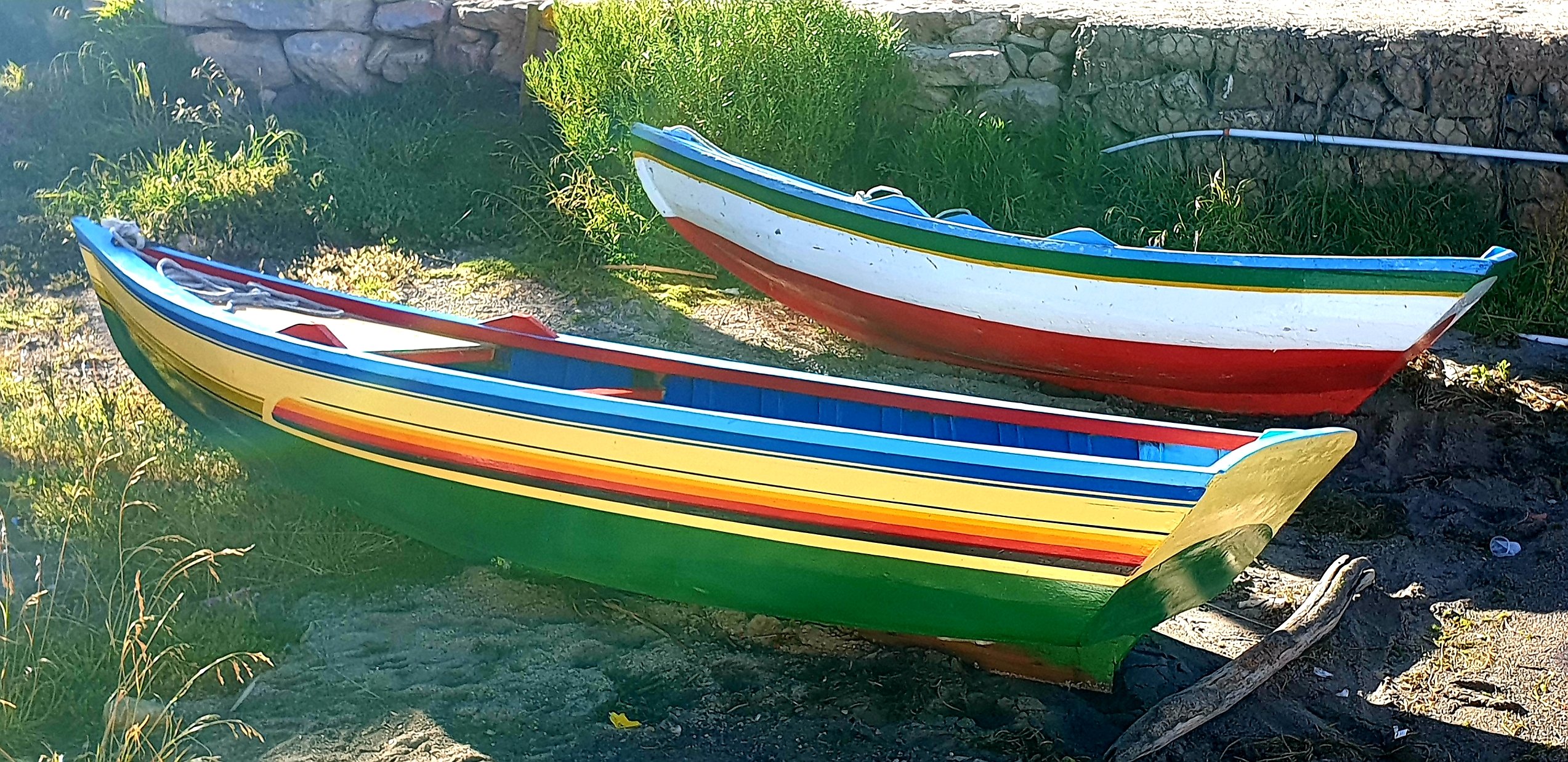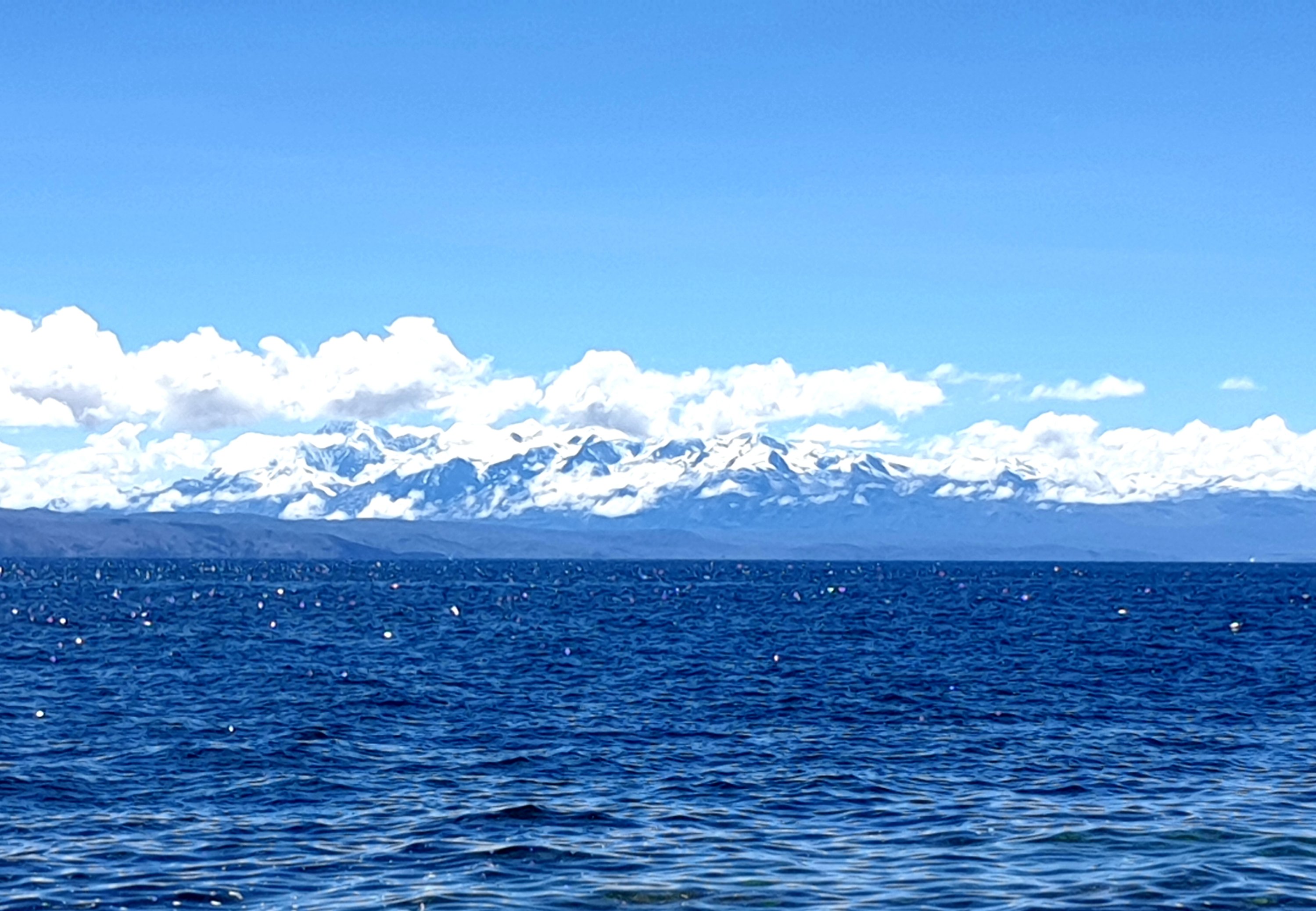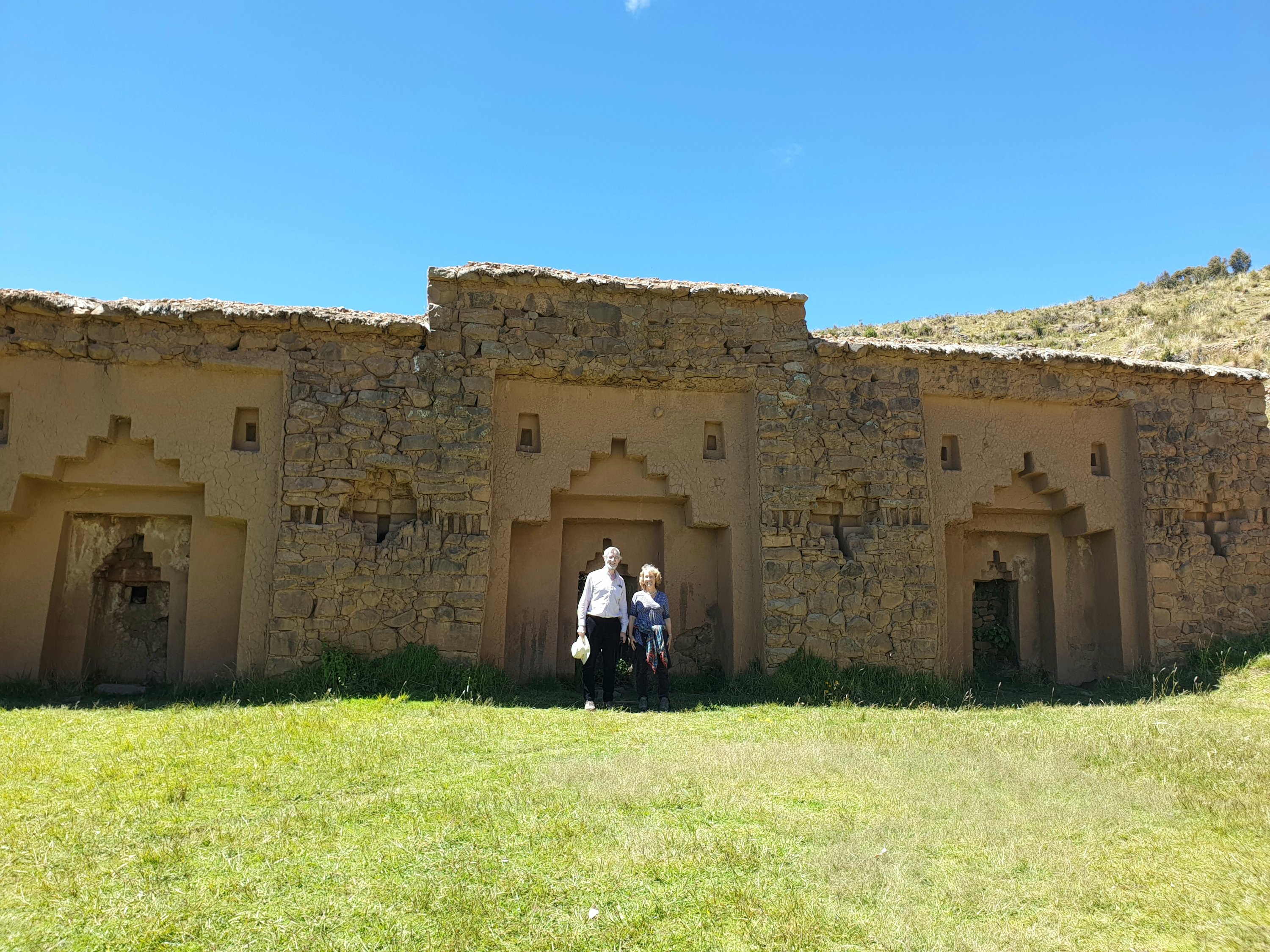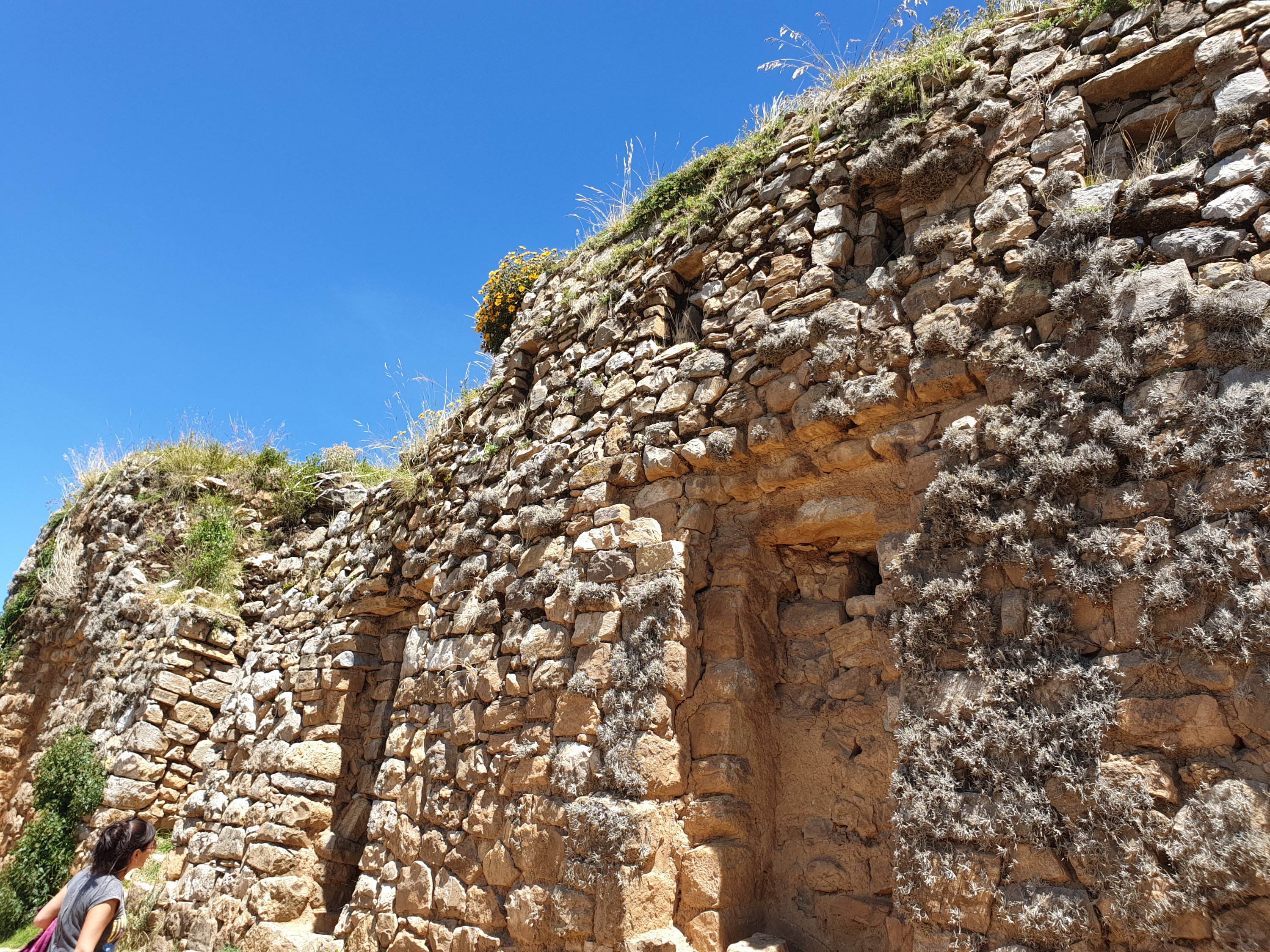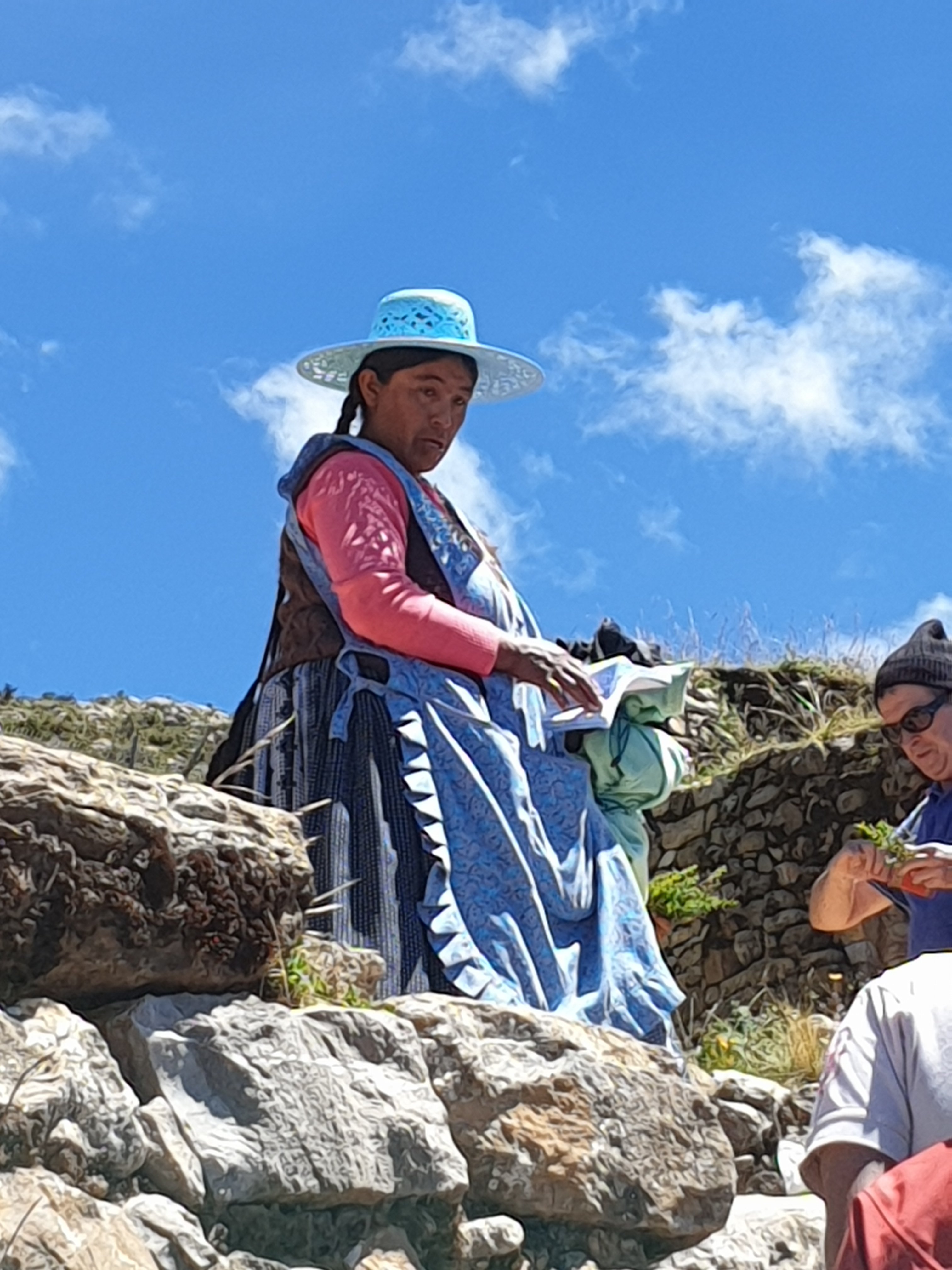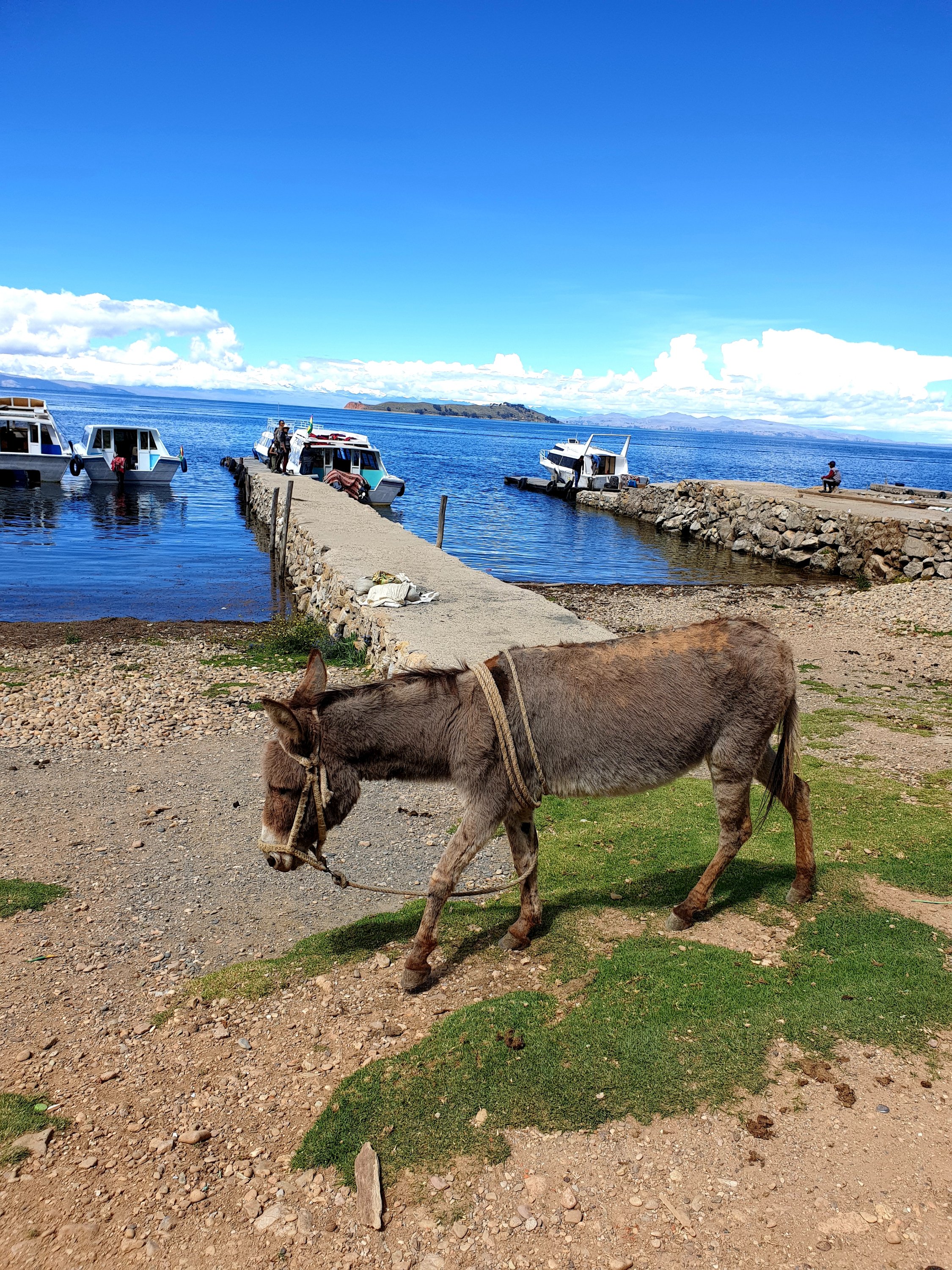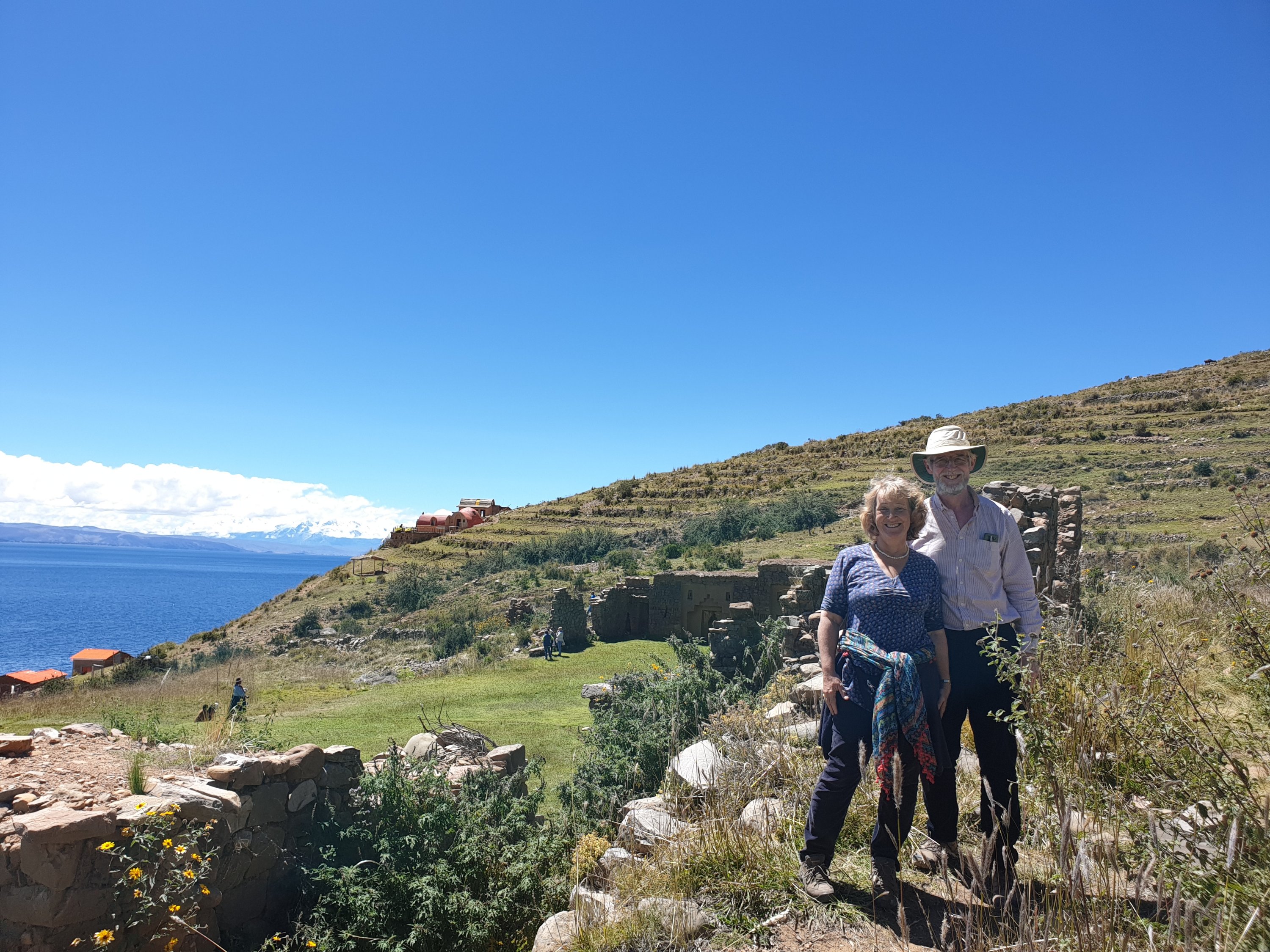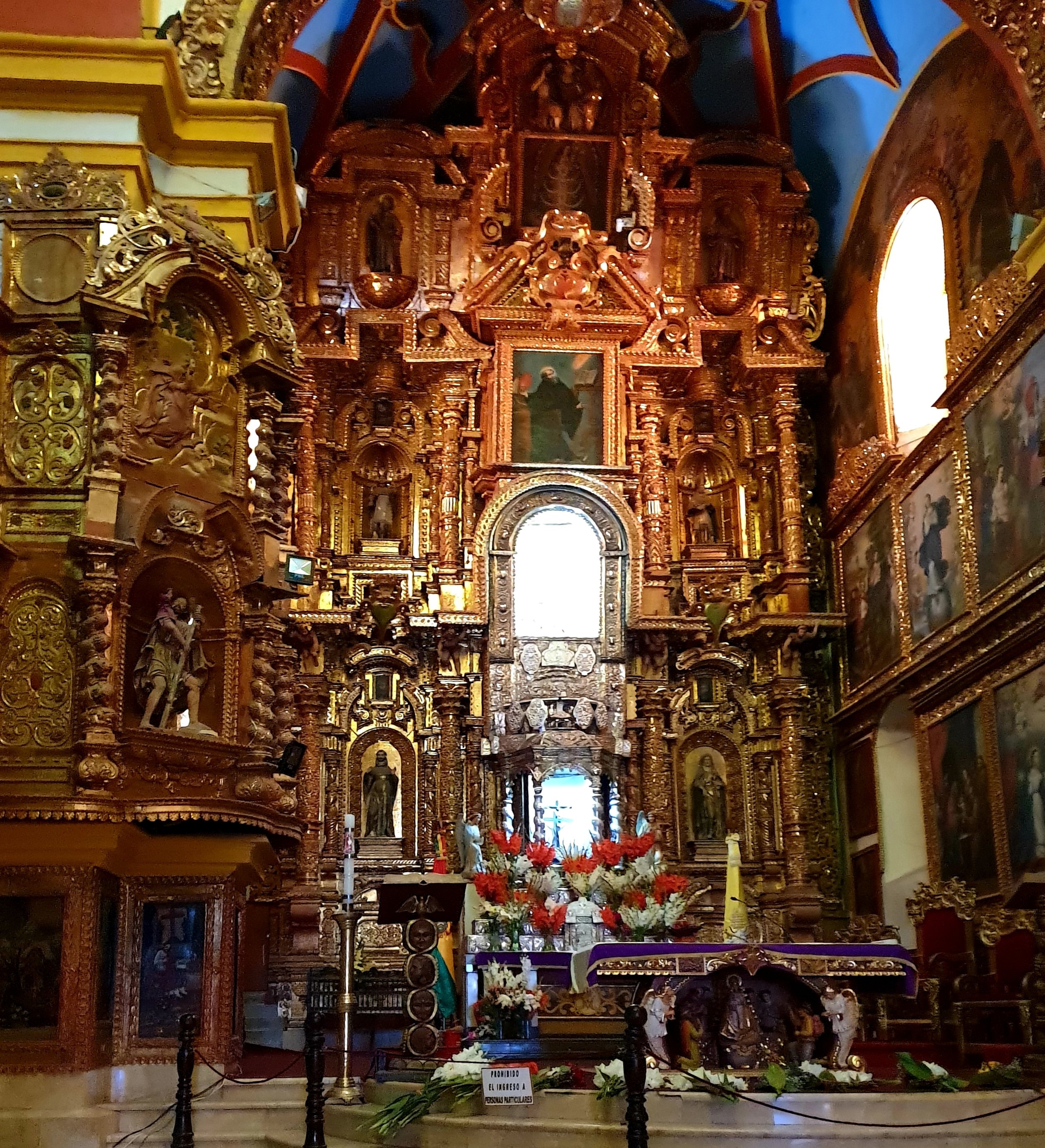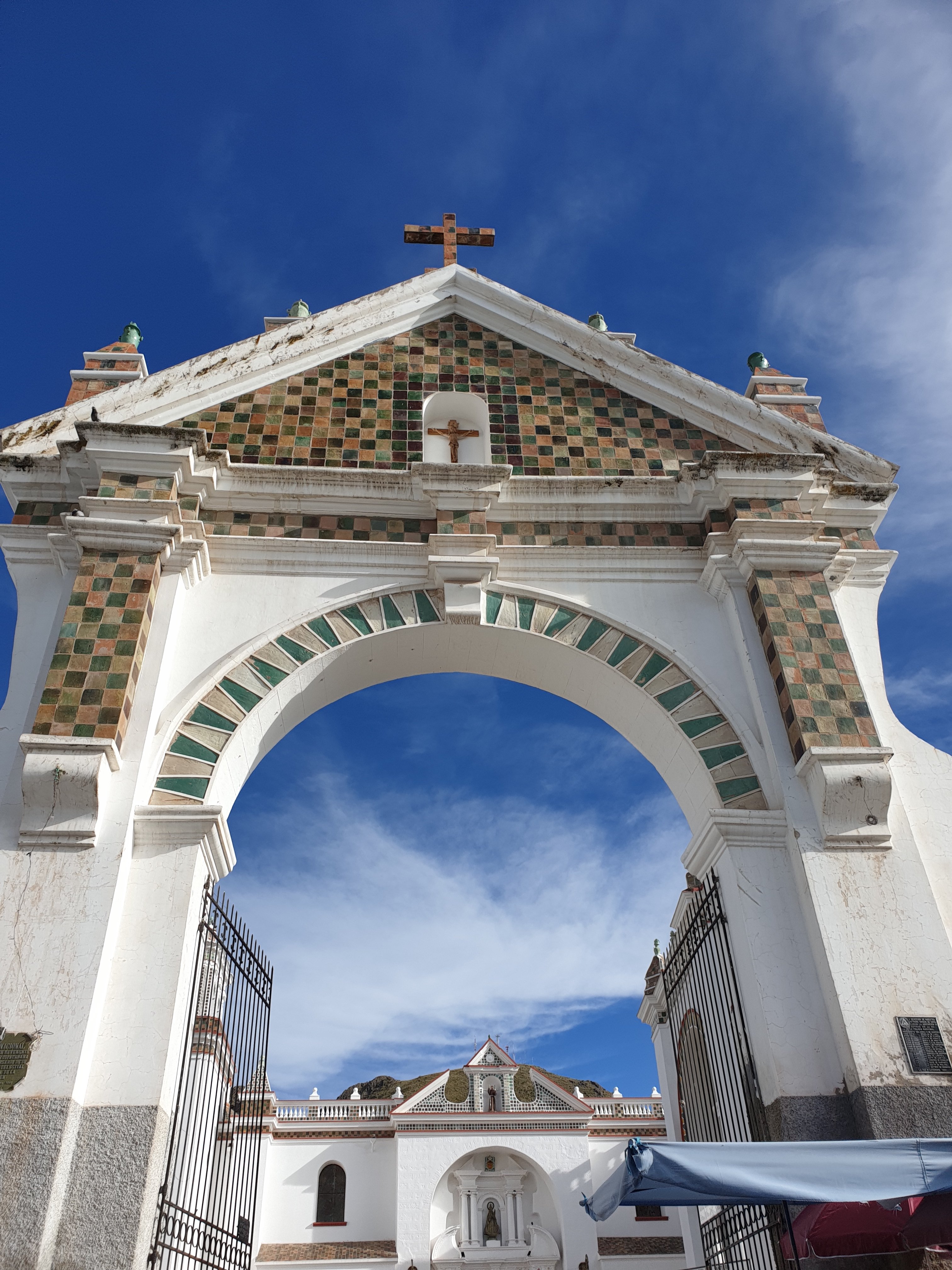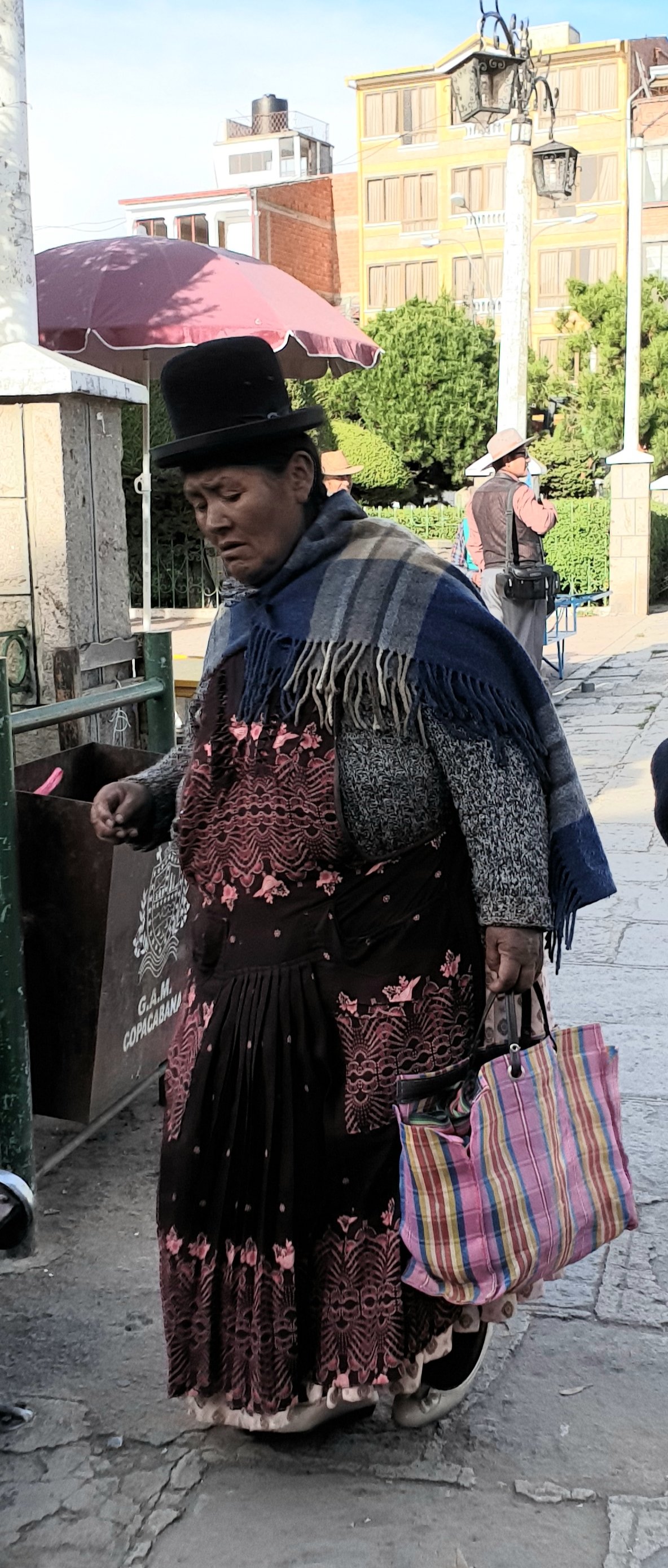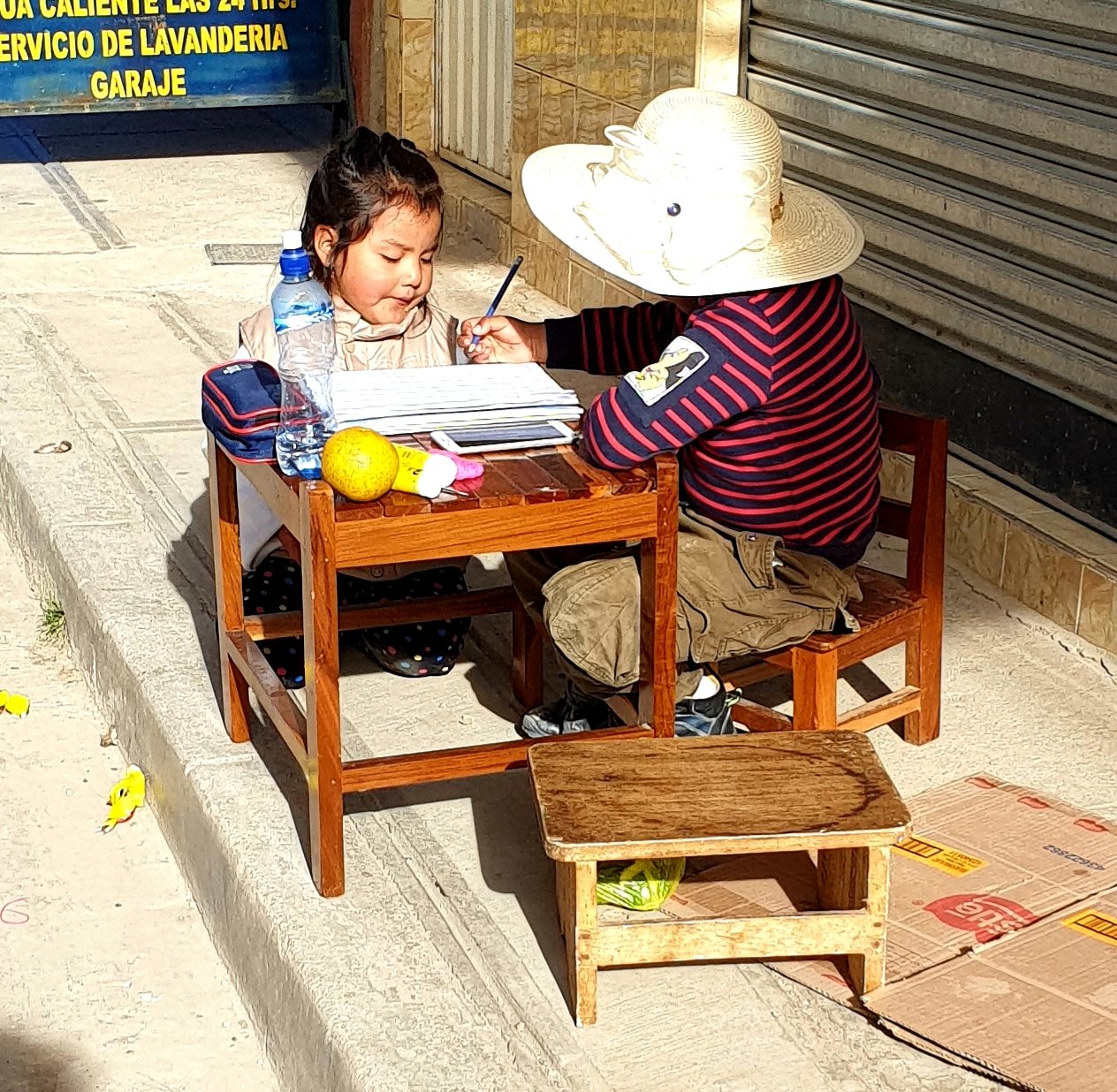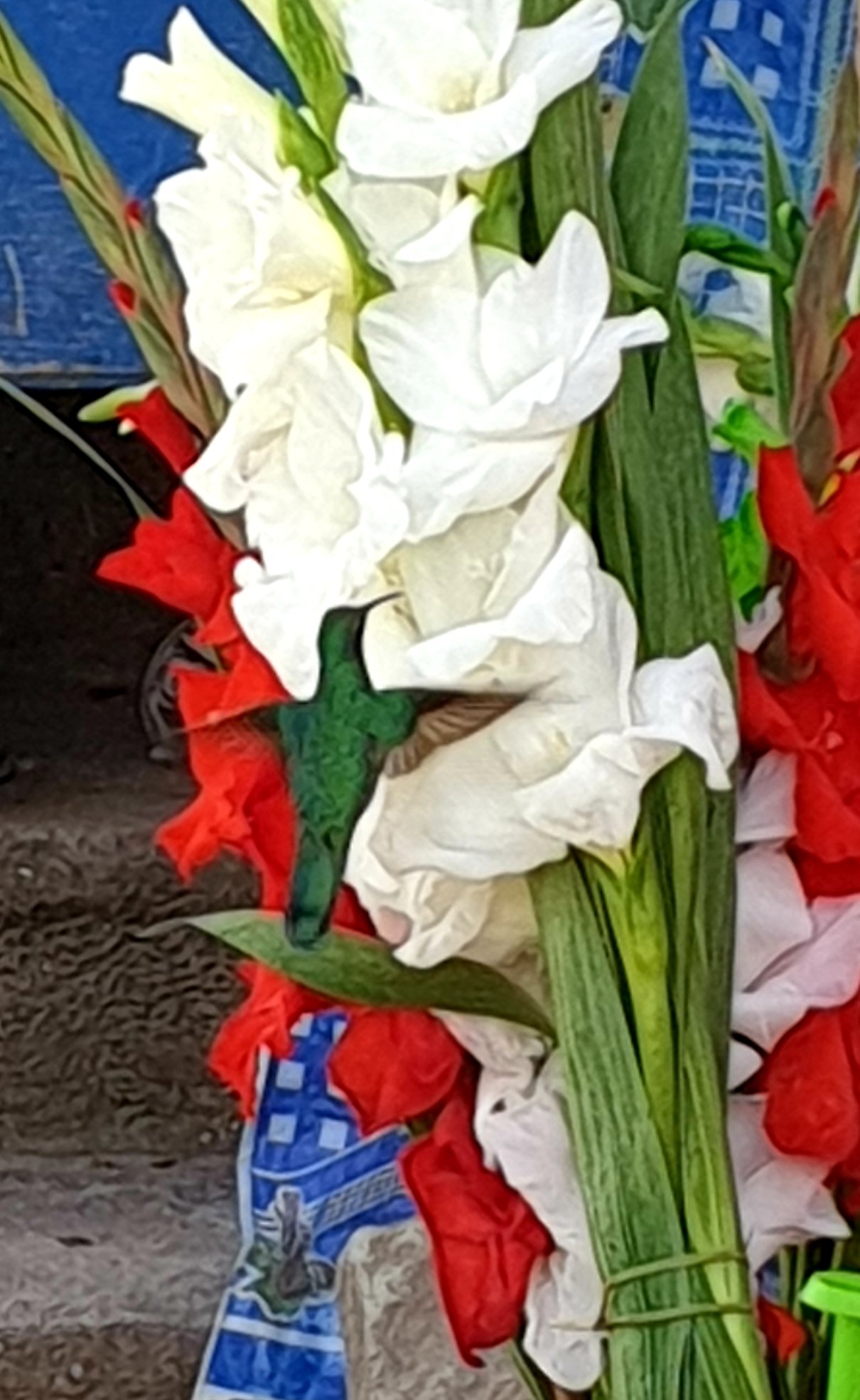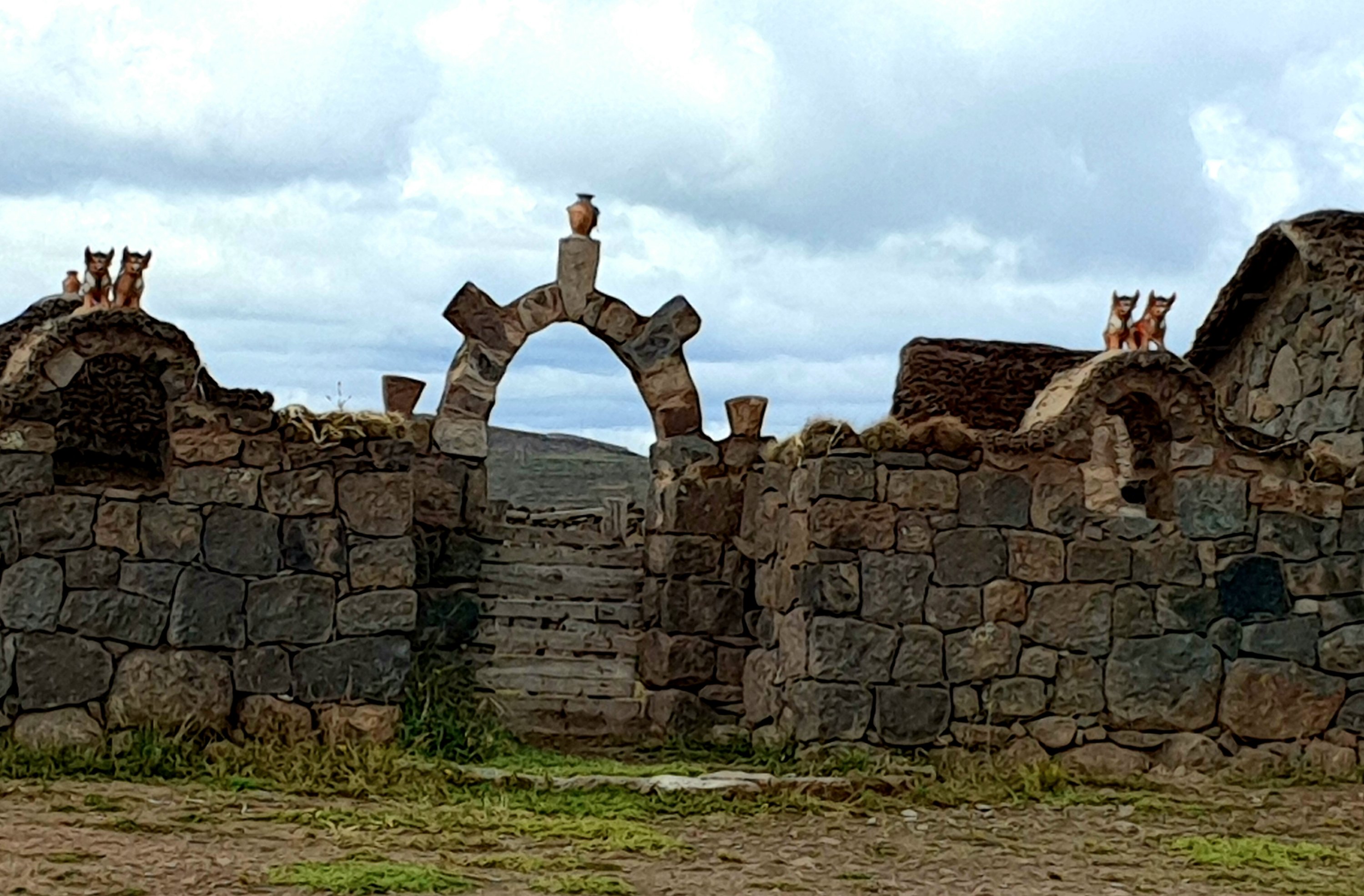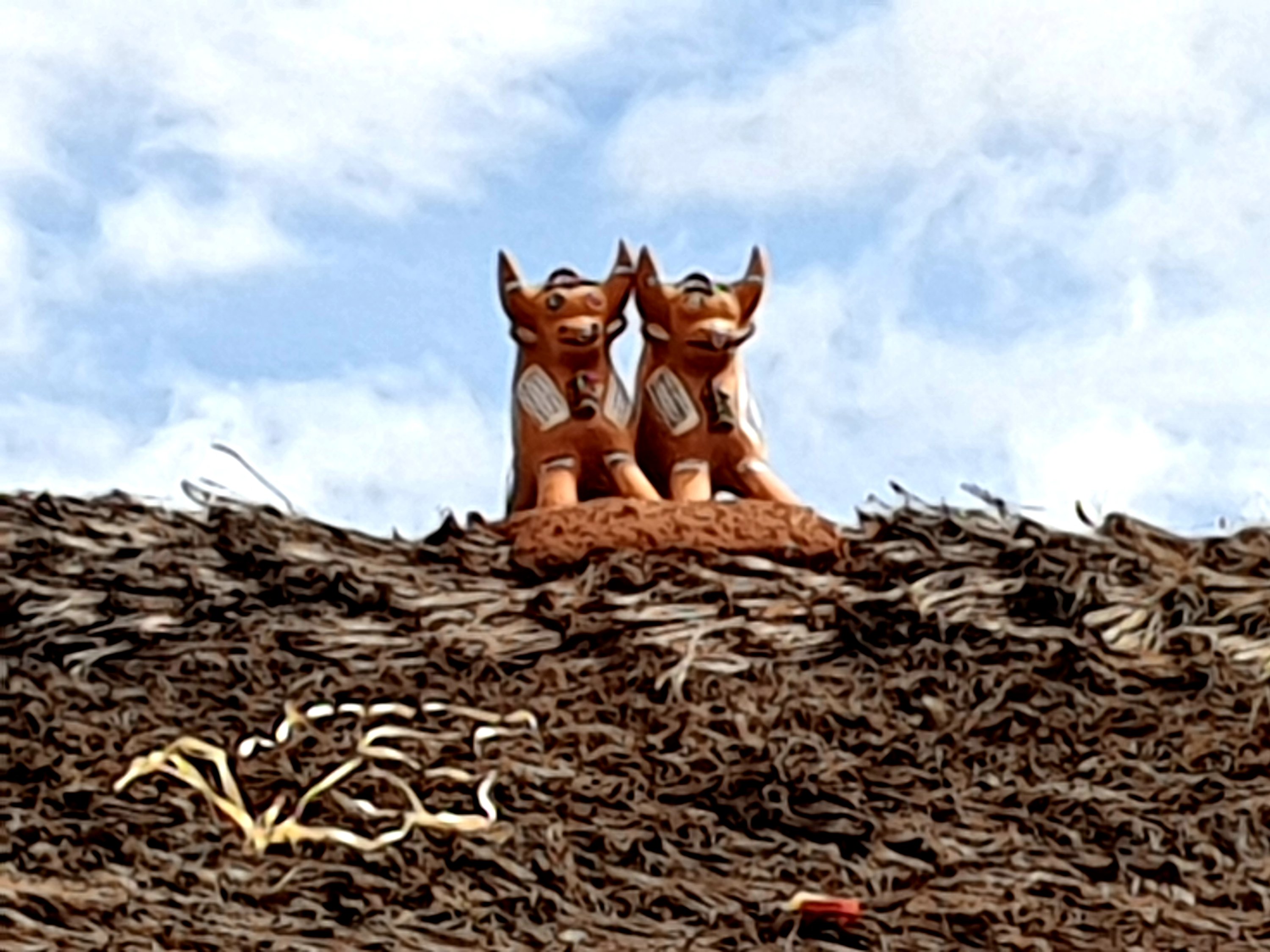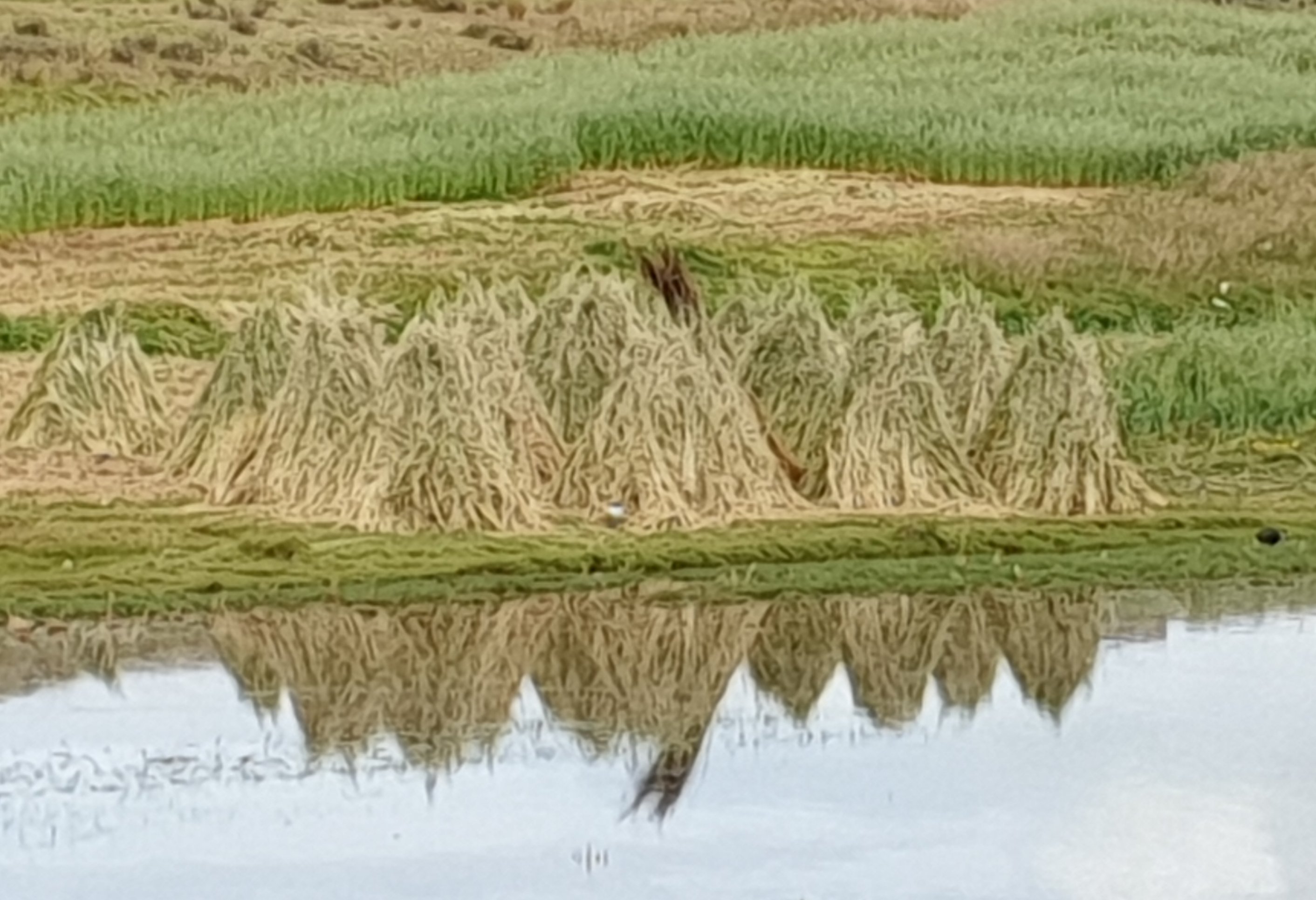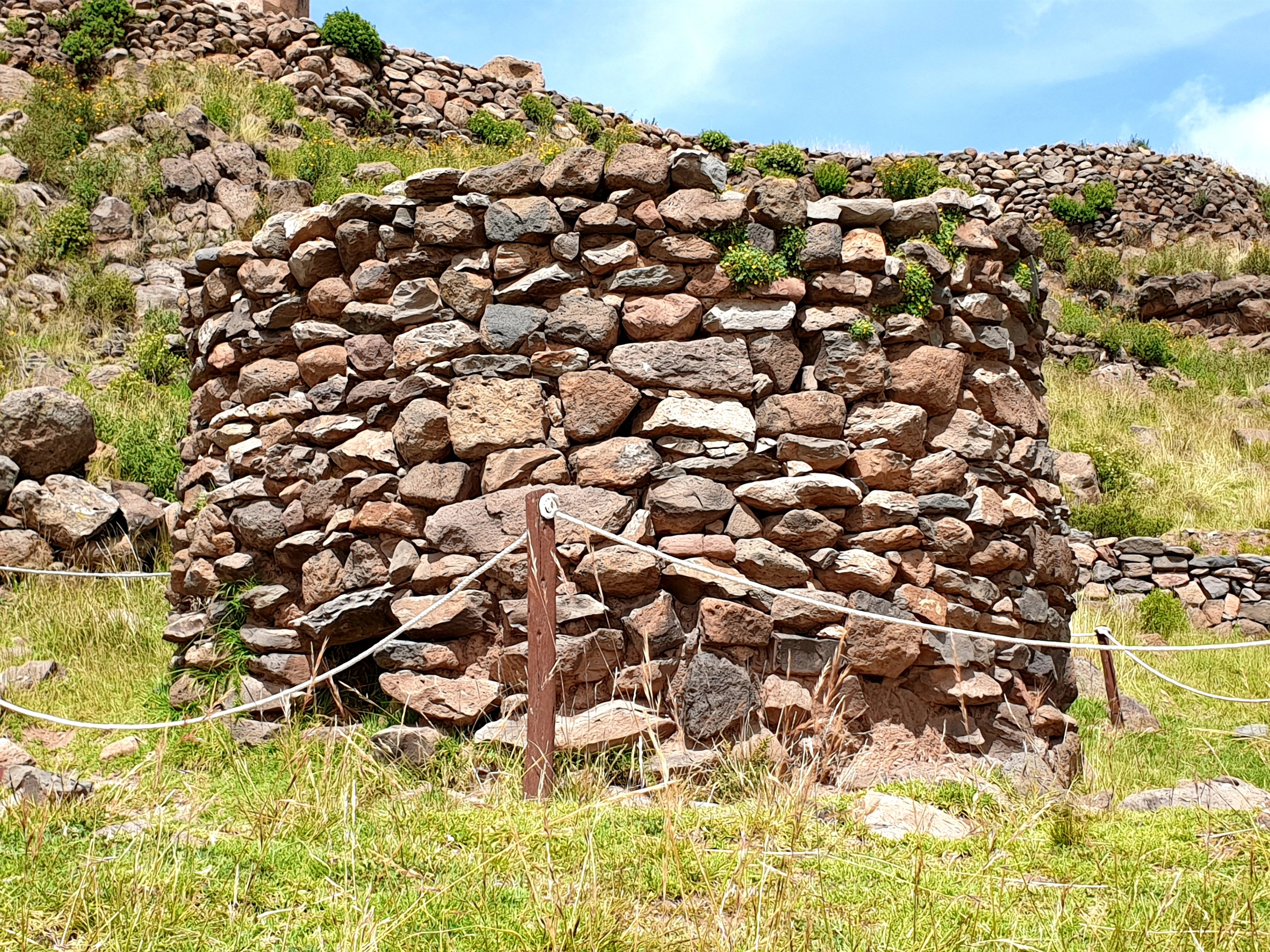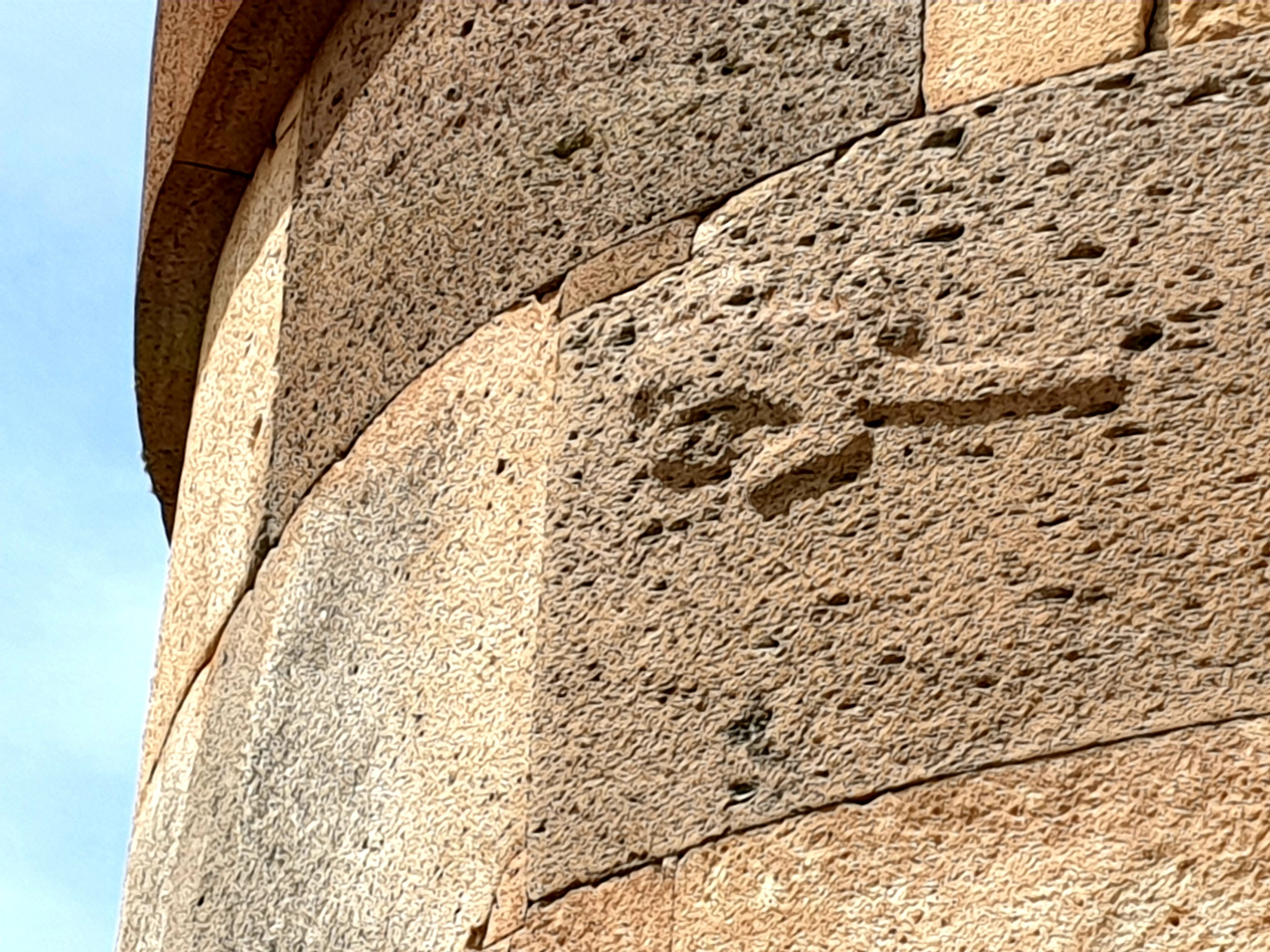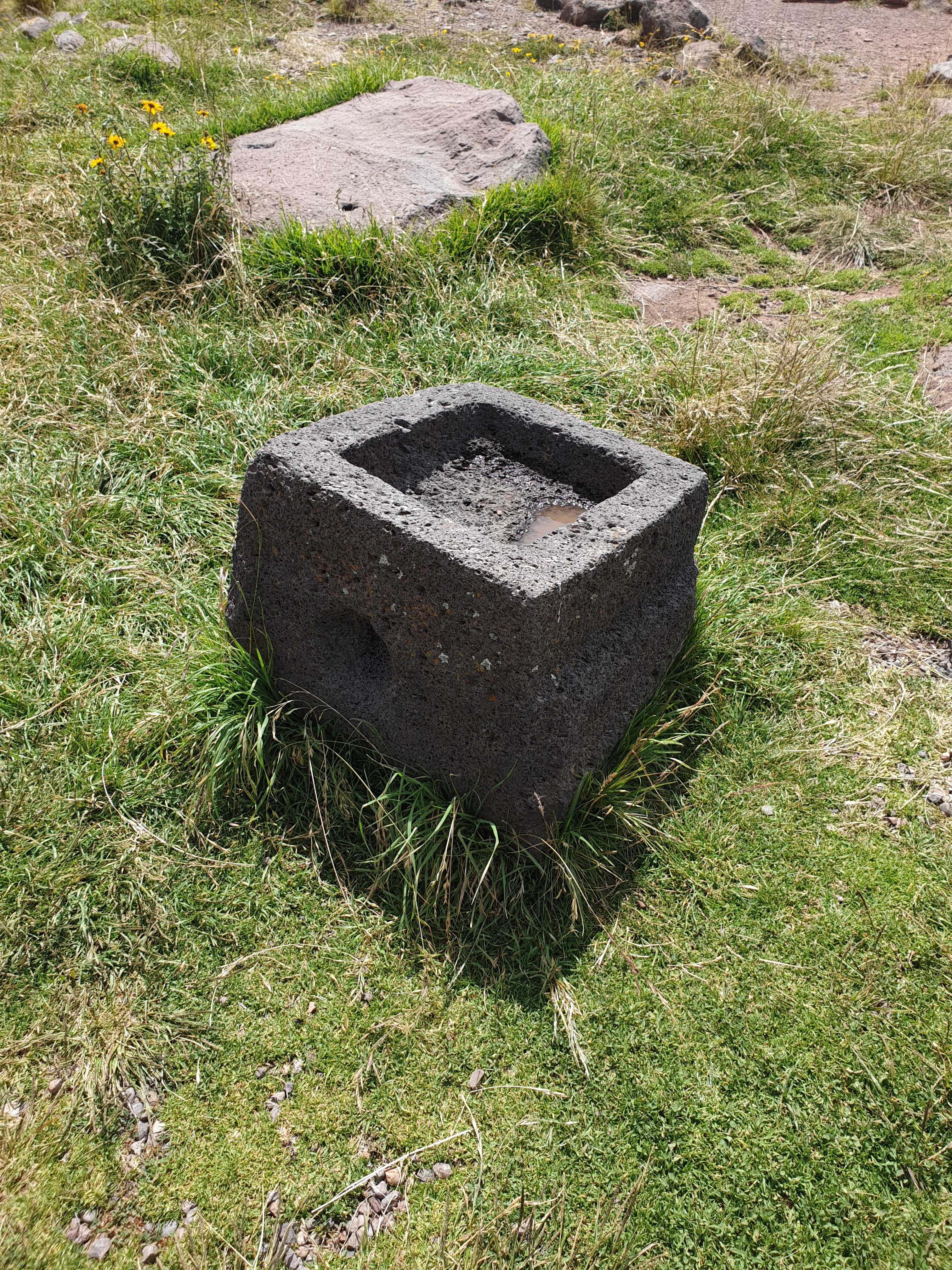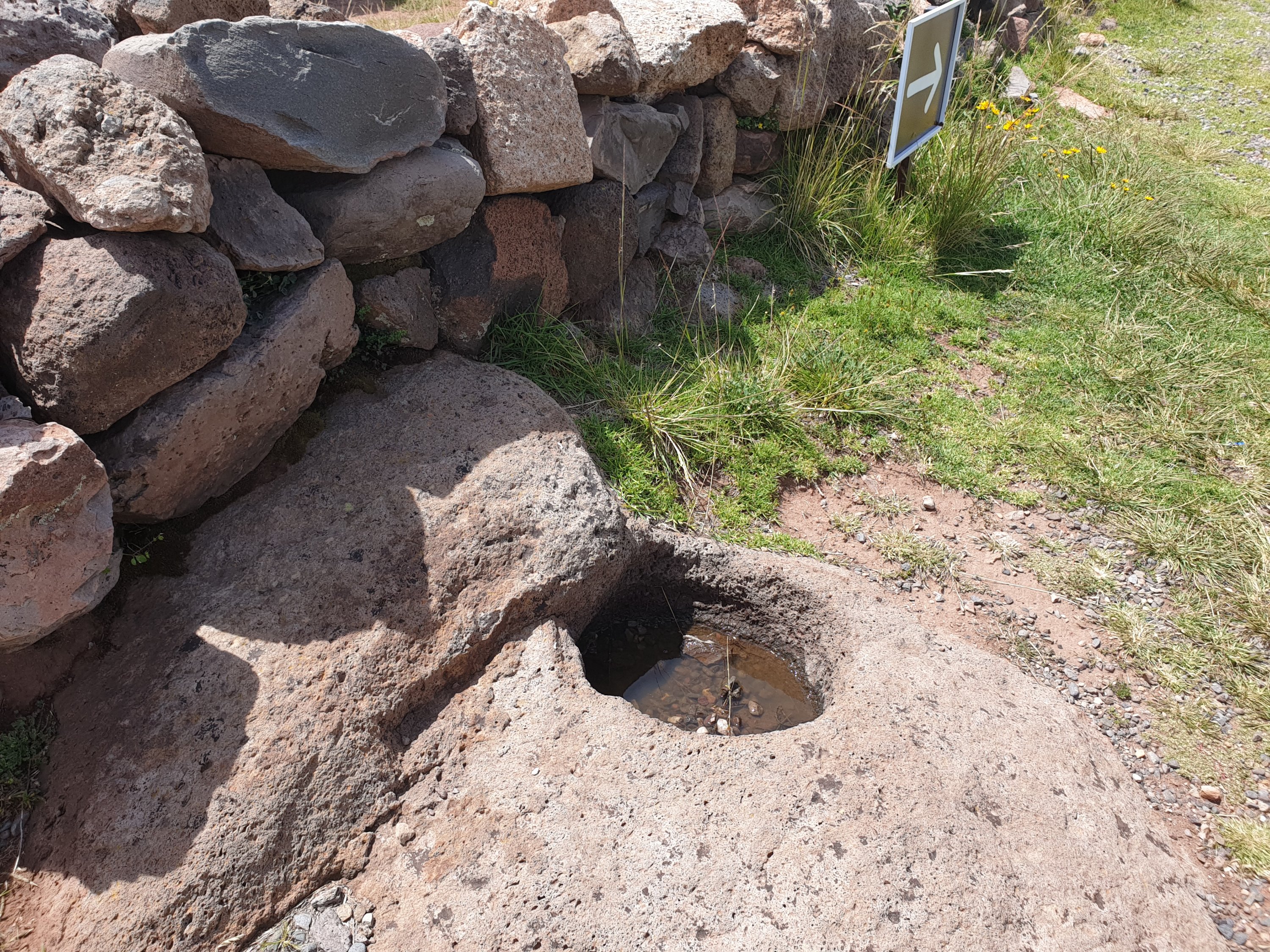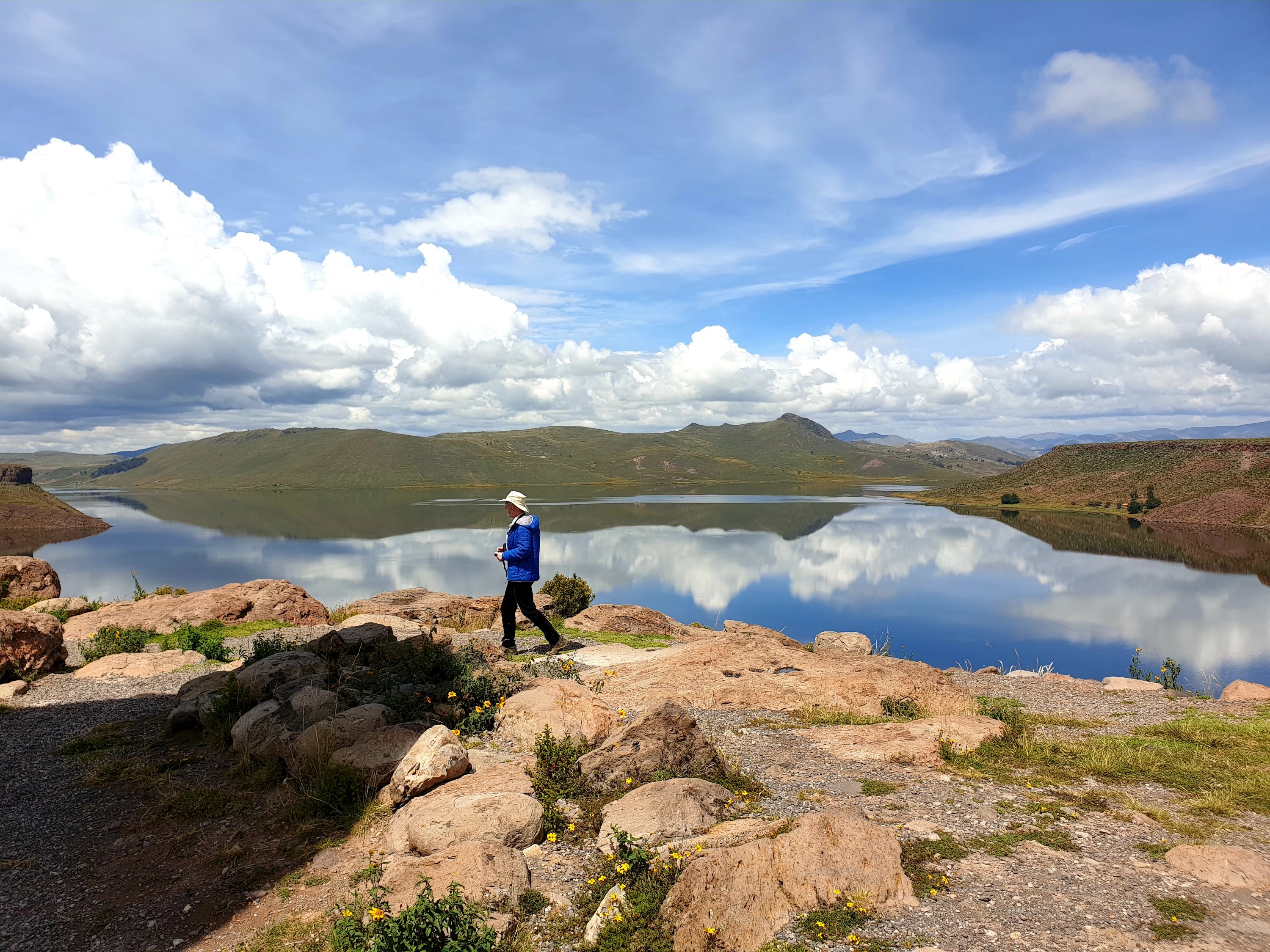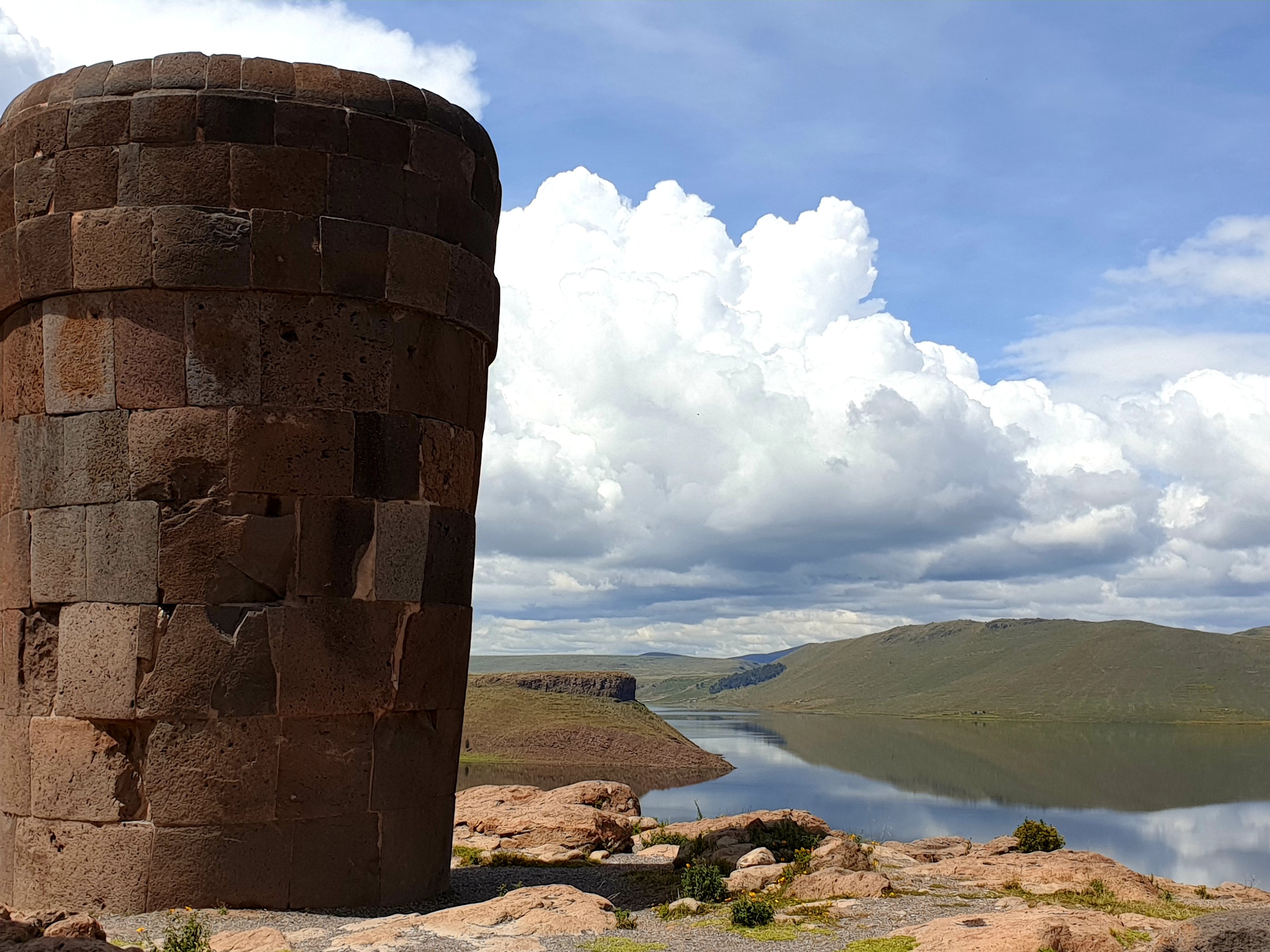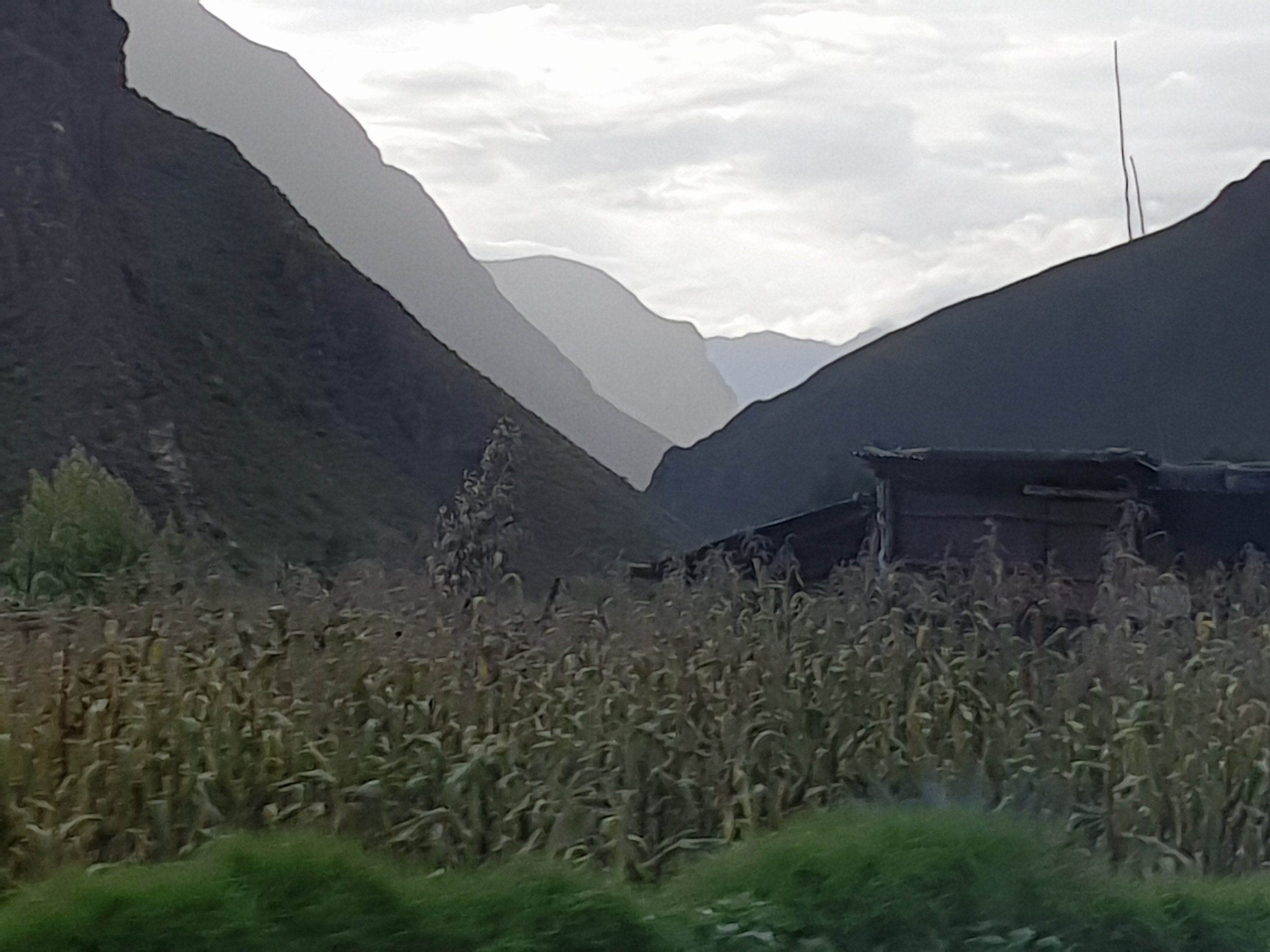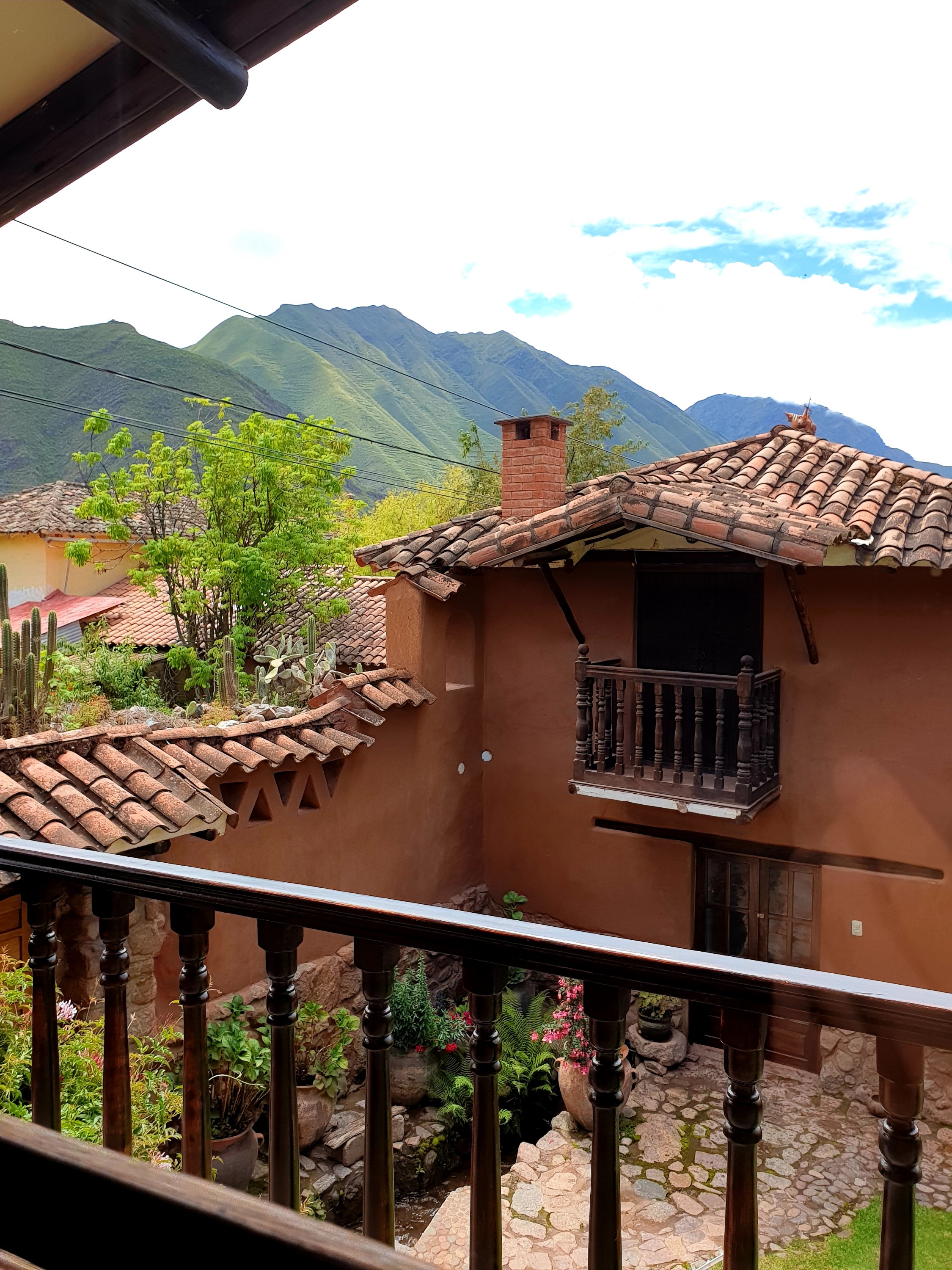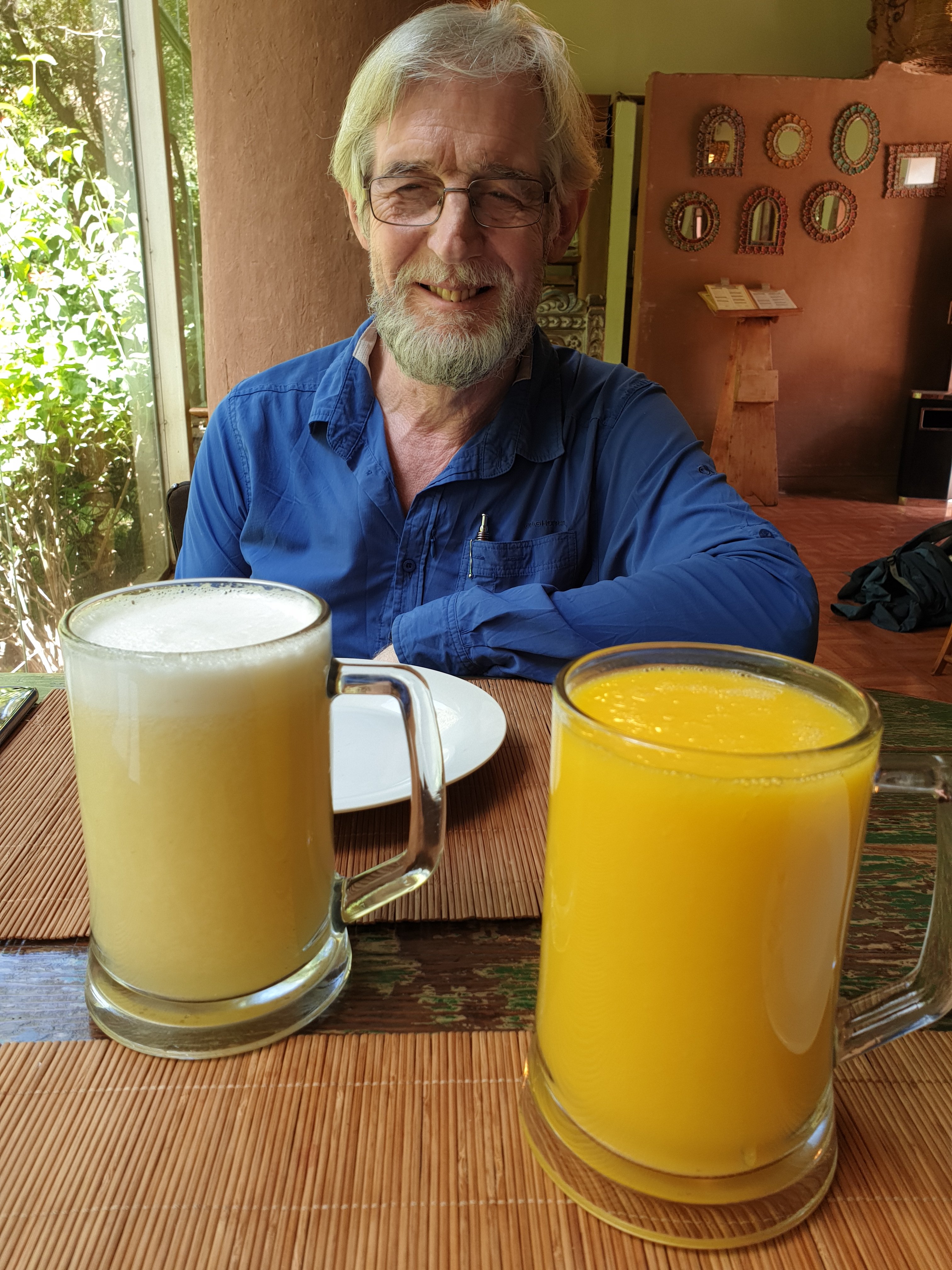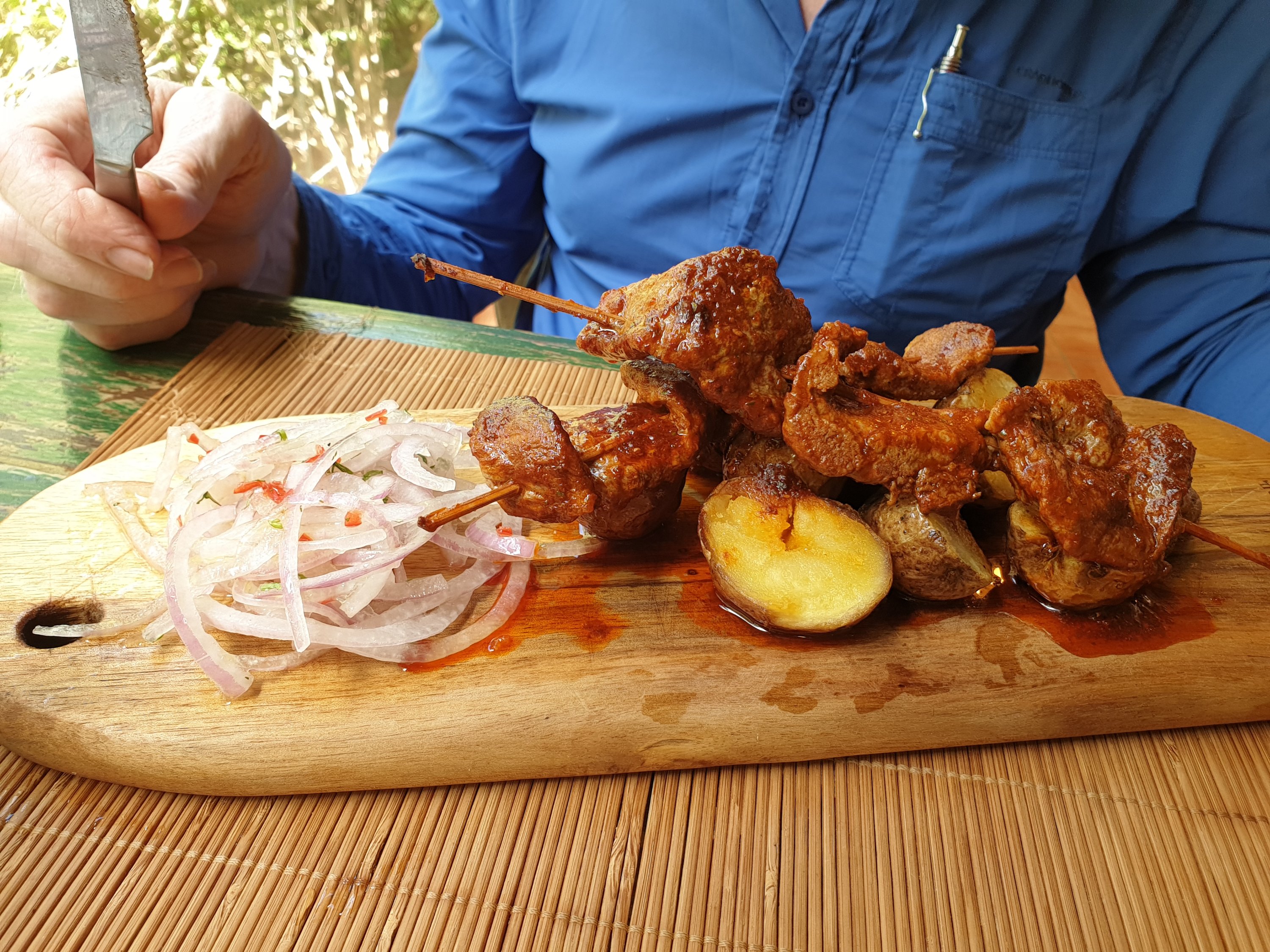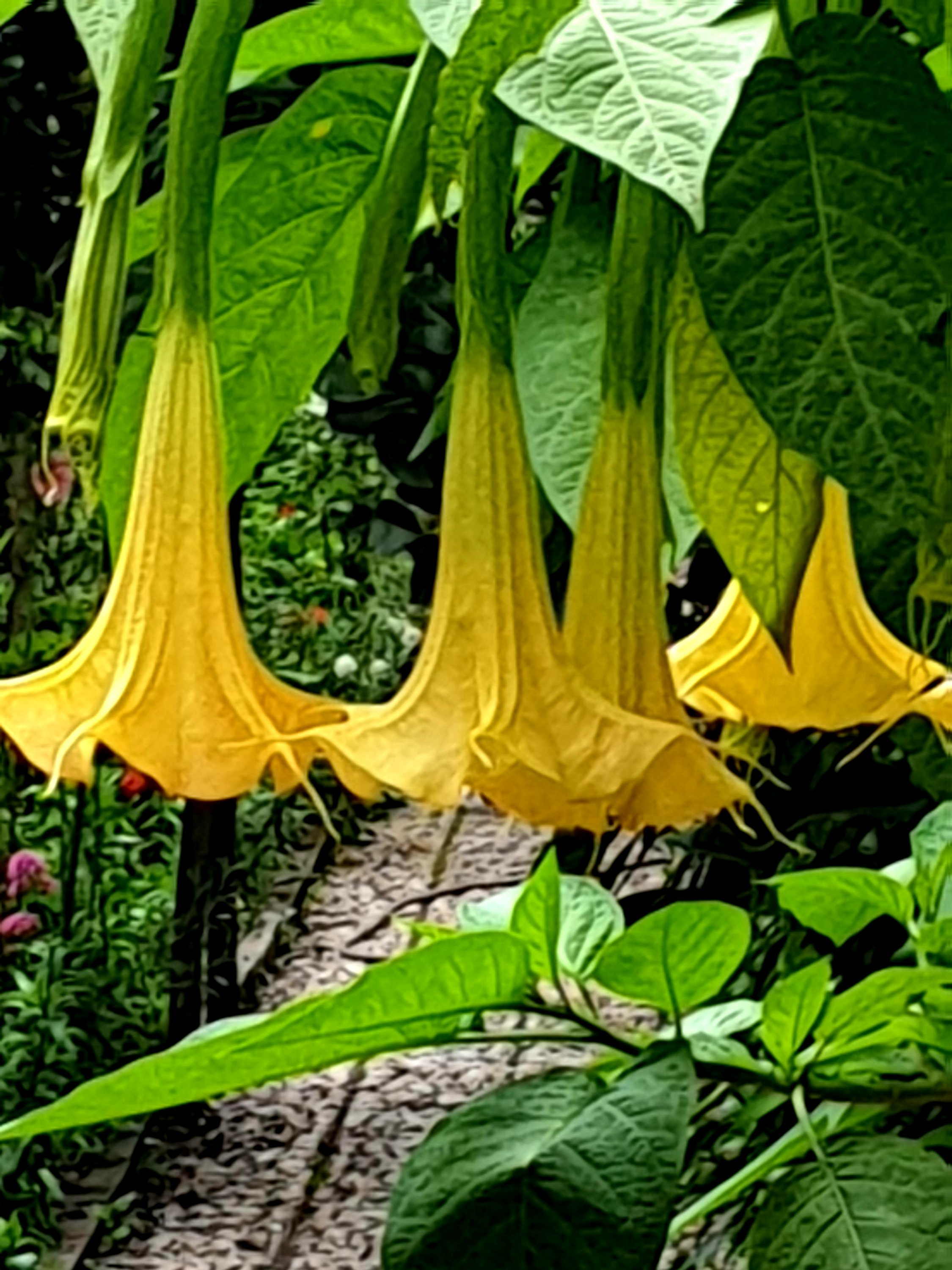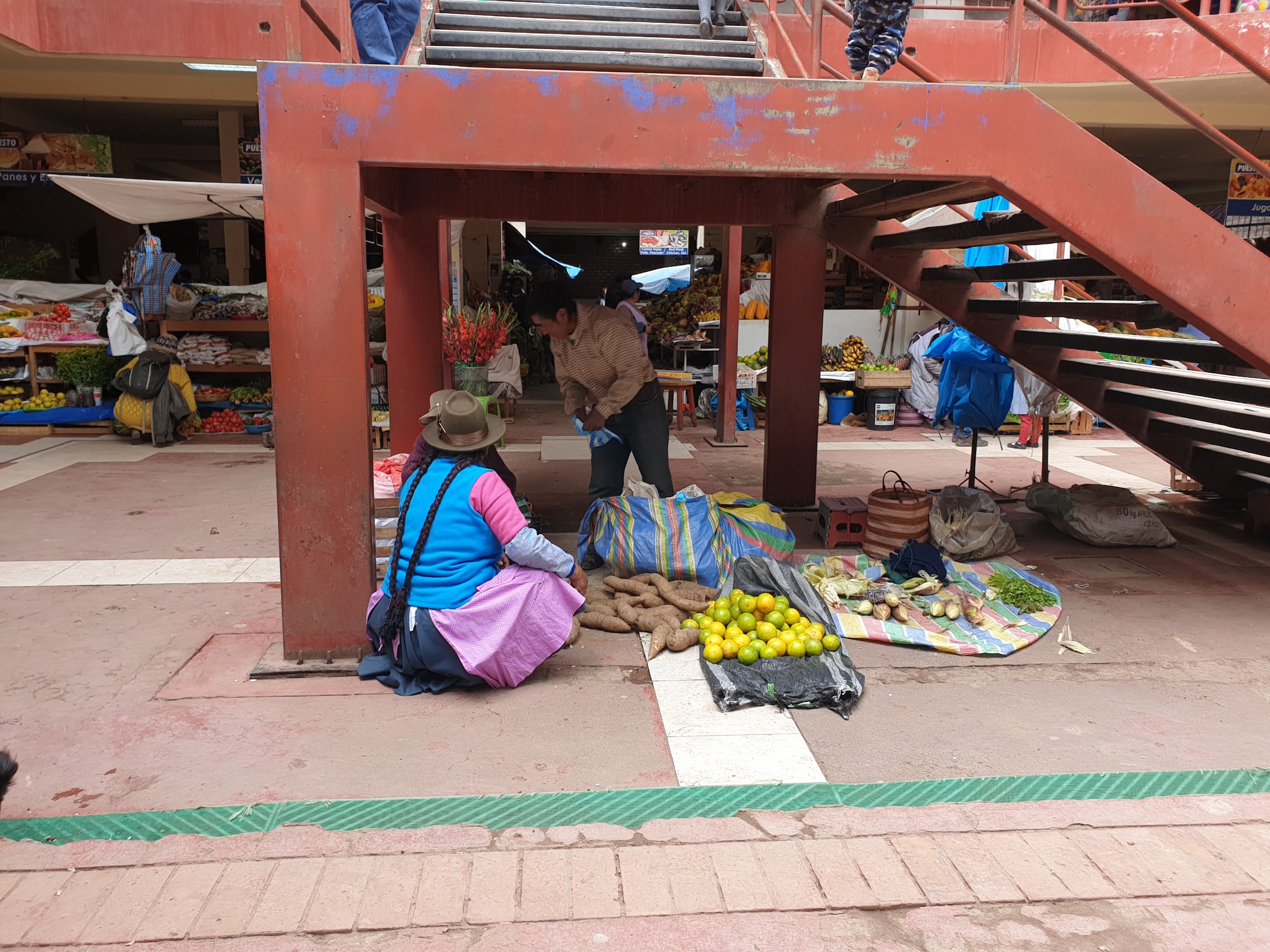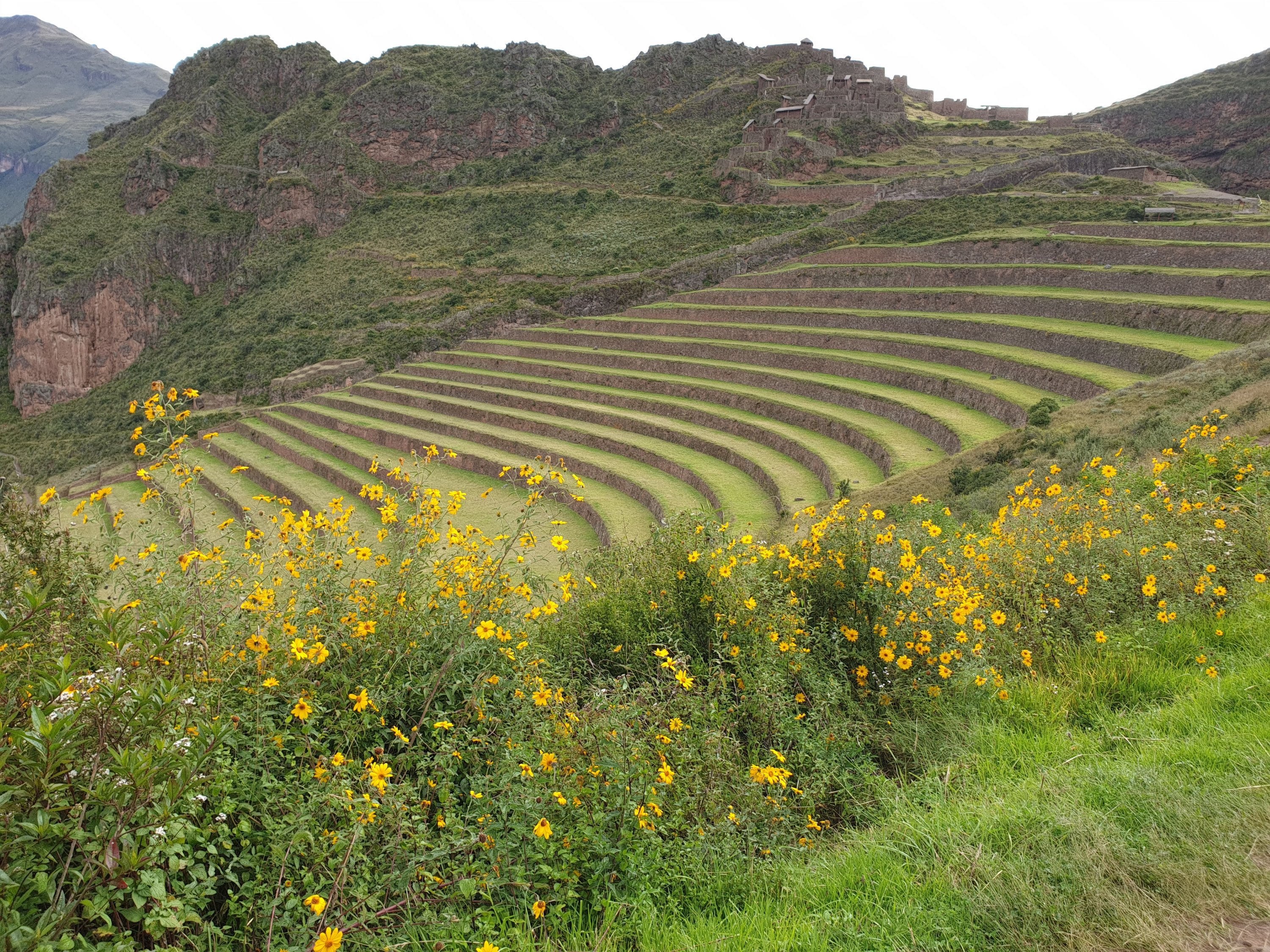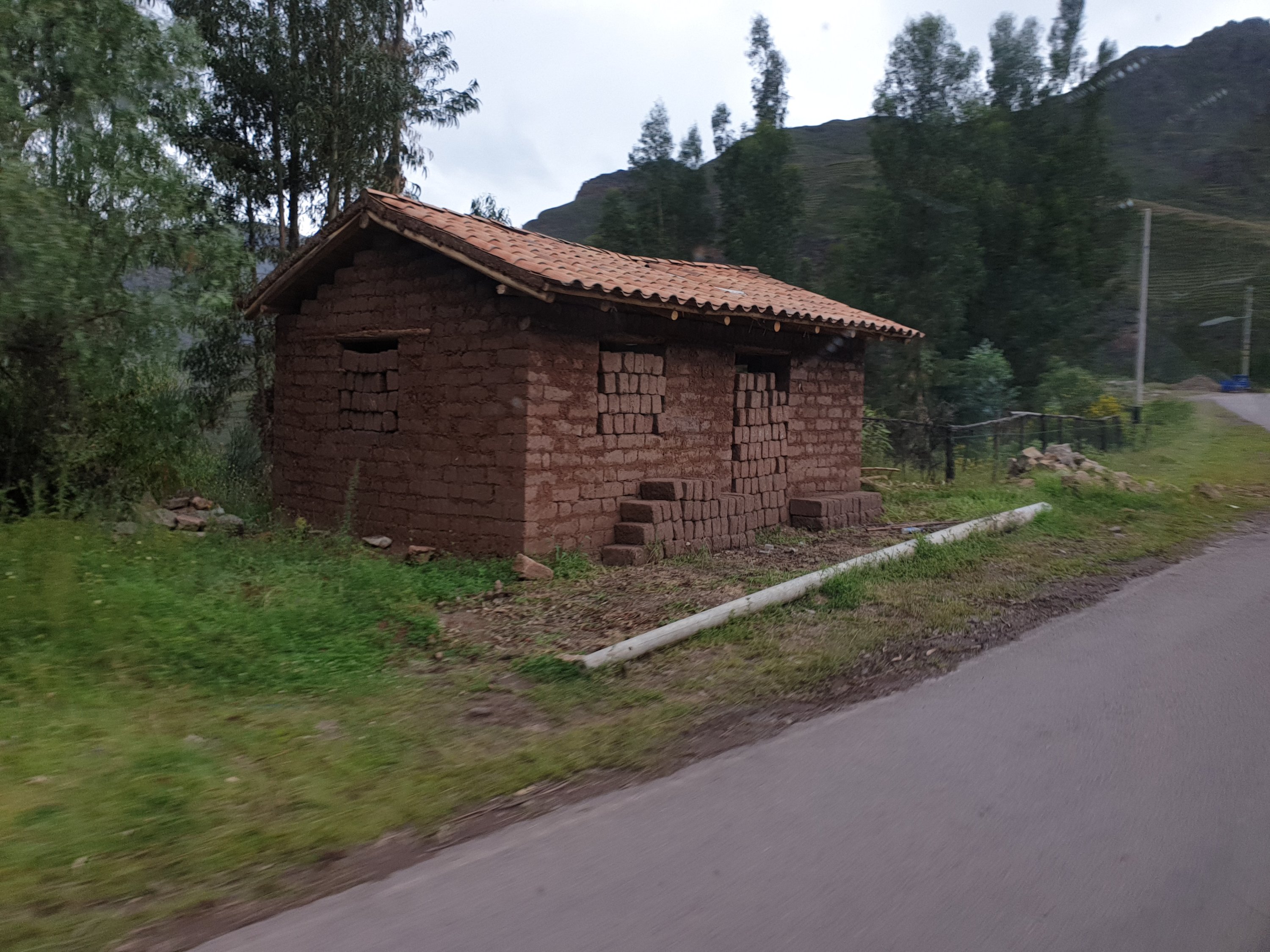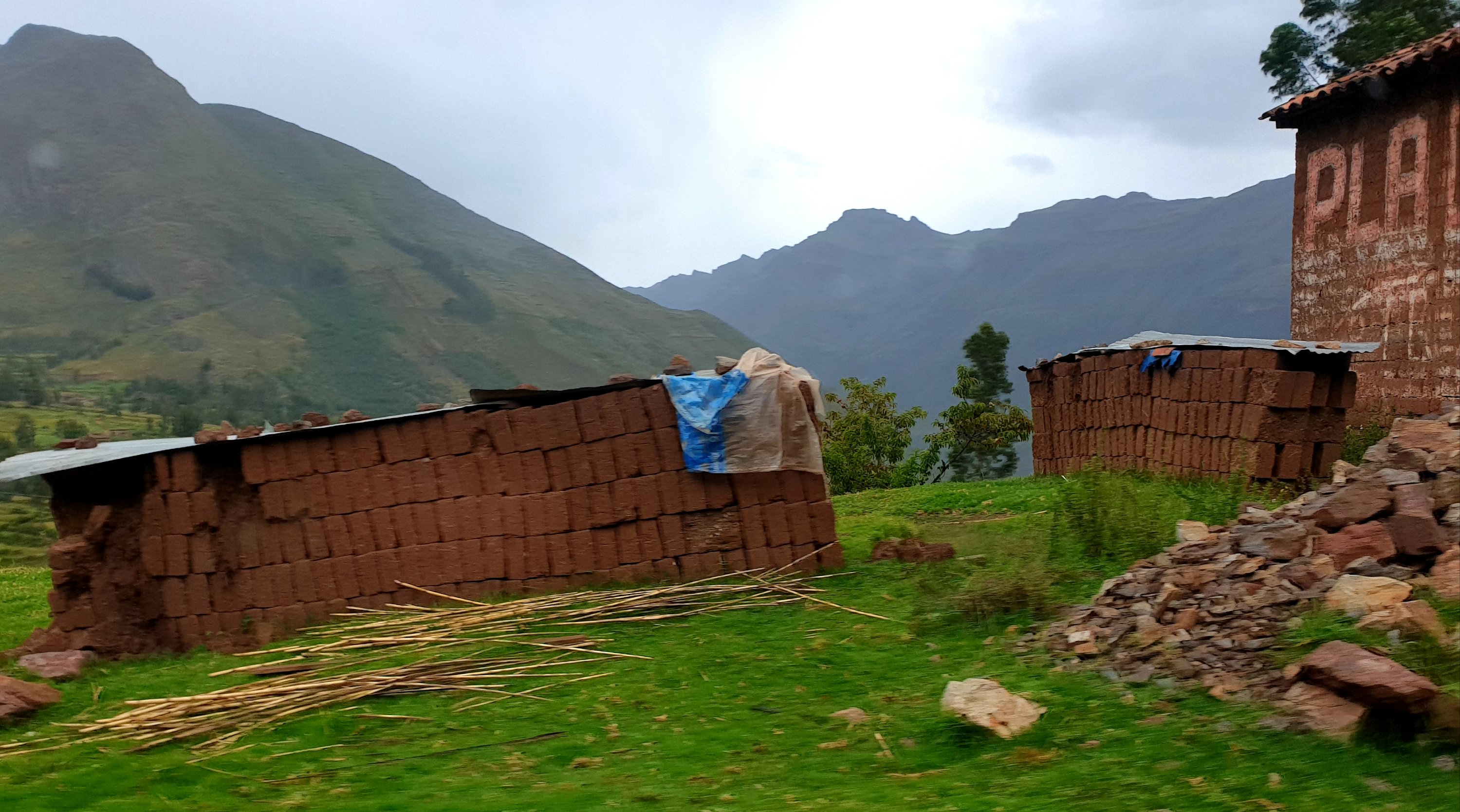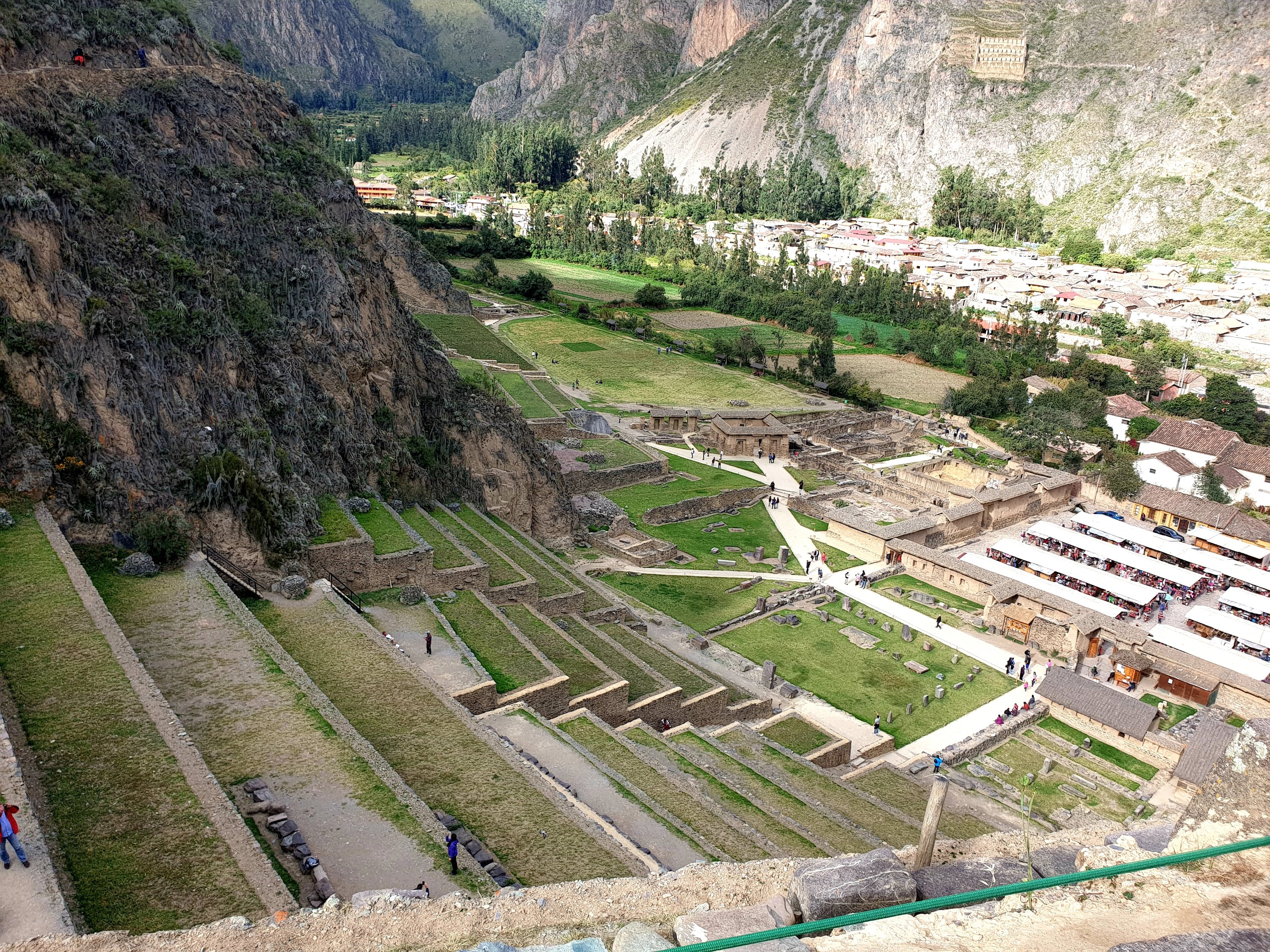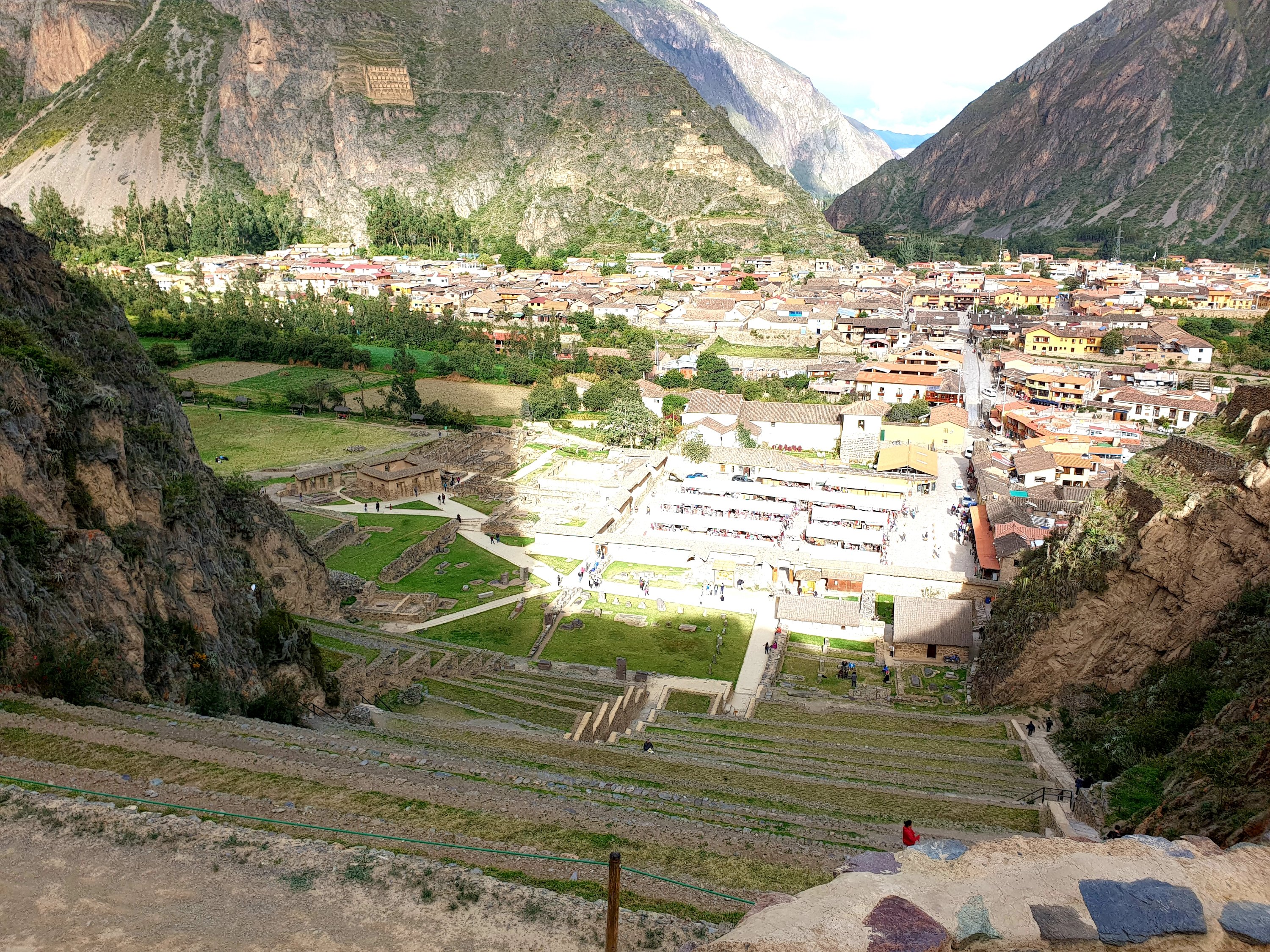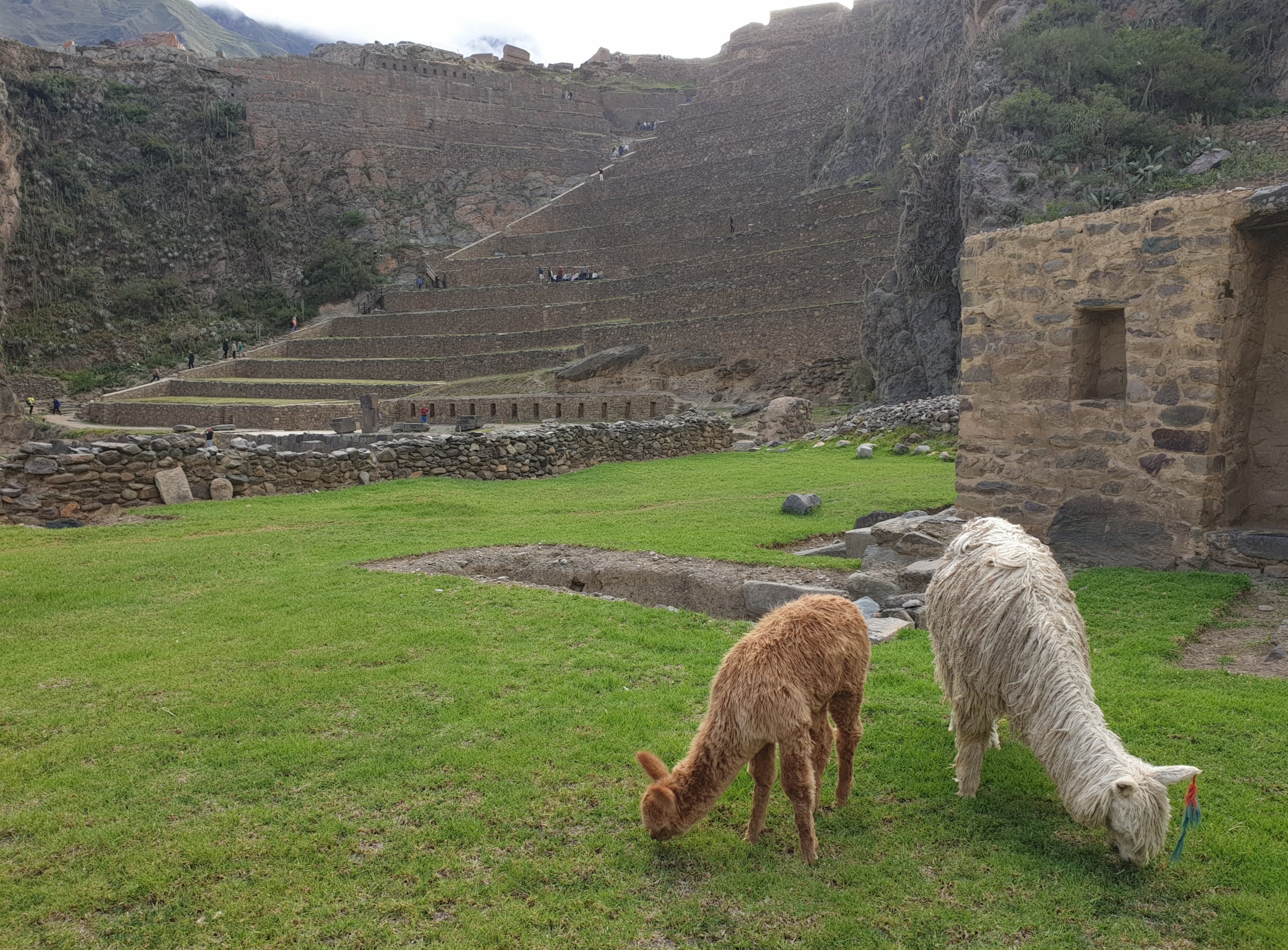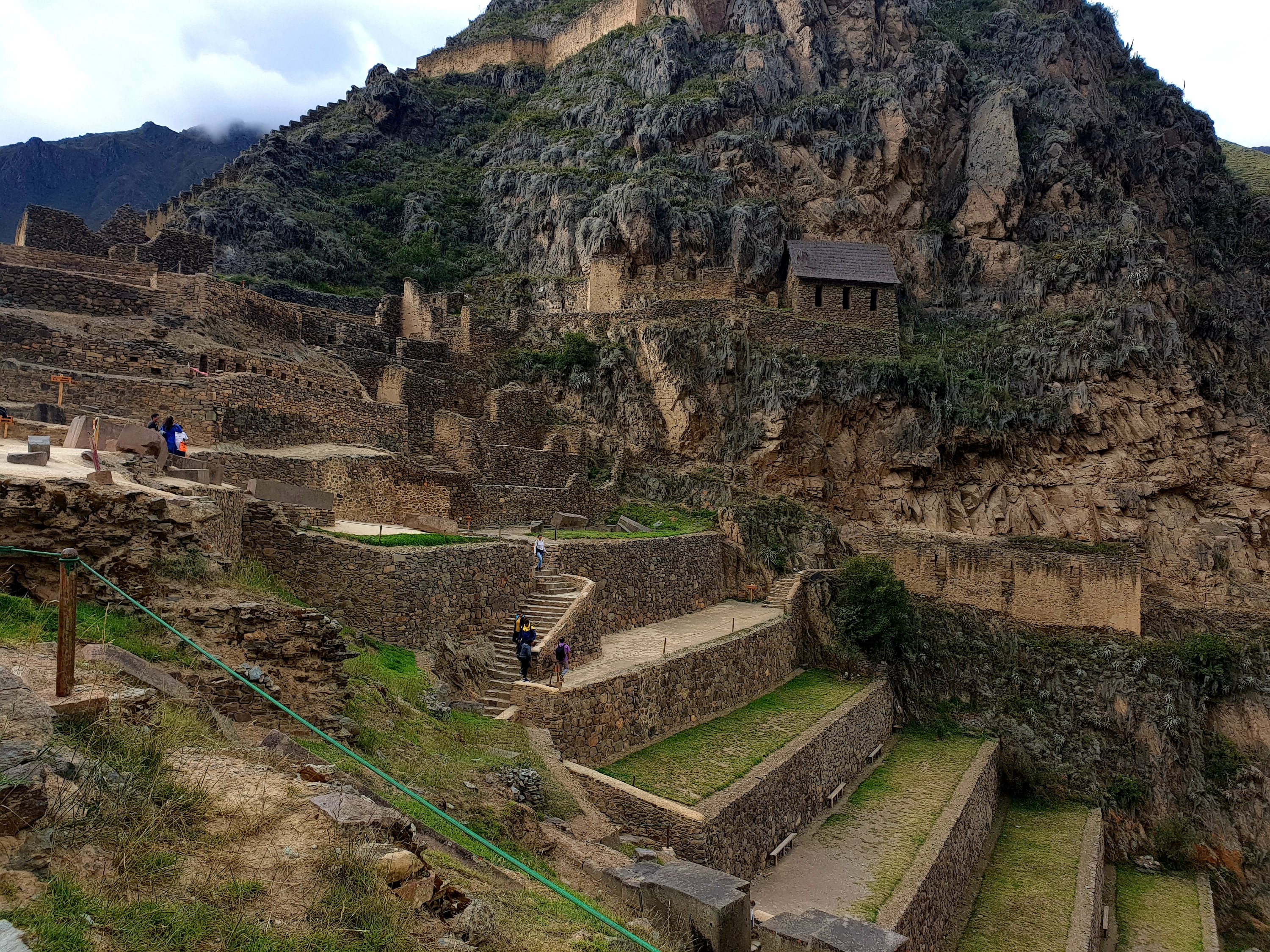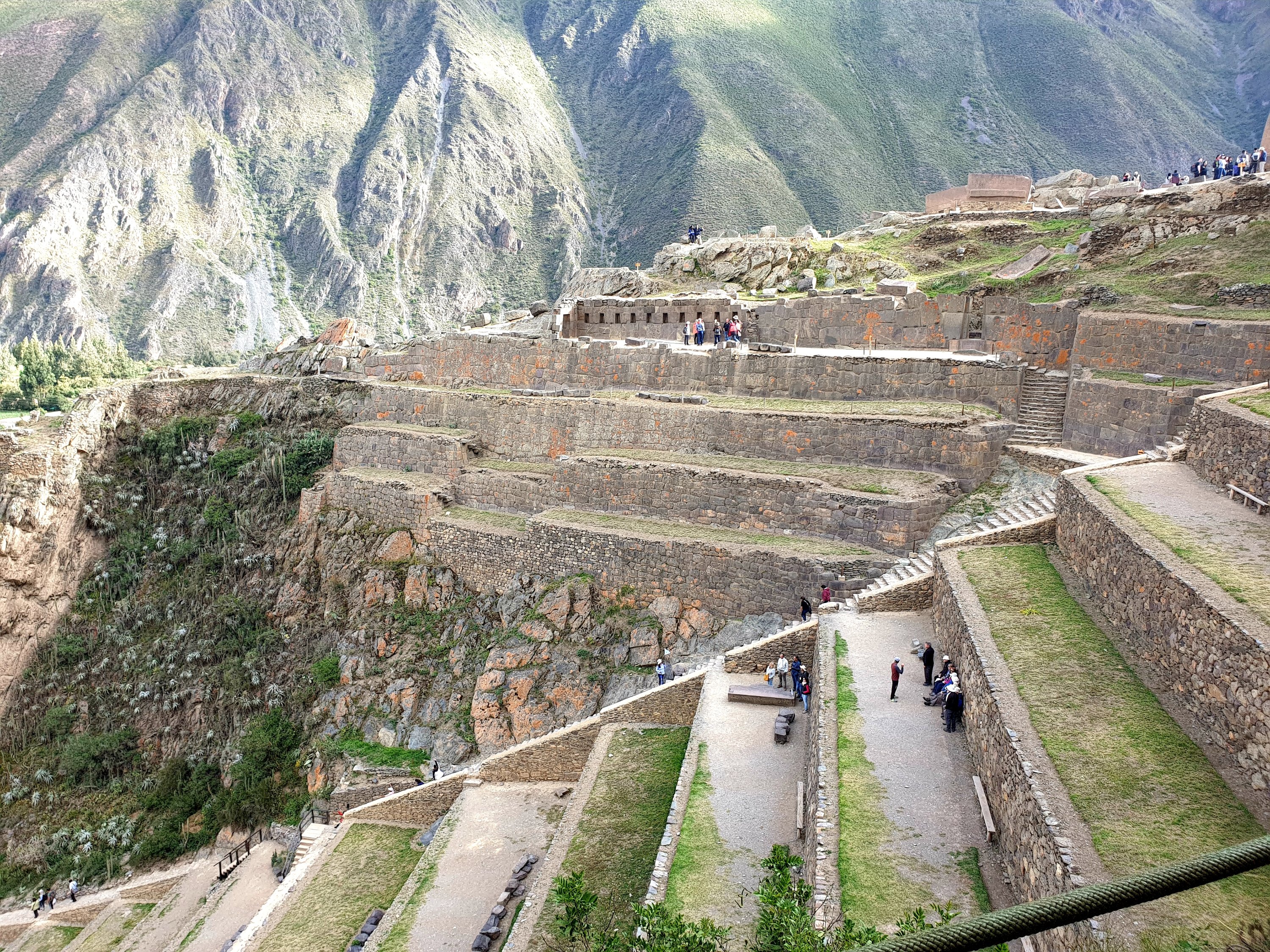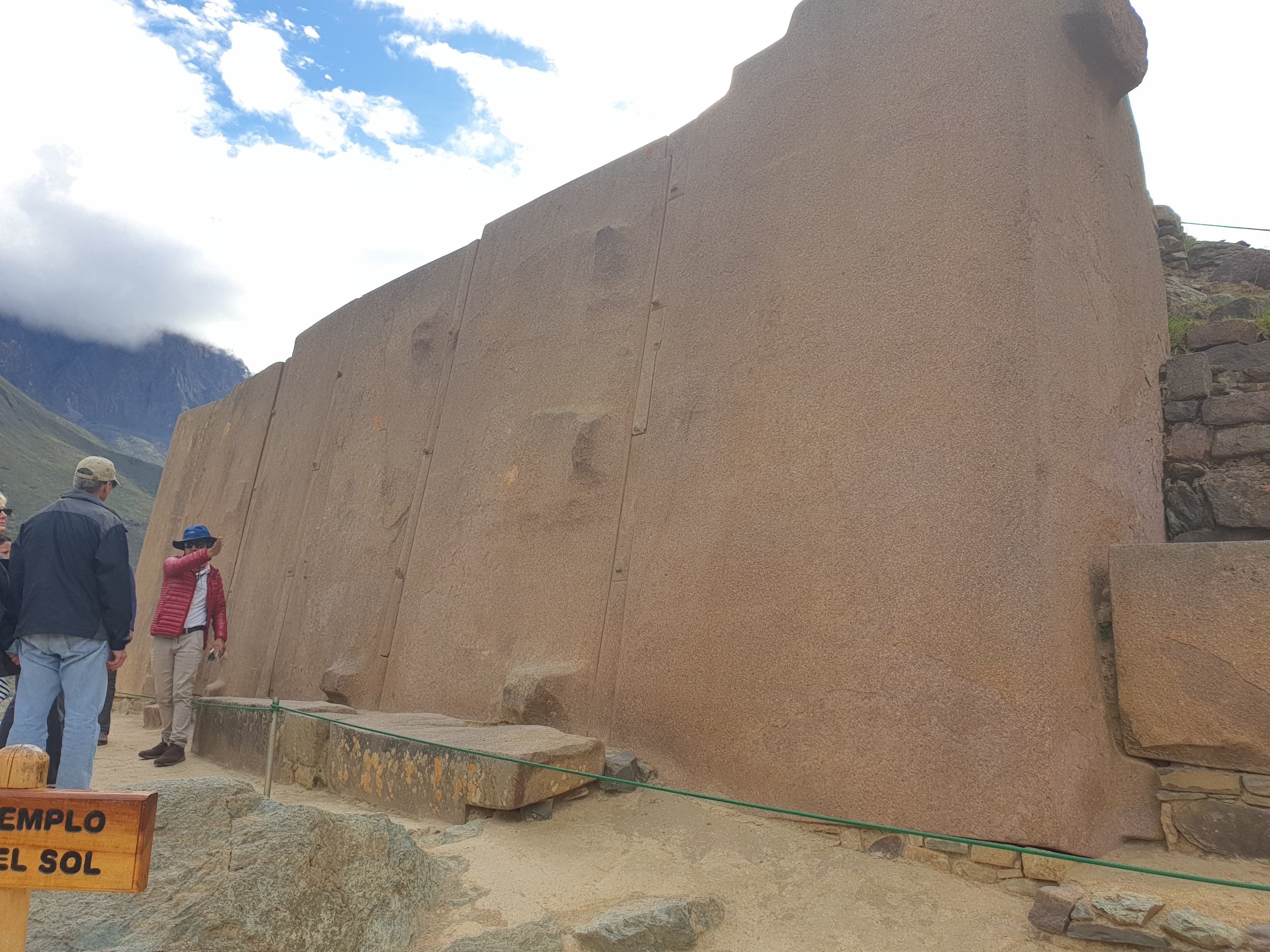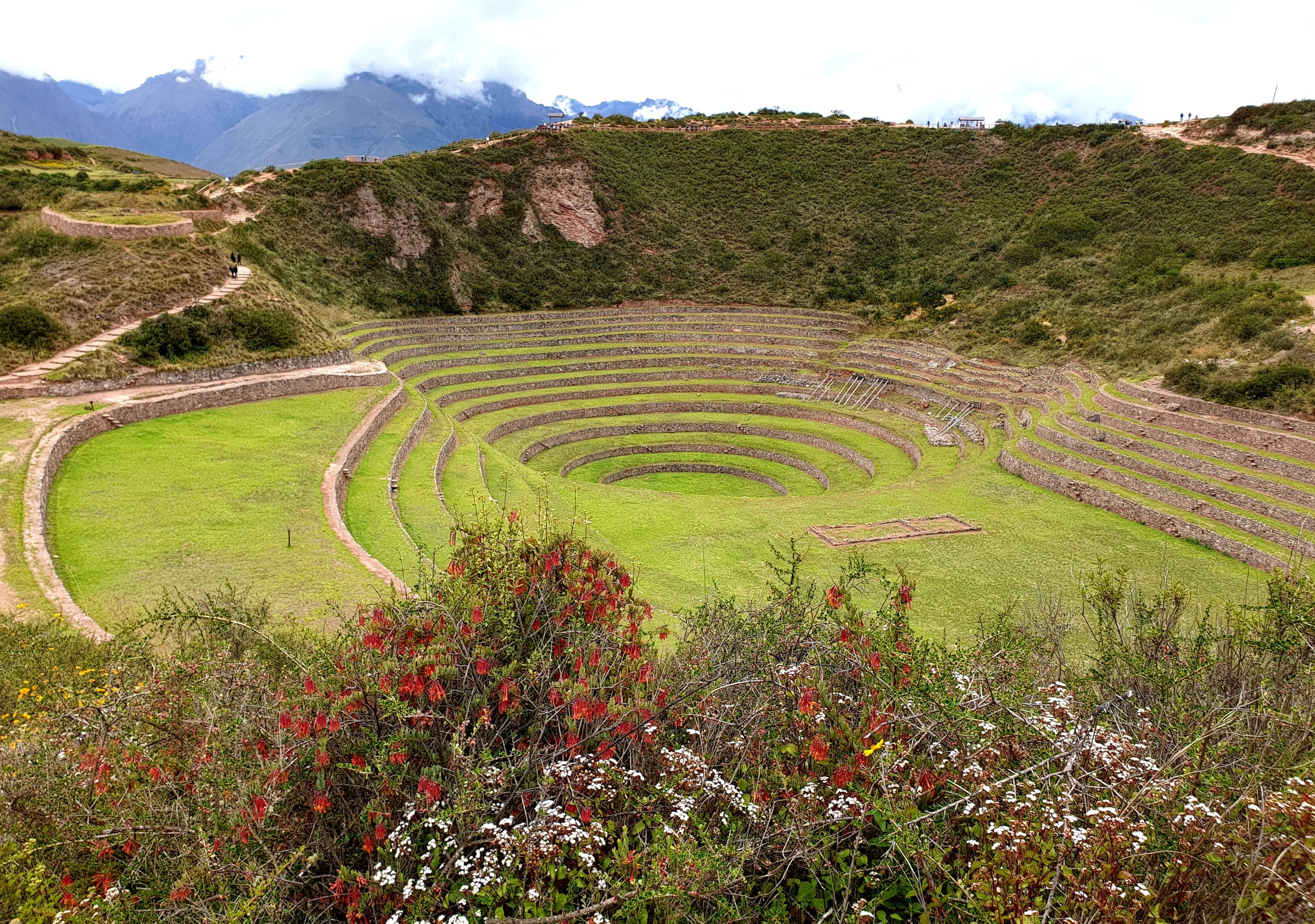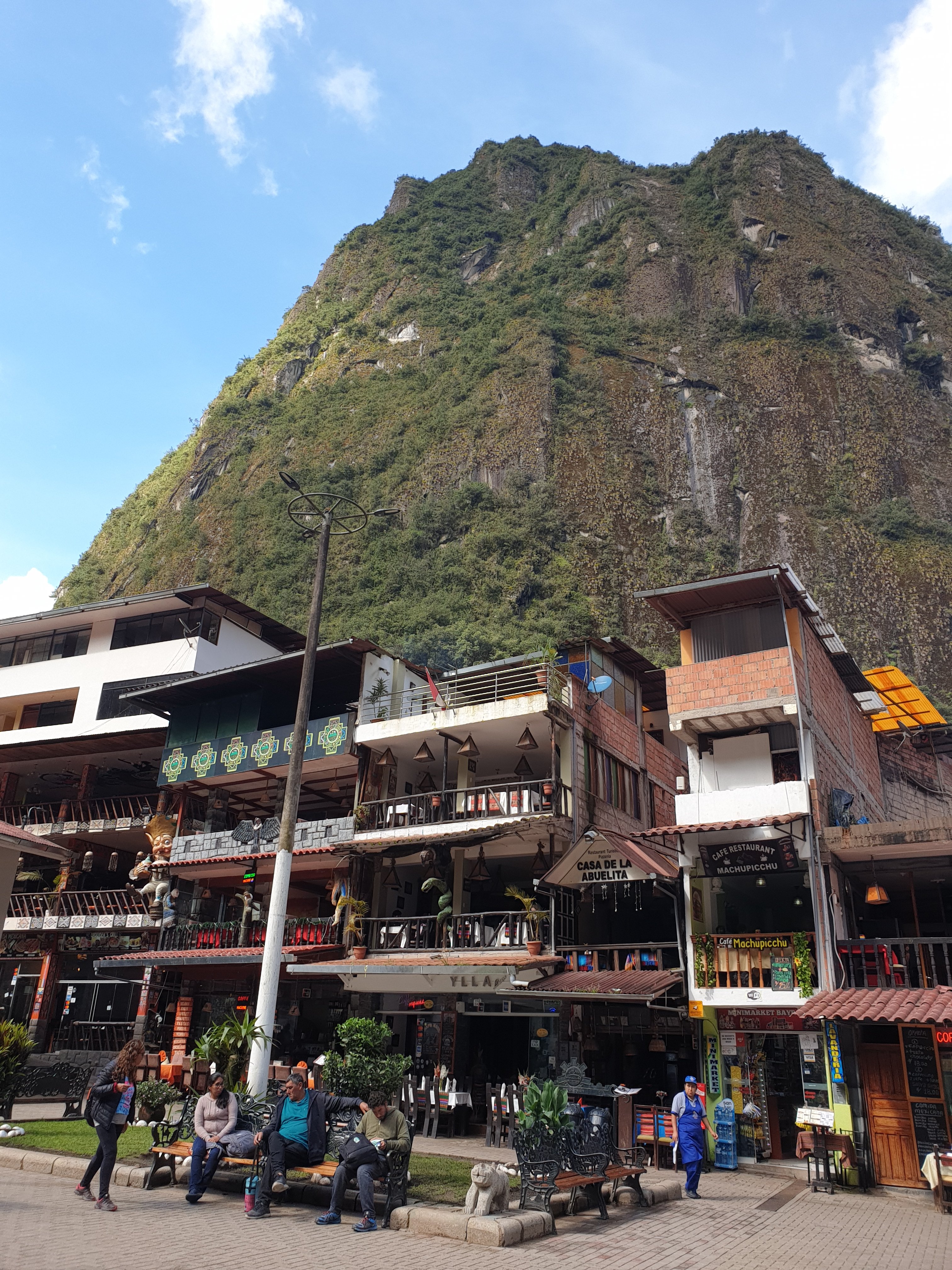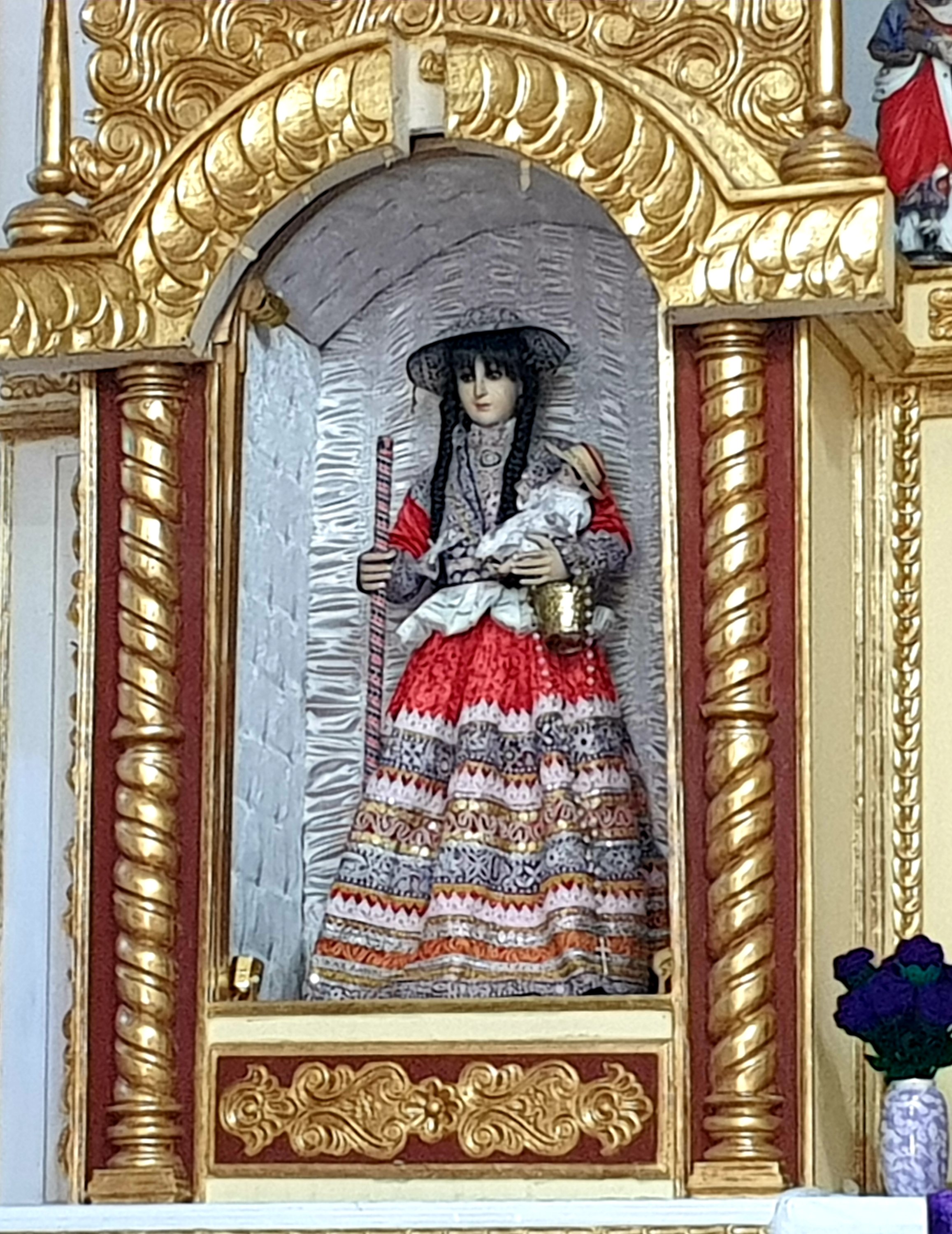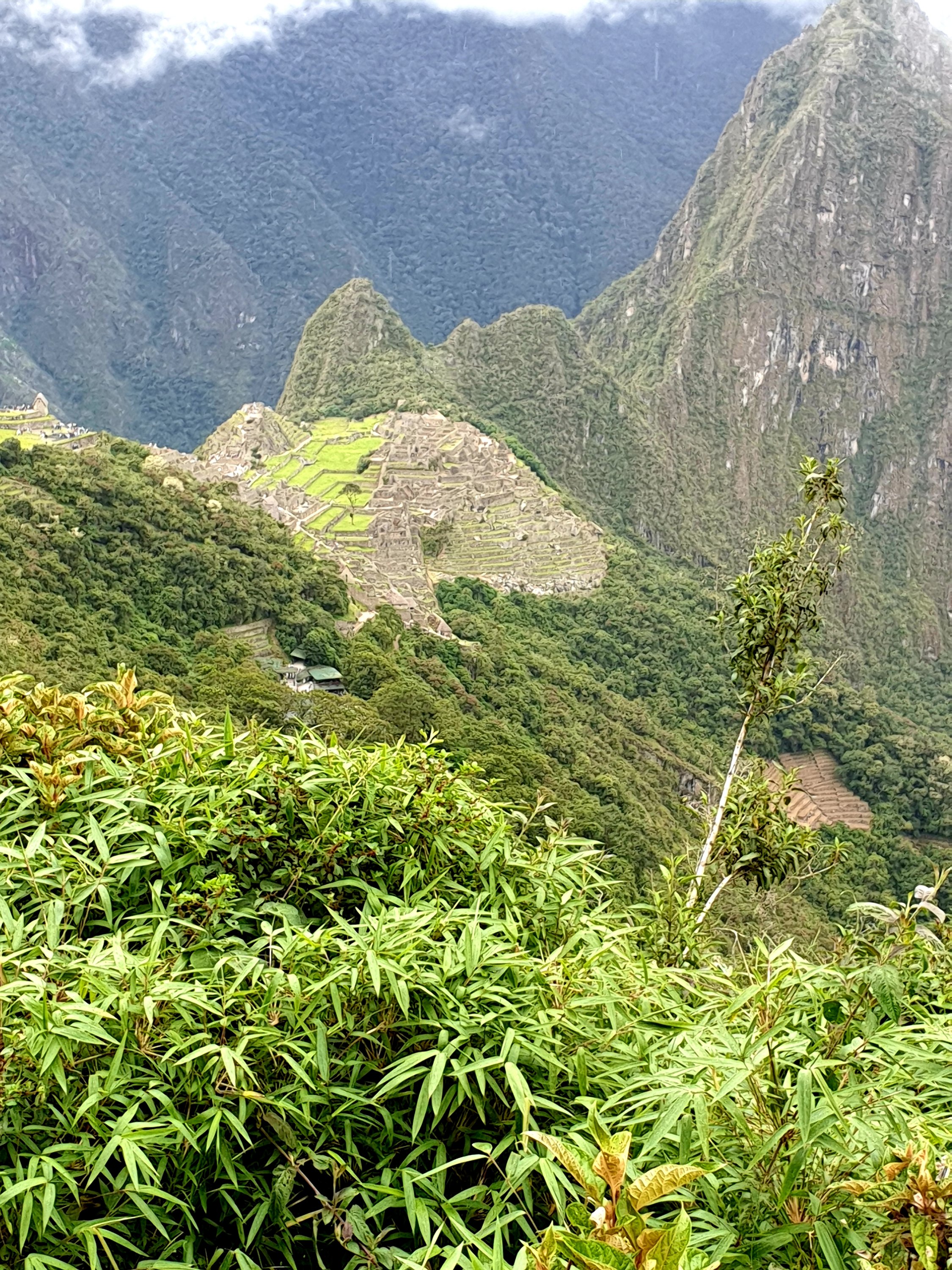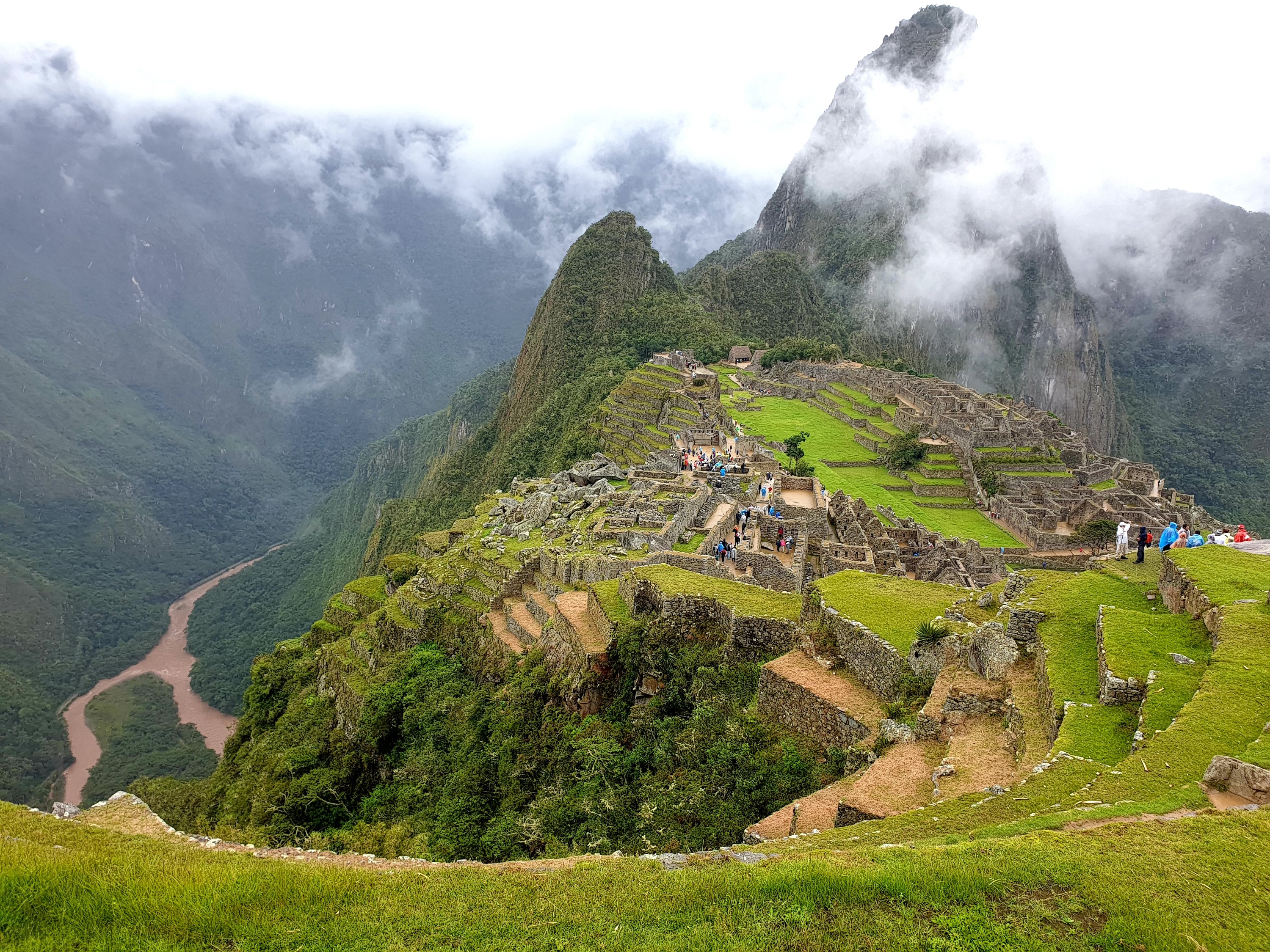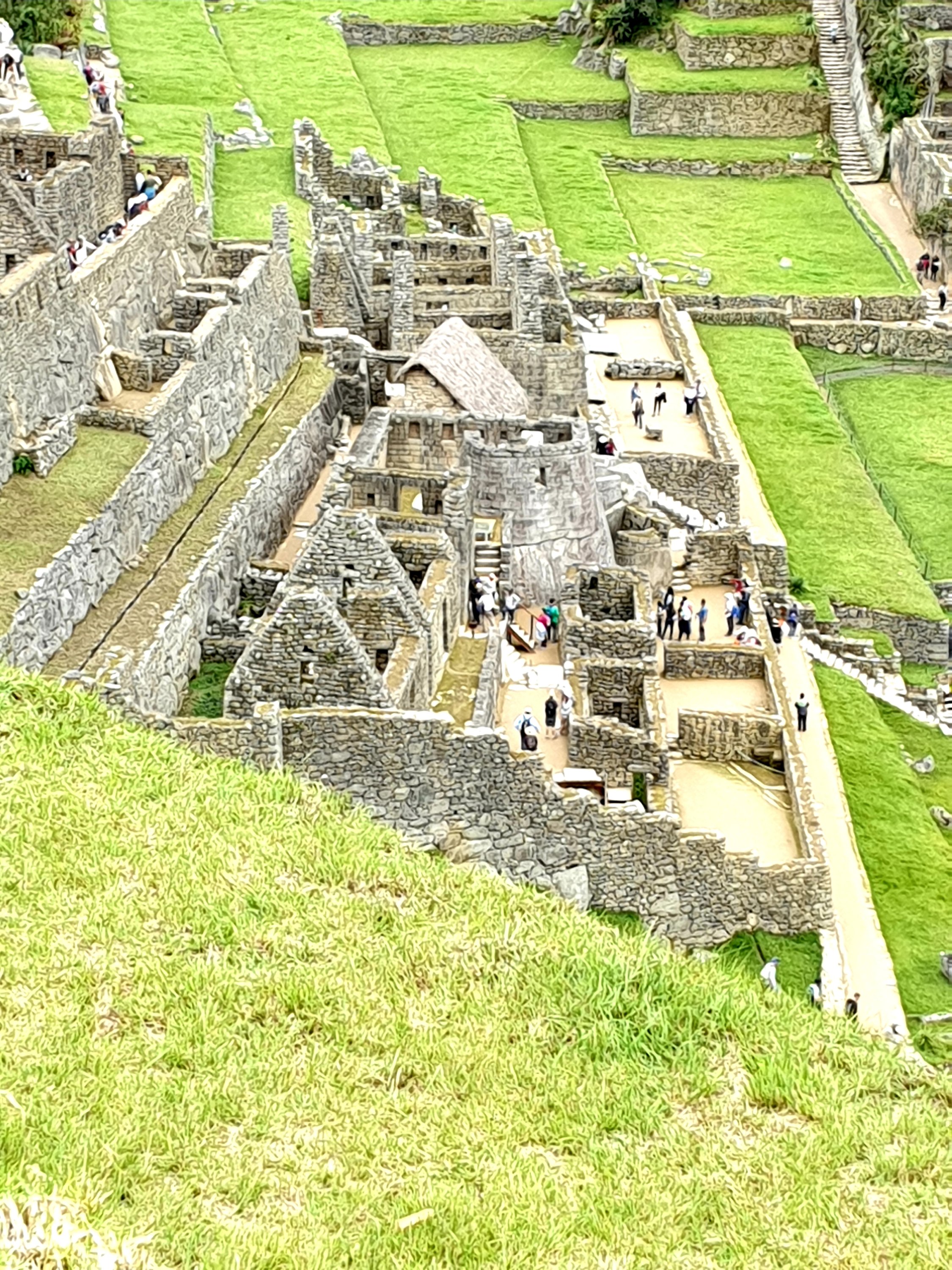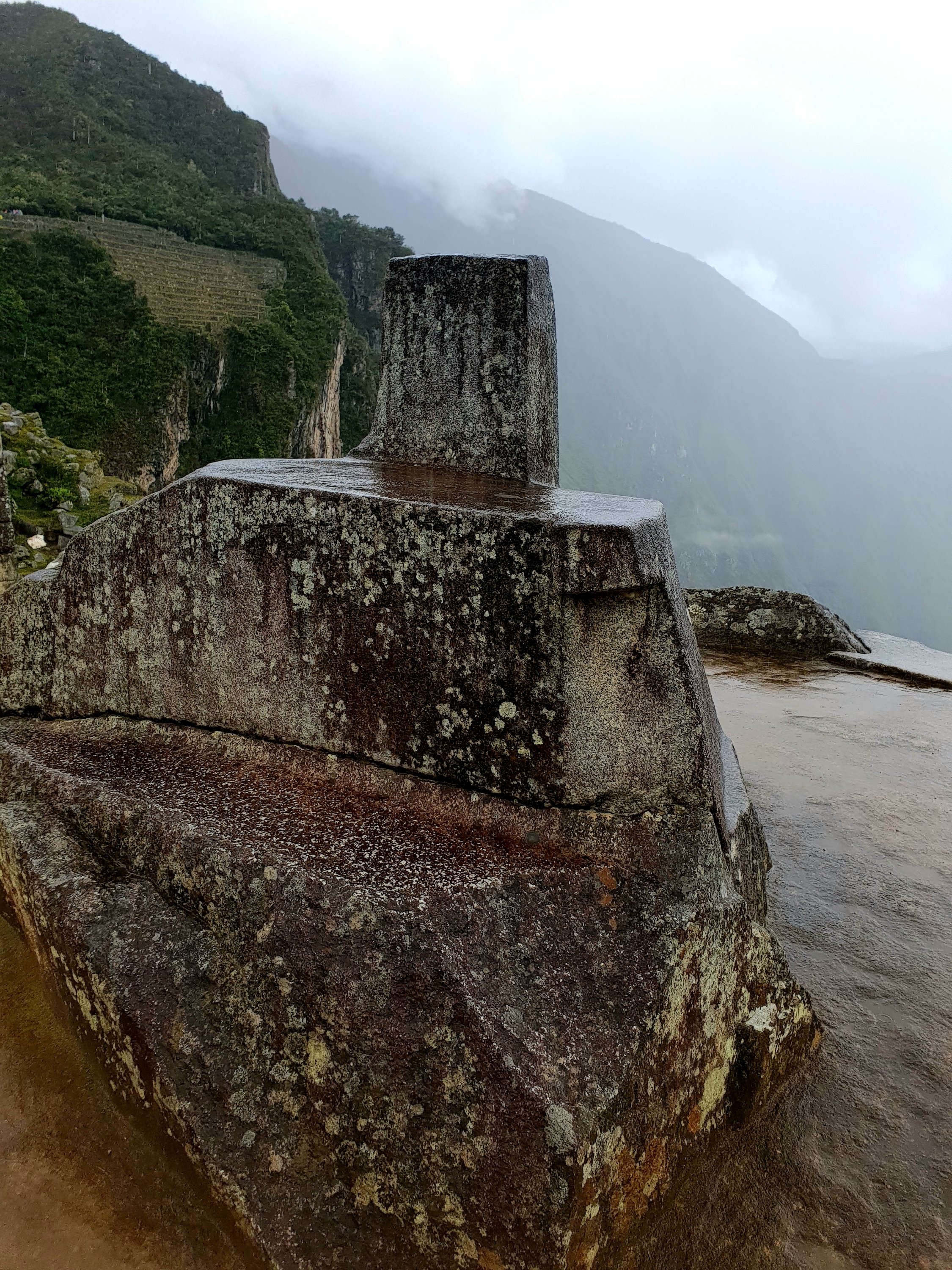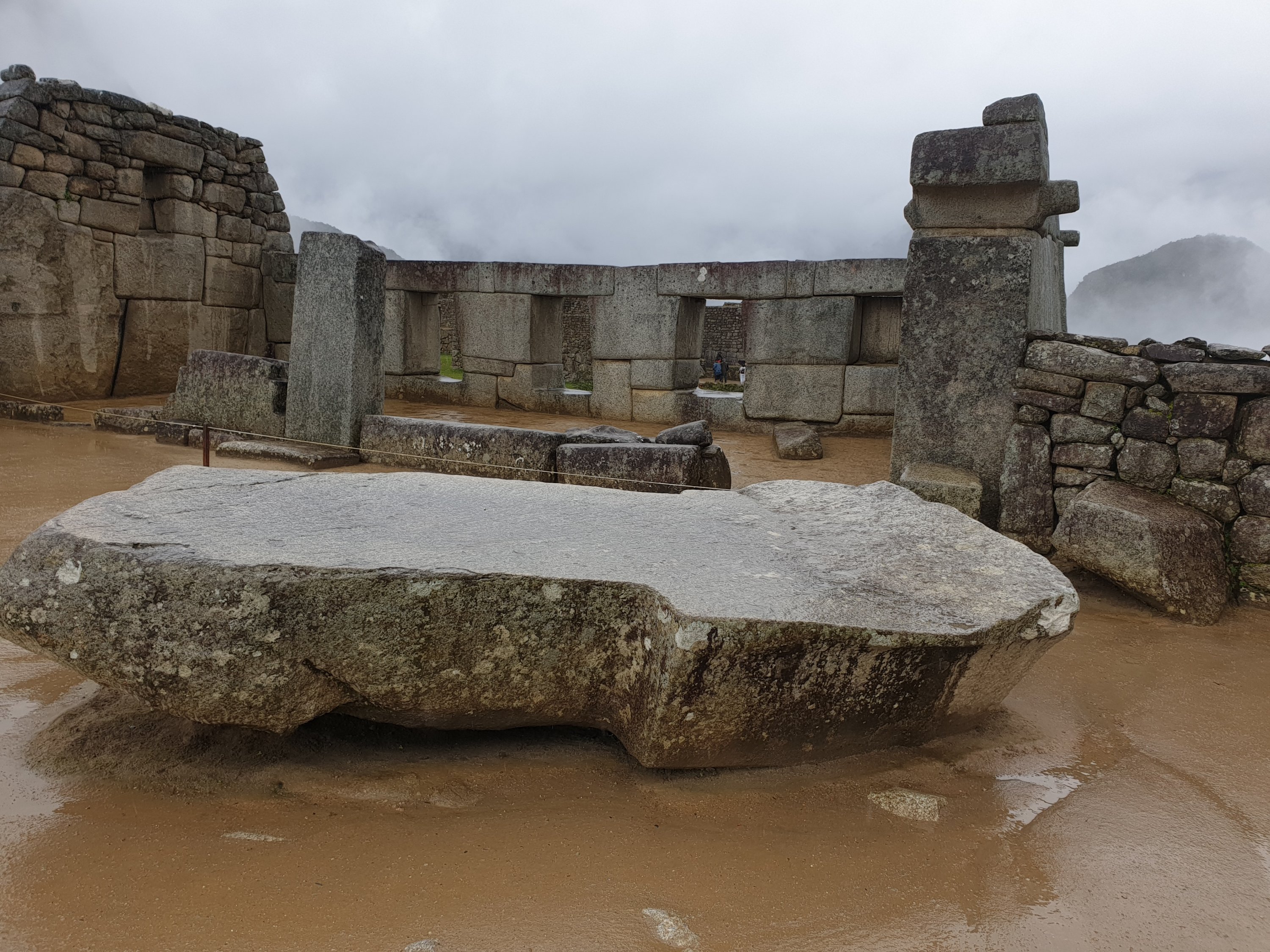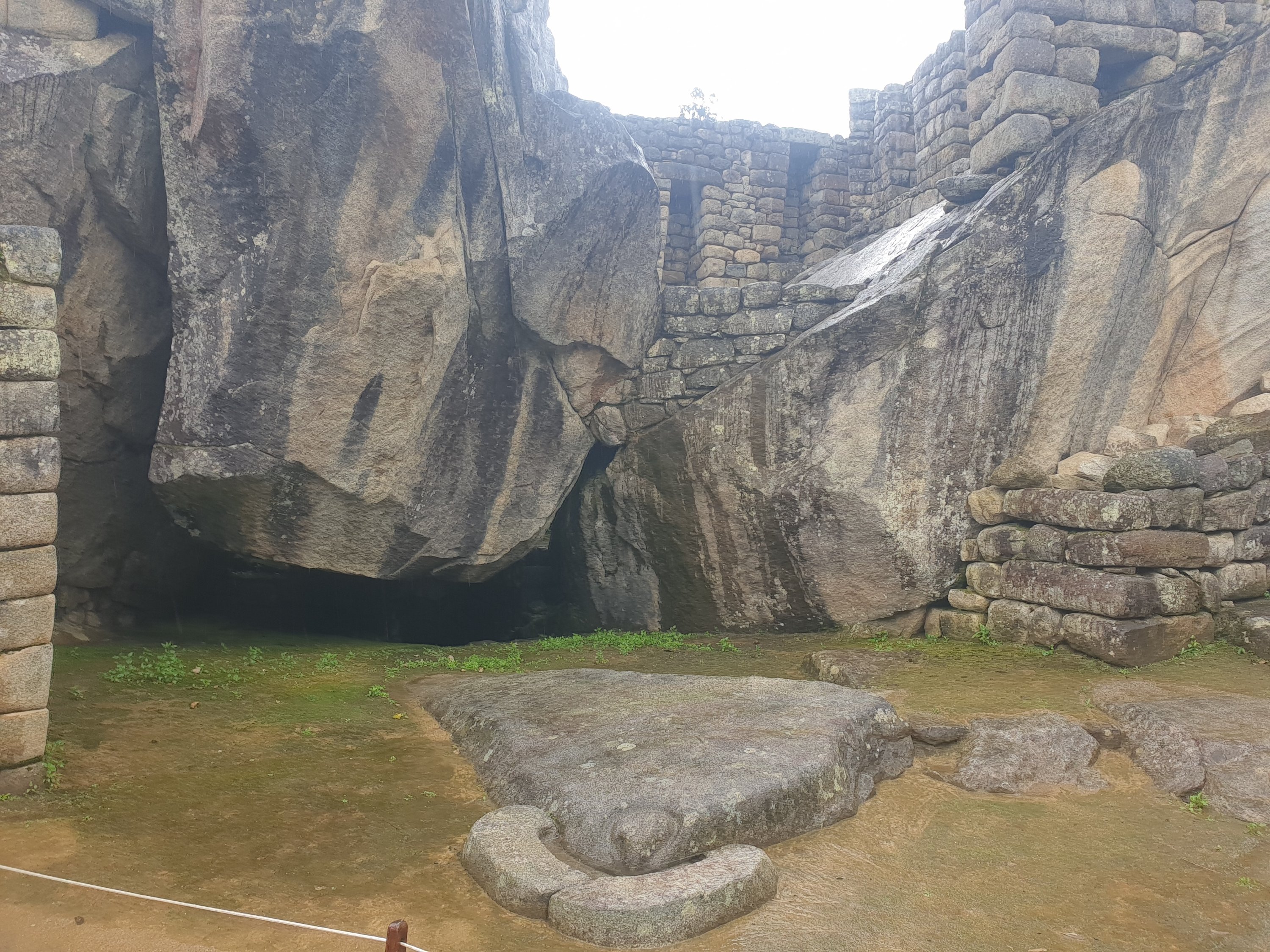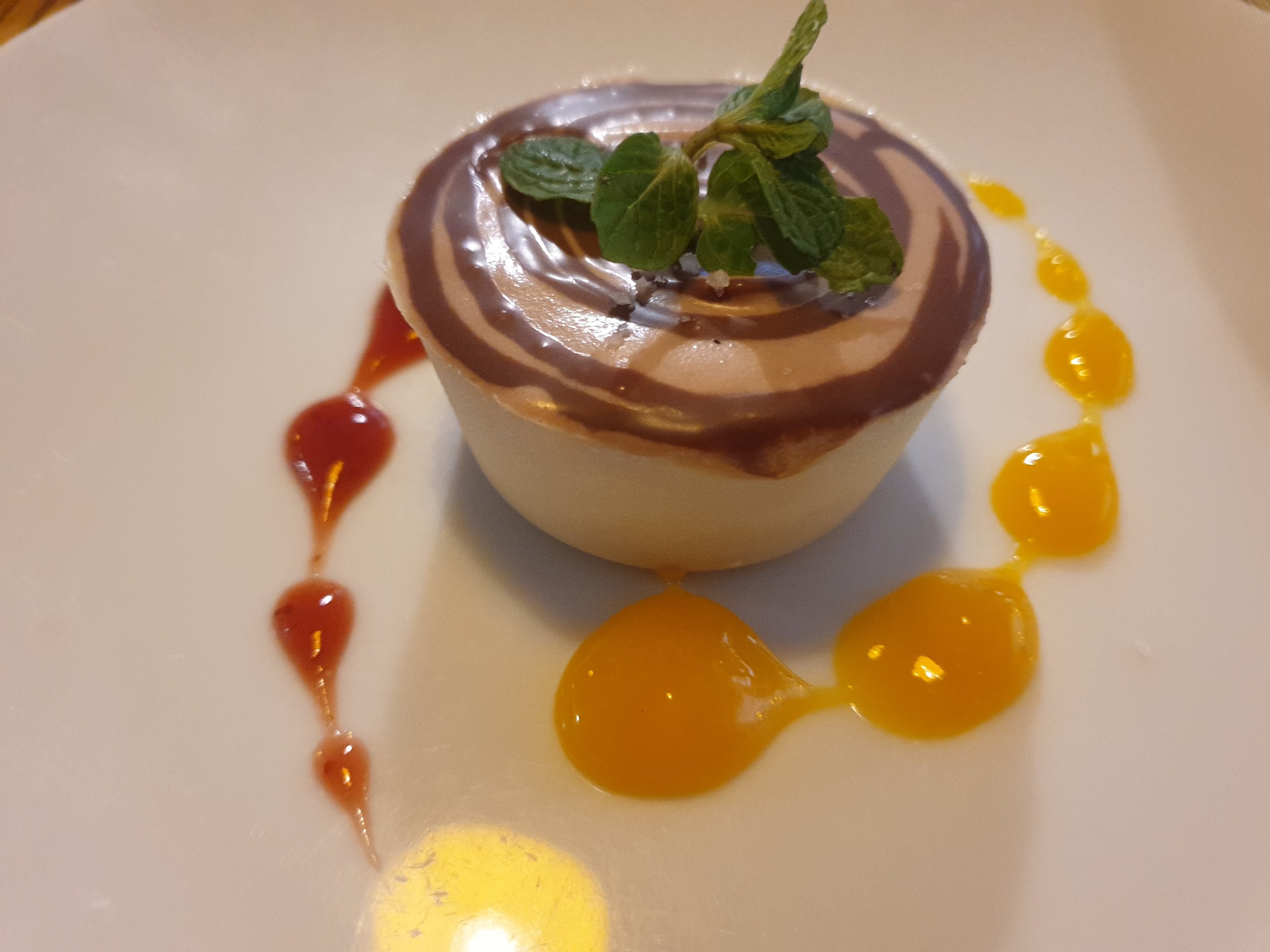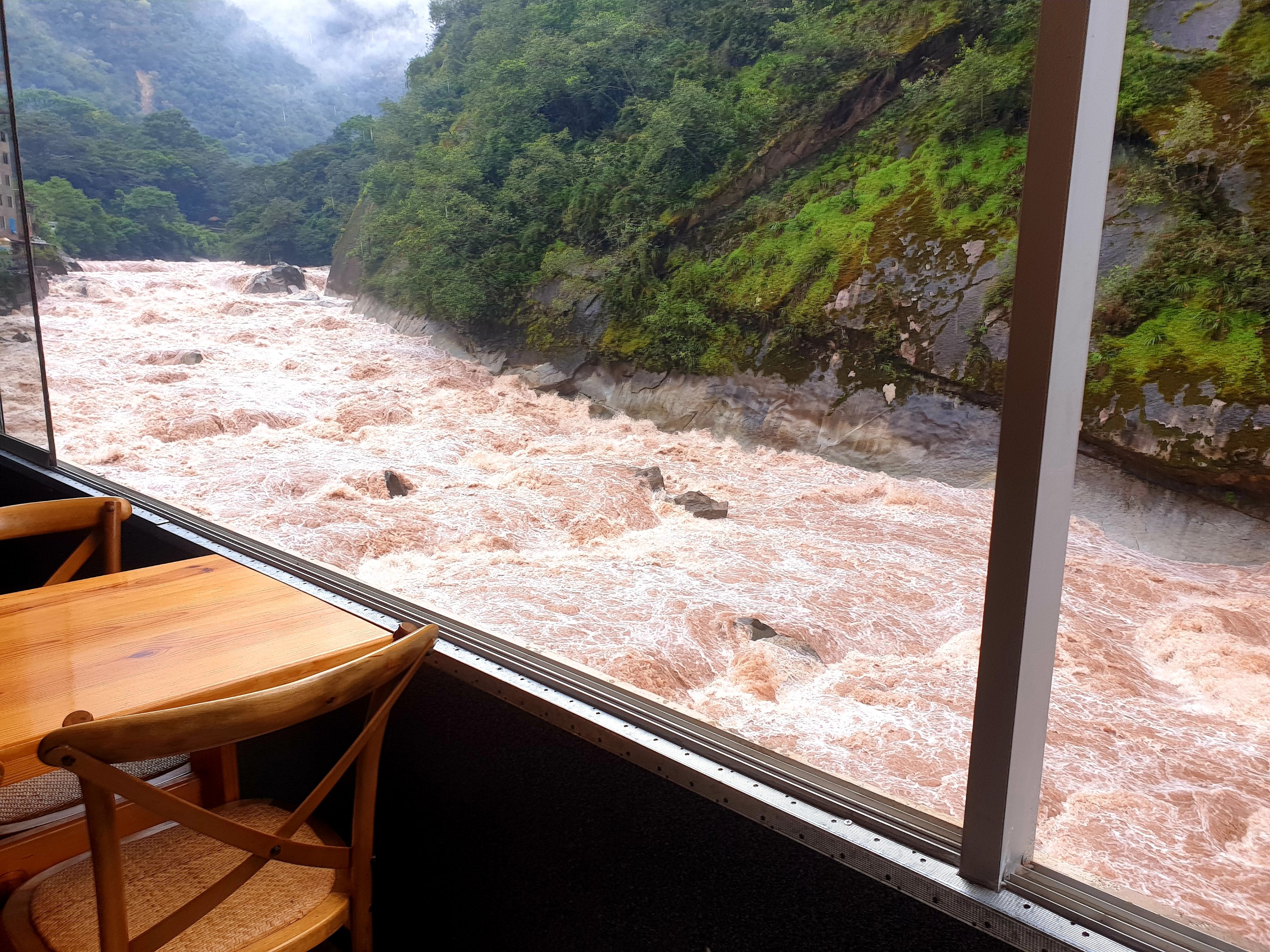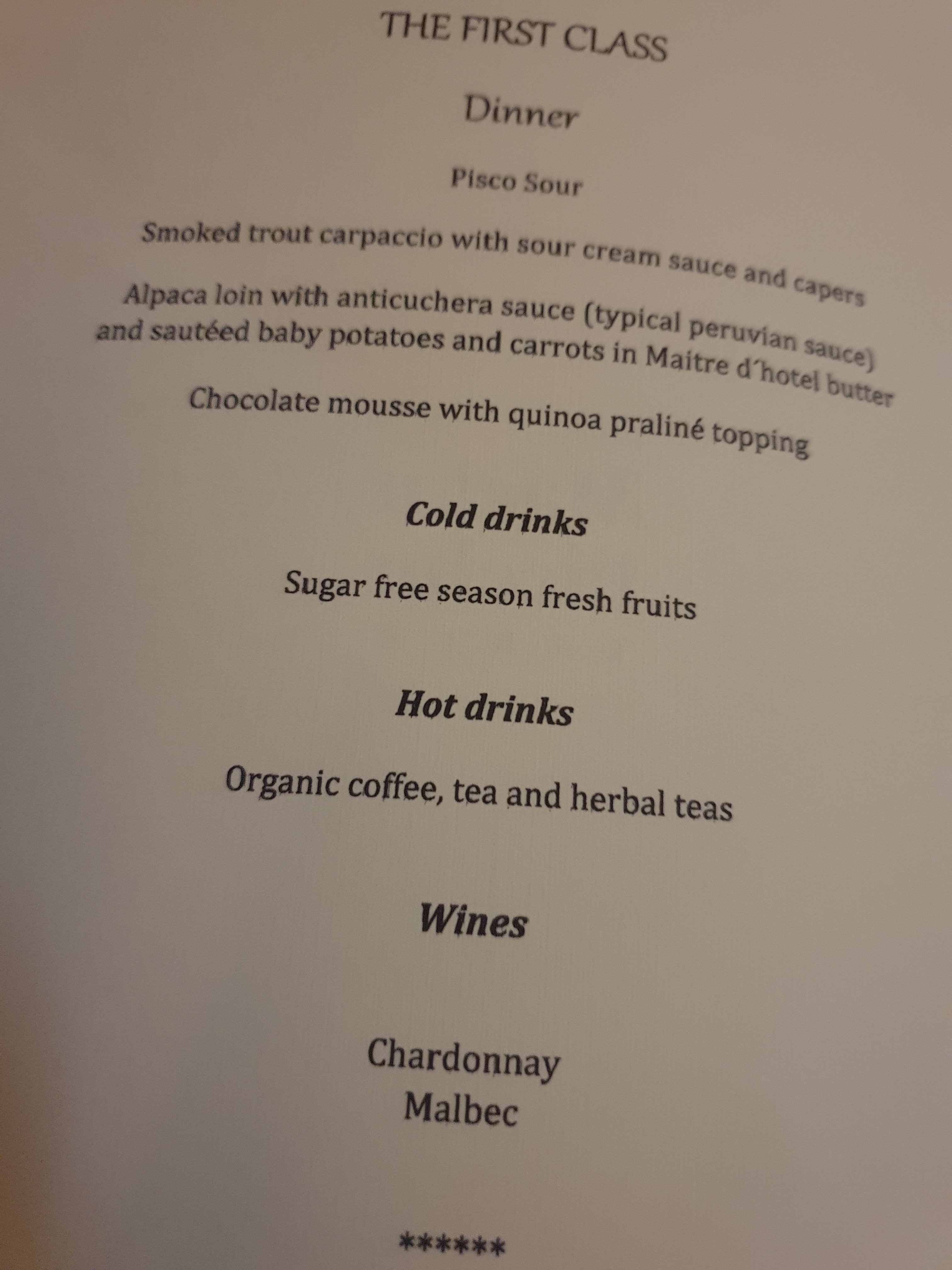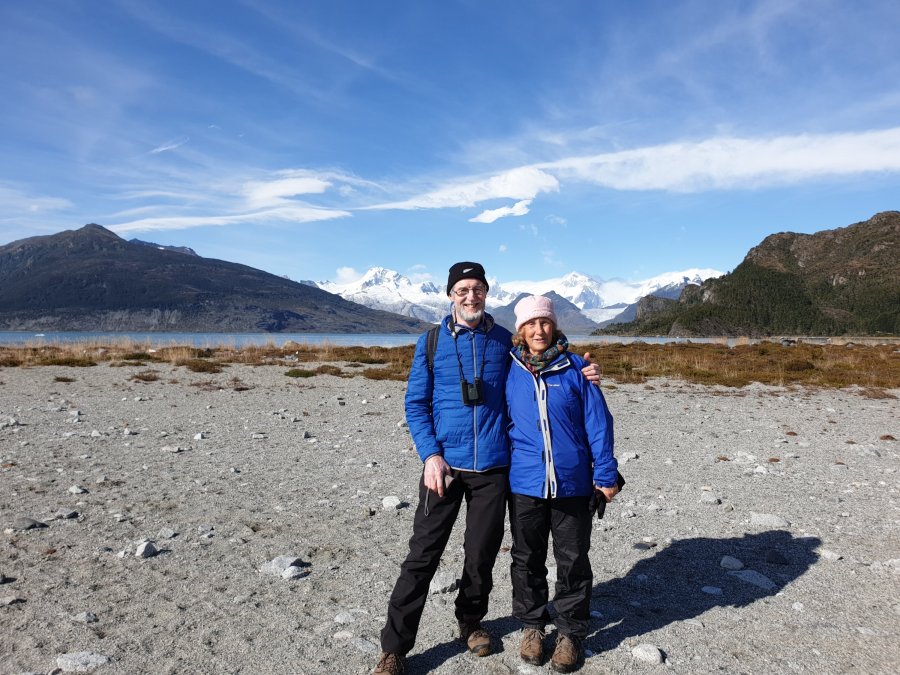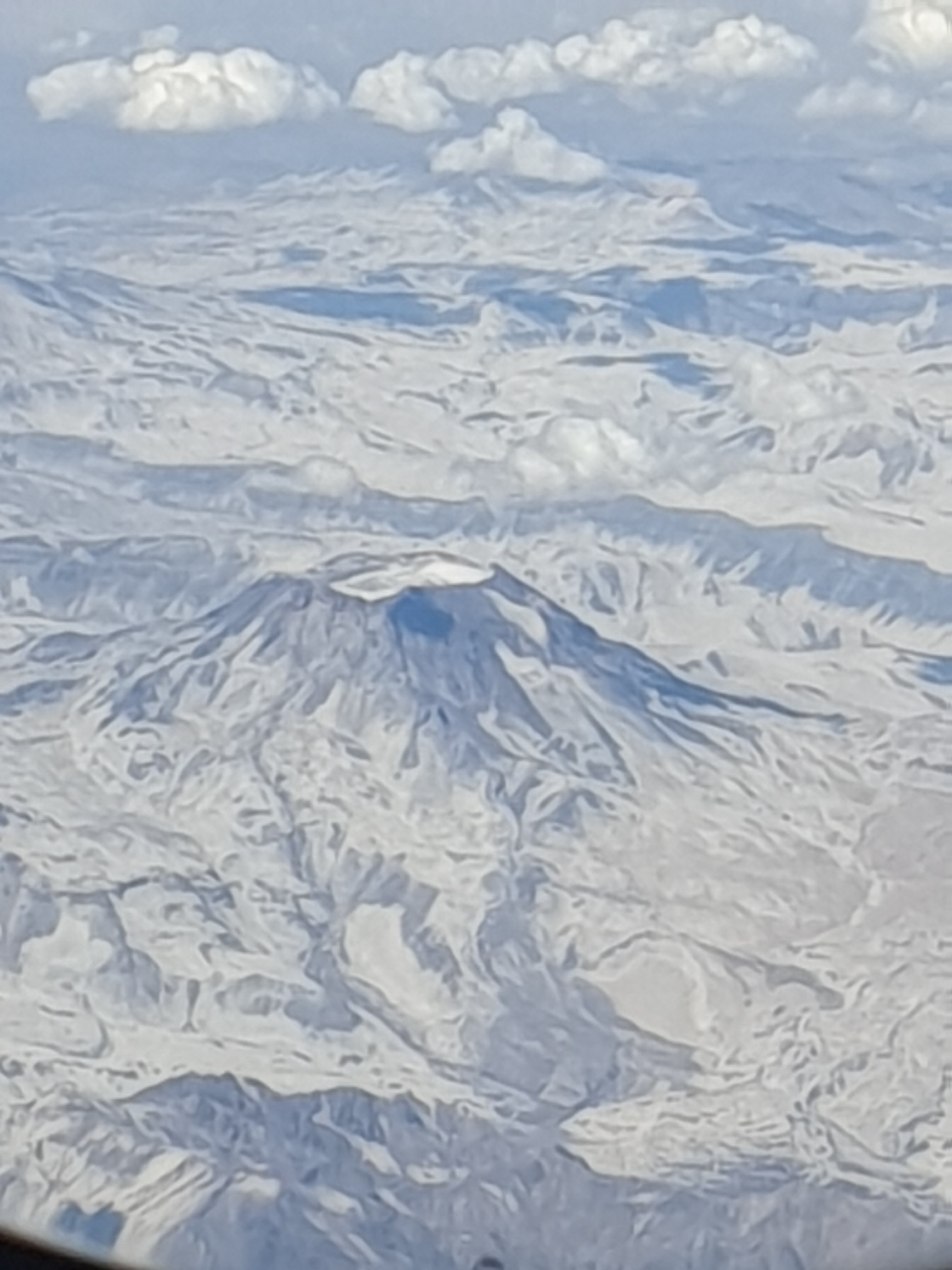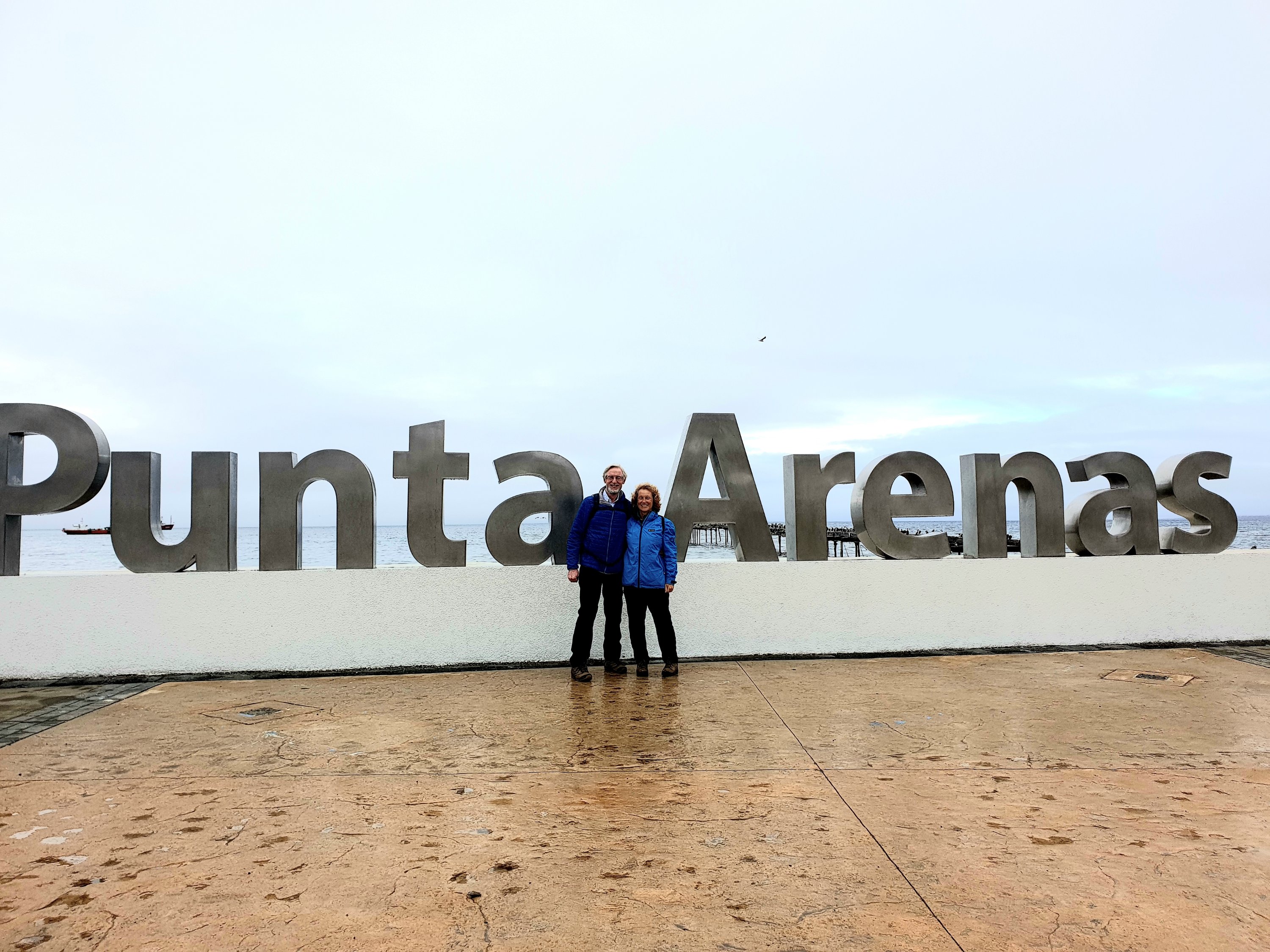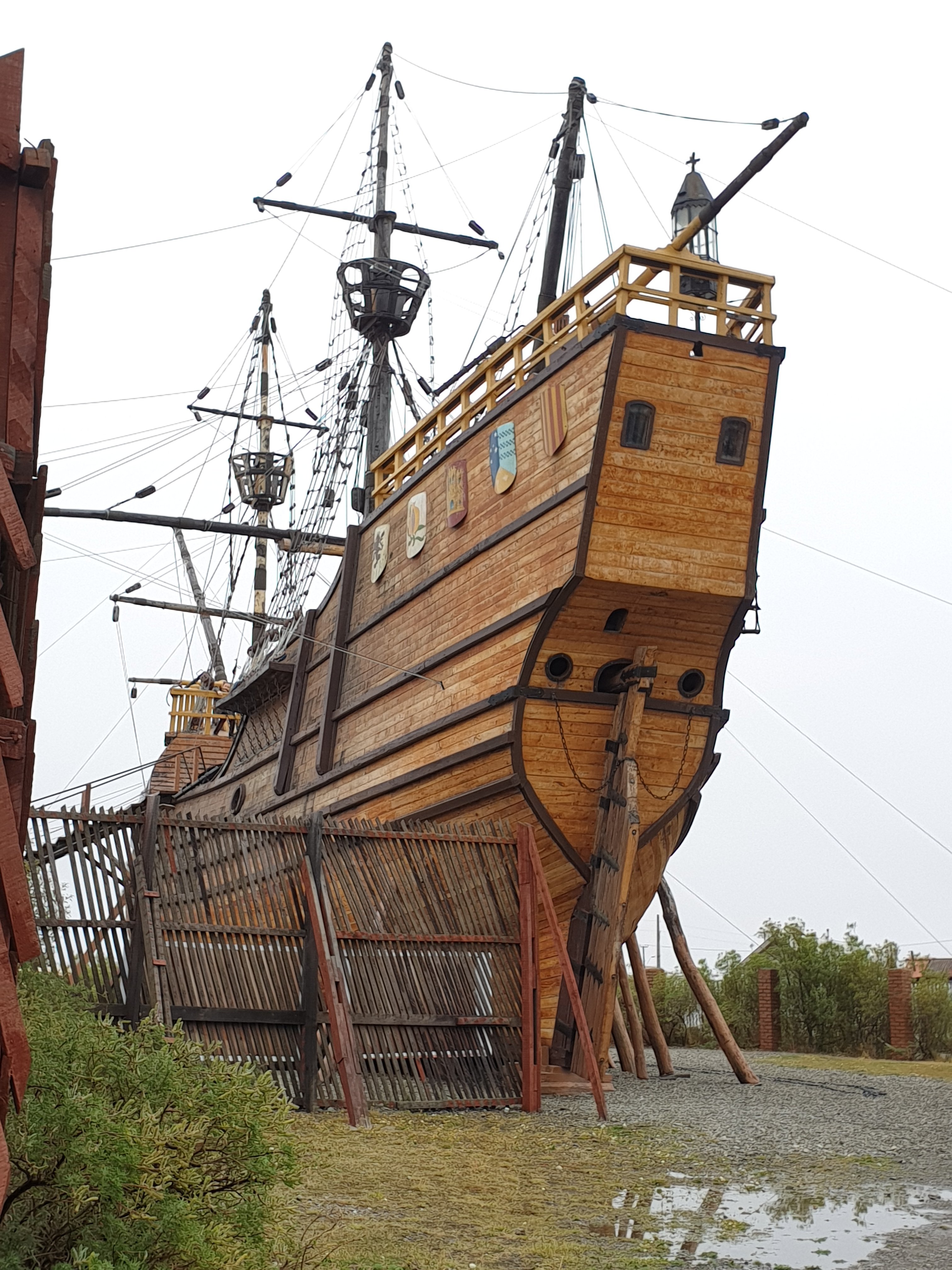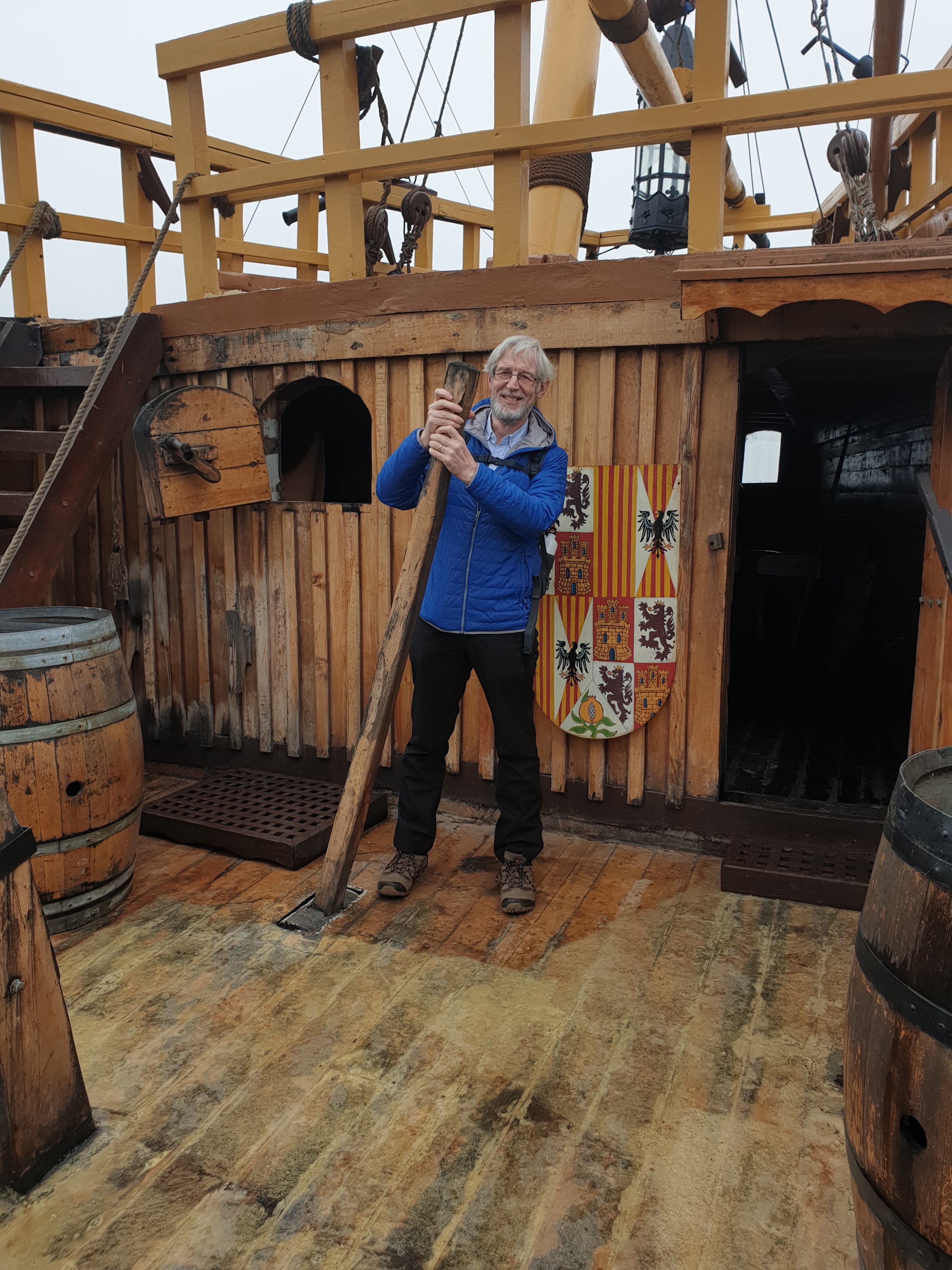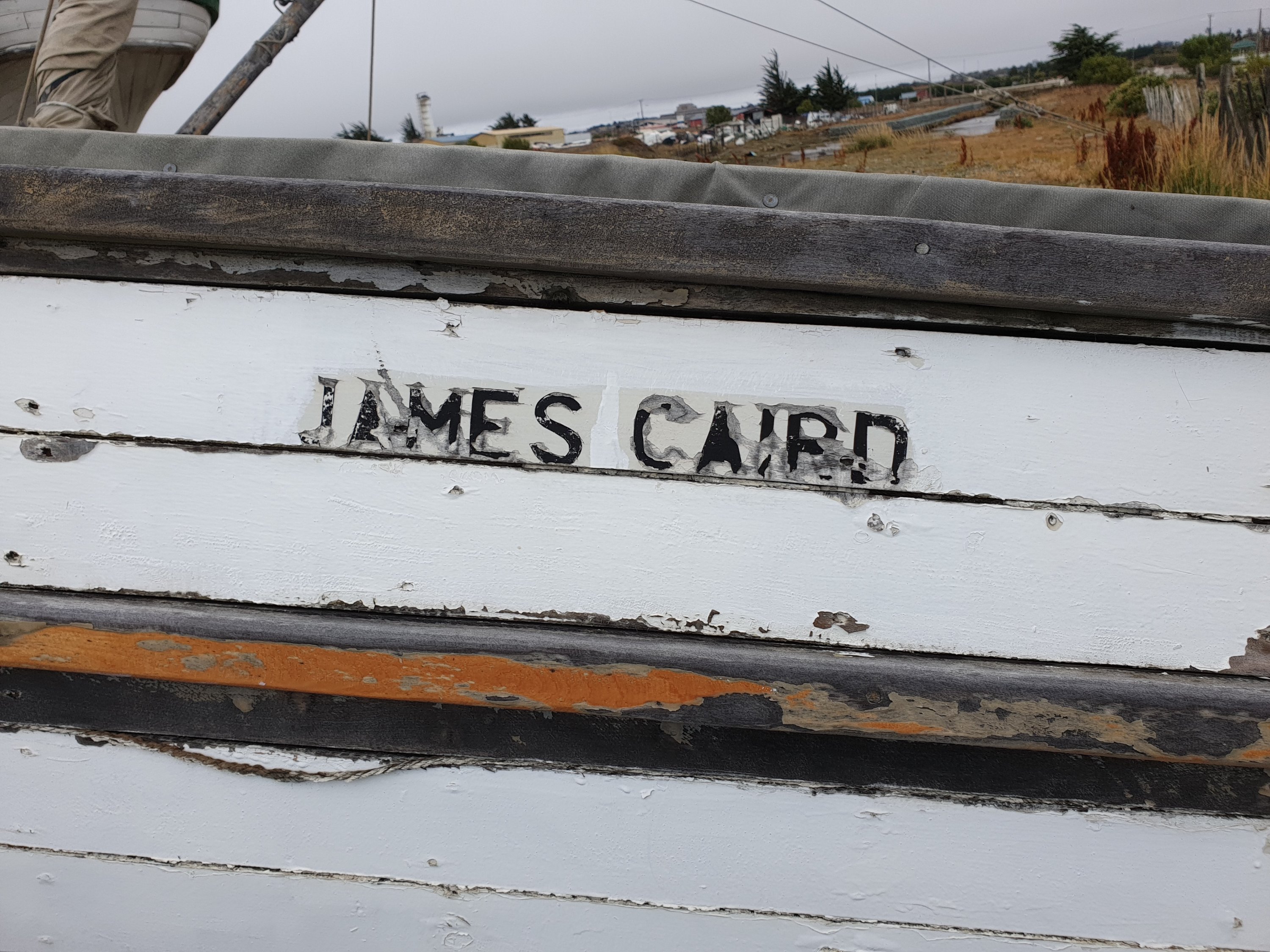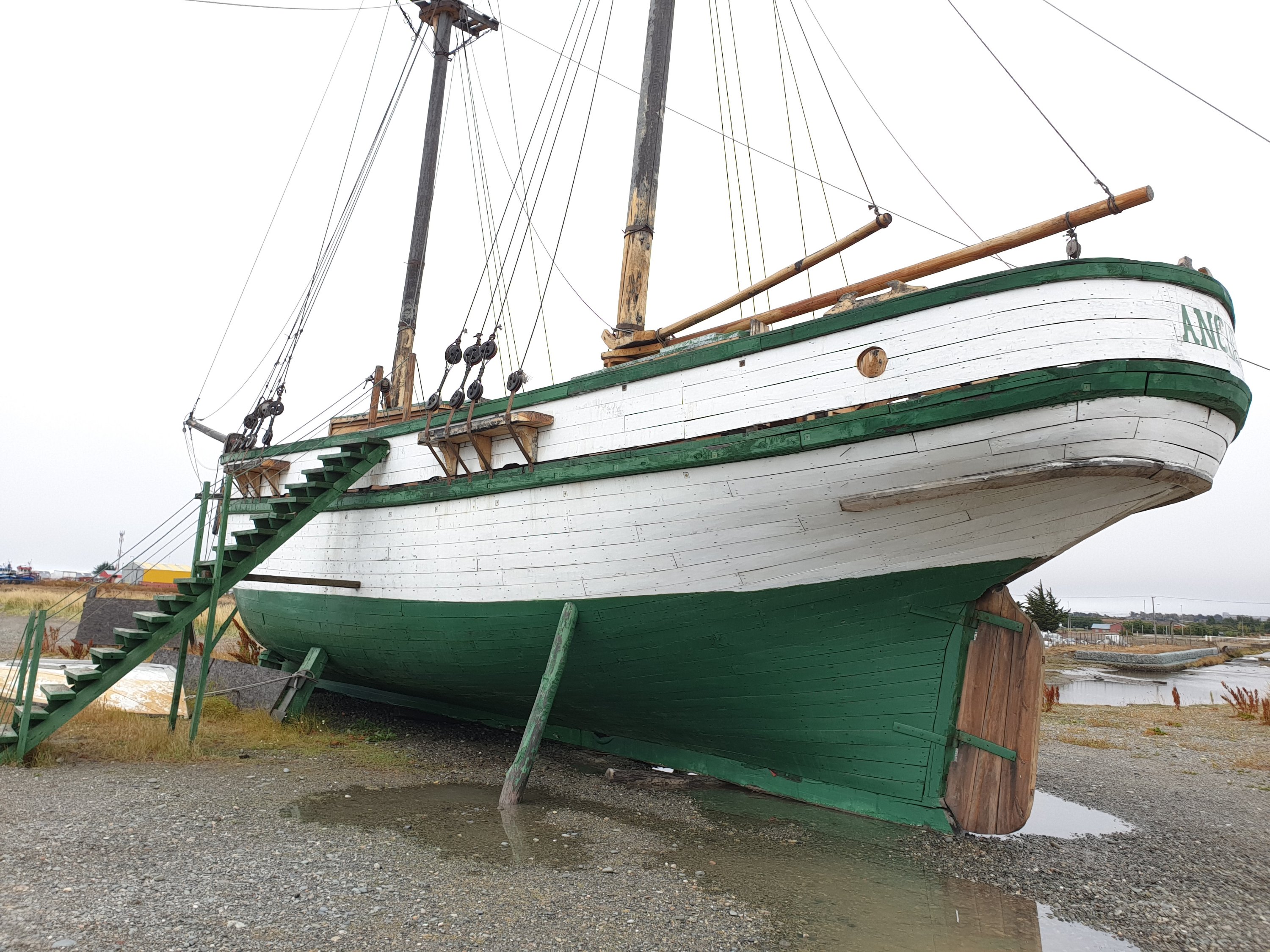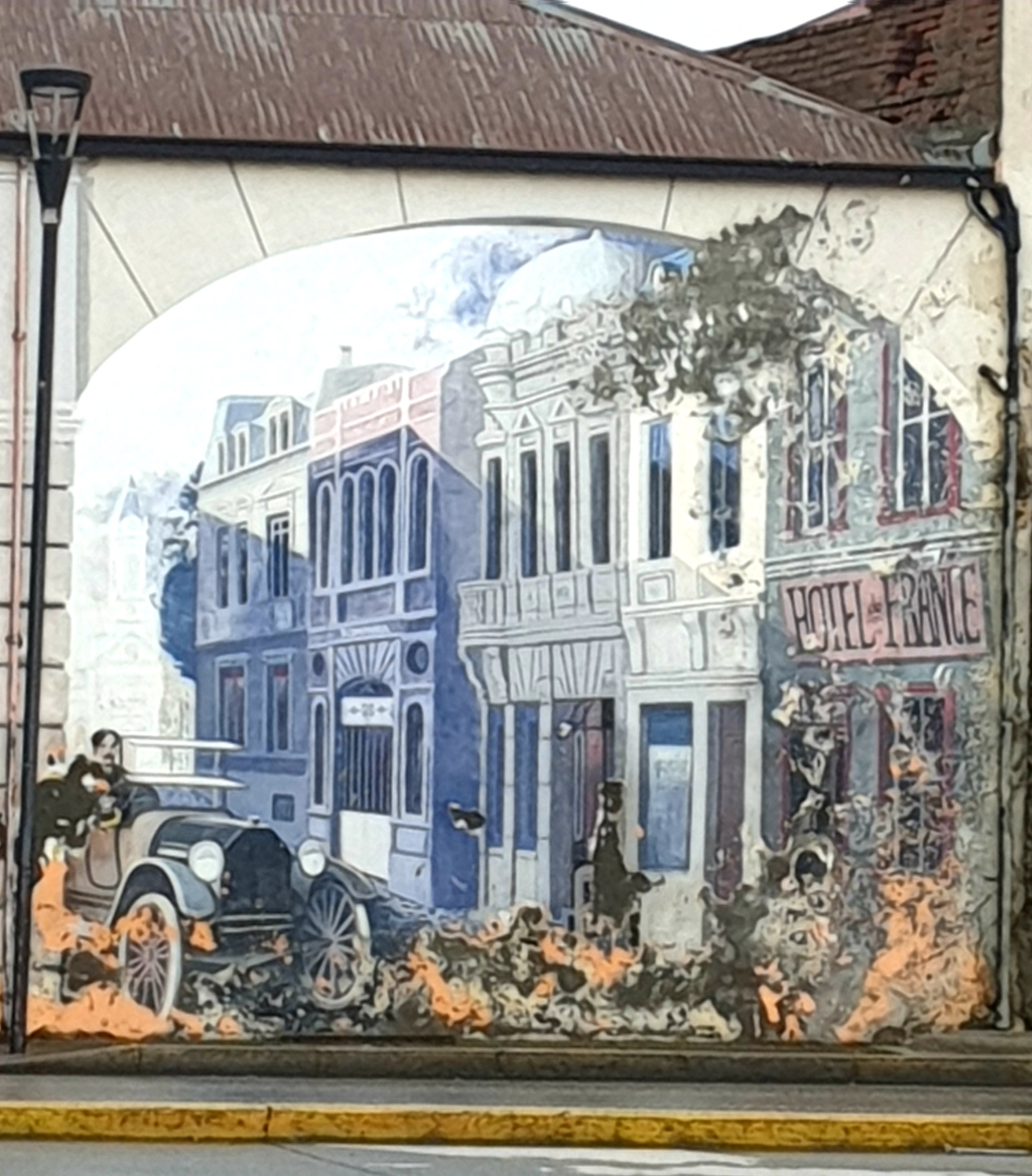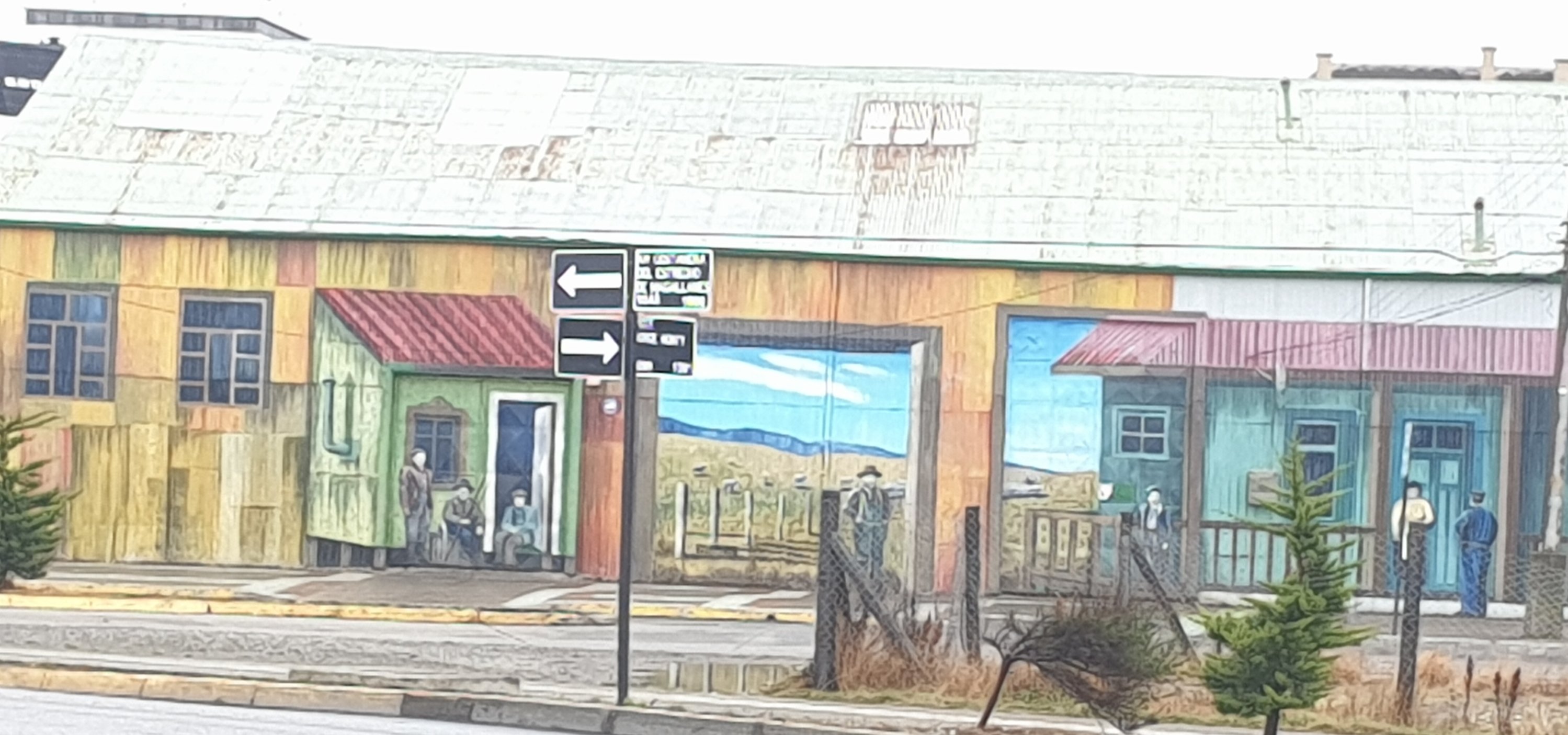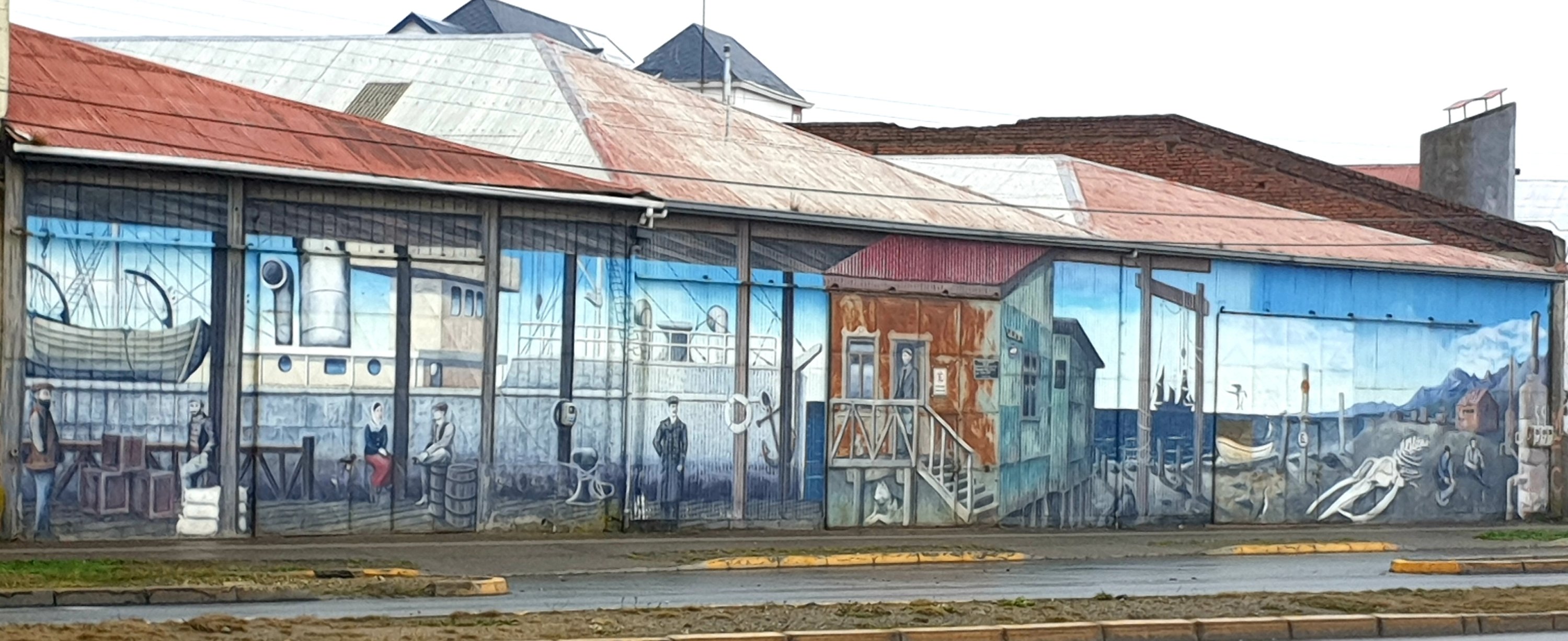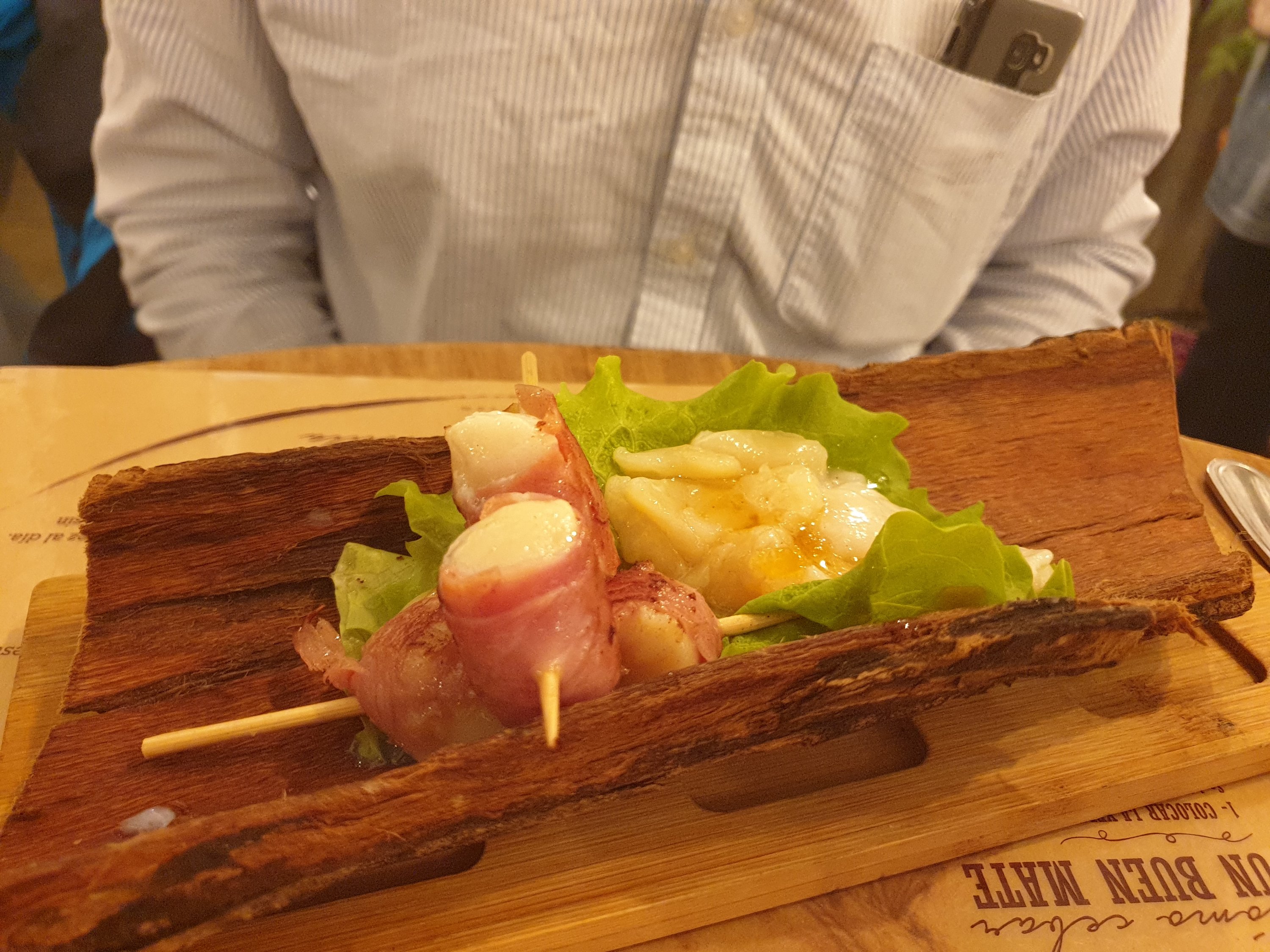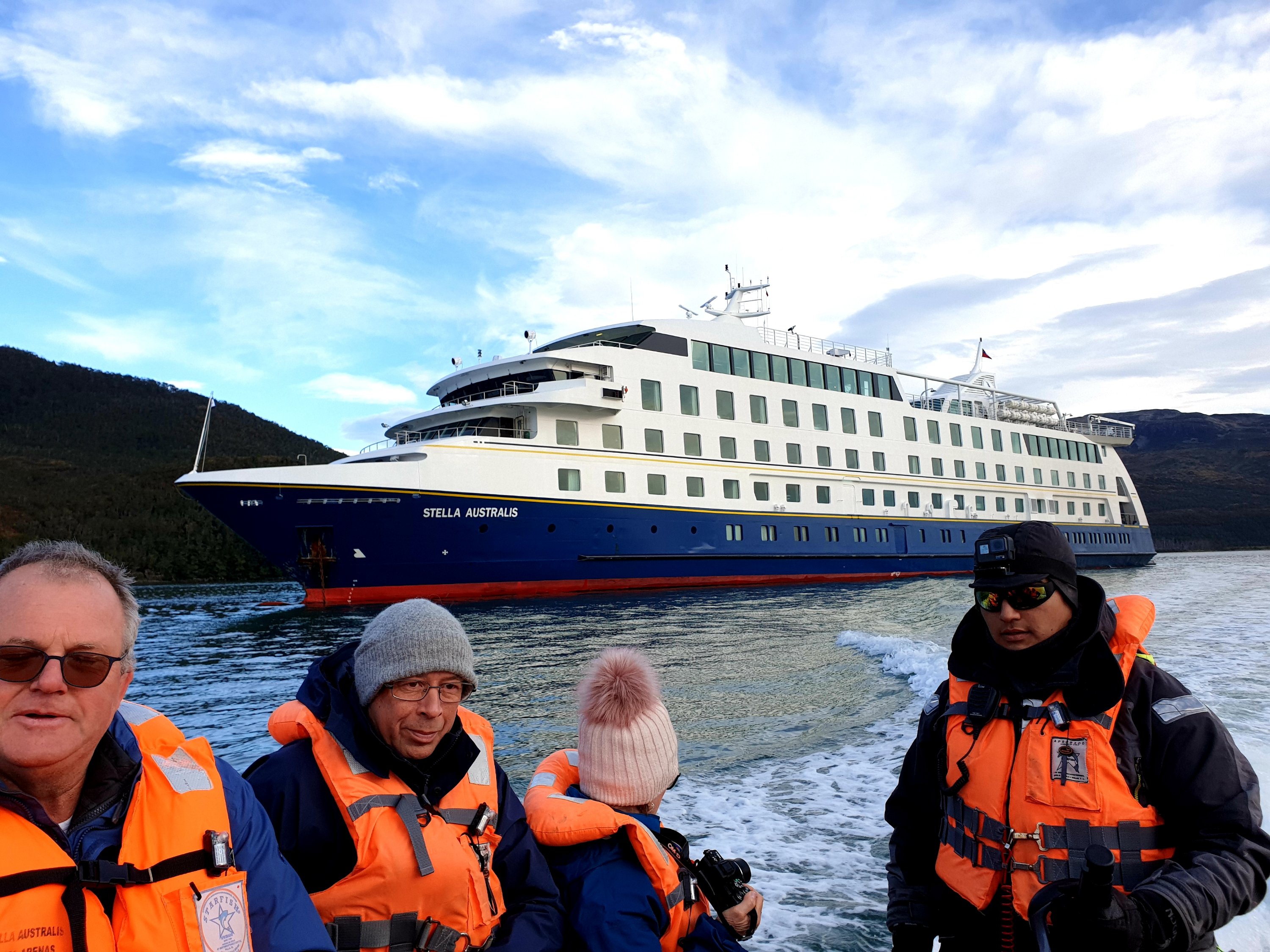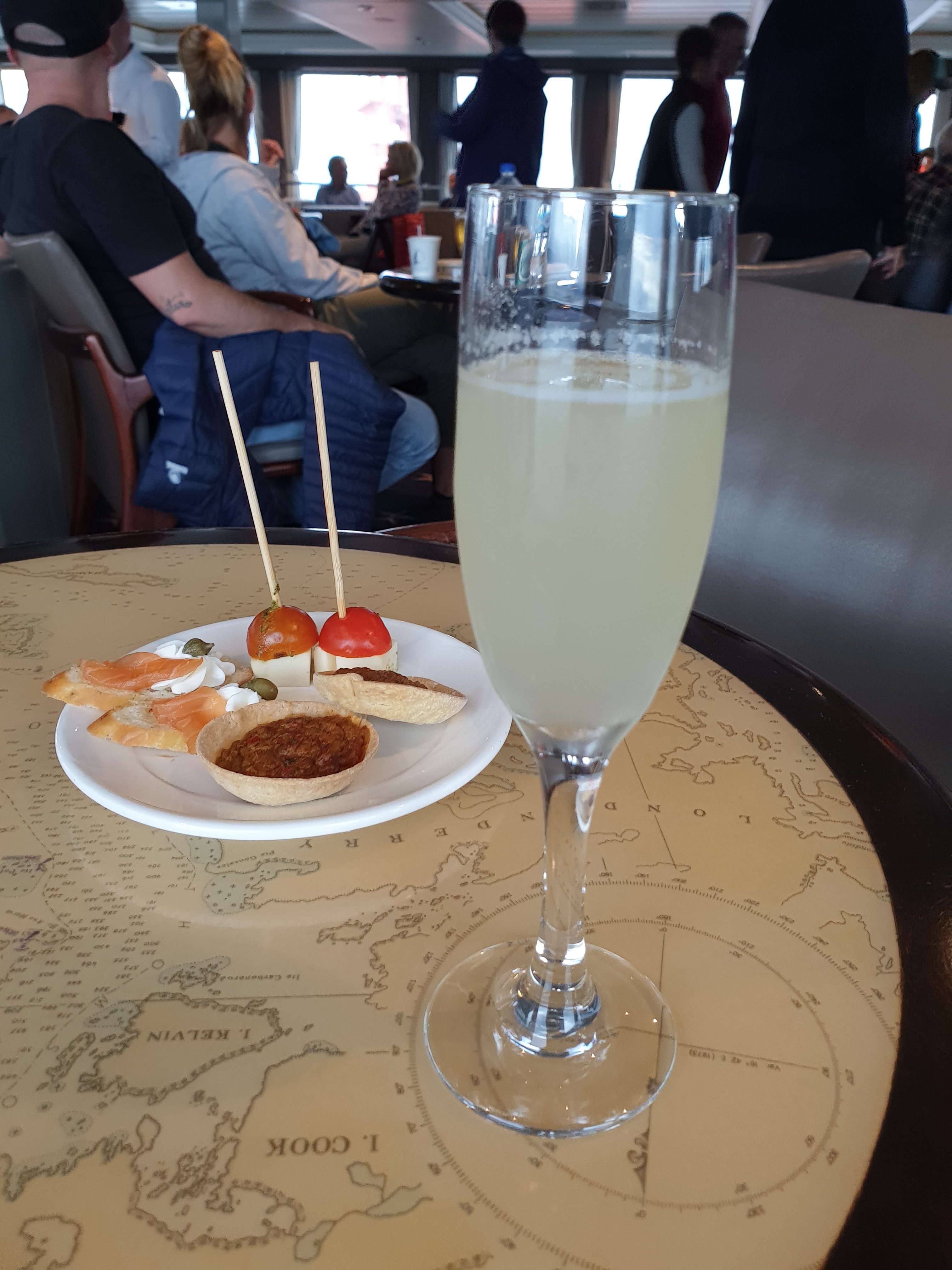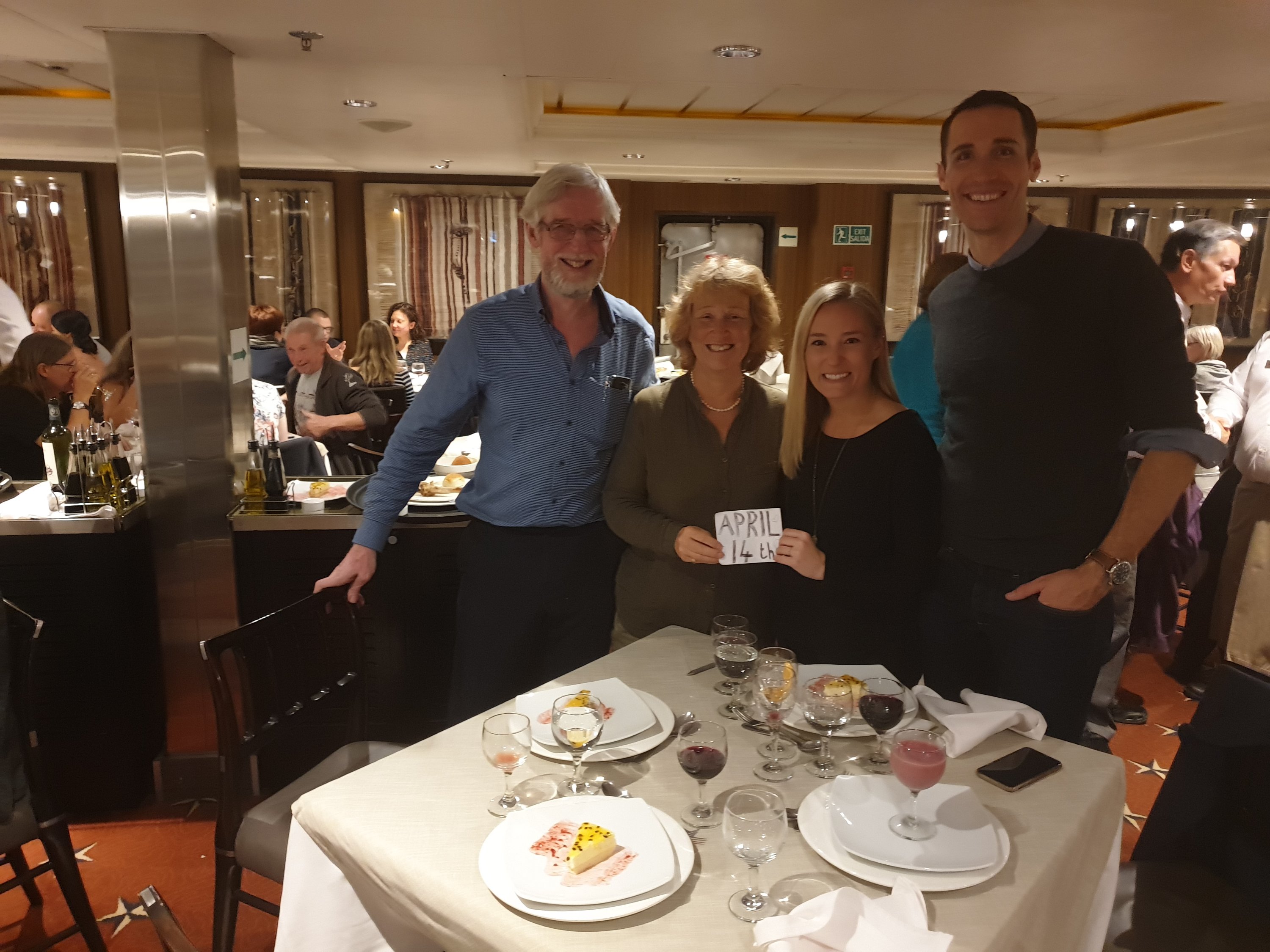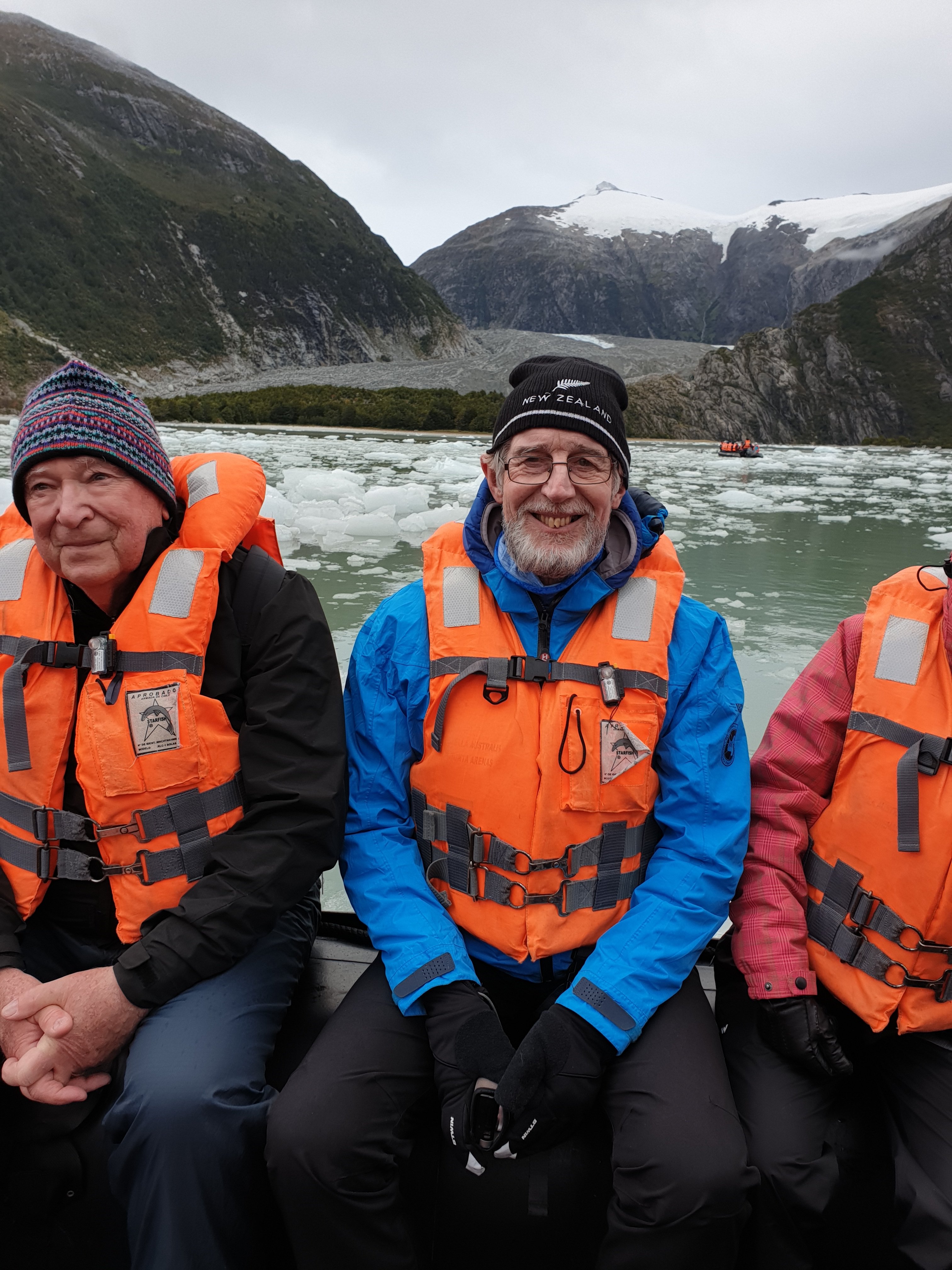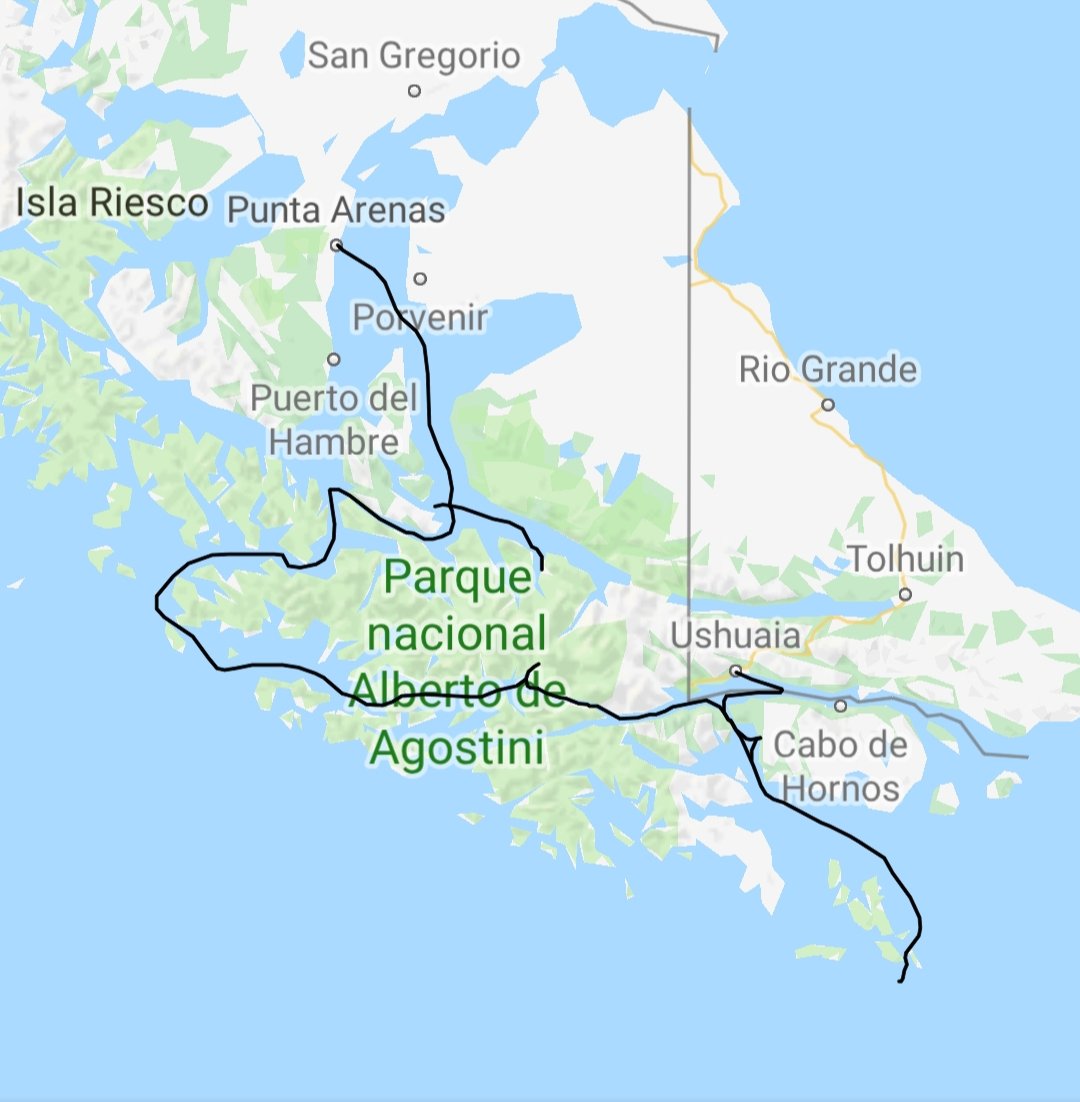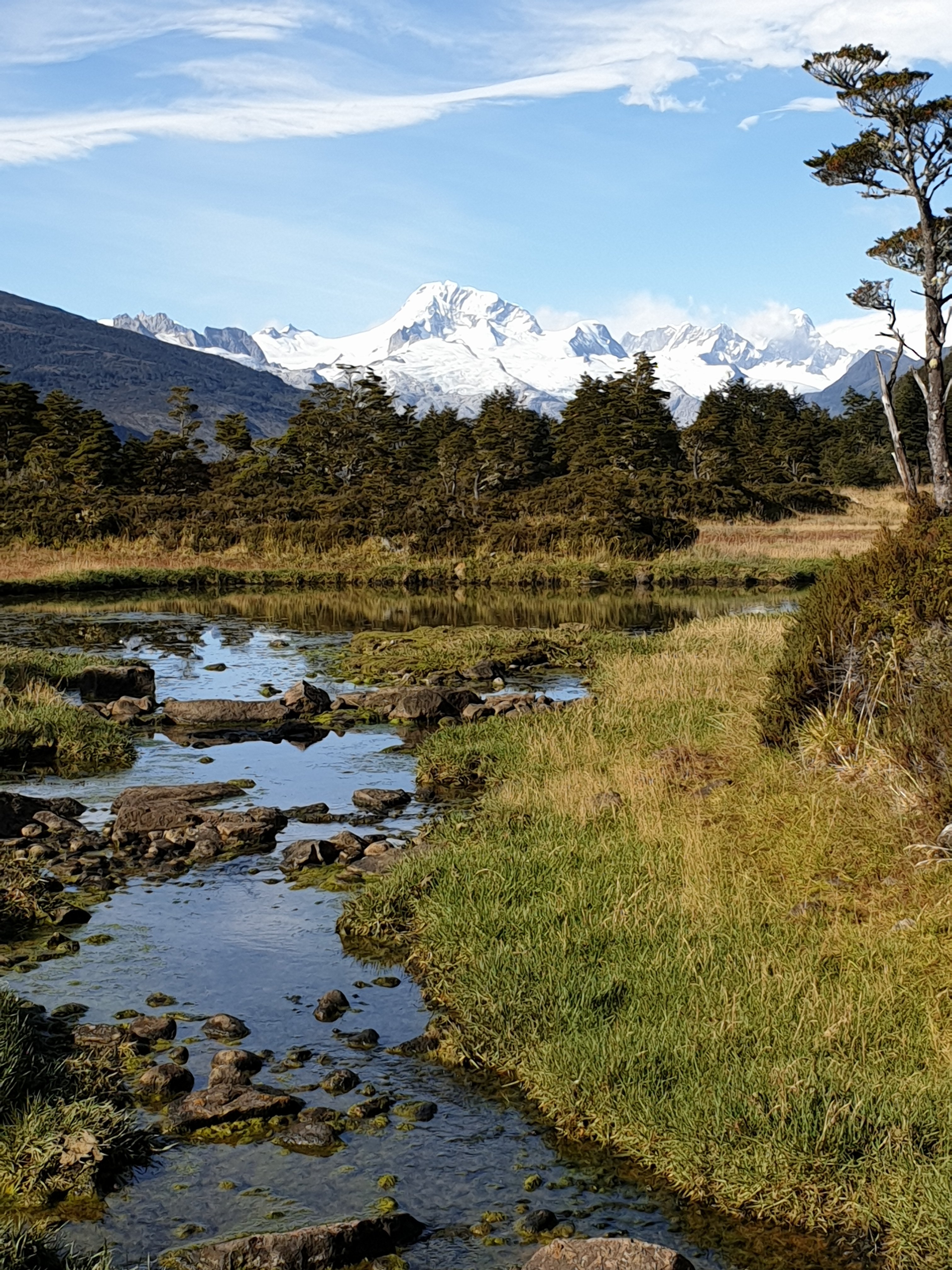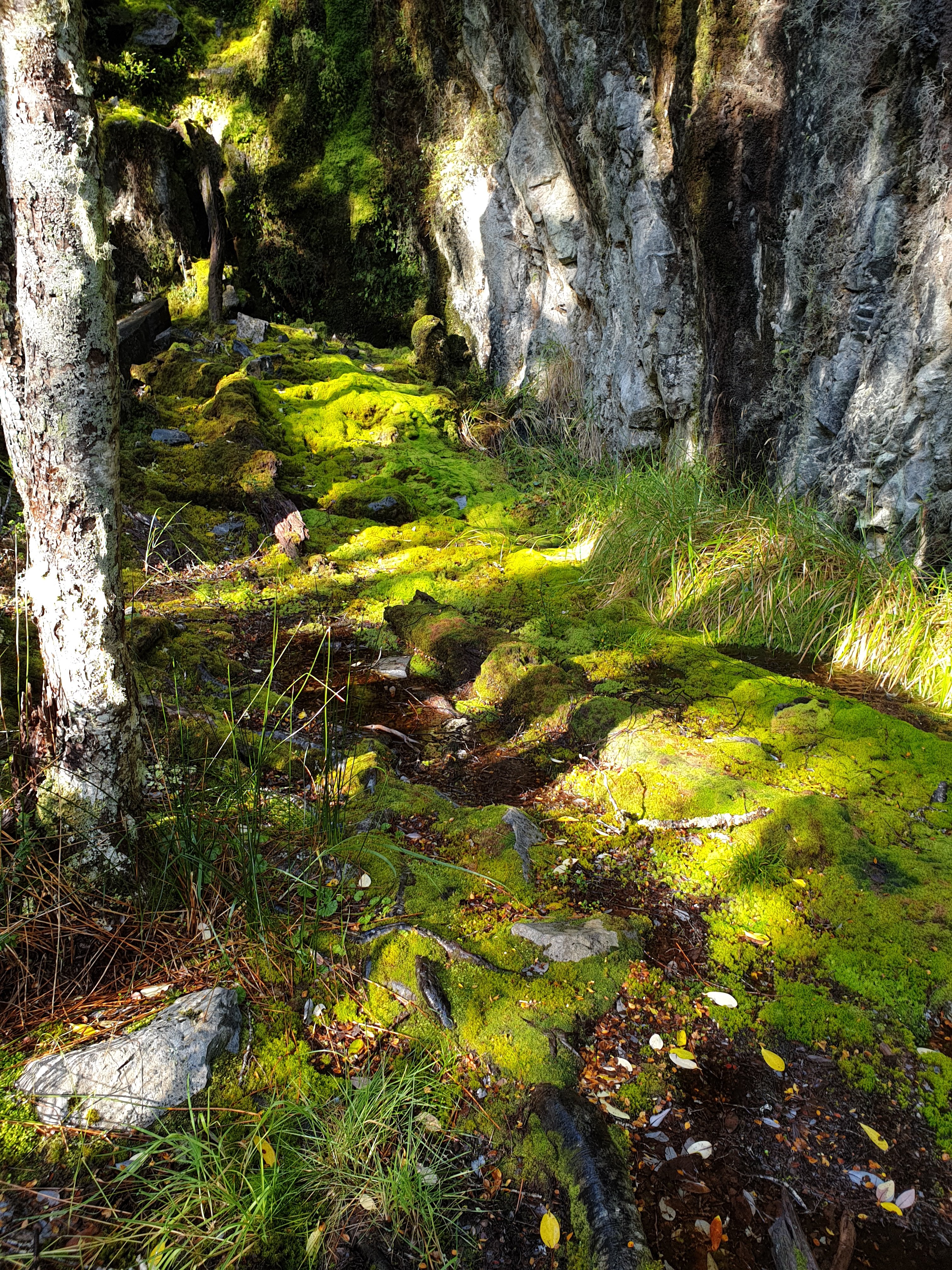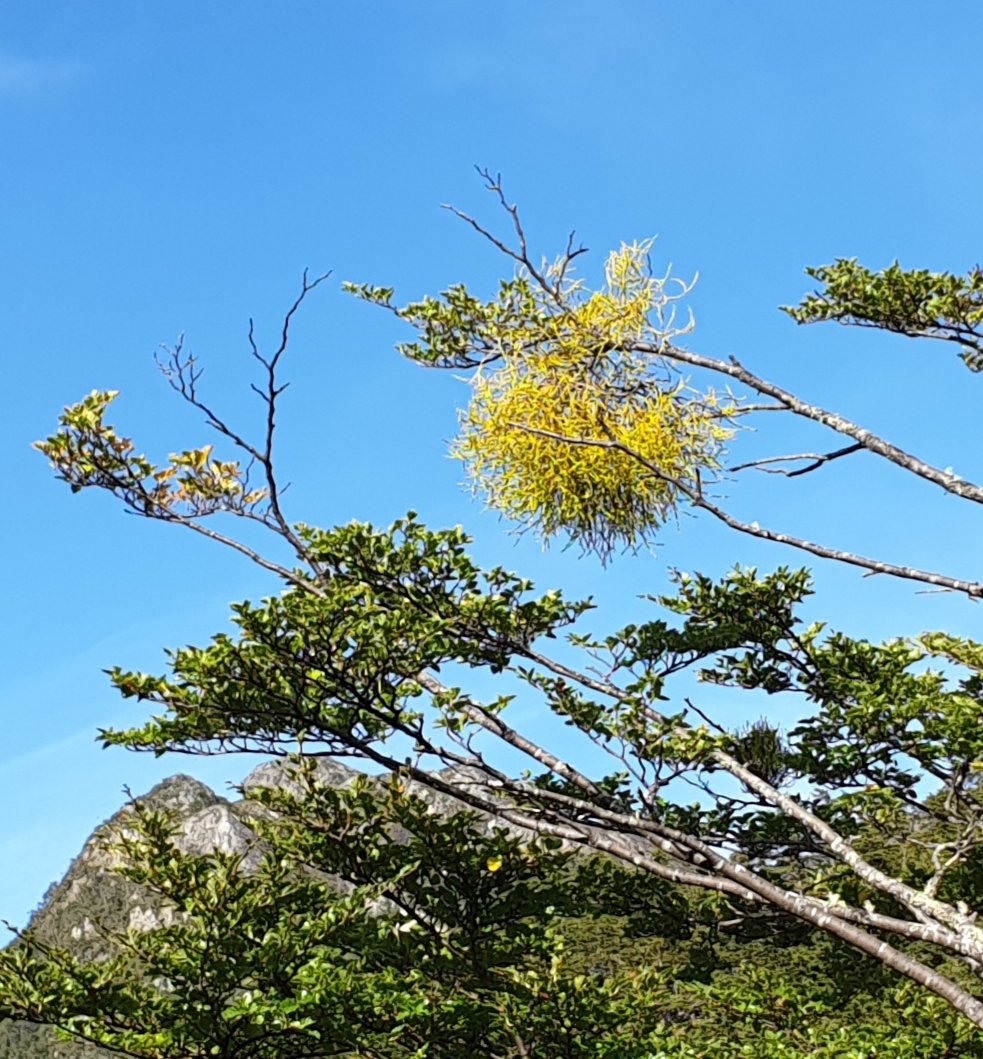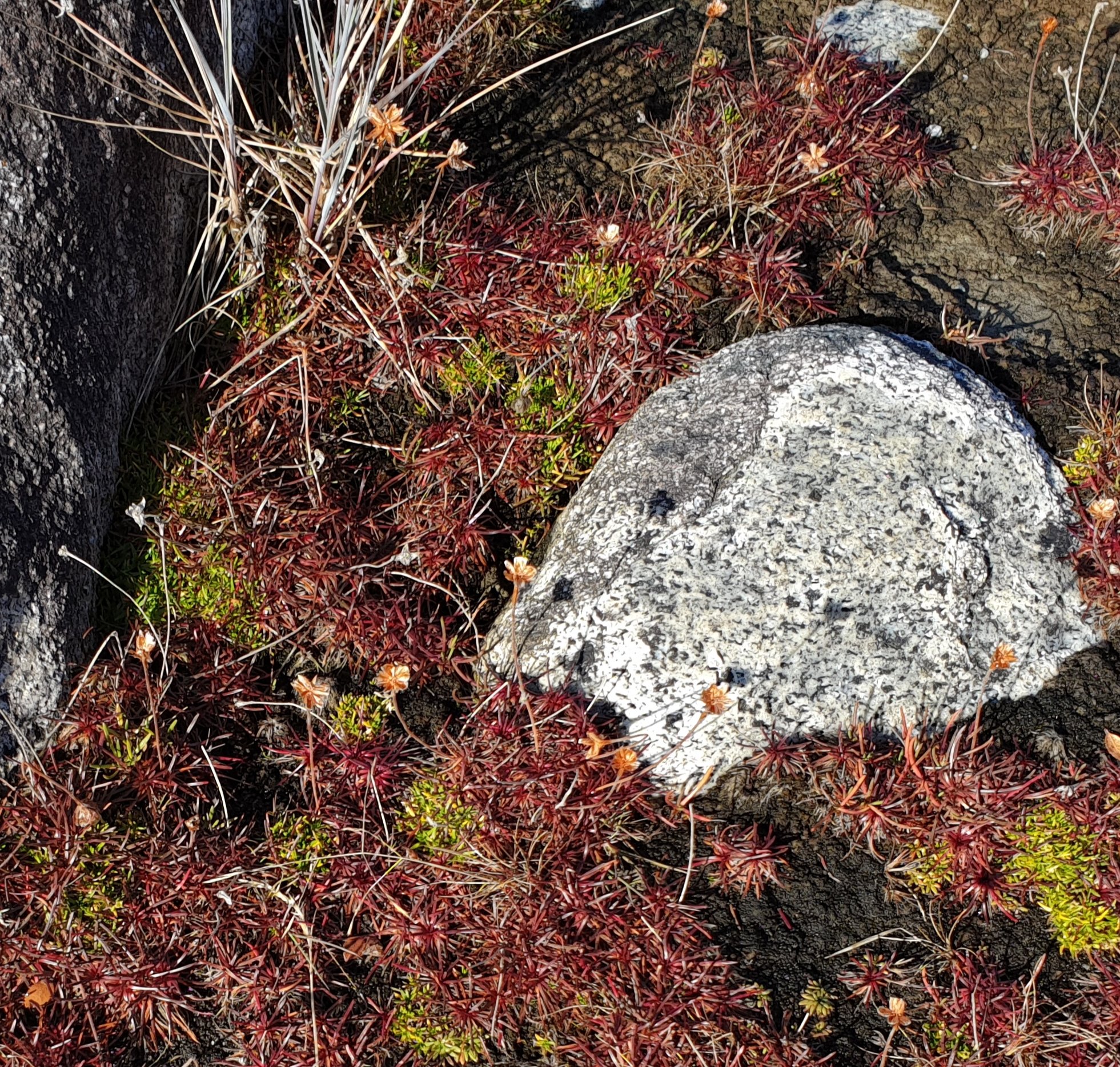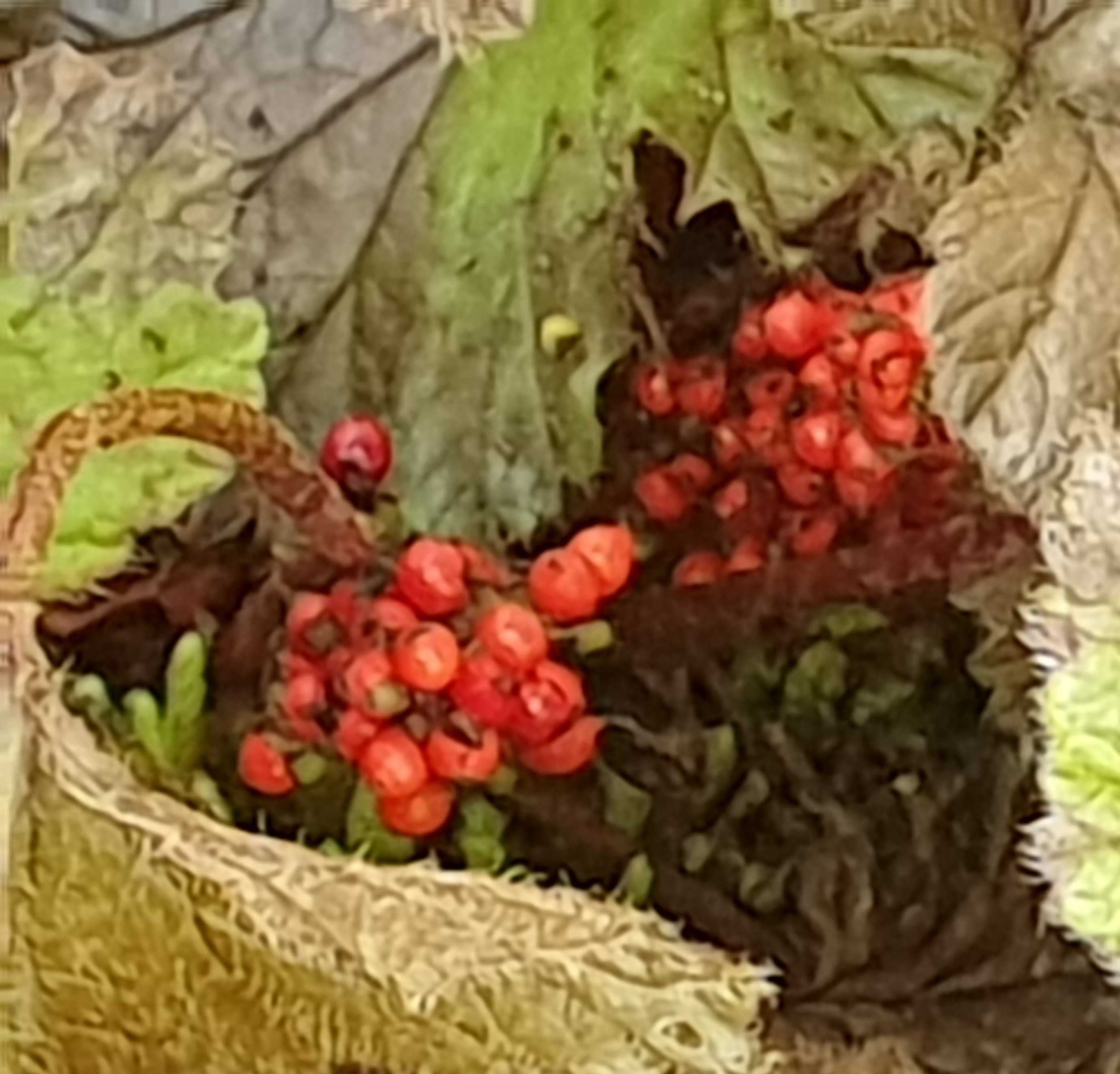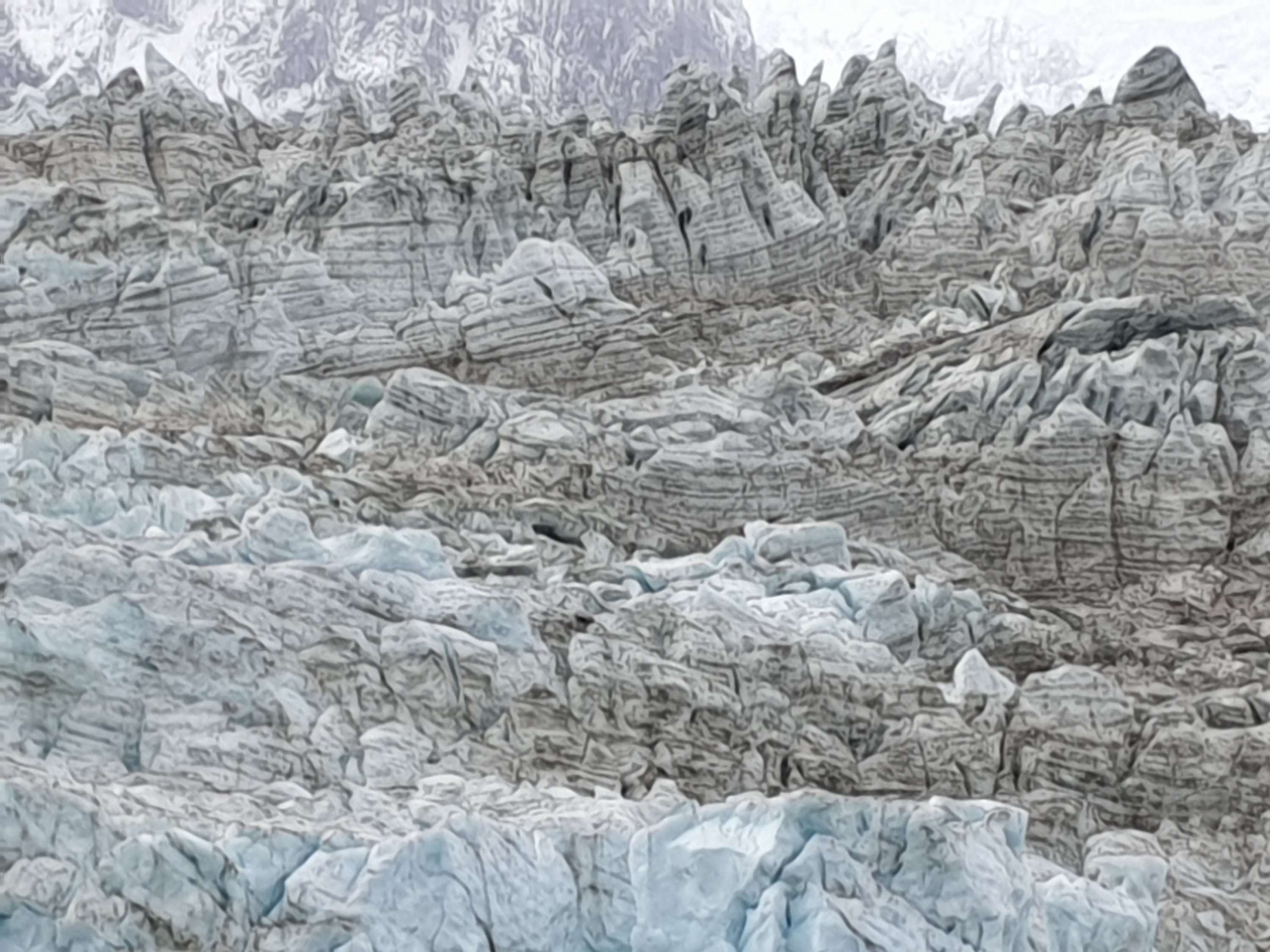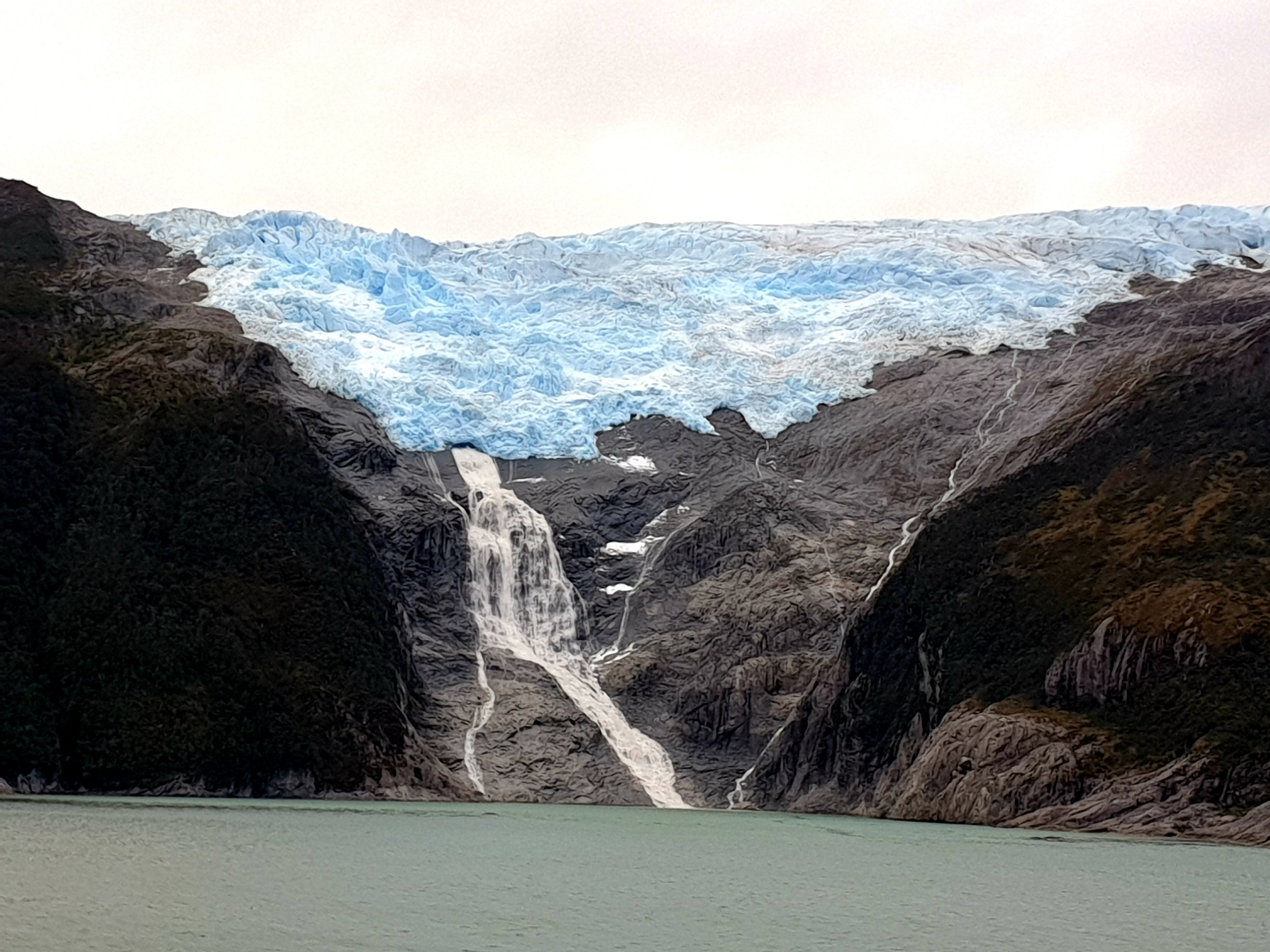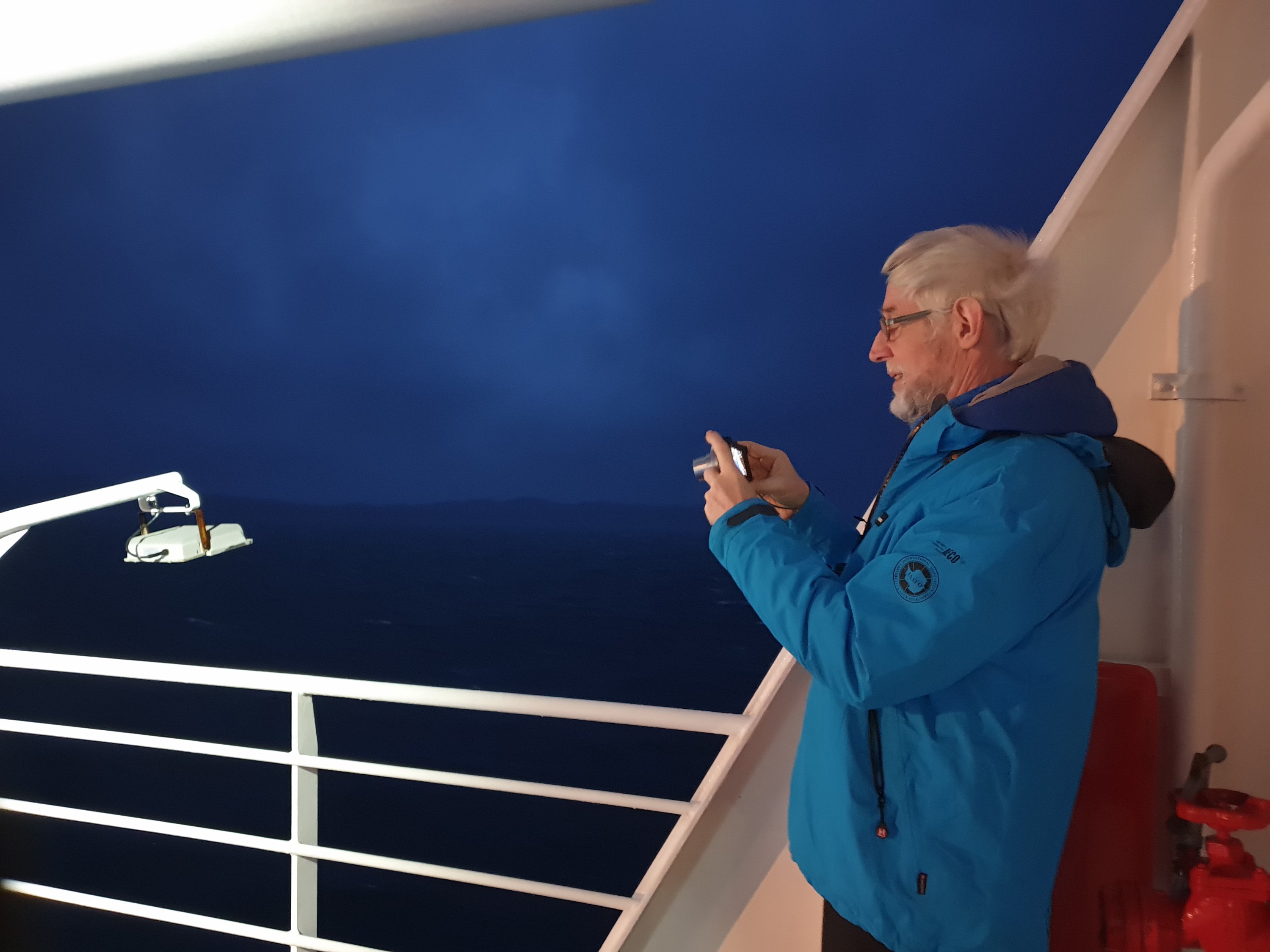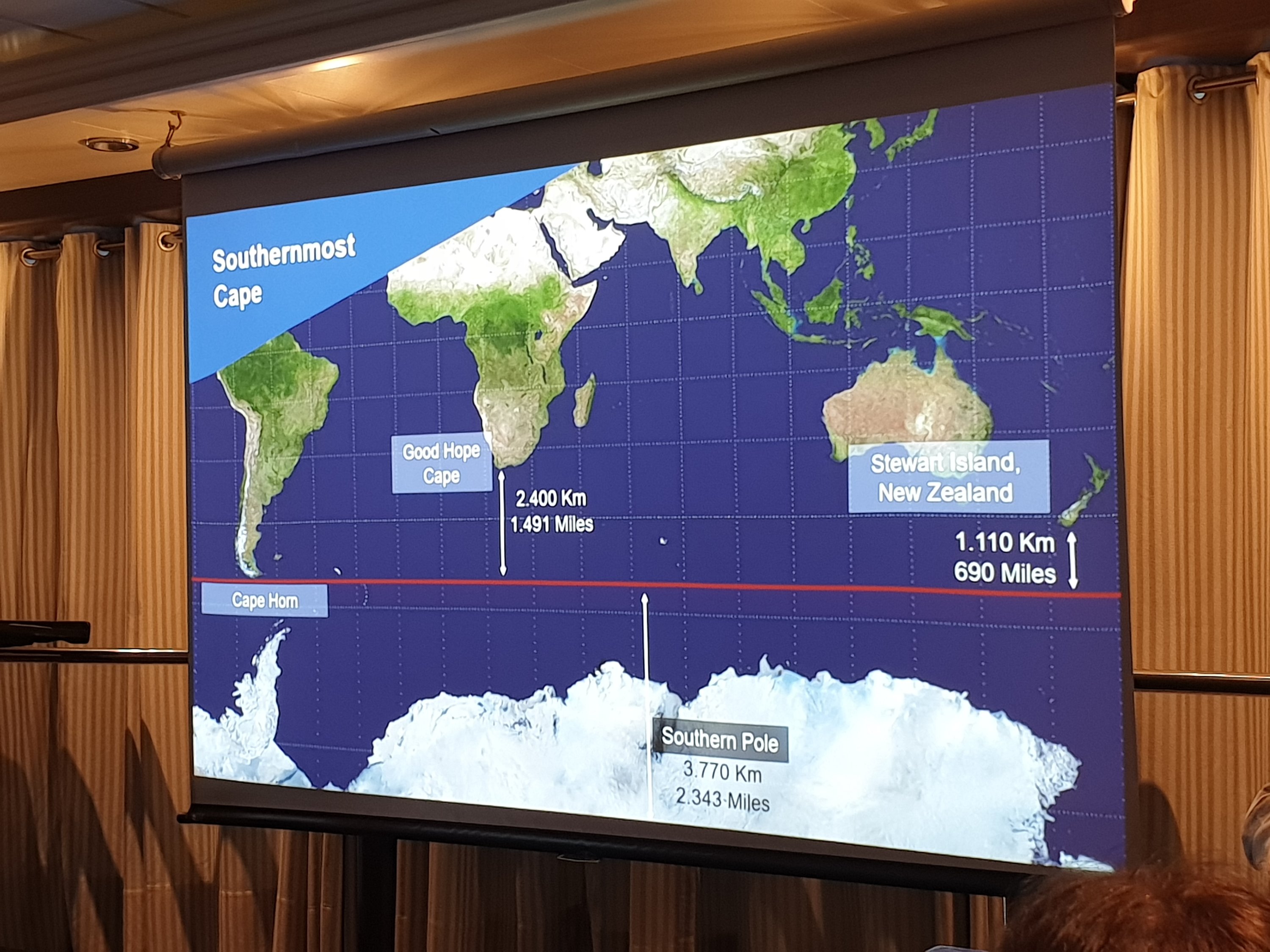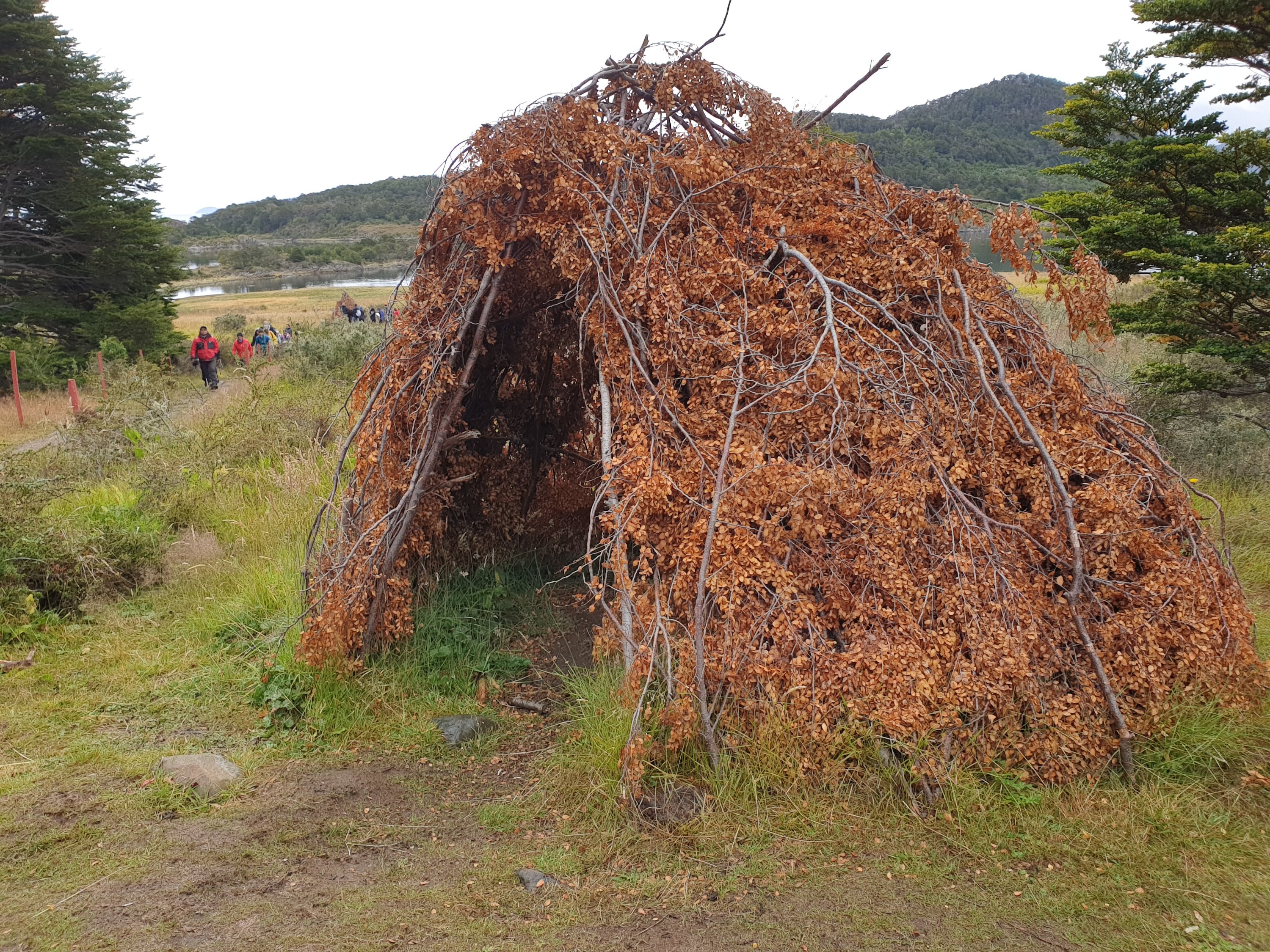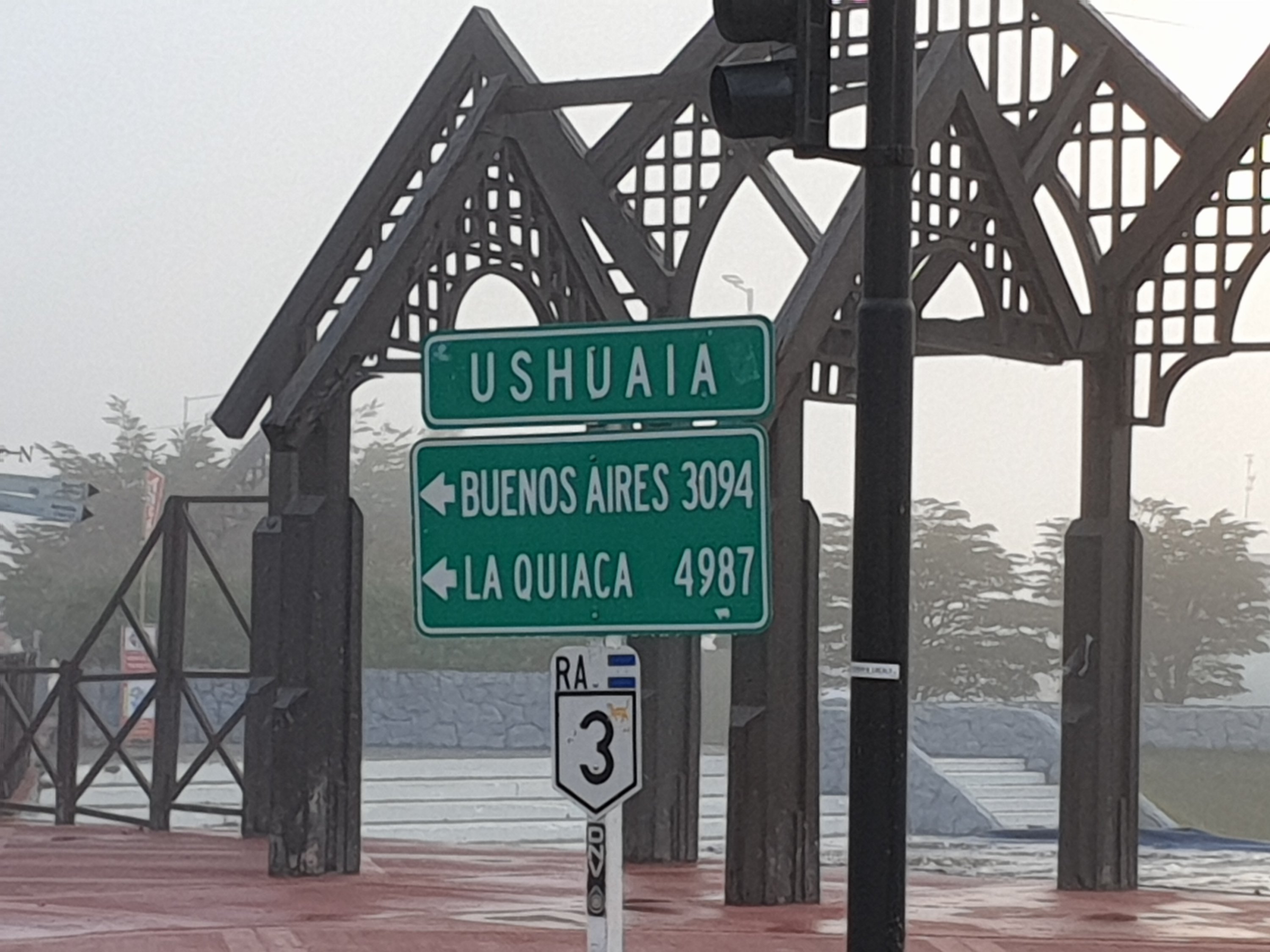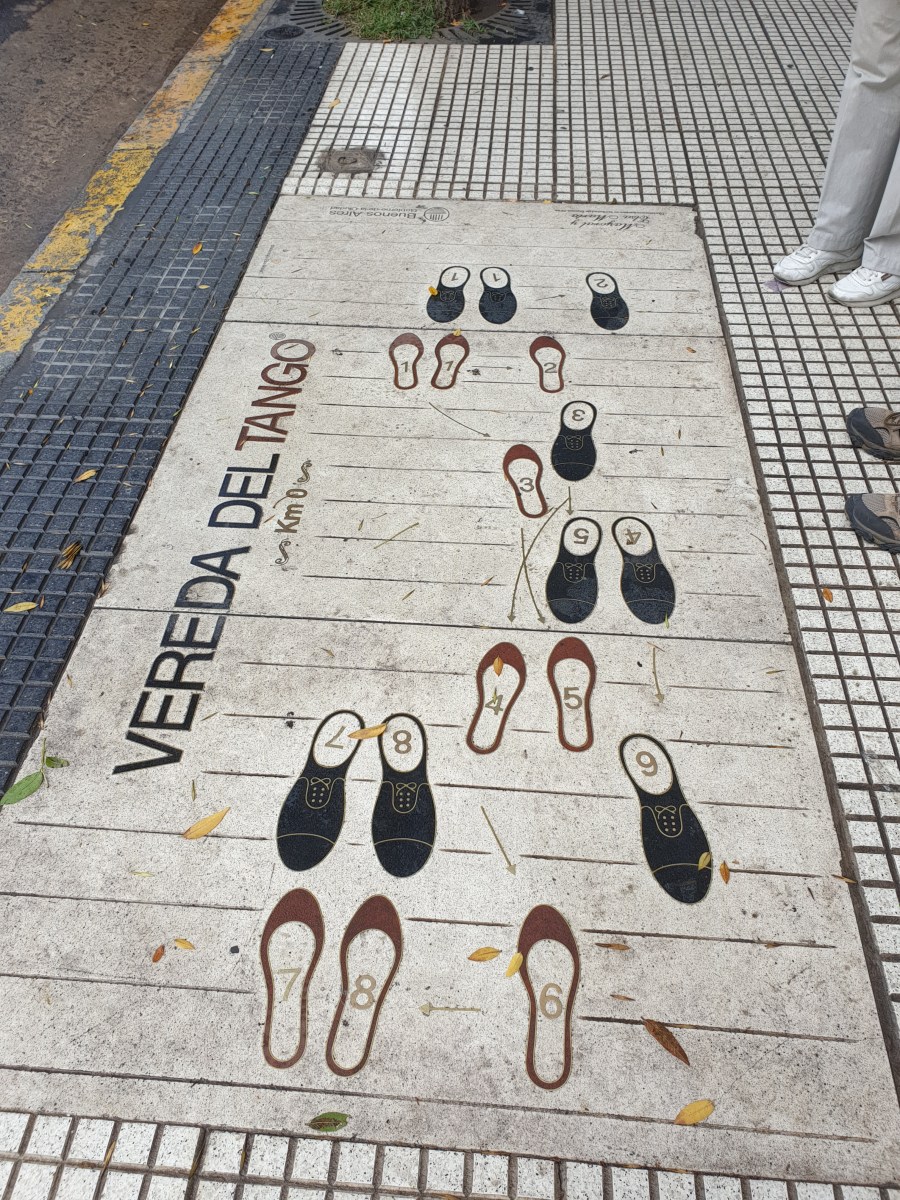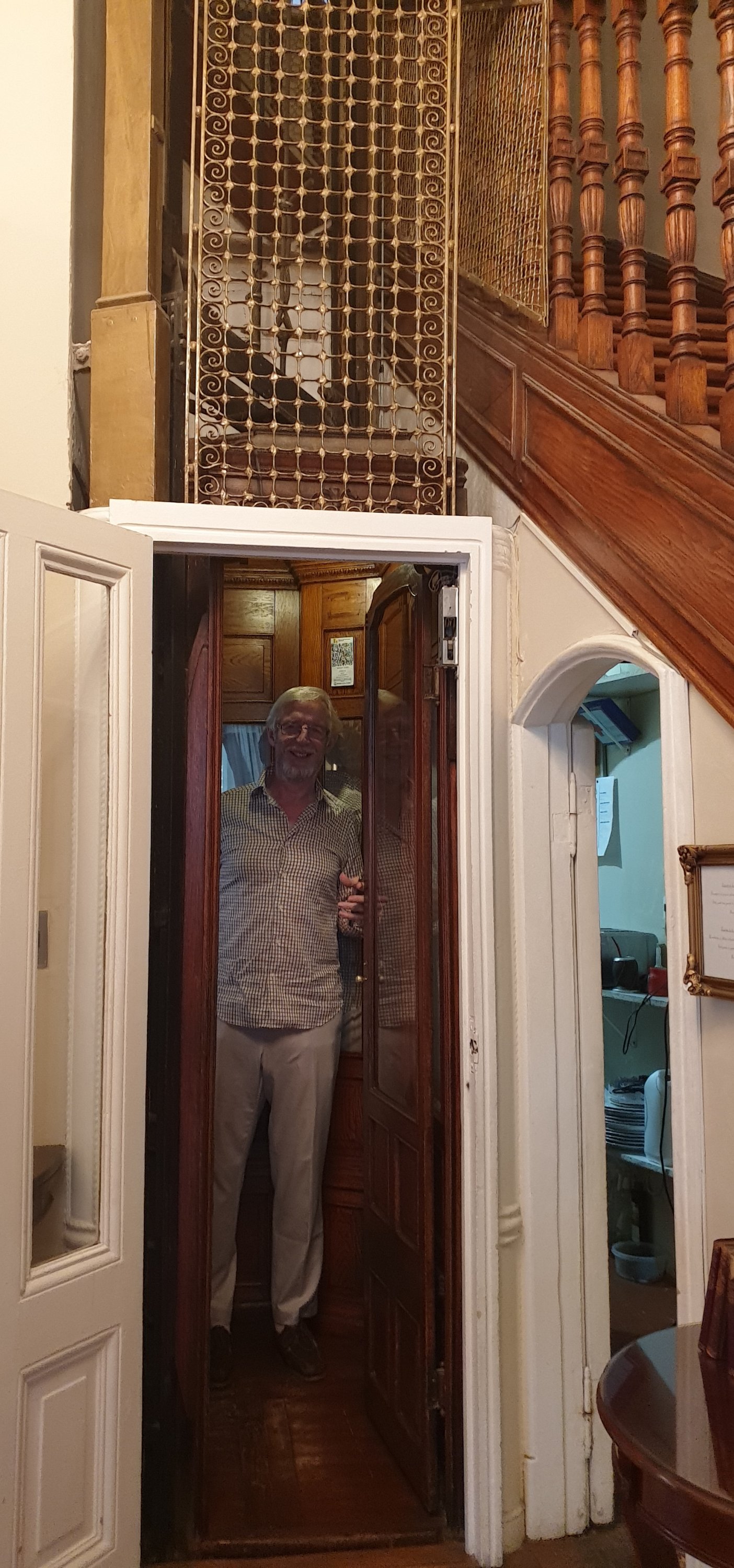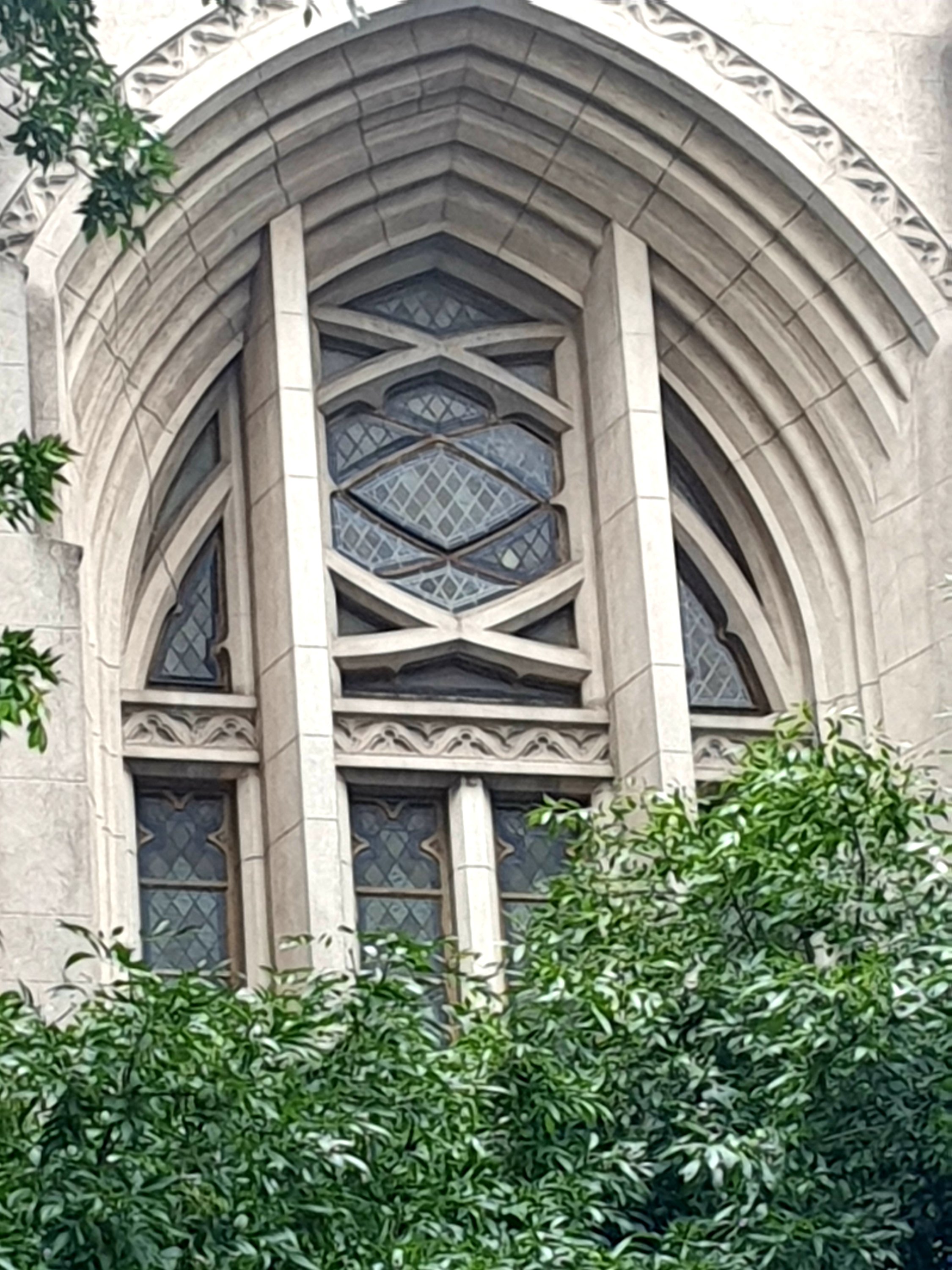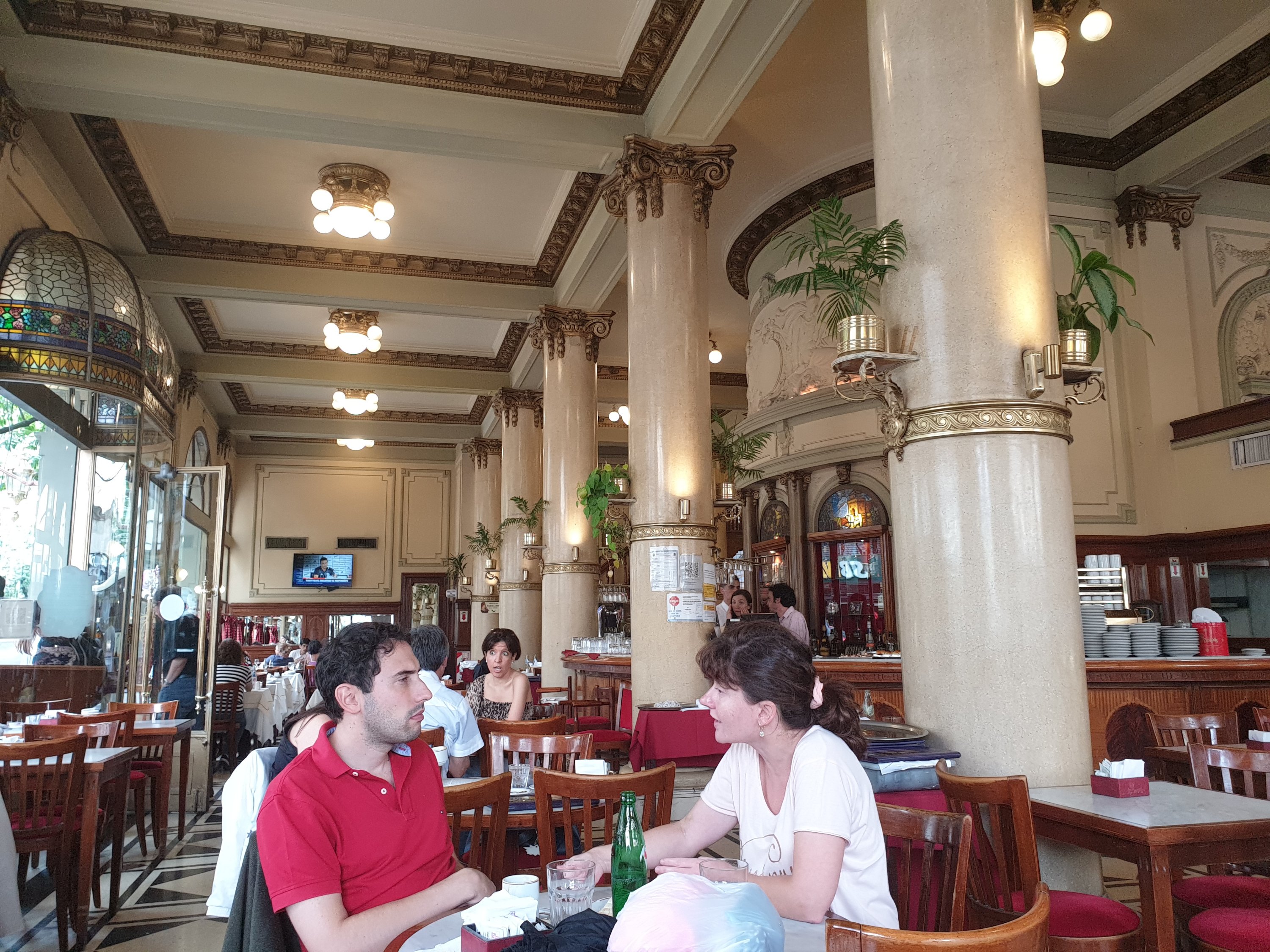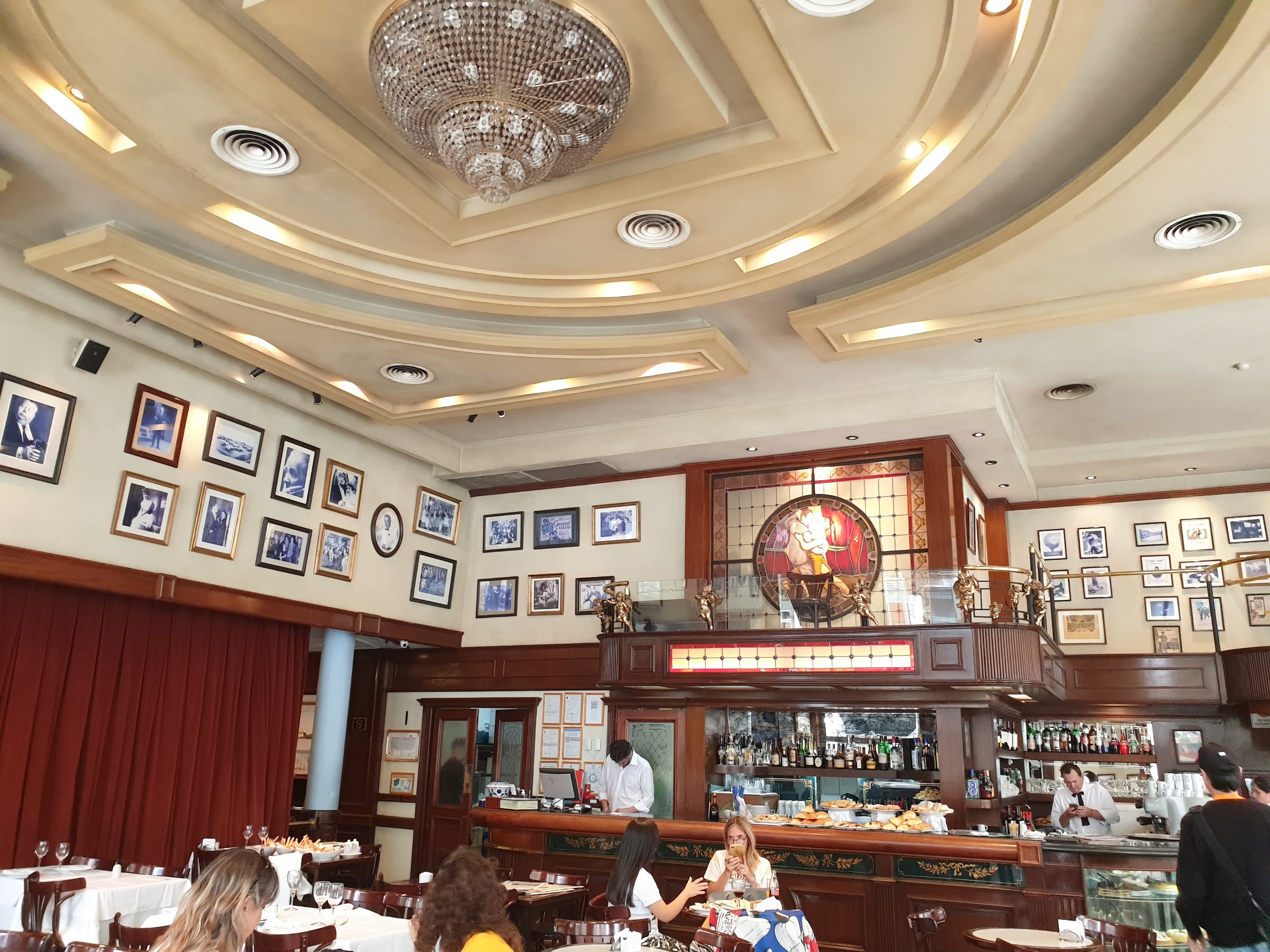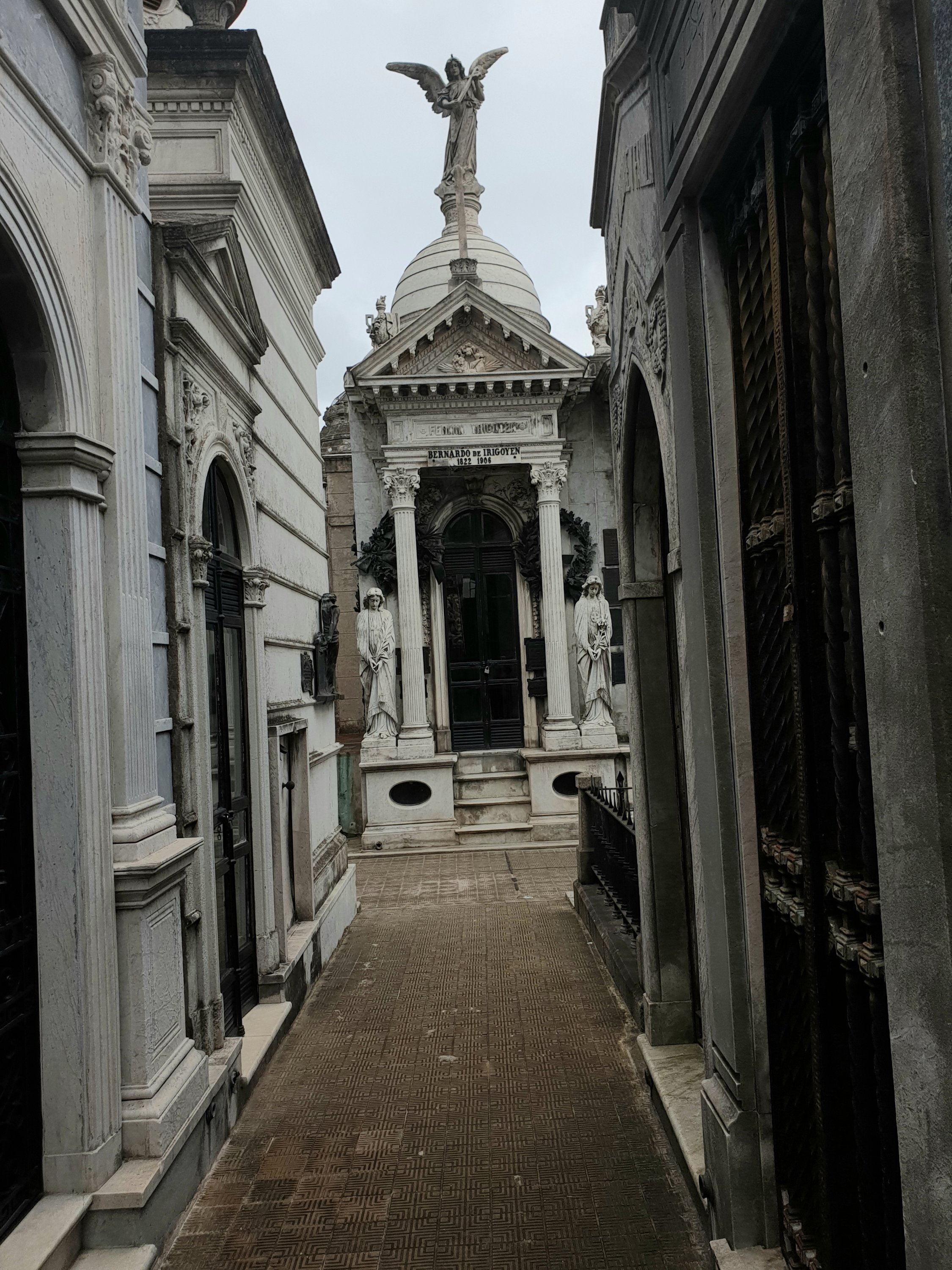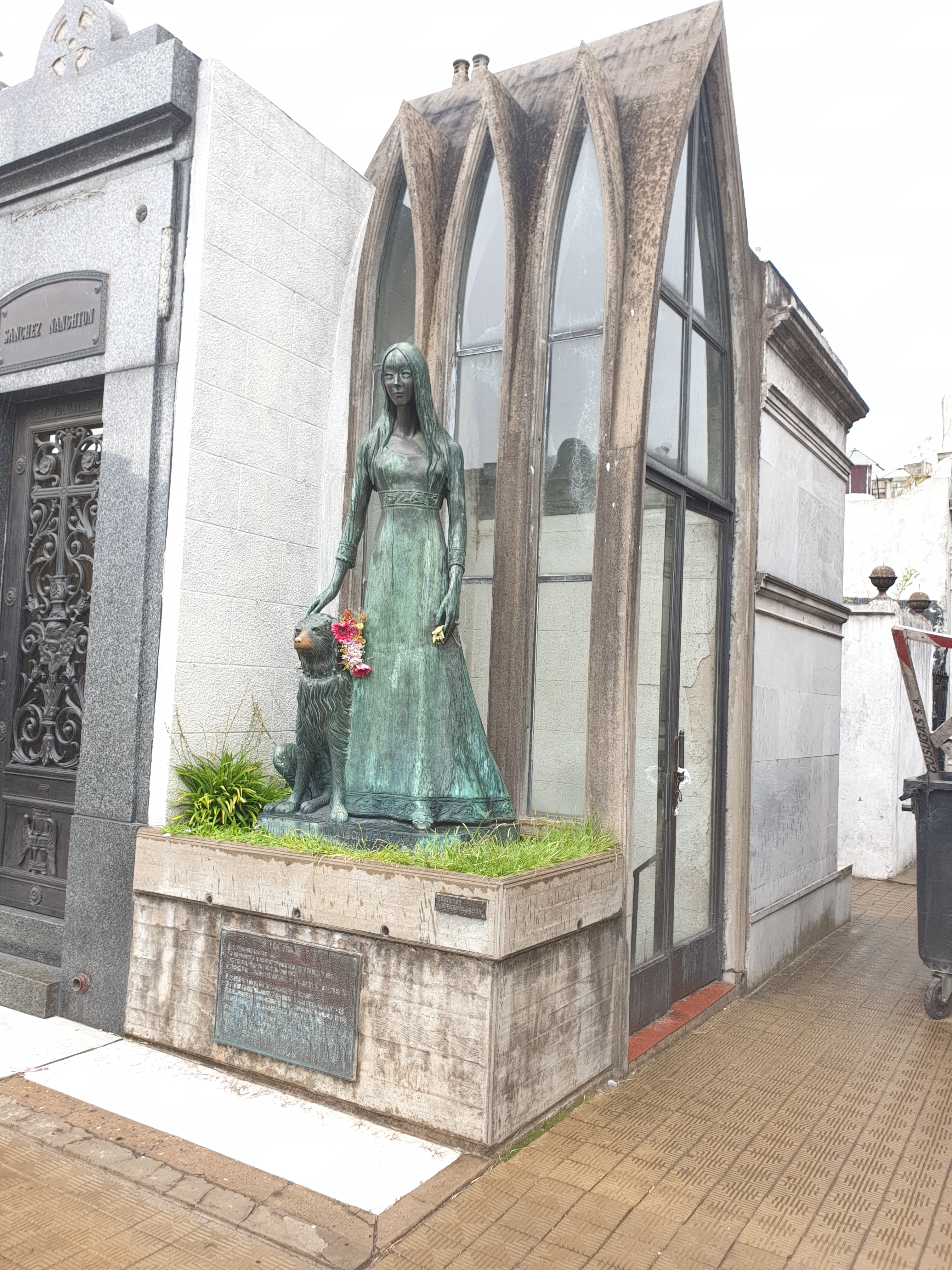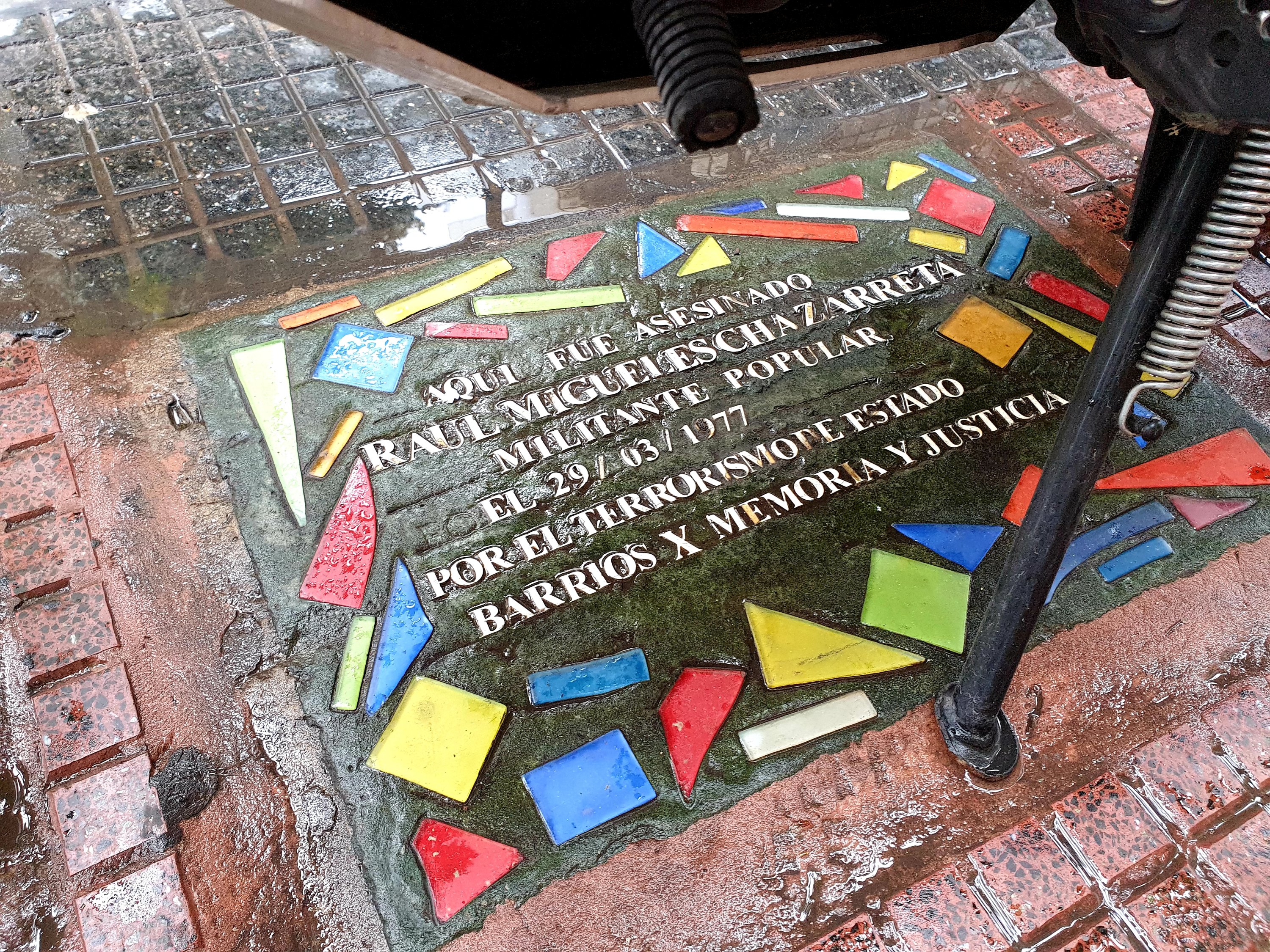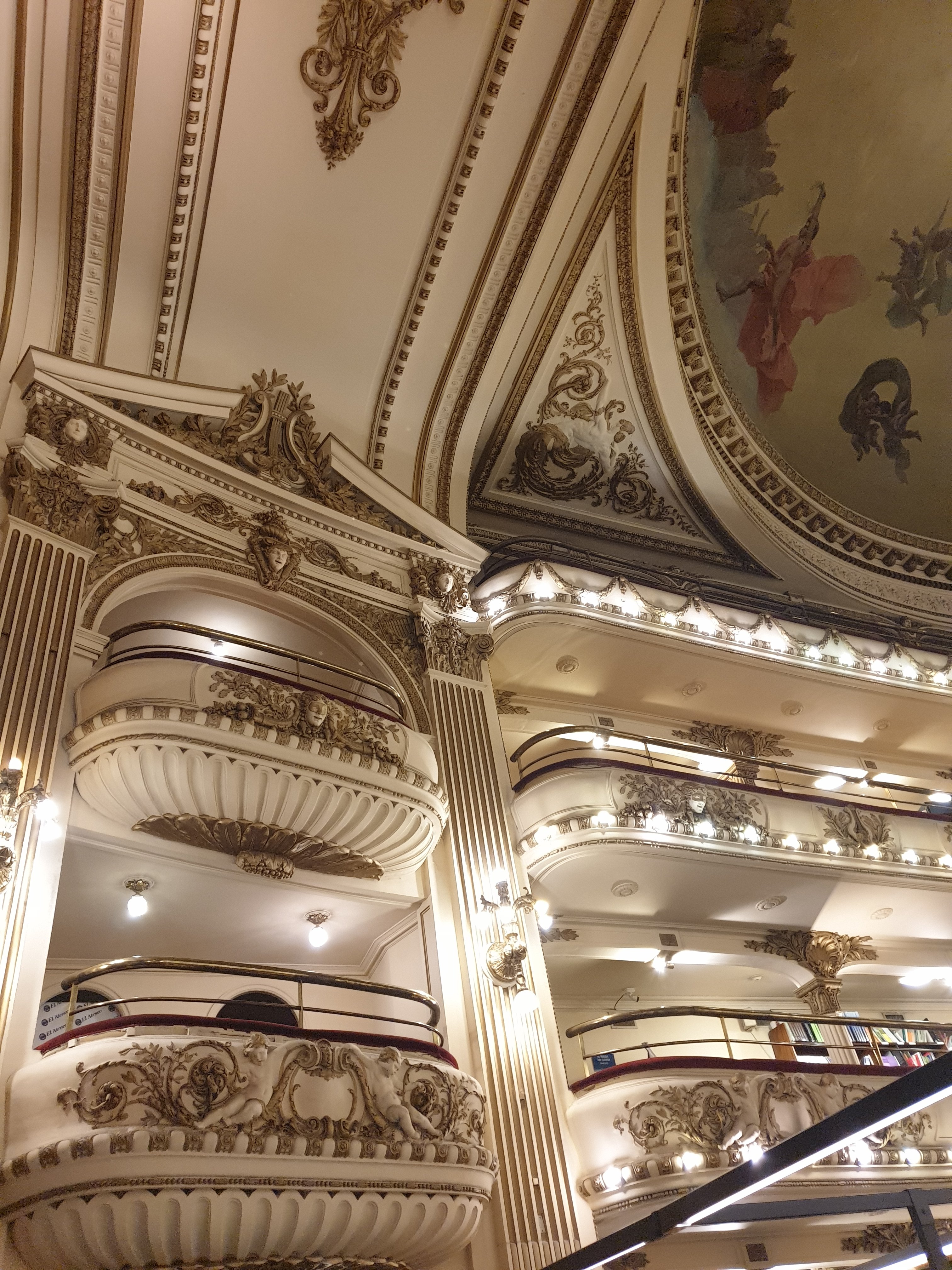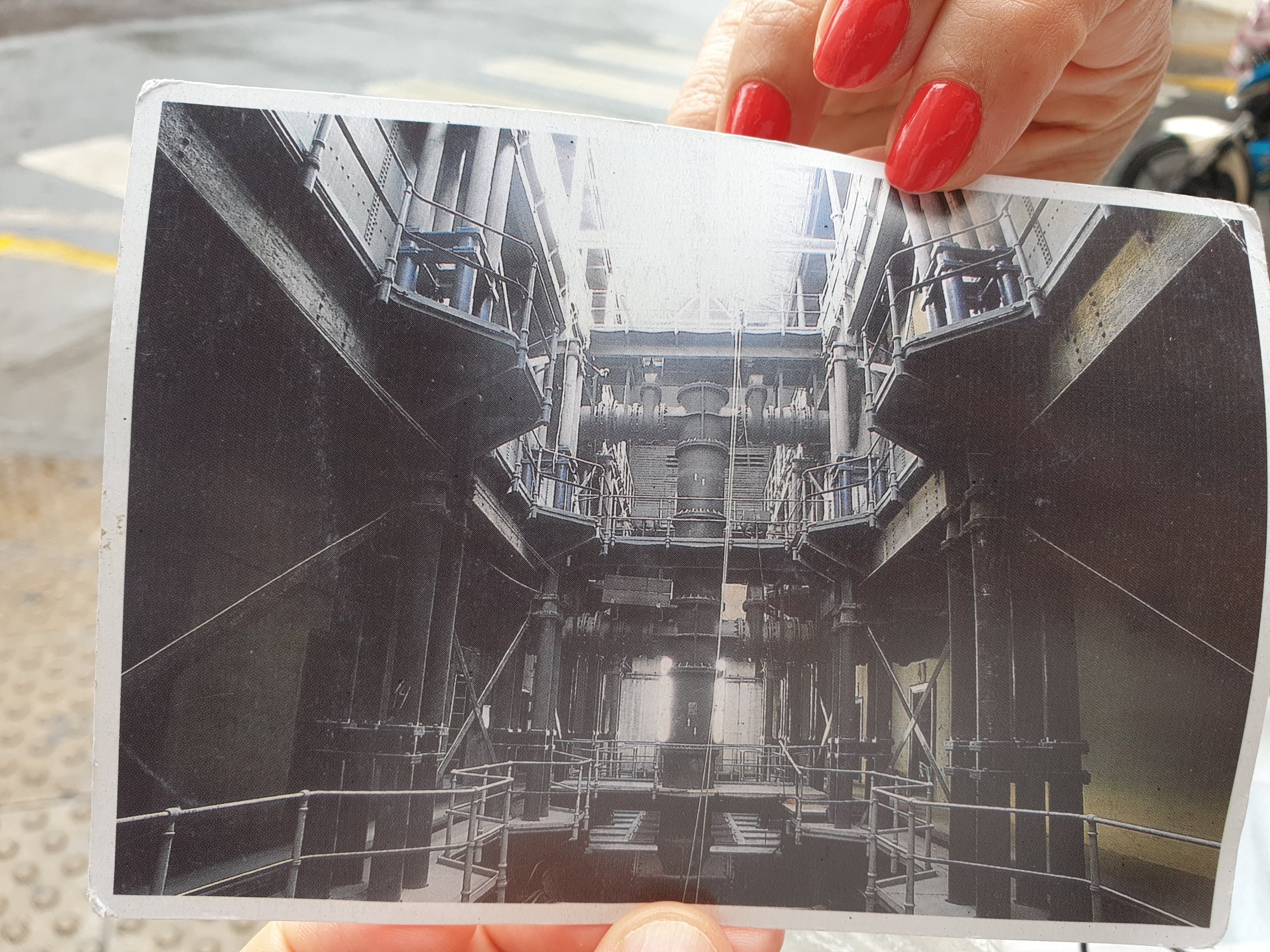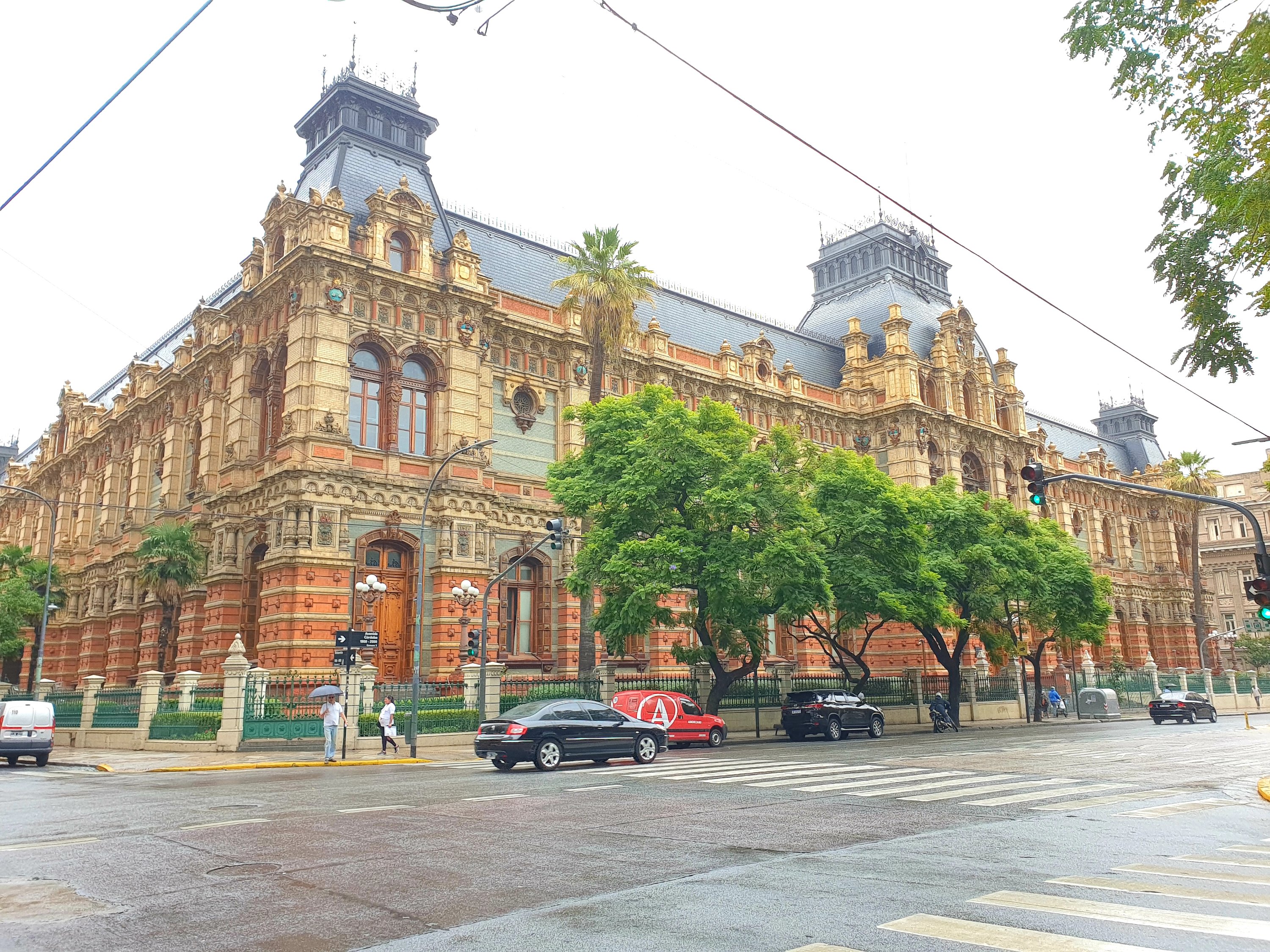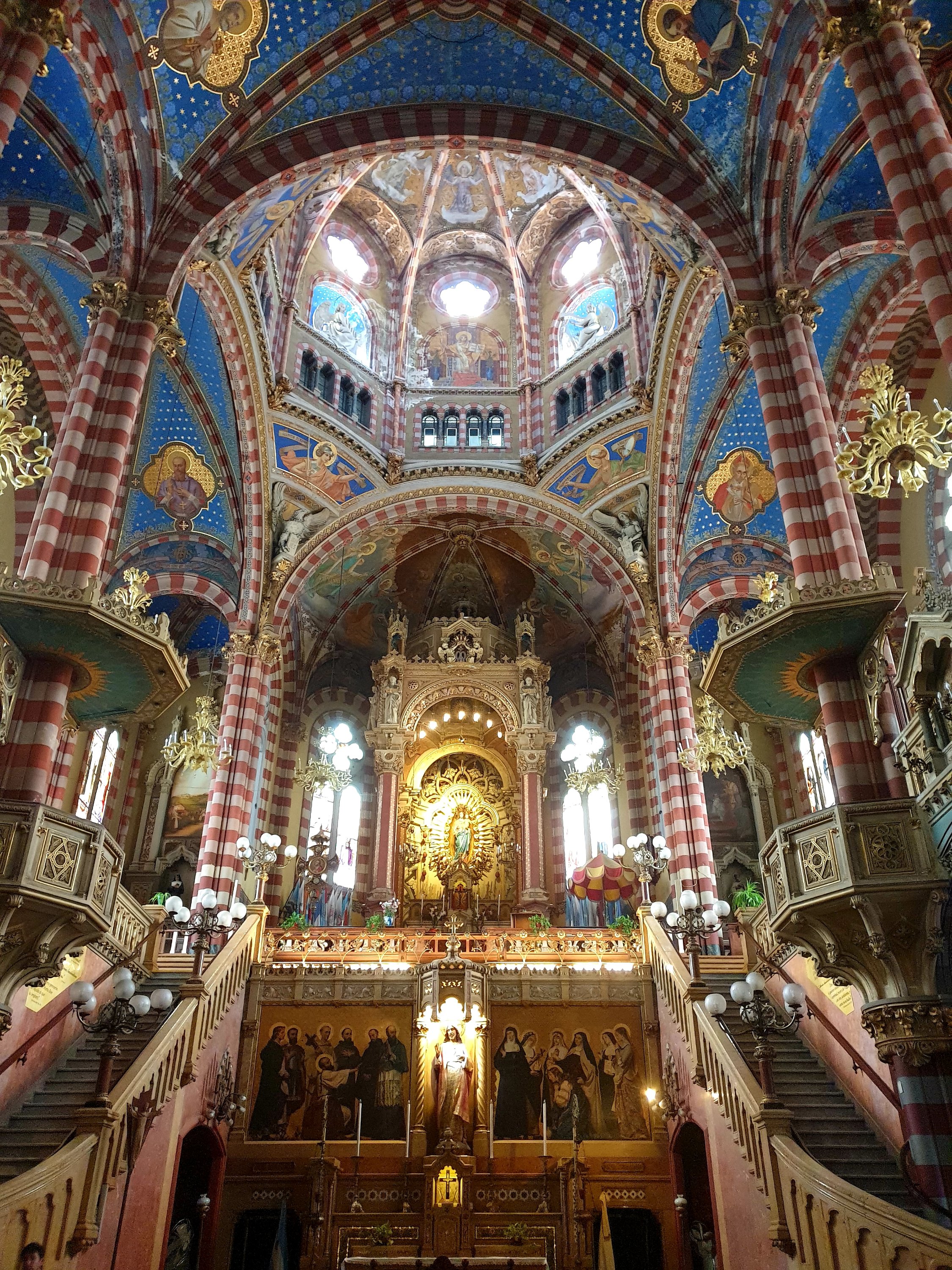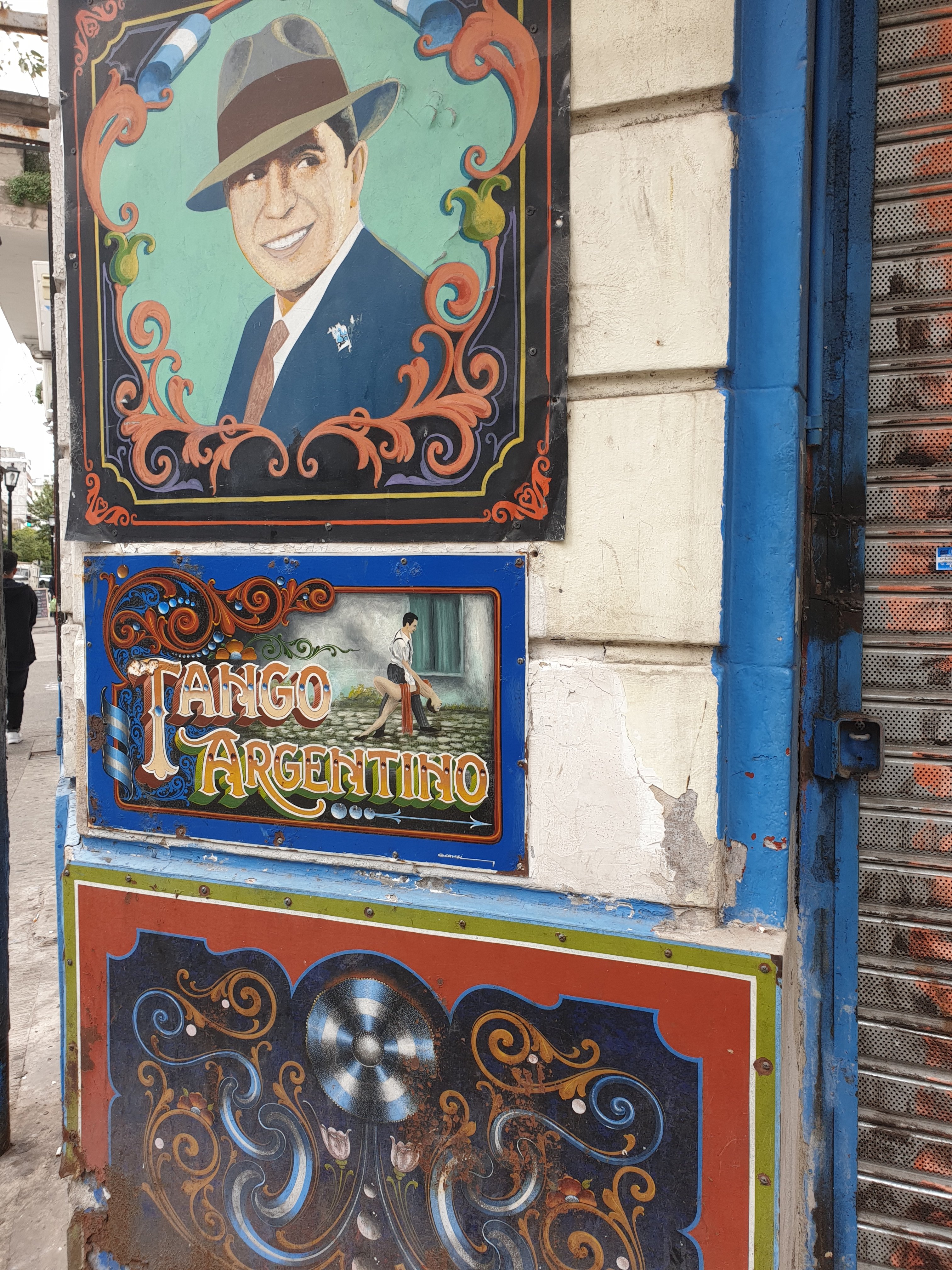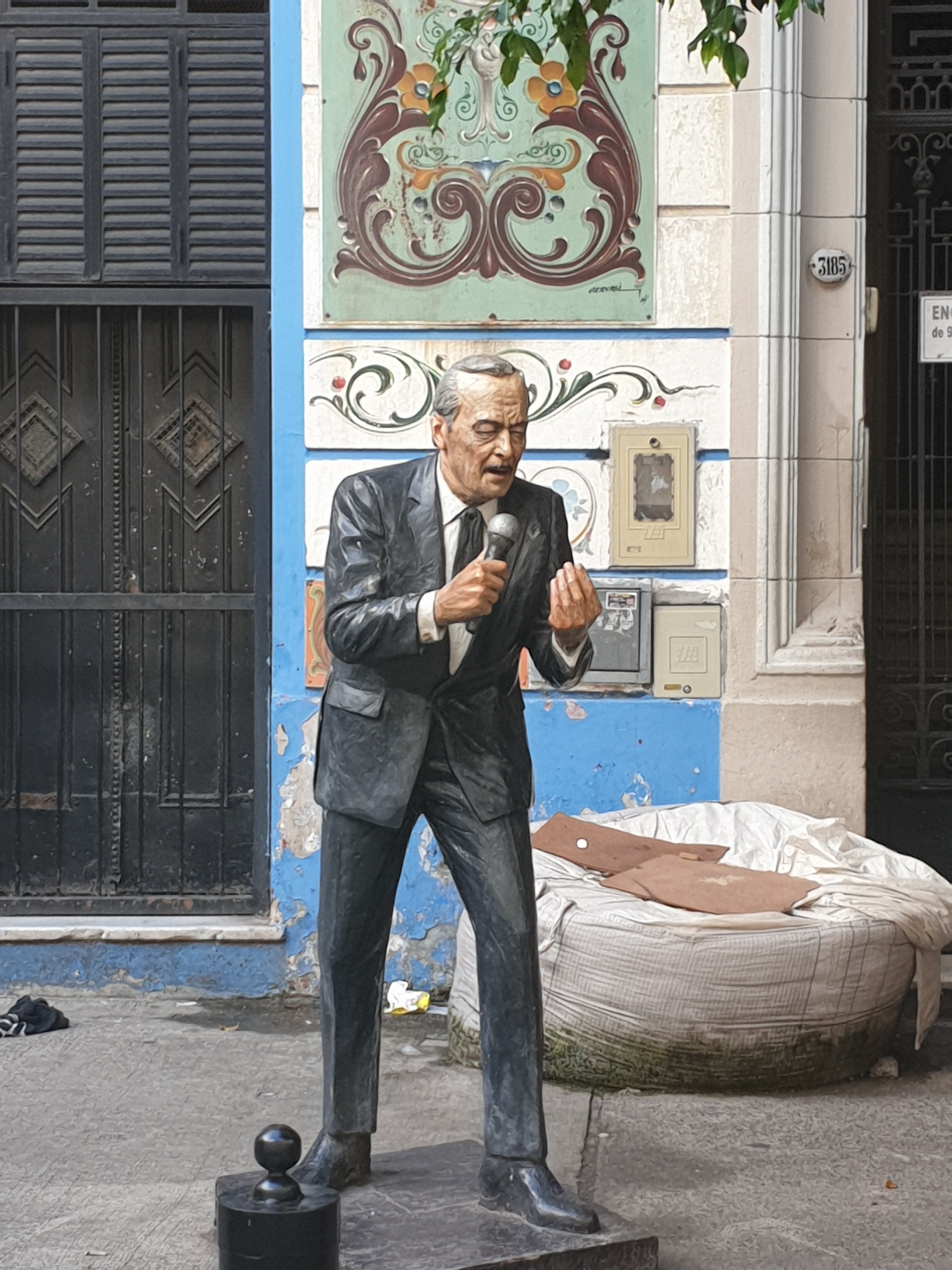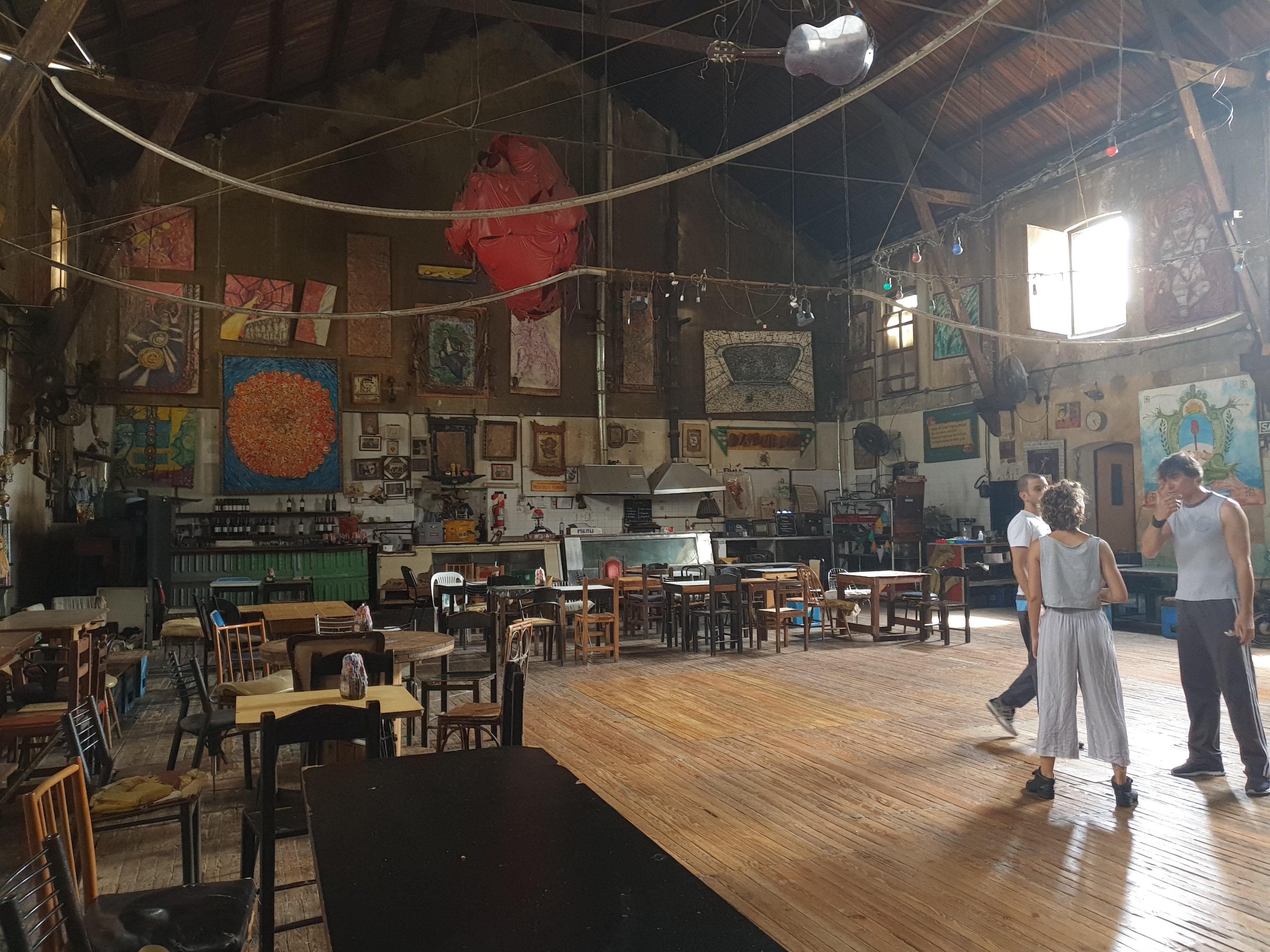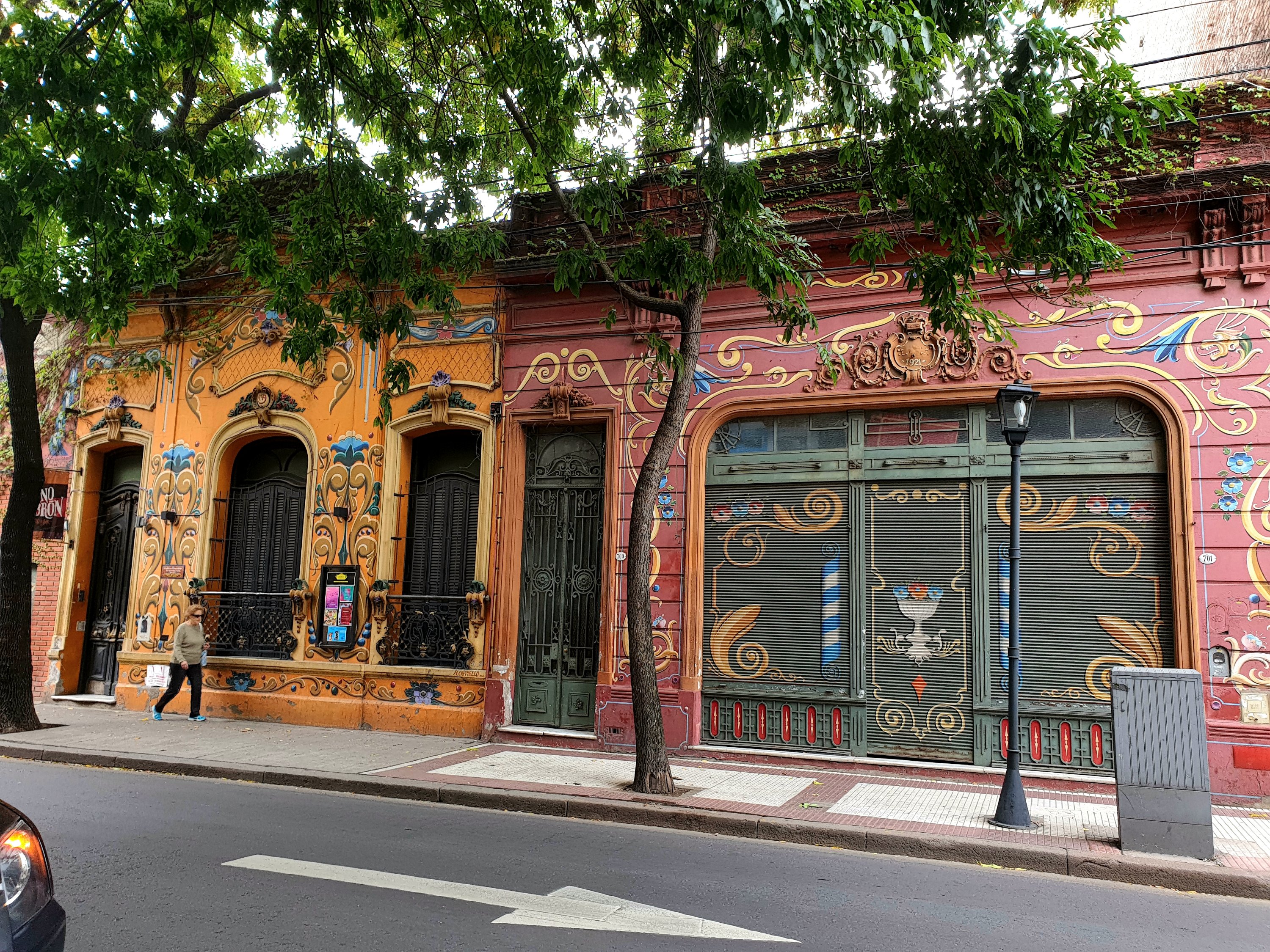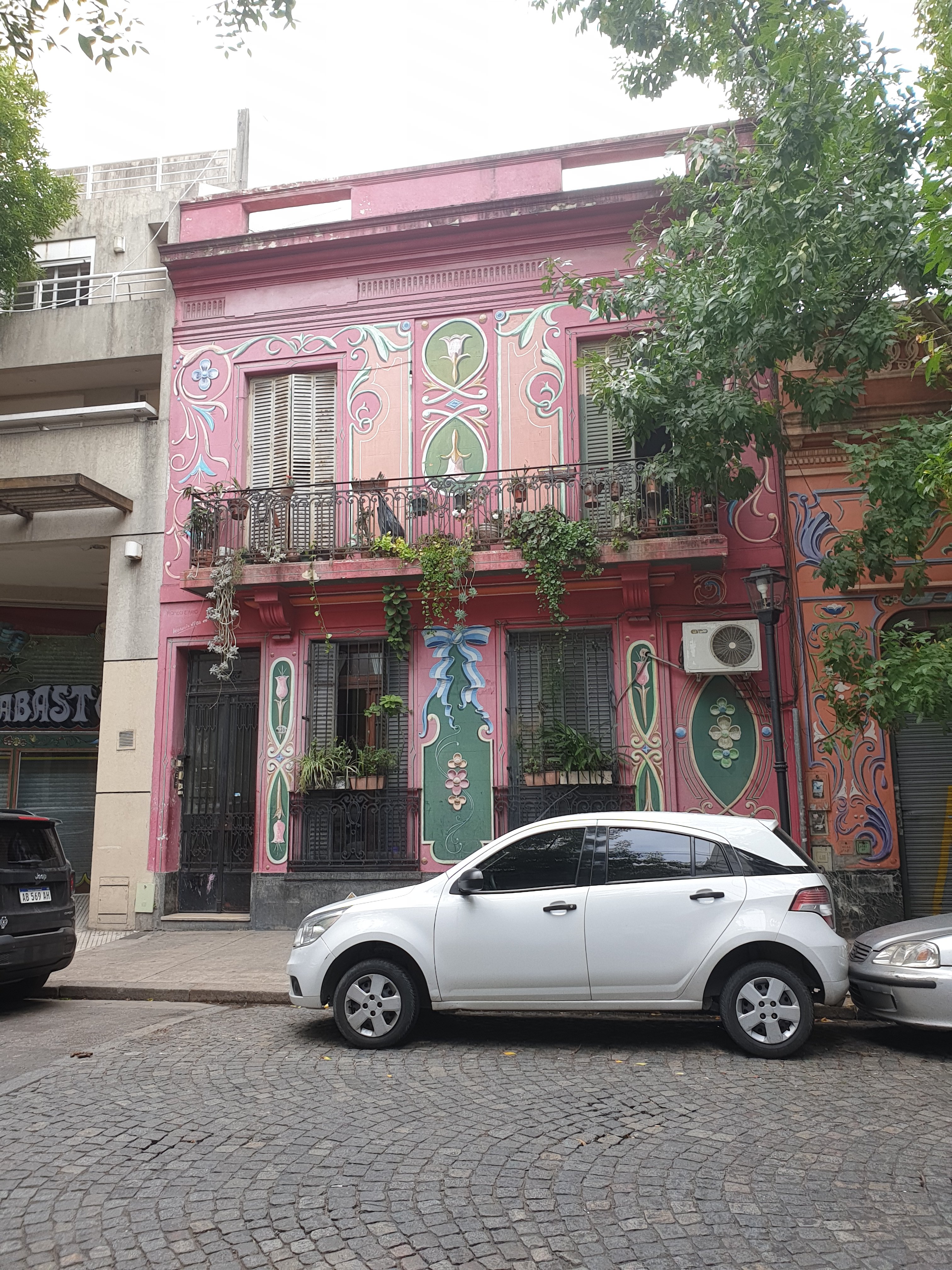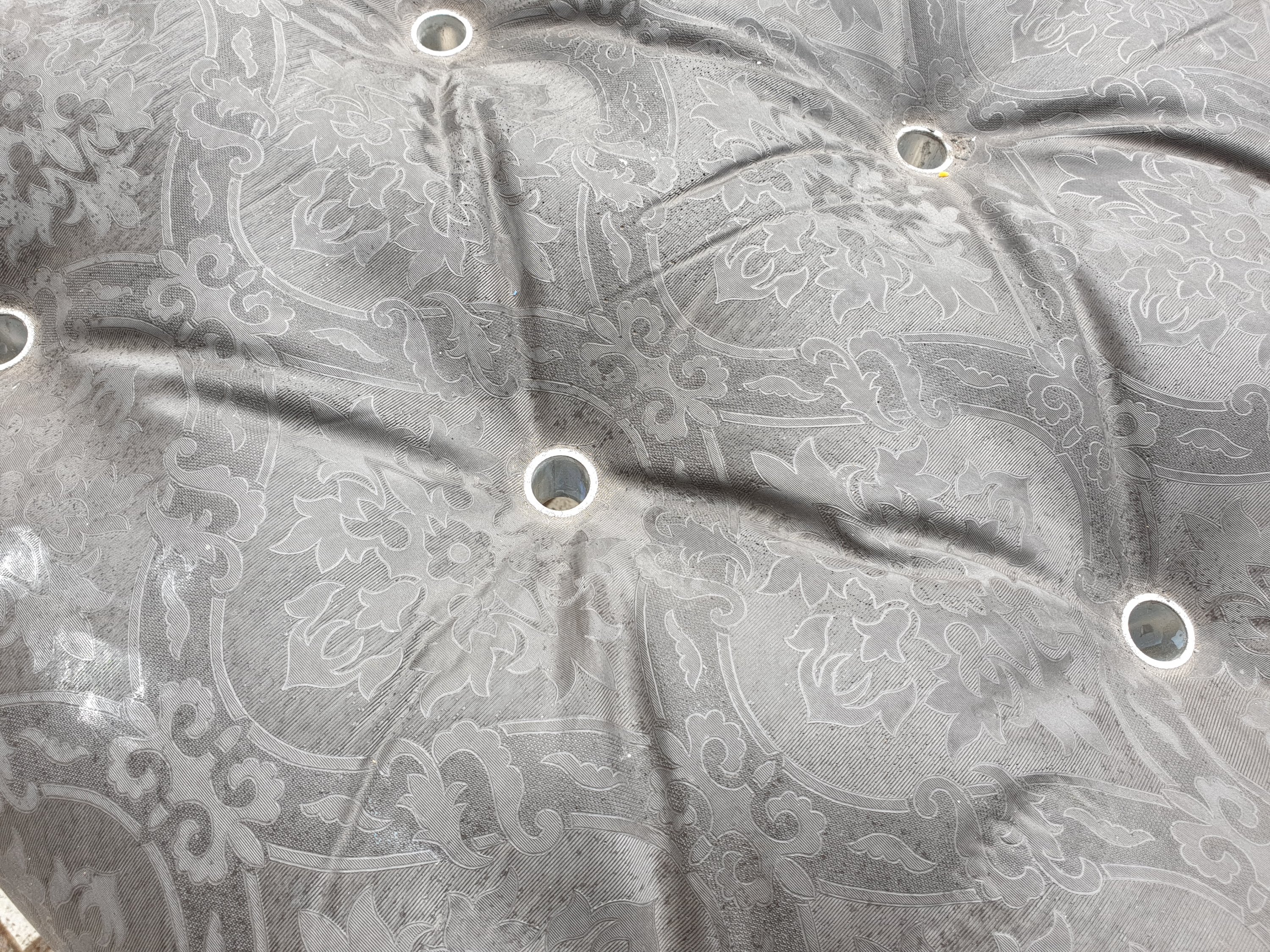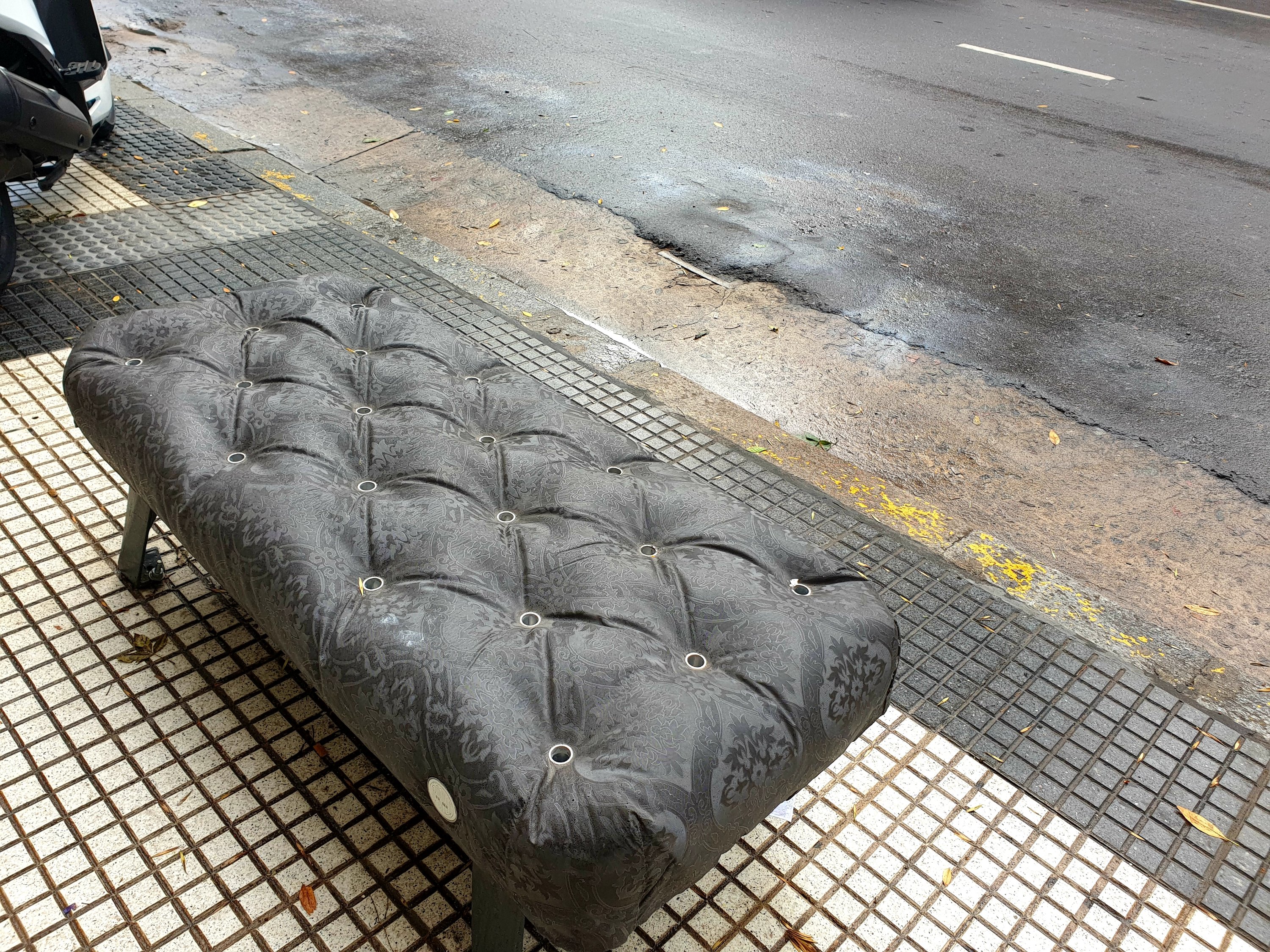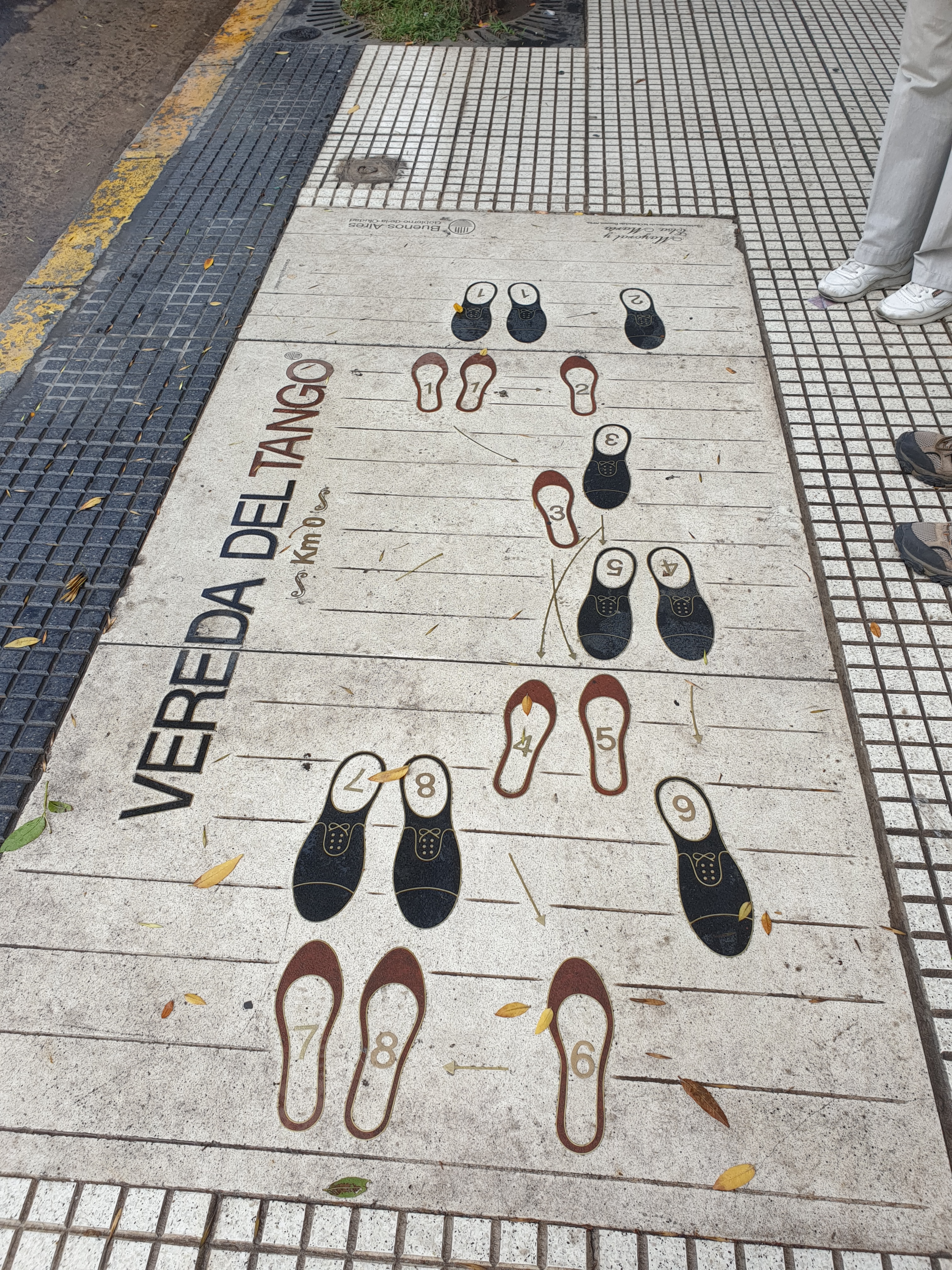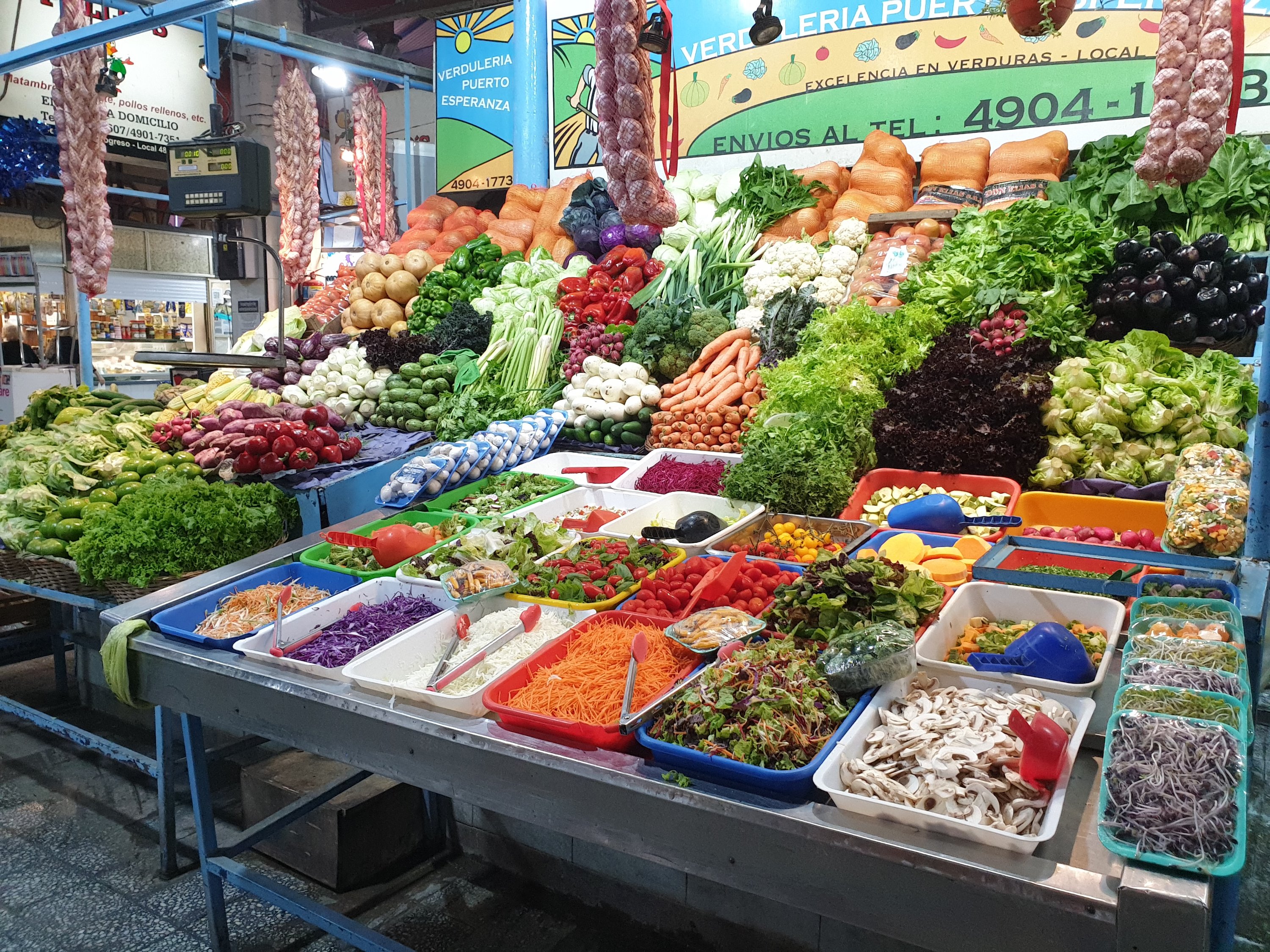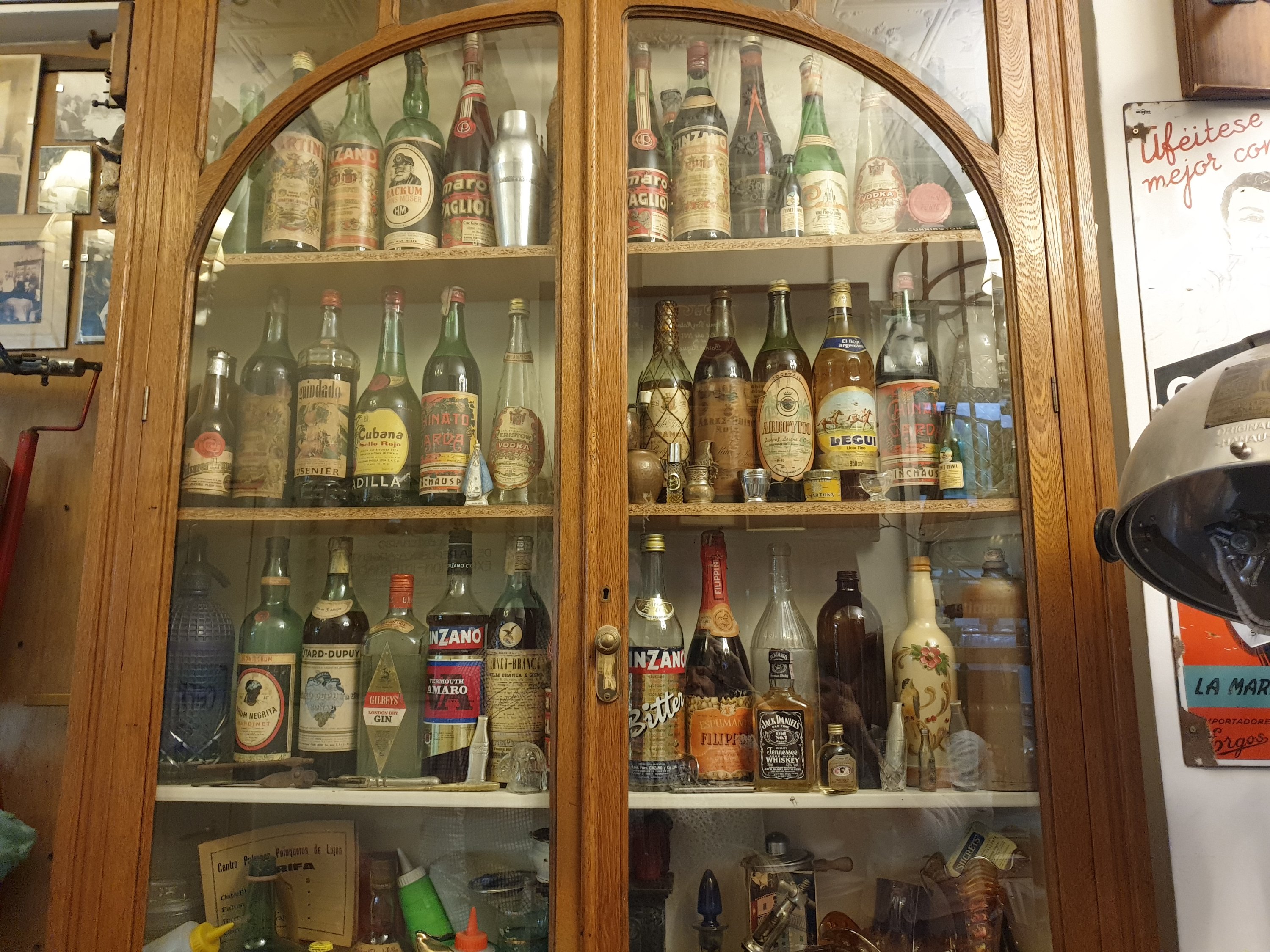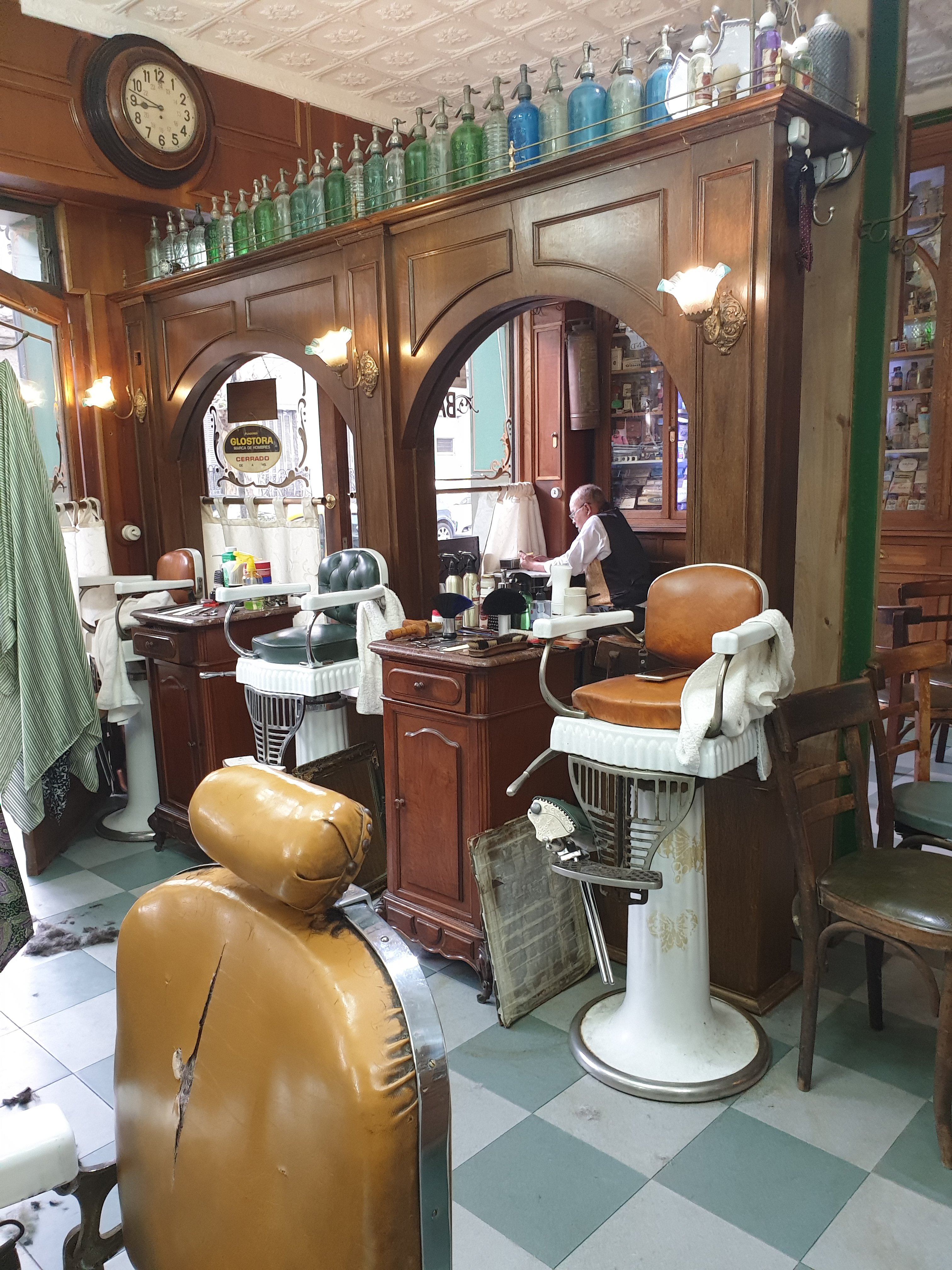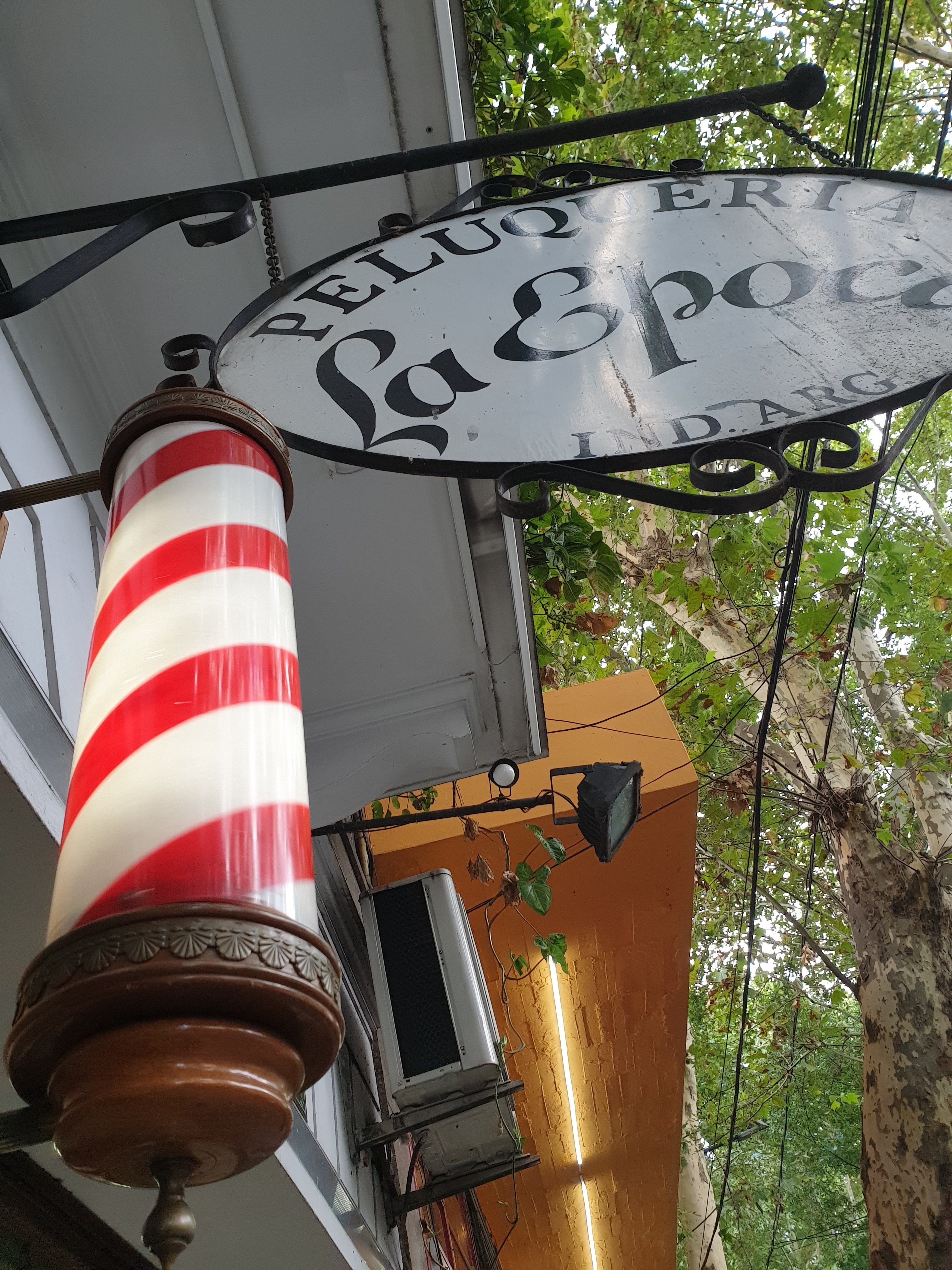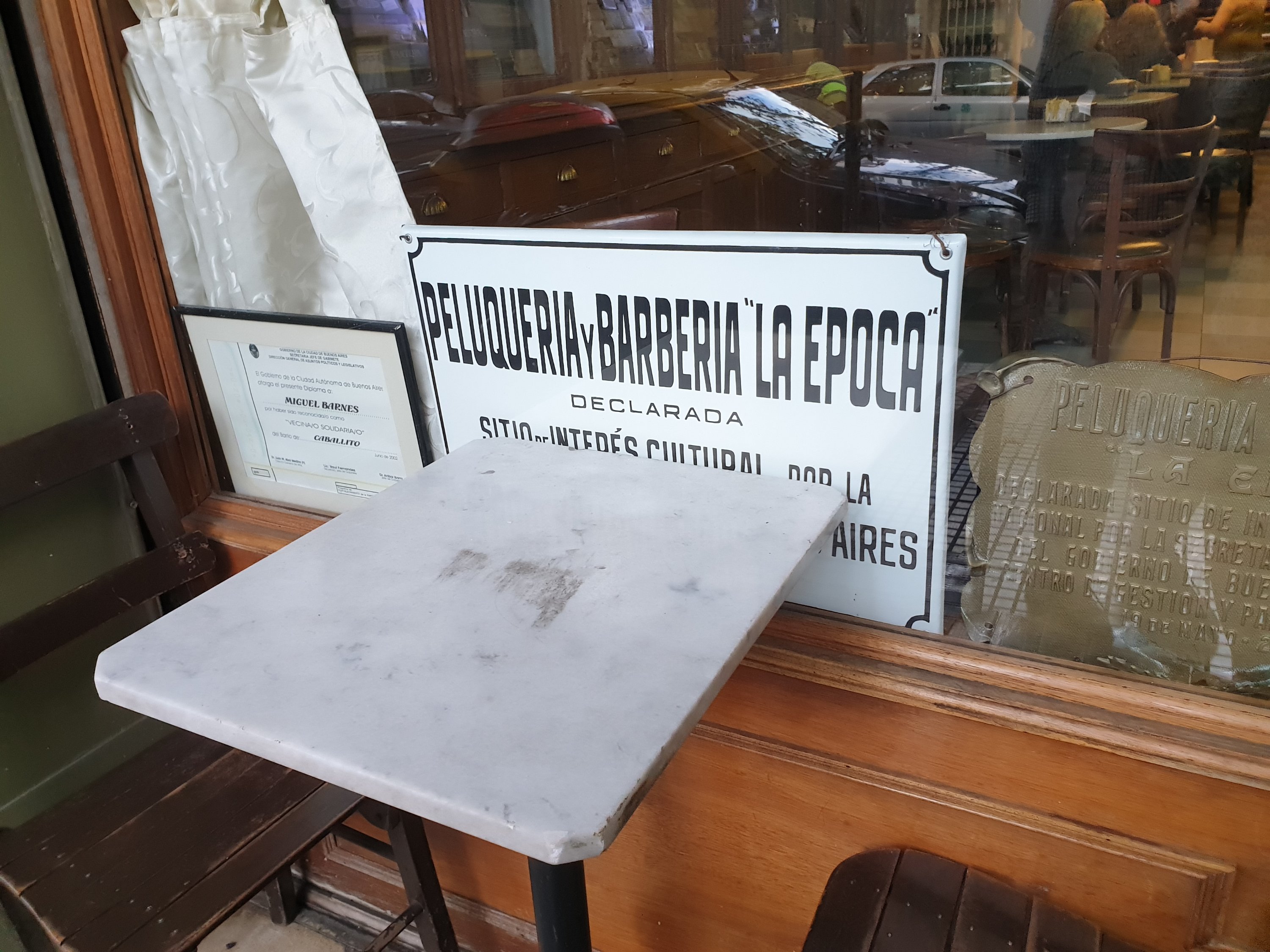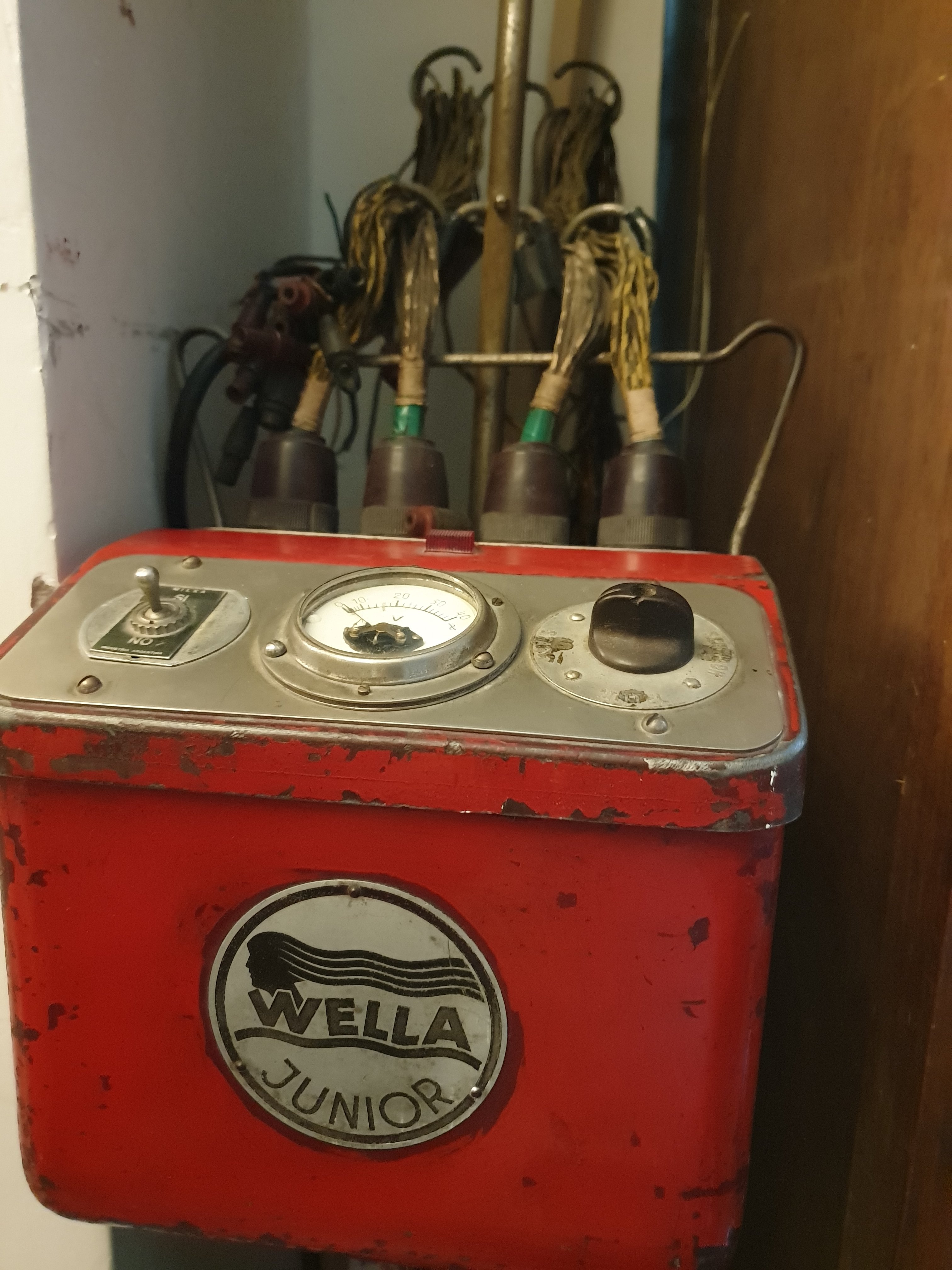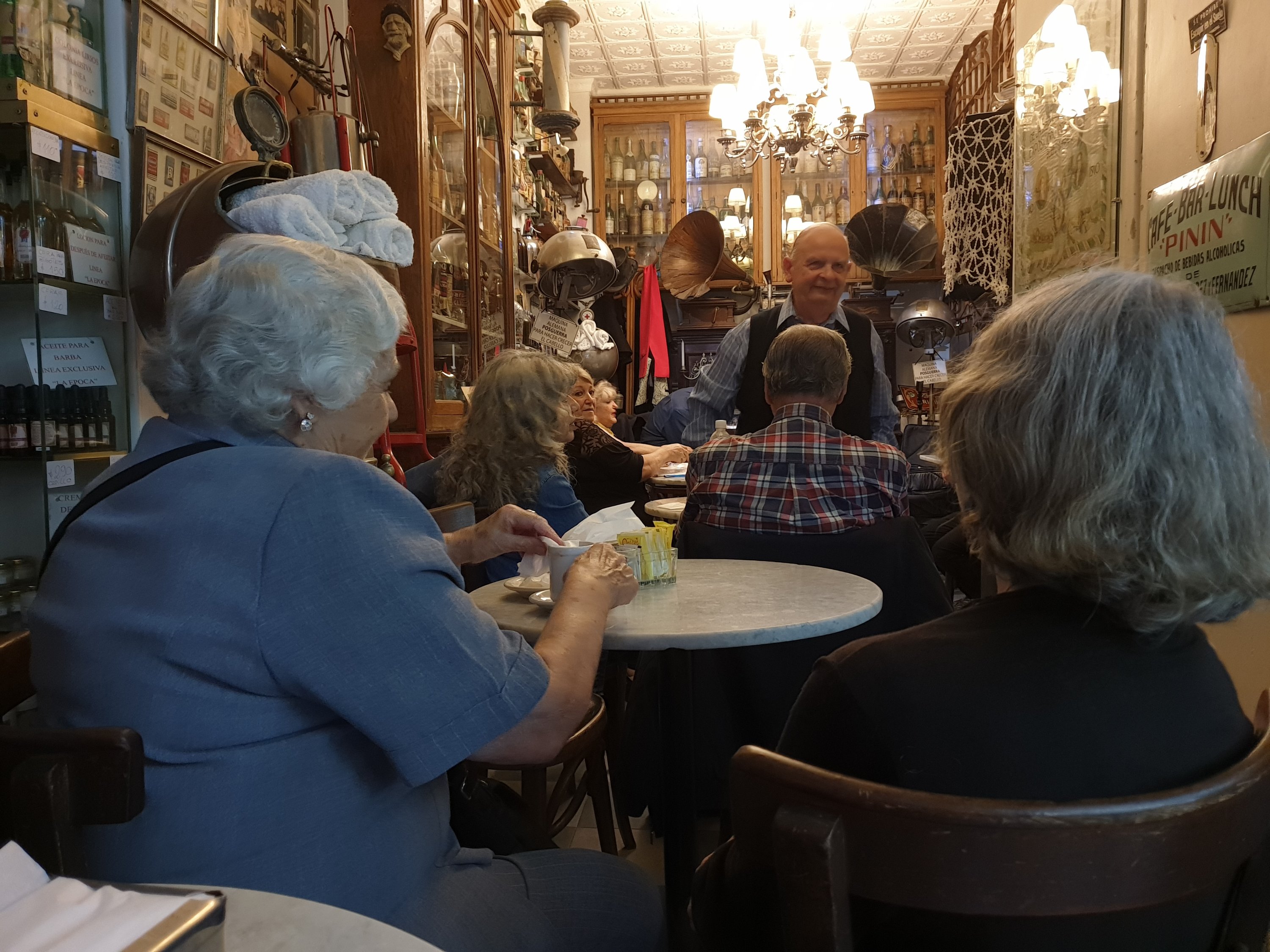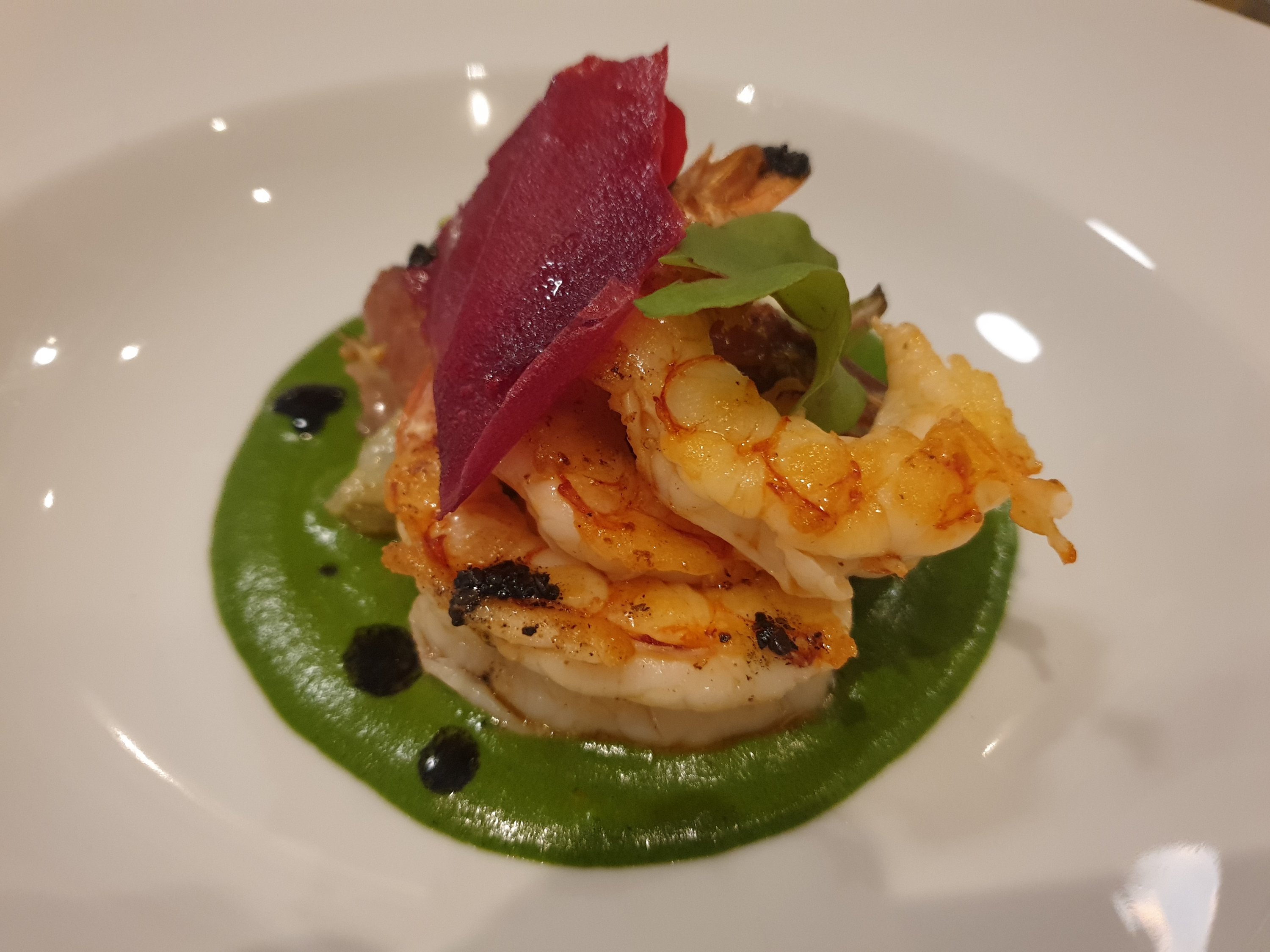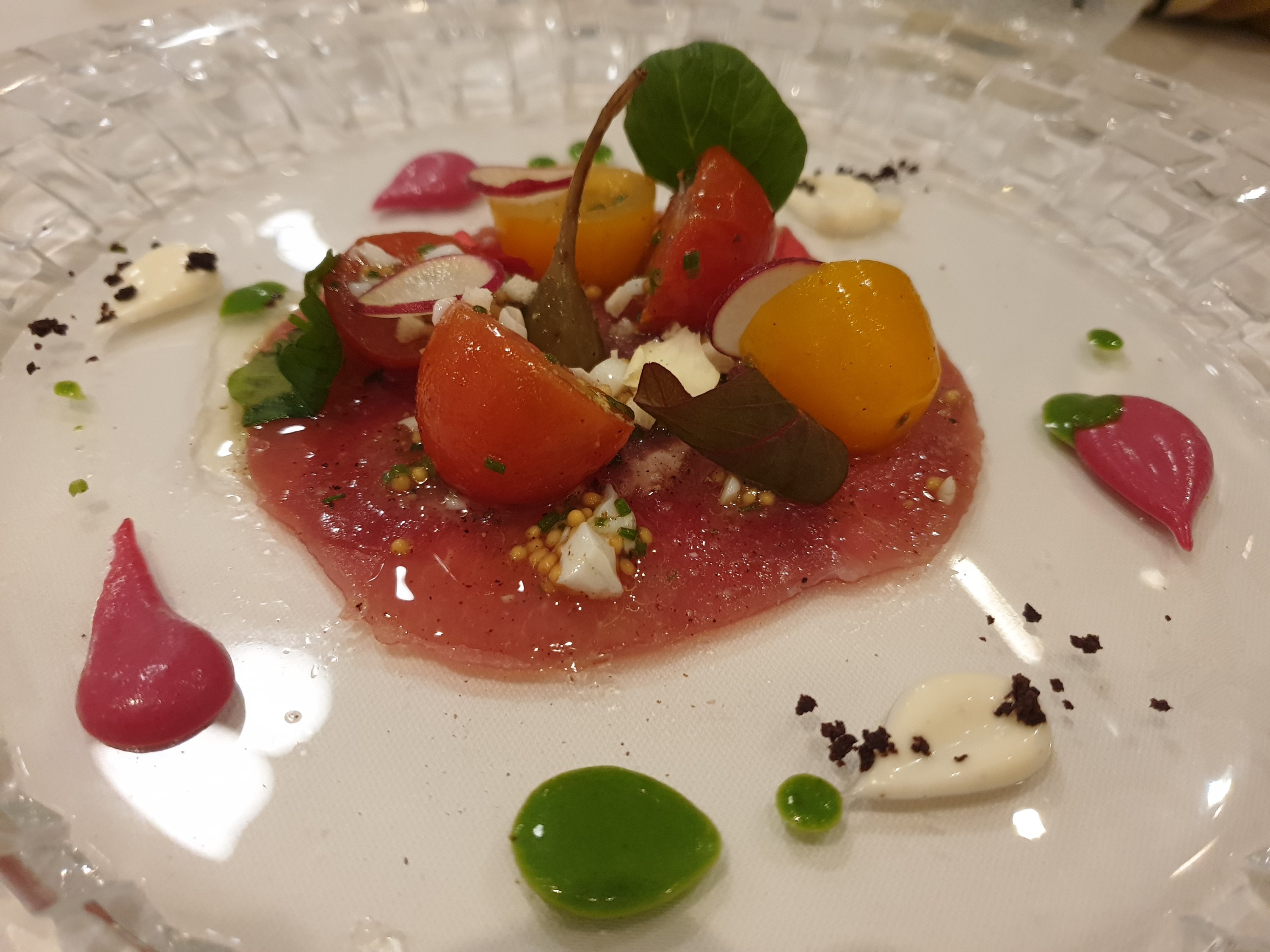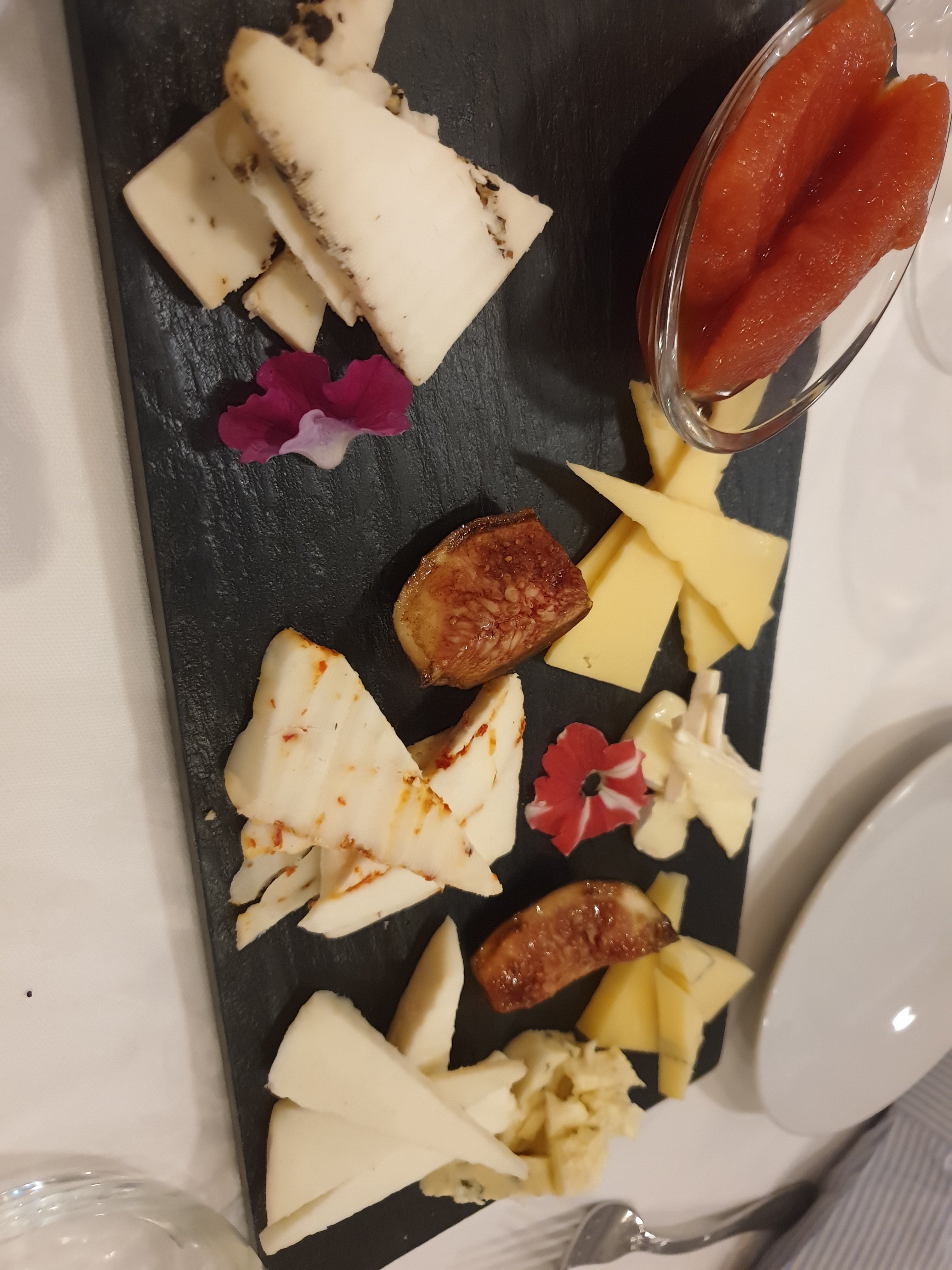Dundee is the 4th largest city in Scotland, and was always known for the 3 J’s.. Jam, Jute and Journalism. It has recently undergone a huge regeneration of it’s waterfront, culminating in the building of the striking V&A Scotland museum which opened last year.

Our main reason for visiting was to see Captain Scott’s Antarctic exploration ship the Discovery, which was built here and is now on display in it’s home port.
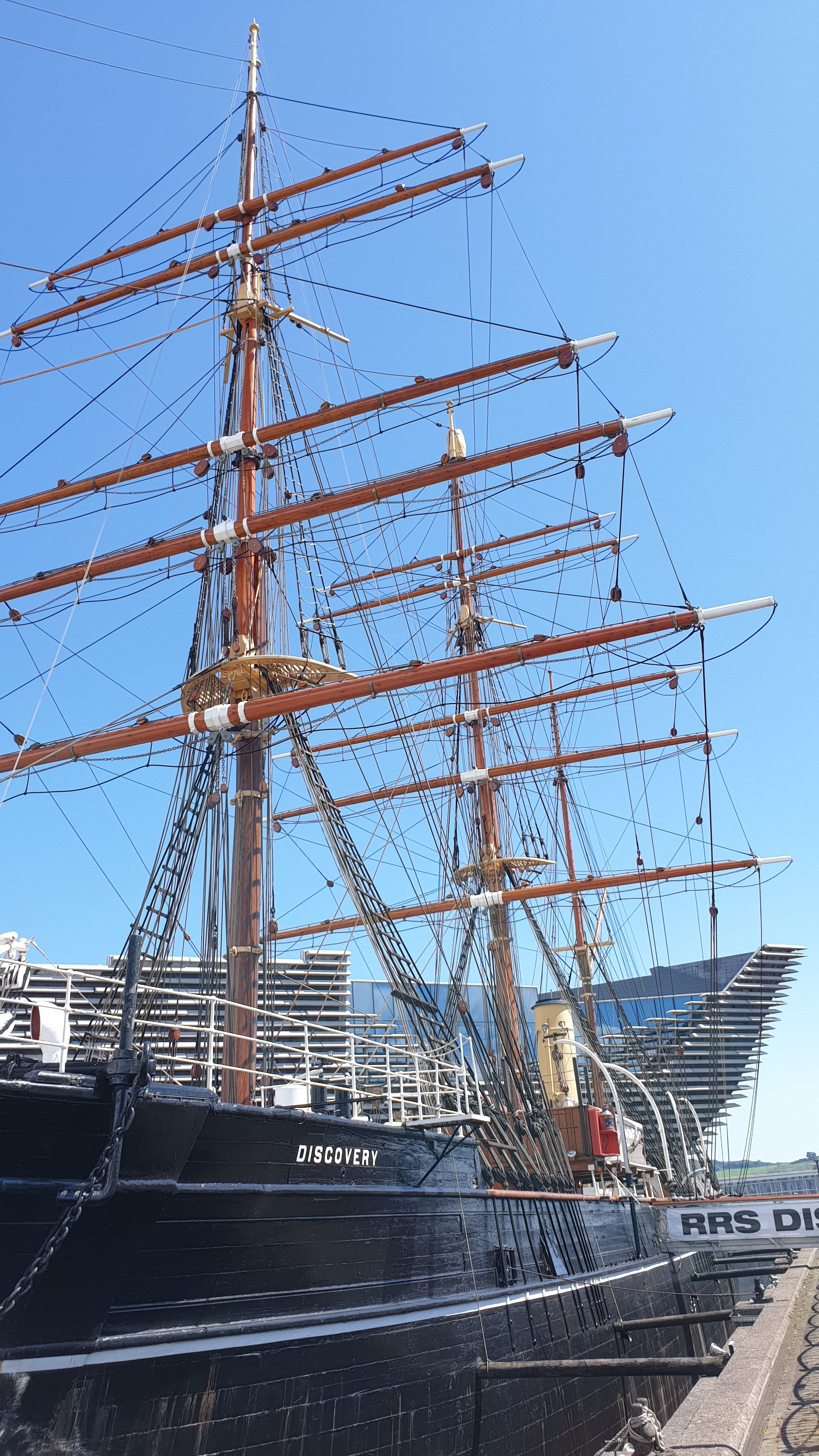
There is a wonderful exhibition about the construction and equipping of the ship, and the expedition itself. The hull was built of 5 layers of different timbers, filled the void with salt to absorb water, and had bridging struts to prevent crushing by pack ice. Provisions included 45 sheep.. many of which were lost overboard, and vast quantities of meats, bottled fruits and vegetables and cheese, to provide a balanced diet and try to prevent conditions like scurvy, but they could not last for the nearly 3 years that the trip took!
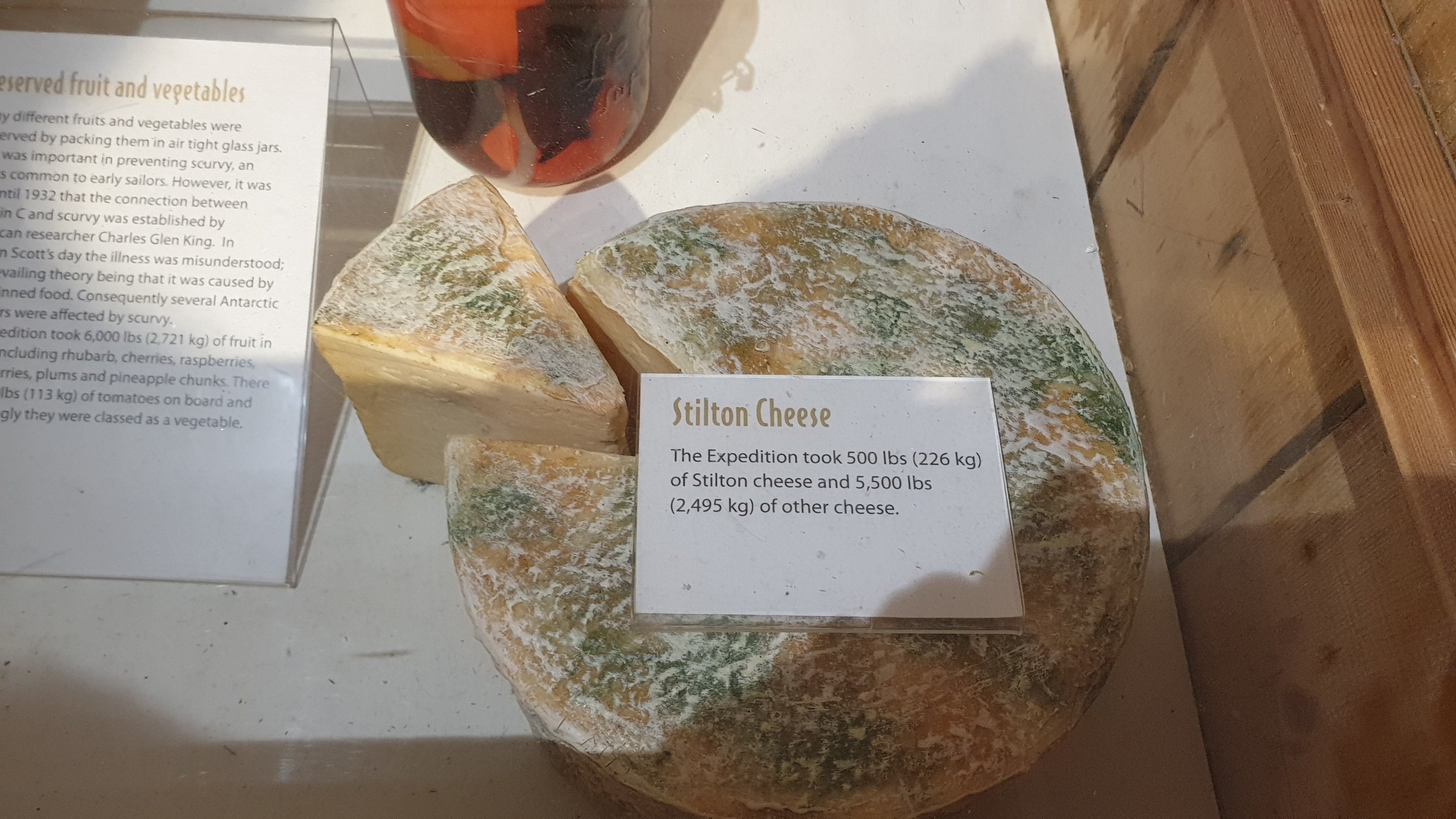
The purpose of the voyage was as a scientific exploration of uncharted territory, so scientists and research equipment were all on board, covering geology, botany, zoology, cartography, physics and engineering.

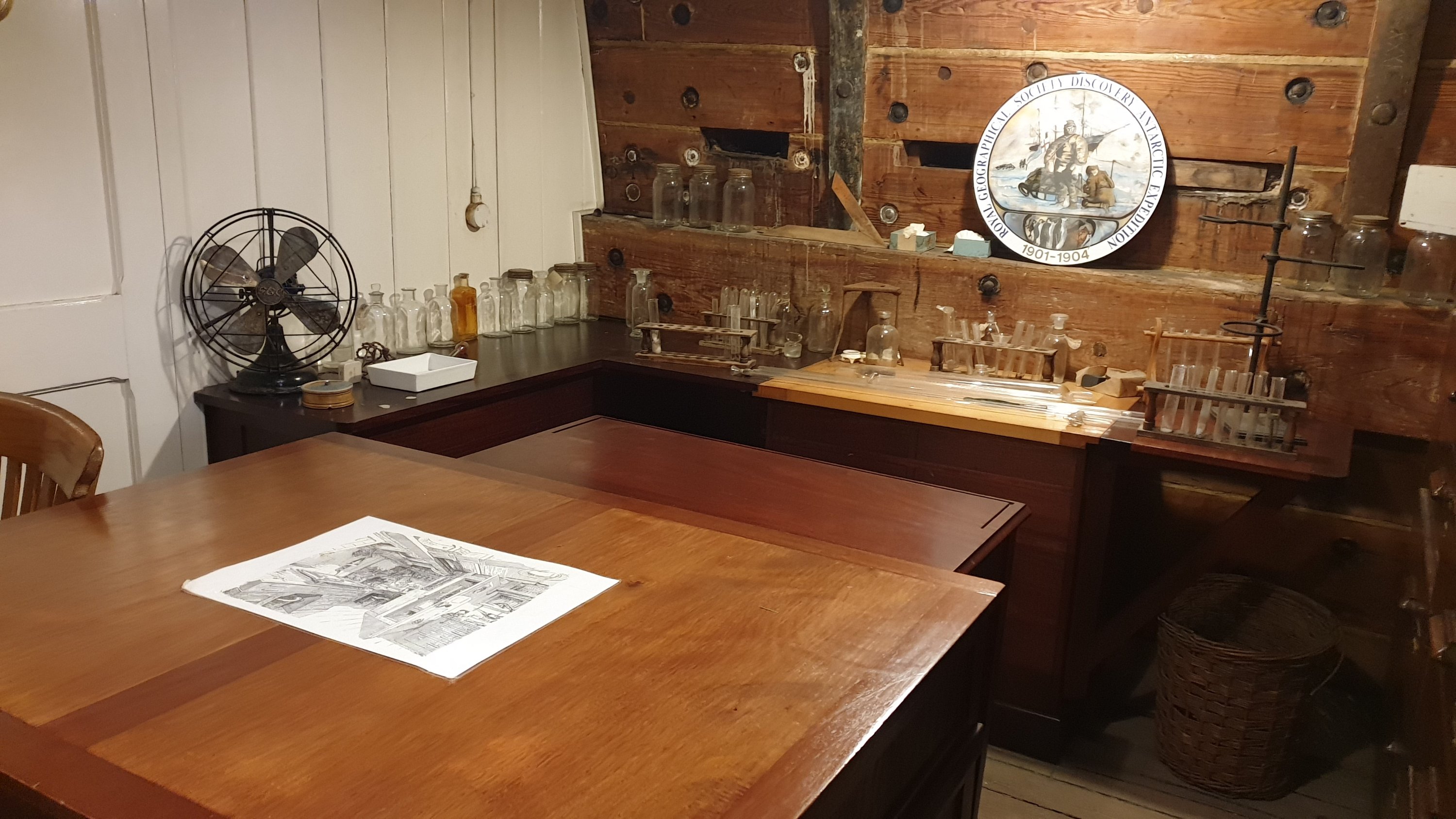
Many of their findings are in use today. The ship itself was remarkable. Solid, with beautifully polished woodwork, and giving a real sense of life onboard.
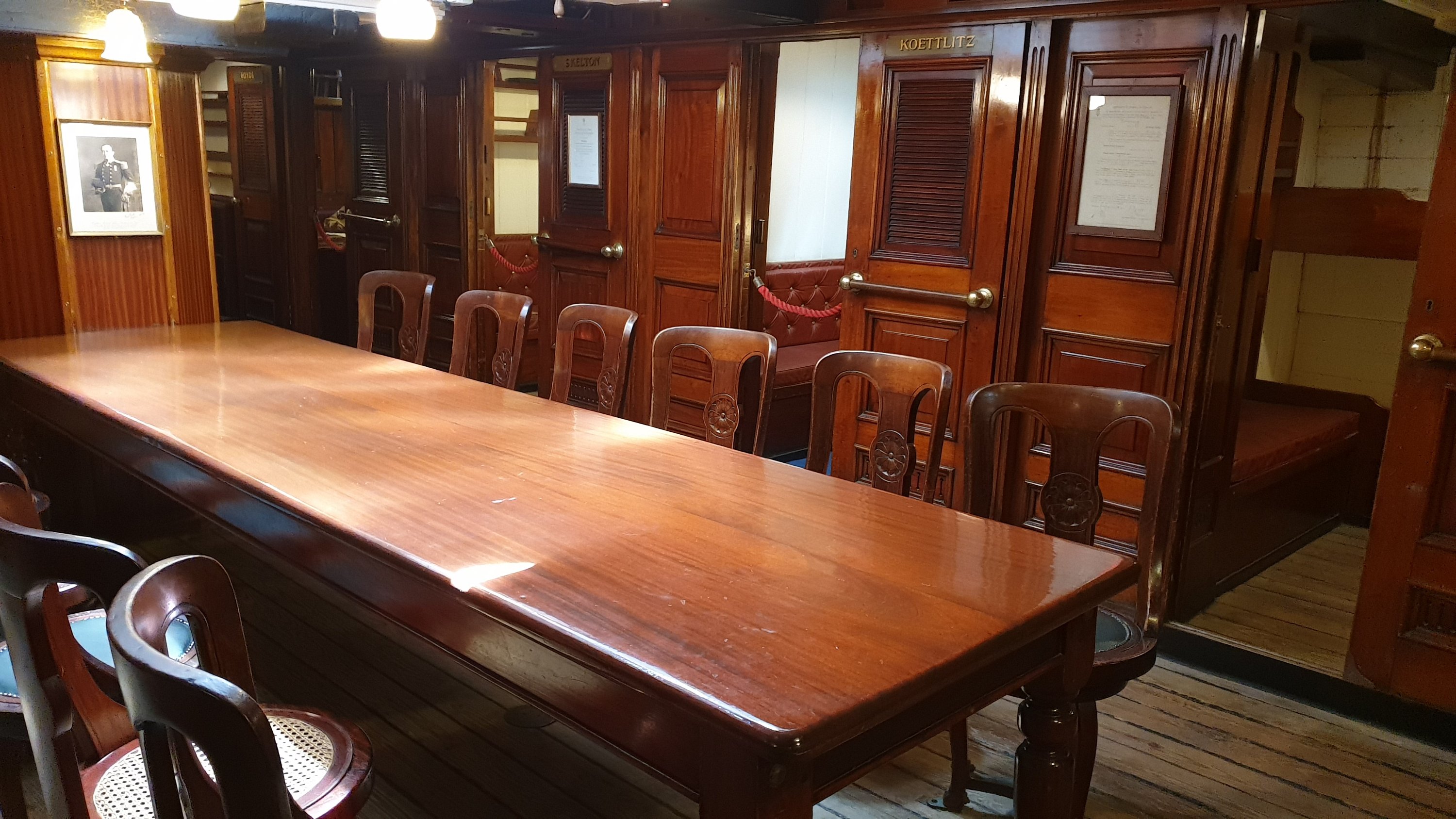
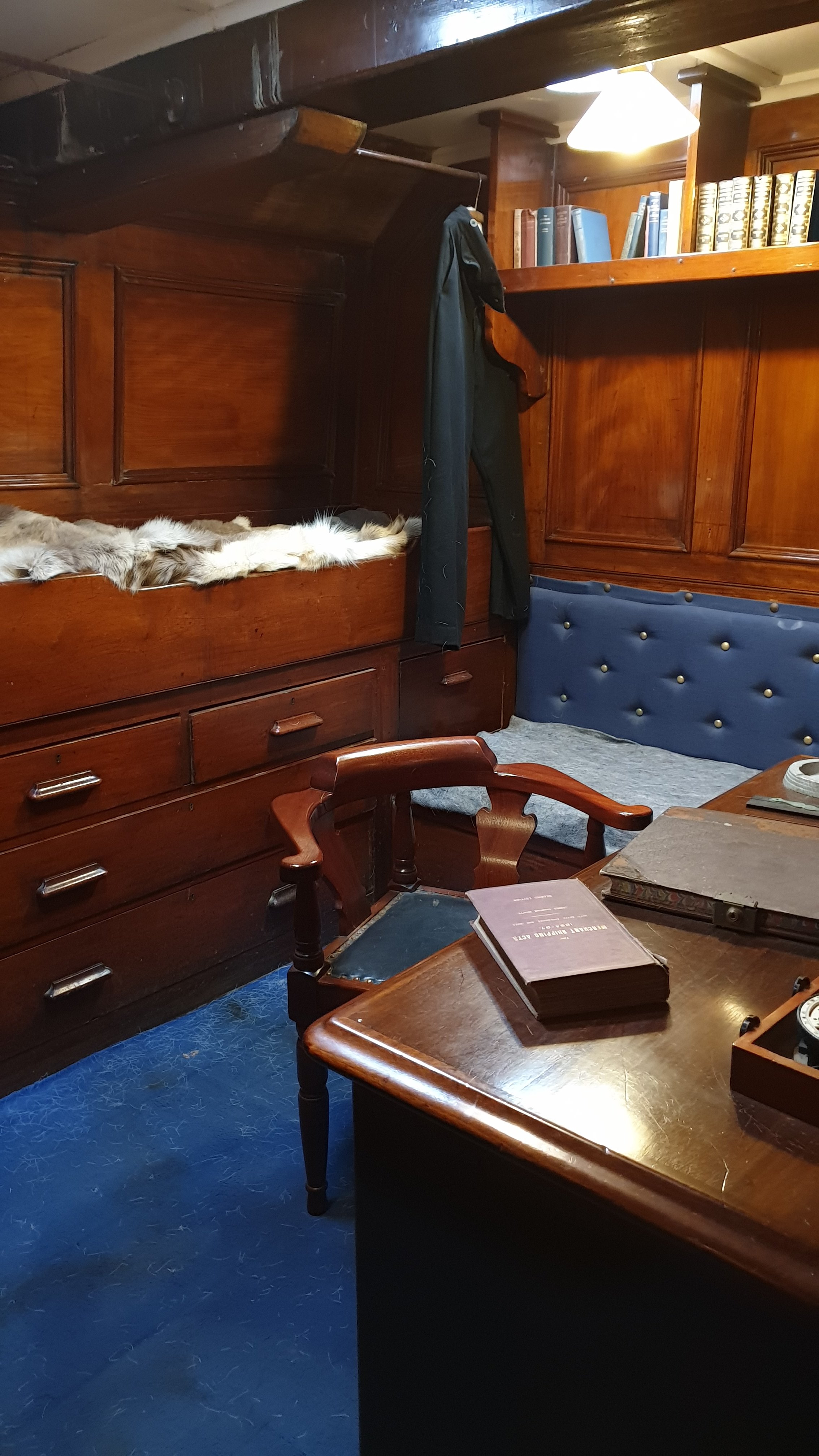
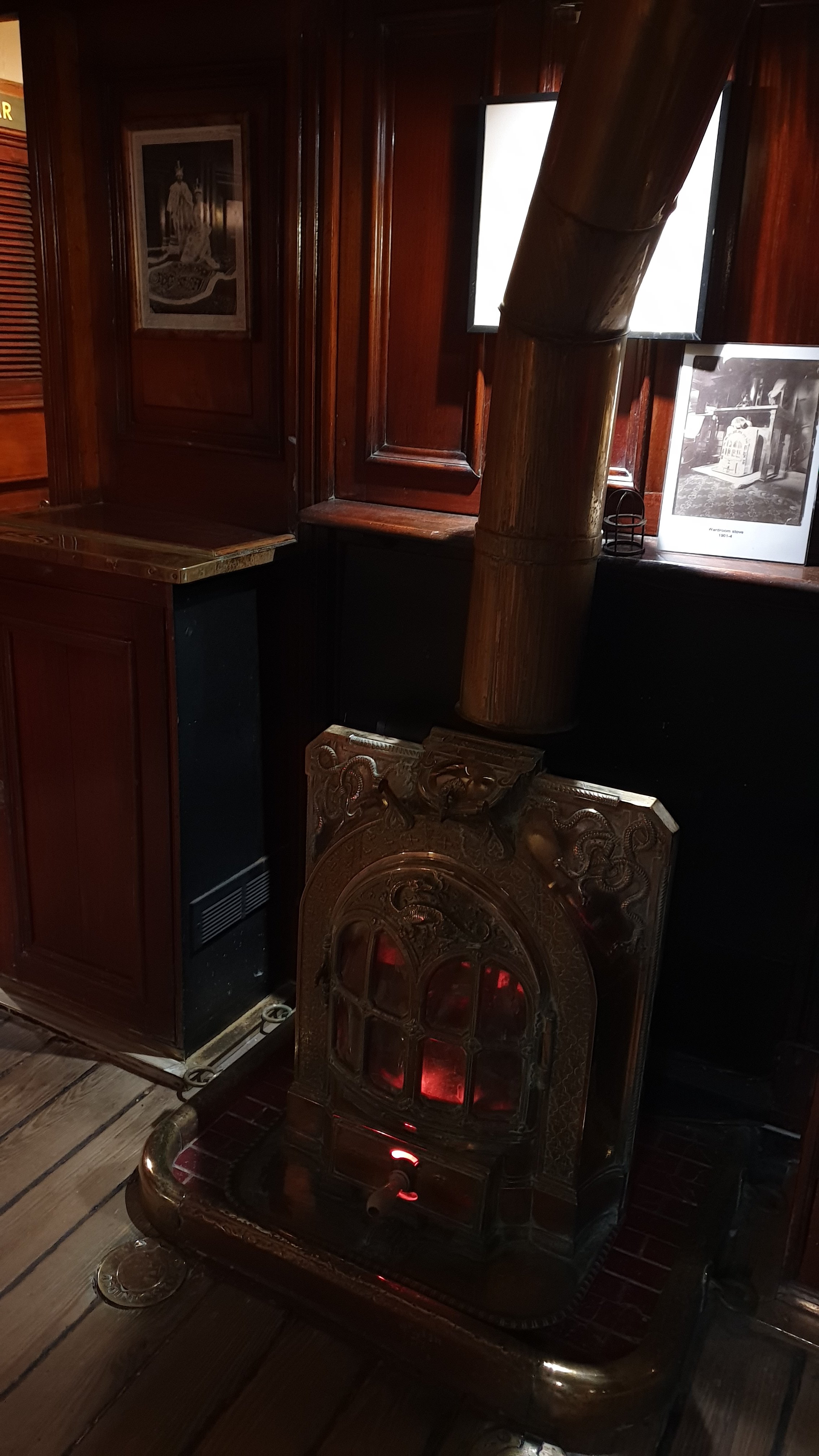
But nothing could simulate the privations of their stay in Antarctica, at -60 degrees and eating seabirds! Devilled skua was one recipe.. apparently it tasted like devilled rotten fish!

Next door, the V&A’s architecture is supposed to echo the rugged Fife coast. Inside we visited a fascinating exhibition on how videogames are conceptualised and created, plus the problems they can cause.
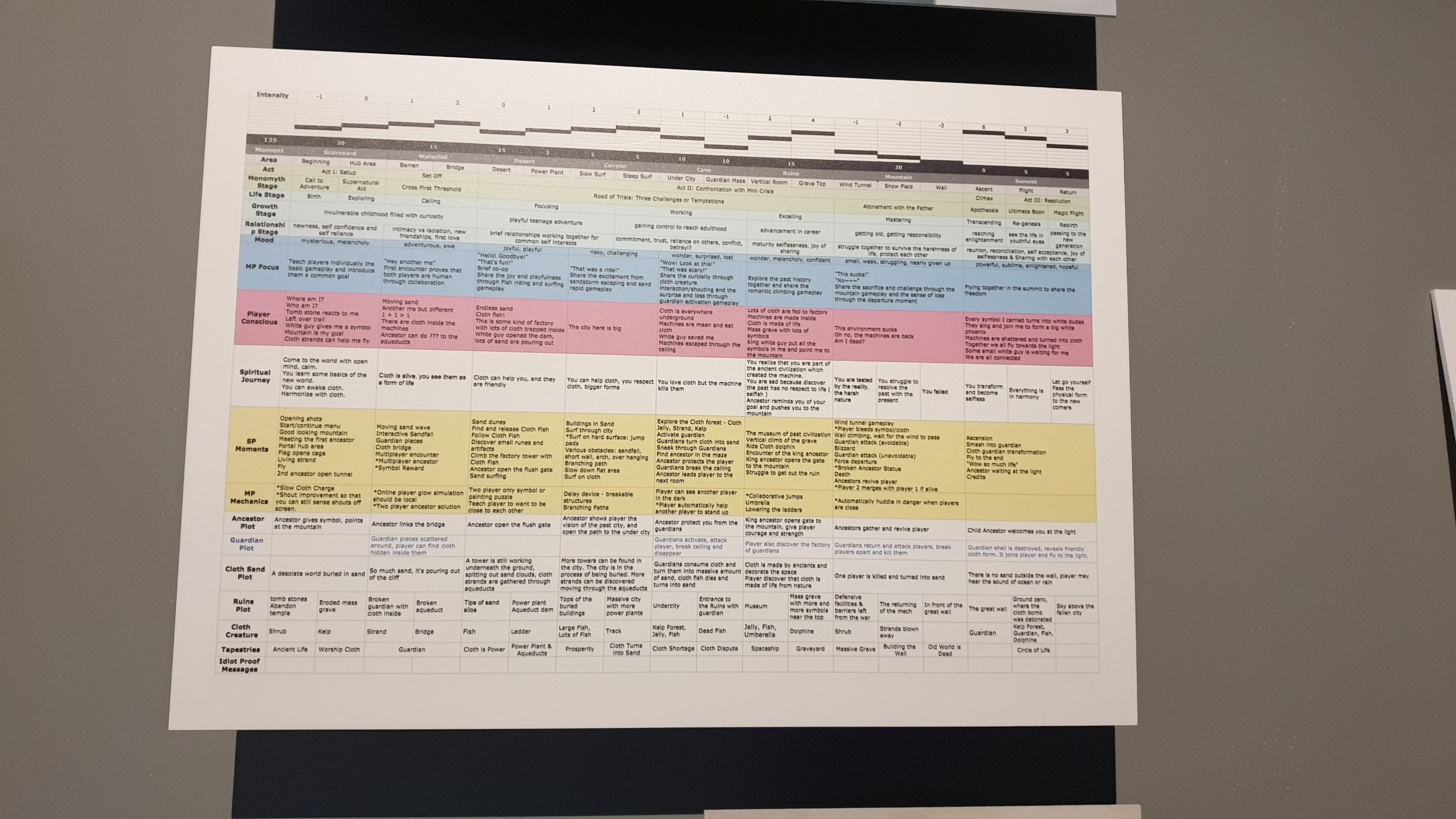


We were surprised, and impressed, at the amount, and quality of ‘real’ drawing that occurs before the computer graphic stage.


Some games used full orchestra and choirs to record the backing music! The permanent Scottish gallery celebrates all aspects of Scottish design. Highlights for us were the Rennie Mackintosh oak room, an exhibition on the Beano.. DC Thomson publishers are based here, and the last tiara Cartier ever made, which was commissioned here, and contains over 25,000 diamonds.

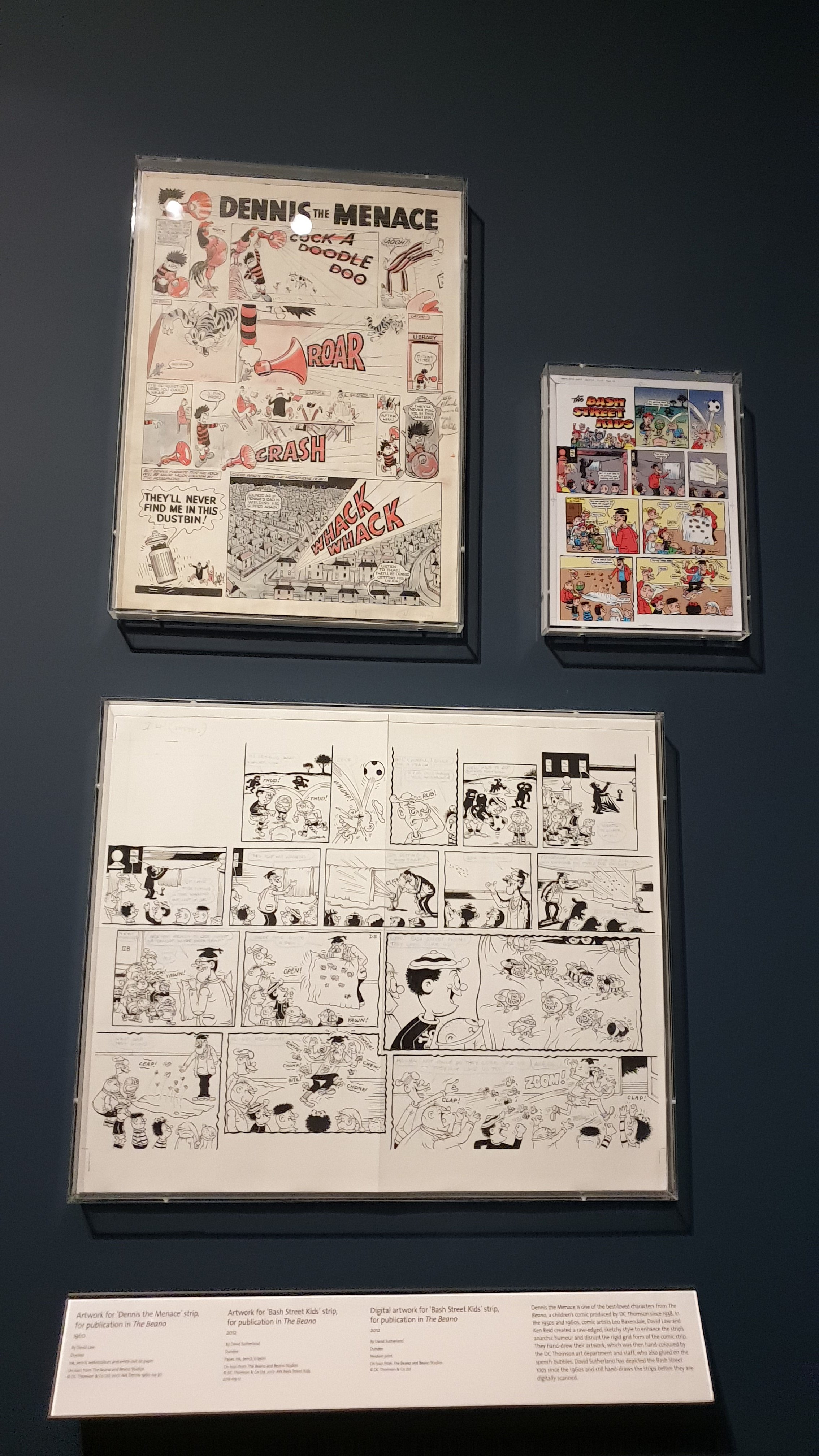
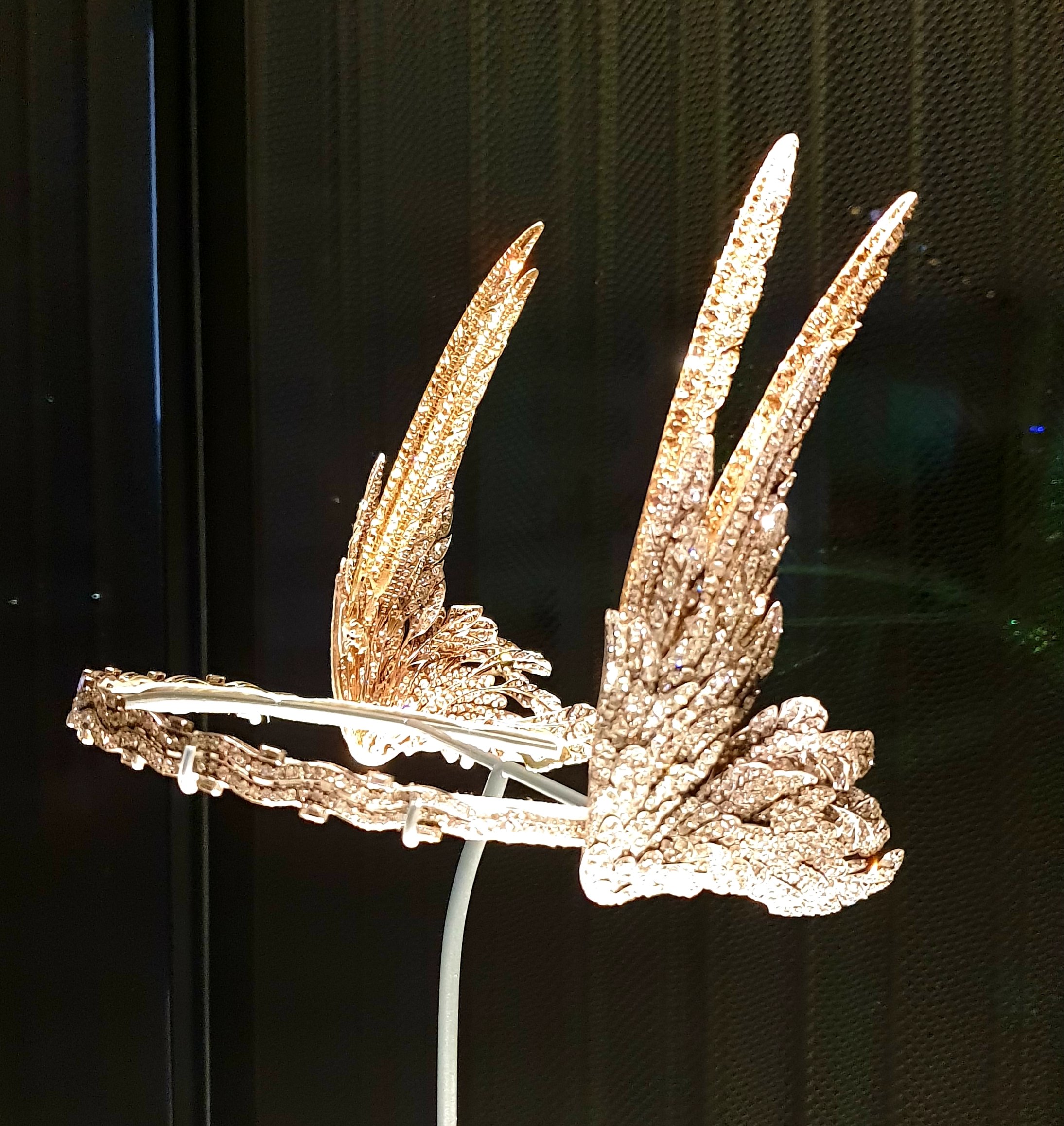
The Scottish fashion exhibit had a lovely line in 1960’s skiwear!
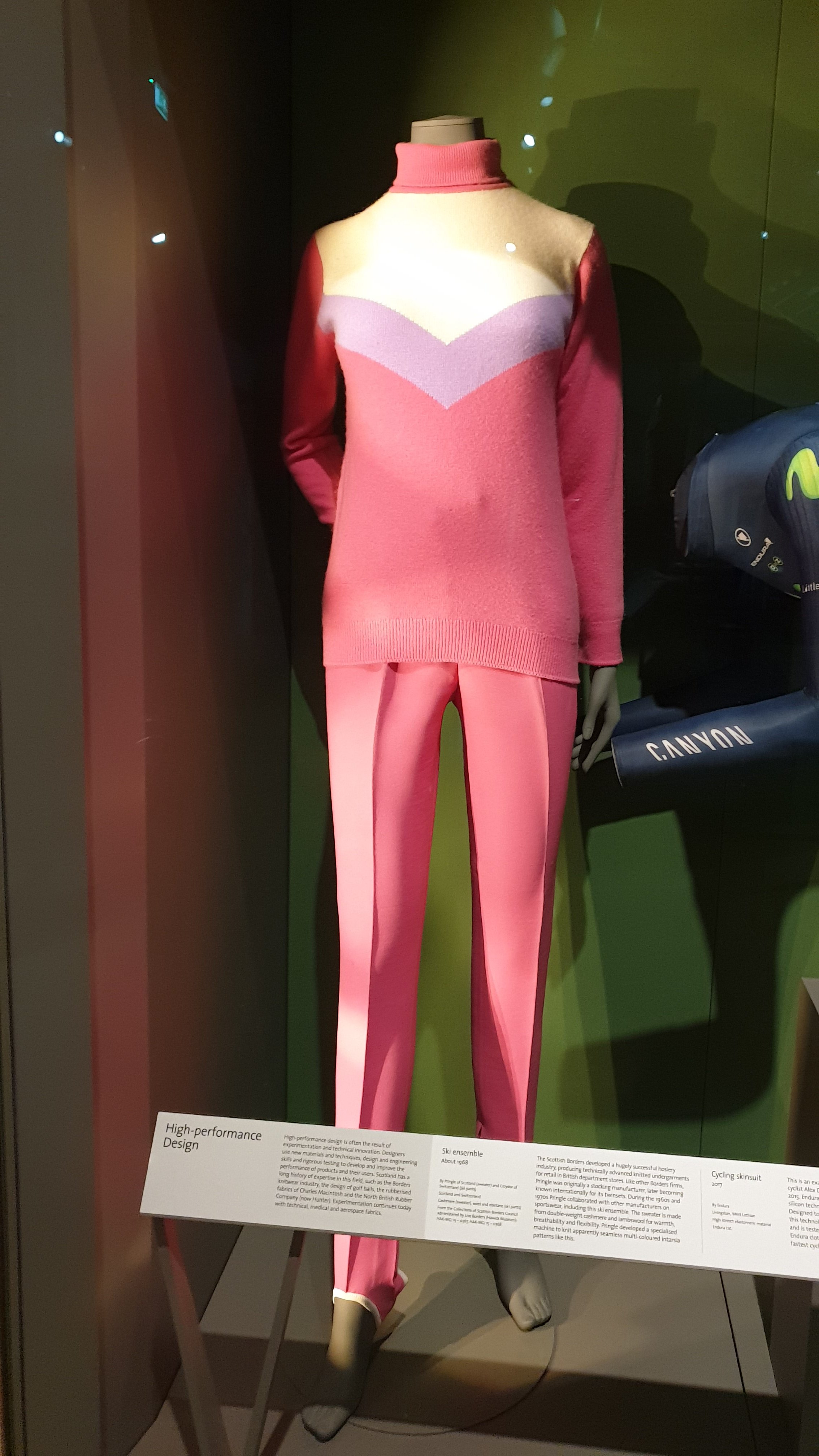
To avoid city centre parking problems, we had earlier driven across the long Tay bridge, with the lovely views… including of more oil platforms in for maintenance!
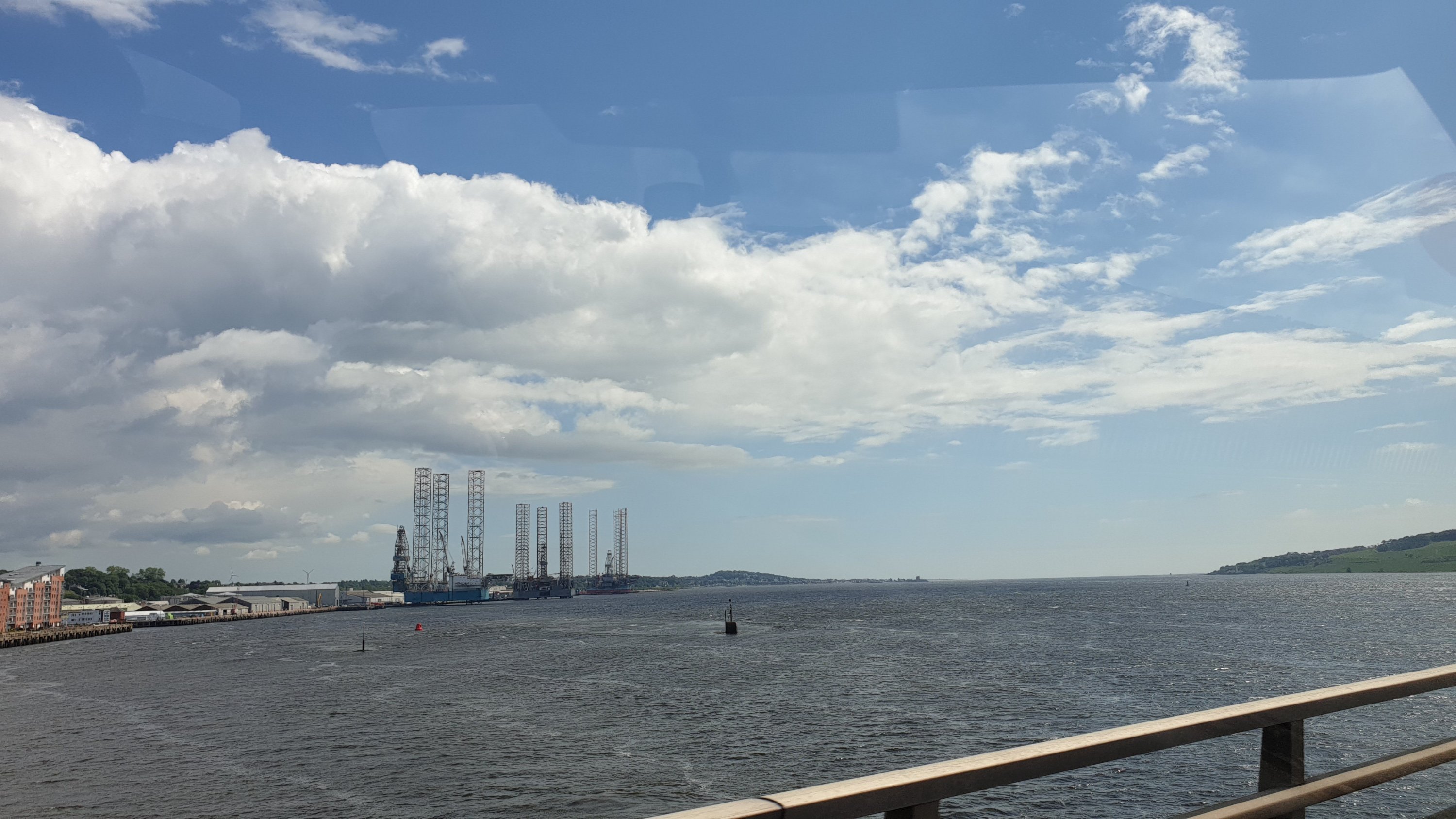

We then caught the local train into and out of Dundee from Leuchars, crossing the railway bridge, under which you can see the stone stumps of the first rail bridge which collapsed in 1879 in a storm, killing everyone aboard the train that plunged into the river. A sobering thought. Back to Boris and we drive out to the Fife coast at St Andrew’s. This is the land of sand dunes and many, many golf courses, including the Holy Grail of Golfers, St Andrew’s itself.

The quaint town now has golfing hotels, and golfing apparel shops everywhere. On its south side are the remains of a magnificent 12th century Abbey, and castle, reminding us that St Andrew’s was here long before the first Mashie Niblick!


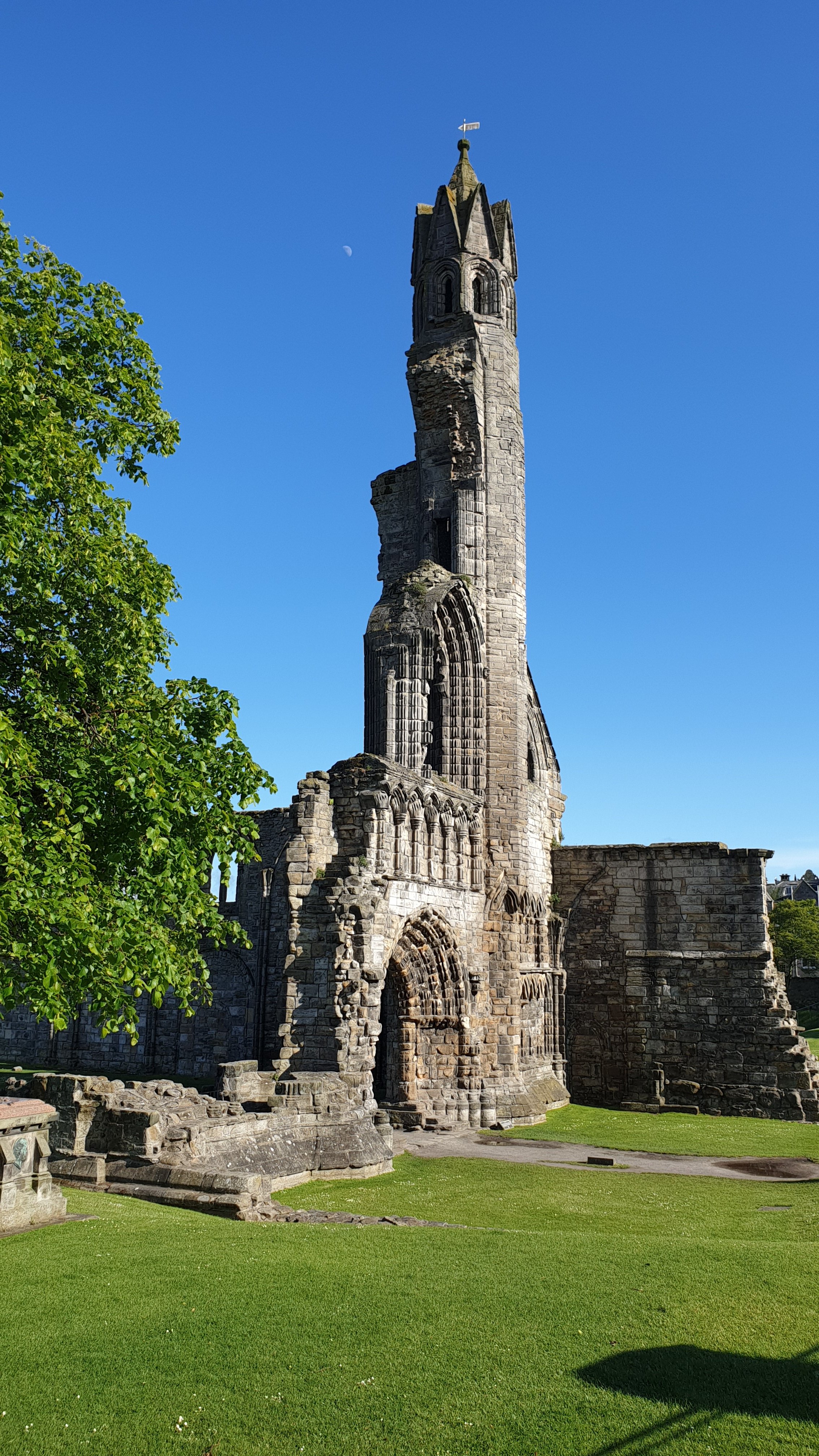
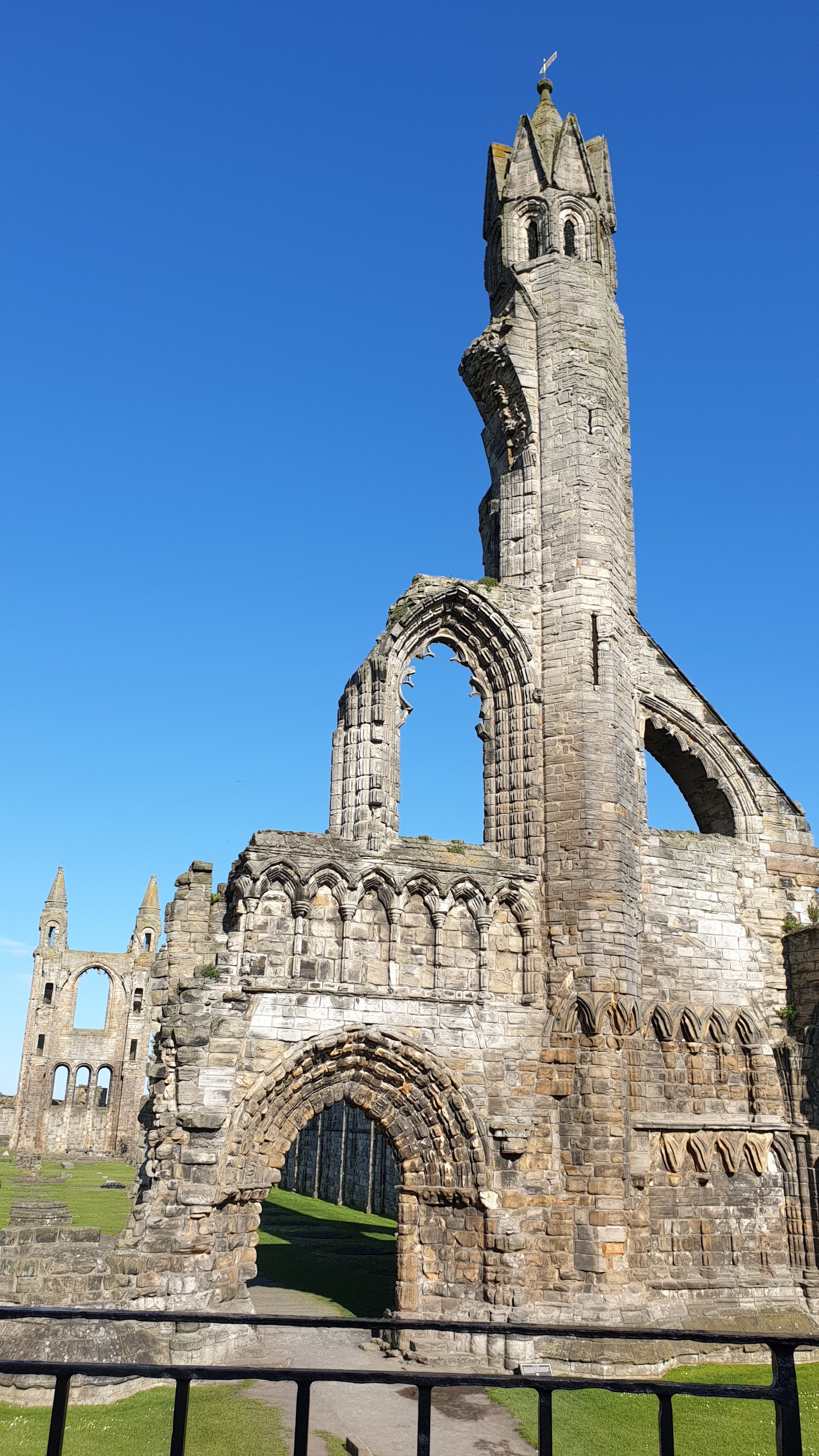
How has that tower stayed up for 800 years?! Of course, St Andrew’s recently had another claim to fame, and they are not shy about exploiting it!

Next, down the coast to Cambo Sands and our free car park for the night, again with a stunning sea view and the chance of an evening walk on the beach.
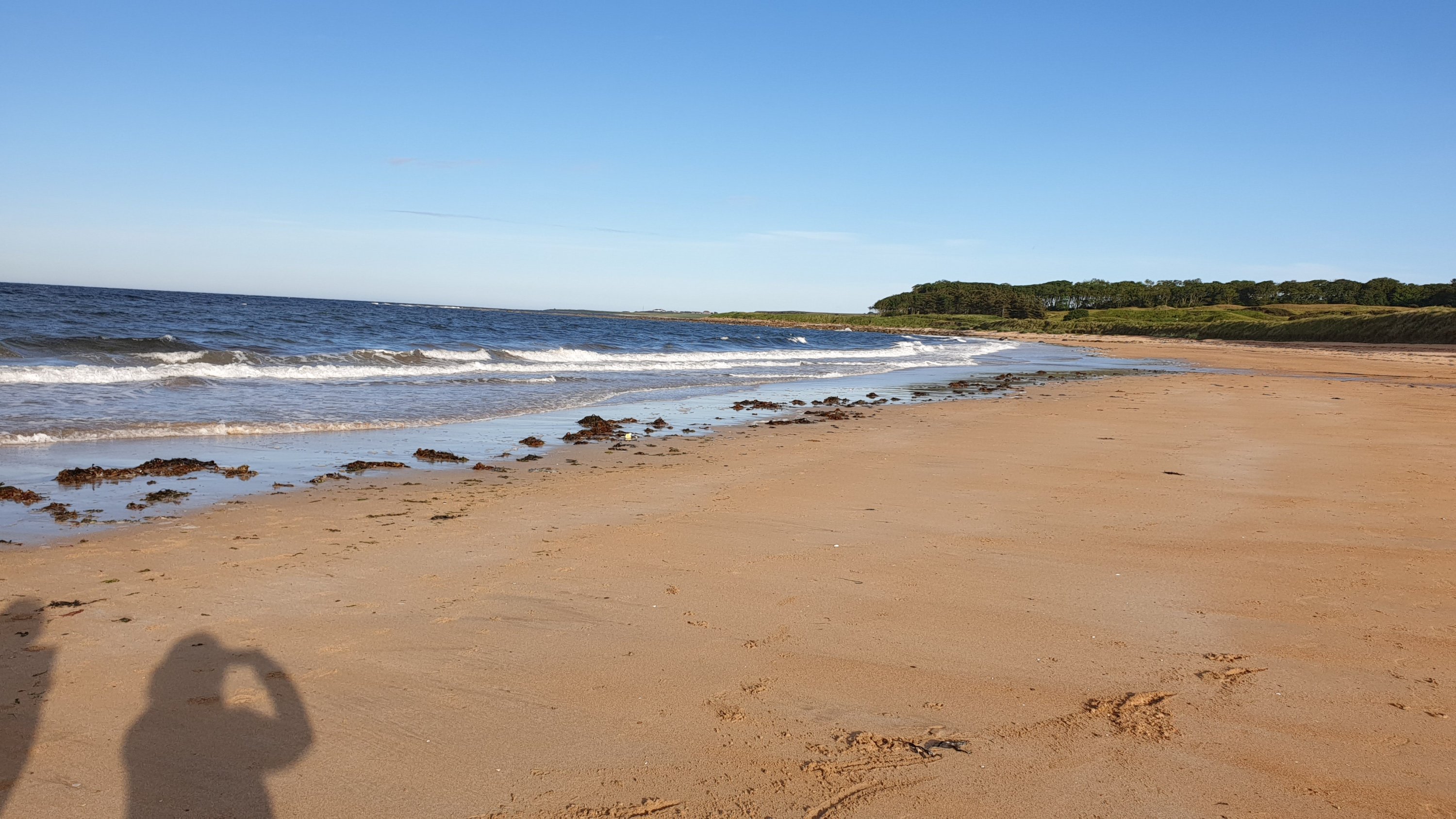
Next morning, a 6 mile walk along the lovely shore, and a pretty stream, watching birds and doing our usual beach clean as we go.
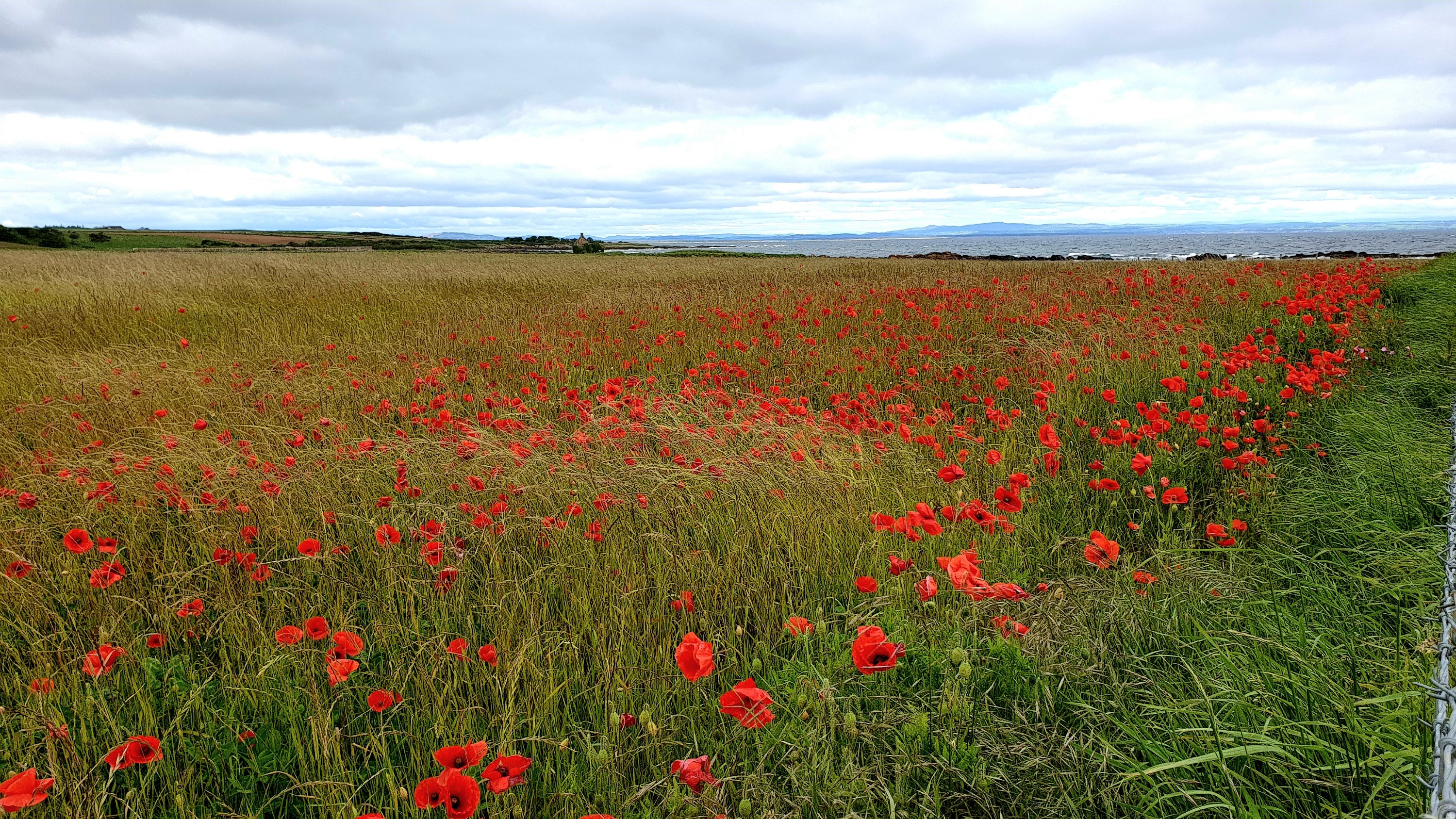


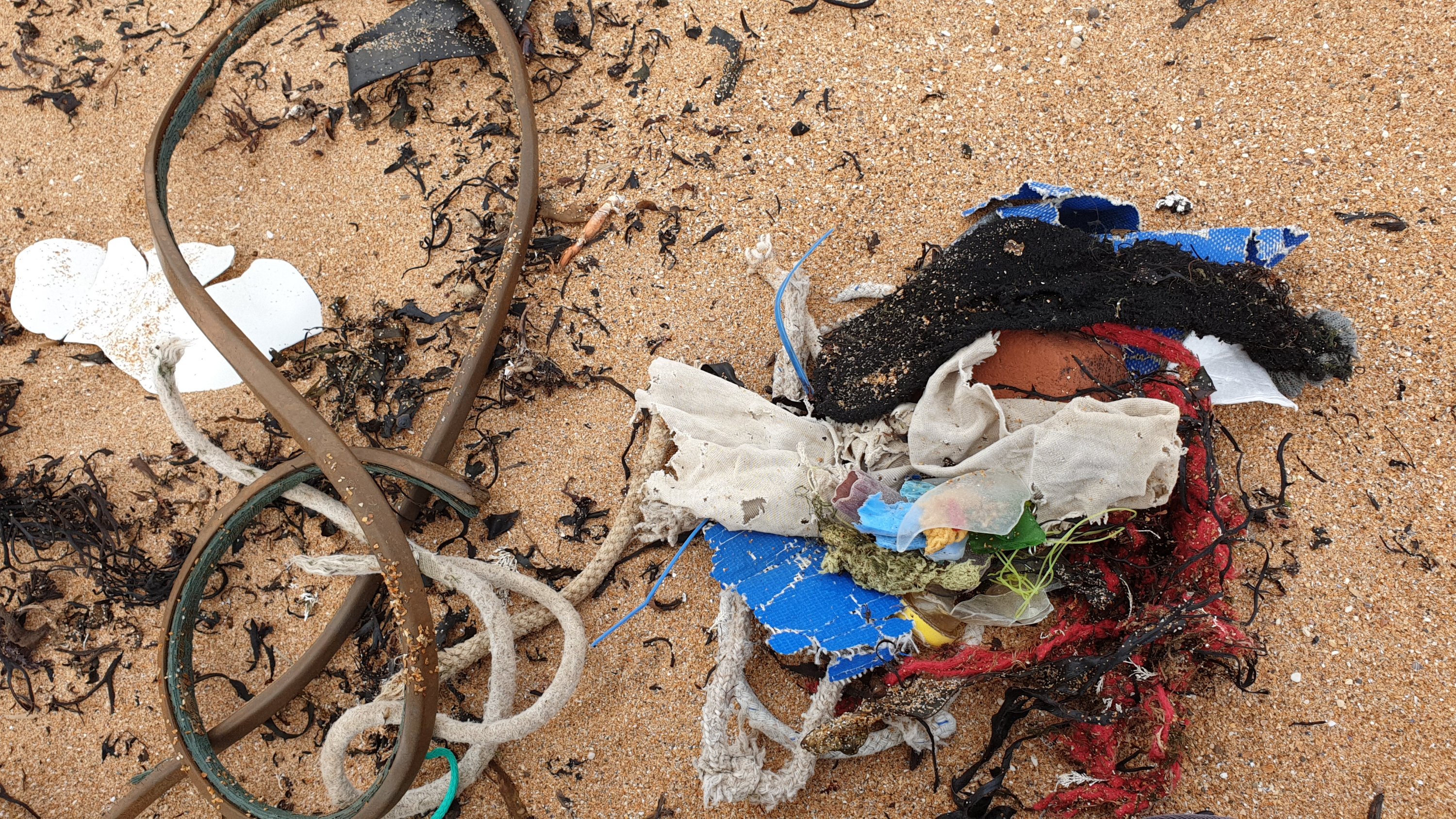
On the whole the beaches are pretty good, but we just pick up any plastic, ropes or litter that we see as a matter of course now. Something we can all do whenever we walk along a beach.
Fife is famous for it’s charming fishing villages, and we drove through Crail, Anstruther, St Monans and Elie

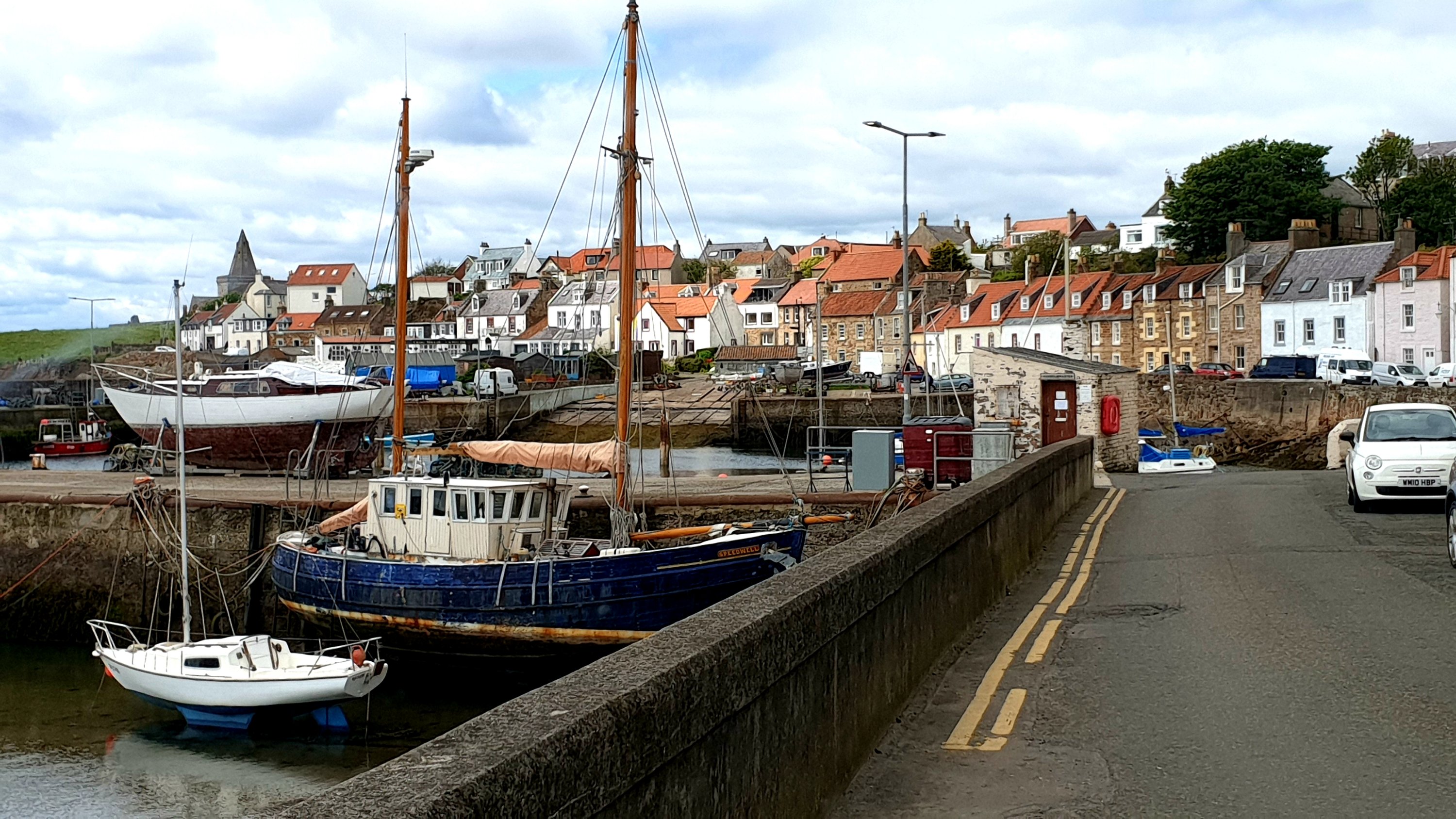
before turning inland to visit Loch Kilconquhar and then Loch Leven, a lovely RSPB reserve where we picked up 3 new birds for our species list, bringing our trip total to 99 different species in Scotland. We cannot leave without the elusive 100th! We also had traumatic ‘nature in the raw’ experience. I took this photo of a black headed gull chick on an island nest with it’s parent birds.

Seconds later, a greater black backed gull dived down and snatched the chick. Adult bh gulls mobbed it, but it got away. A sad Springwatch type moment!
We then started our drive across the more built up areas of central Scotland, until we reached the incredible Kelpie sculpture near Falkirk. Two enormous heads of Kelpies, mythical horses, that represent endurance and strength. They are 30 metres tall and stand by a turning pool on the Union canal. We could spend the night here on the lower car park for £5, which we did so that we could walk to see the Kelpies at night. However, being Scotland and mid June, it wasn’t dark enough until after 11pm! It was worth it though.

They gradually change colour, but my favourite shot is this one, with Chris standing next to one to really show the size and majesty of the Kelpies.

From here next morning, it was just 10 minutes drive to the Falkirk wheel. Scotland’s canal network was built 200 years ago as a major transport network for it’s burgeoning industrial output. The two main canals, the Union, and the Forth and Clyde canal, were linked here by a series of locks. The coming of the rail network, and road haulage meant canals fell out of use and were abandoned. Three blocks of flats were built on the site of the locks. In the 1990’s, interest in canals was renewed and a huge restoration project was begun. They no longer had locks, so they looked for ways to link the 2 canals, finally accepting this superb design from a team led by Tony Kettle.

This is the worlds only rotating boat lift, and has been a huge success both as a functioning boat lift and a tourist attraction.


After our boat ride on the lift, we drove to Uddingston, a leafy Glasgow suburb, and caught the train into Bridgeton, in the east end of the city, to meet Margaret, a dear friend from many years ago.

We had a super afternoon catching up, and visiting some fascinating places in a part of Glasgow off the main tourist trail. They certainly have a jazzy taste in cars!

Margaret works in the Glasgow Women’s library, which evolved from a small project set up in 1990, during Glasgow’s year as European City of culture. It has moved into a beautiful old library building, and is dedicated to women’s lives, histories and achievements, plus hosting workshops, literacy classes, history walks and many other activities for the community. Amongst their treasures is this beautiful umbrella stand, painted by suffragettes imprisoned in jail in Glasgow.

They also have an art space, and were recently chosen by the National Gallery to display a newly acquired painting. A self portrait of the little known but highly regarded, female renaissance artist, Artemesia Gentileschi.

Her story is remarkable. Her father was an artist, and recognised his daughter’s talent. He hired a tutor, who raped Artemesia and was put on trial! However Artemesia was subjected to gruelling questioning and physical torture during the trial that ensued, although finally, and very unusually for the time, he was eventually convicted. She rose to fame in Florence and Naples as an excellent artist.
Walking in the local area we visited the People’s Palace, built in 1898 as a museum of people, and daily life in Glasgow from the 1750s.

Behind it are the glass Winter gardens, currently closed, and in front, the Doulton fountain. The largest terracotta fountain in the world, it was the centrepiece of the Glasgow Great Exhibition in 1888. Some fascinating museum displays, reflecting both Glasgow’s heyday as 2nd city in the Empire, and the extreme poverty experienced here. Pictures of ‘Steamies’, tile clad communal laundries, were given extra meaning when we walked across Glasgow Green and saw the metal poles that would once have been connected by lines for people to hang their washing on, after visiting the steamie!

The most dramatic building was a huge, ornate, tile hung facade resembling the Doges palace in Venice.

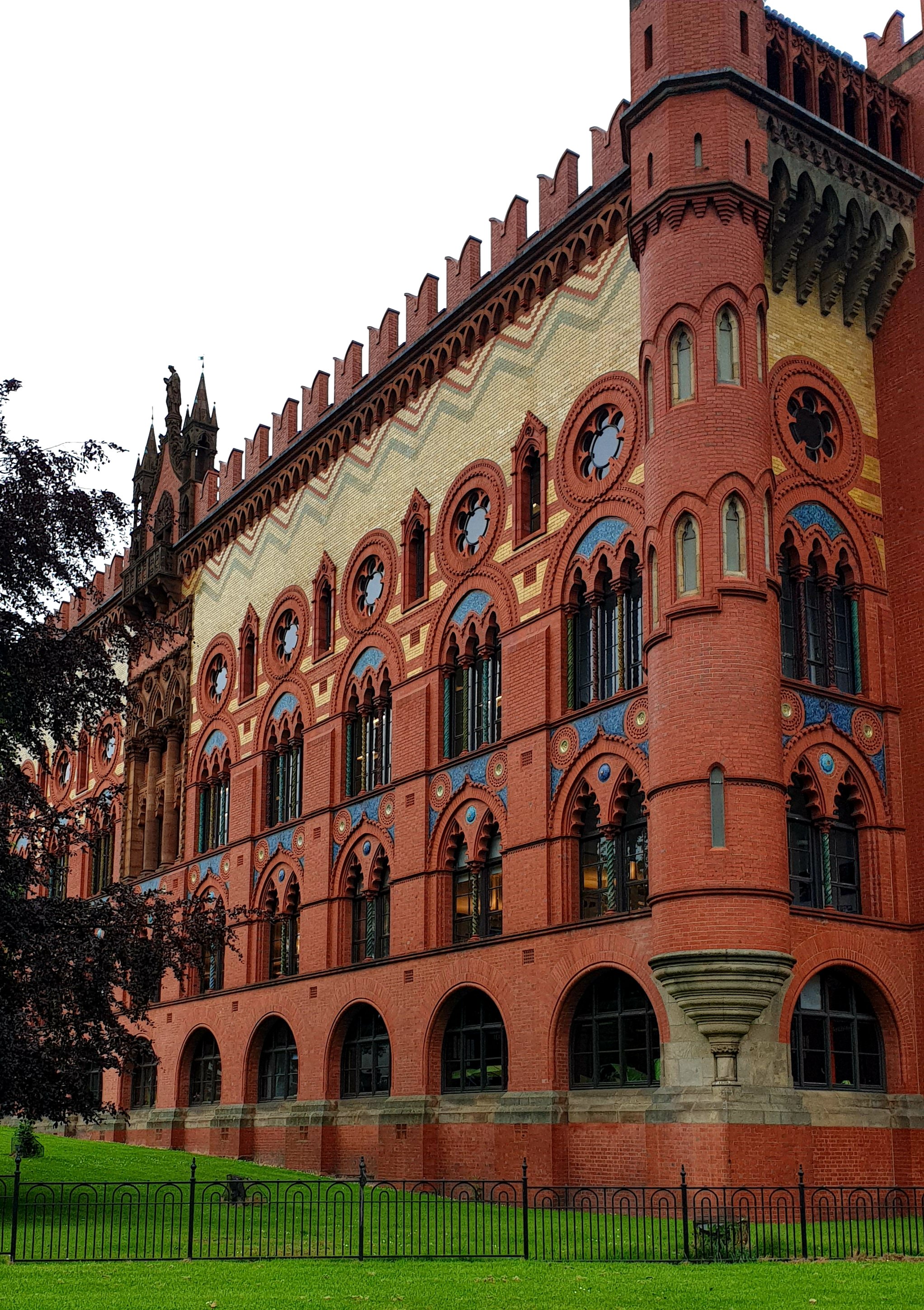
However, it was Templeton’s carpet factory, built this way in 1888 to appease local residents who didn’t want an ugly factory in their midst! Templetons created Axminster carpets that graced Royal Palaces and cruise liners…including the Titanic!
It now houses a brewery and restaurant, where we had an early supper before saying our goodbyes after a lovely afternoon, and heading south to Girvan on the Dumfiries coast… coming full circle as we again had a view of Arran and Ailsa Craig from our car park stop!

Possibly our last night in Scotland, and our last being lulled to sleep by the waves.
Our last day in Scotland, so we drove around the beautiful coast of Dumfries and Galloway to RSPB Mersehead where we saw Sand Martin to take our total to over 100 in Scotland. Yippee! We also saw Roe deer!


Then to beautiful Rockcliffe and a wonderful, if hilly walk along the coast where we had not one, but two wonderful wildlife experiences. Firstly, Peregrine Falcons, nesting on the cliffs,

and secondly, a first for both of us, two young badgers rooting in the grass on the hillside!
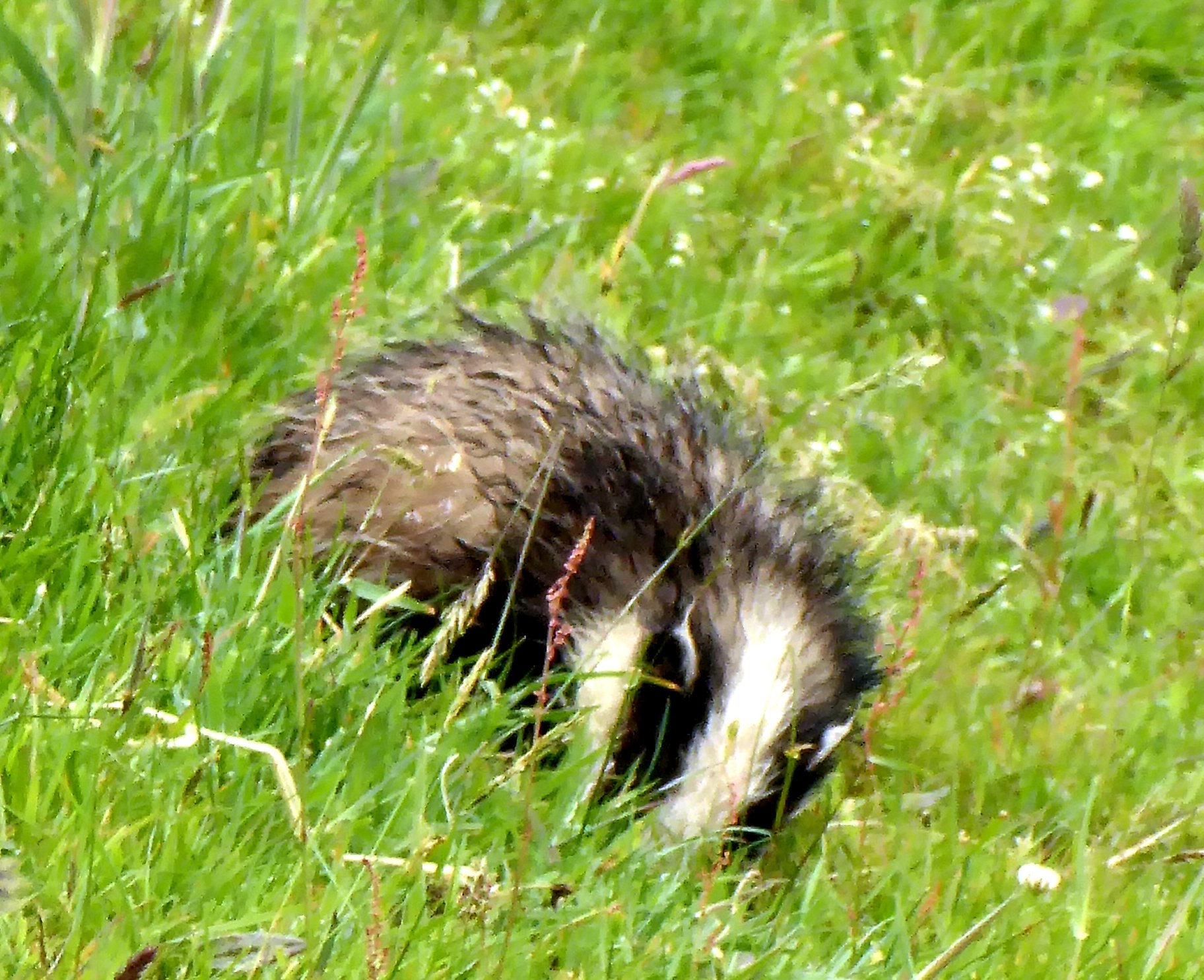
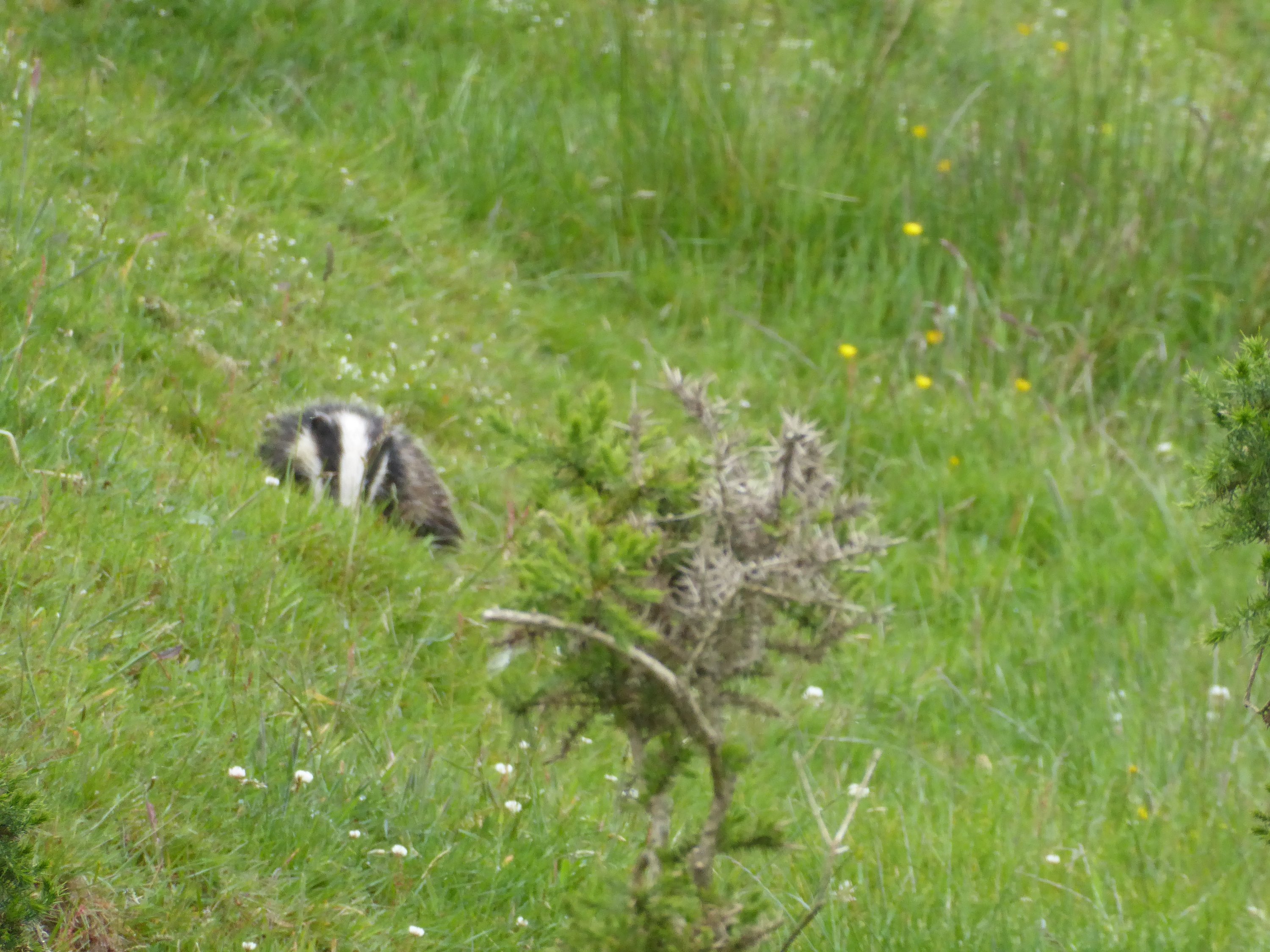
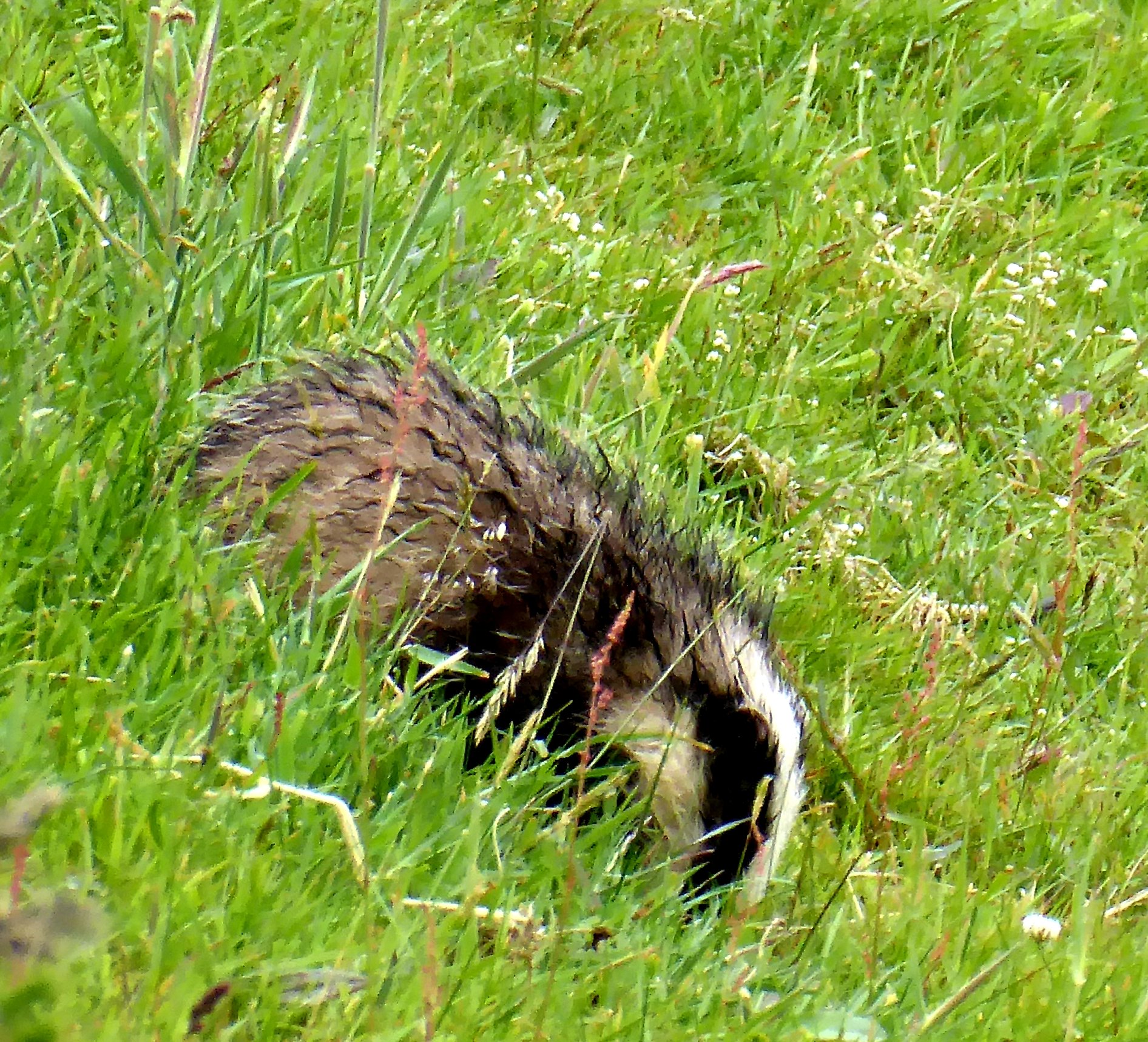
Scotland was really saying goodbye to us in style!
We headed towards Gretna Green and the M6. After nearly 25 days of virtually hold up free motoring, the first thing we saw was a road works sign!!
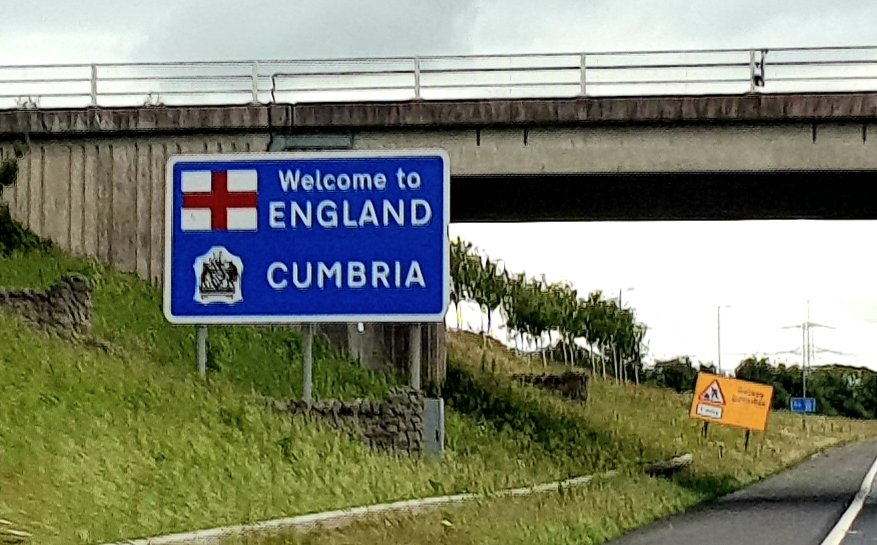

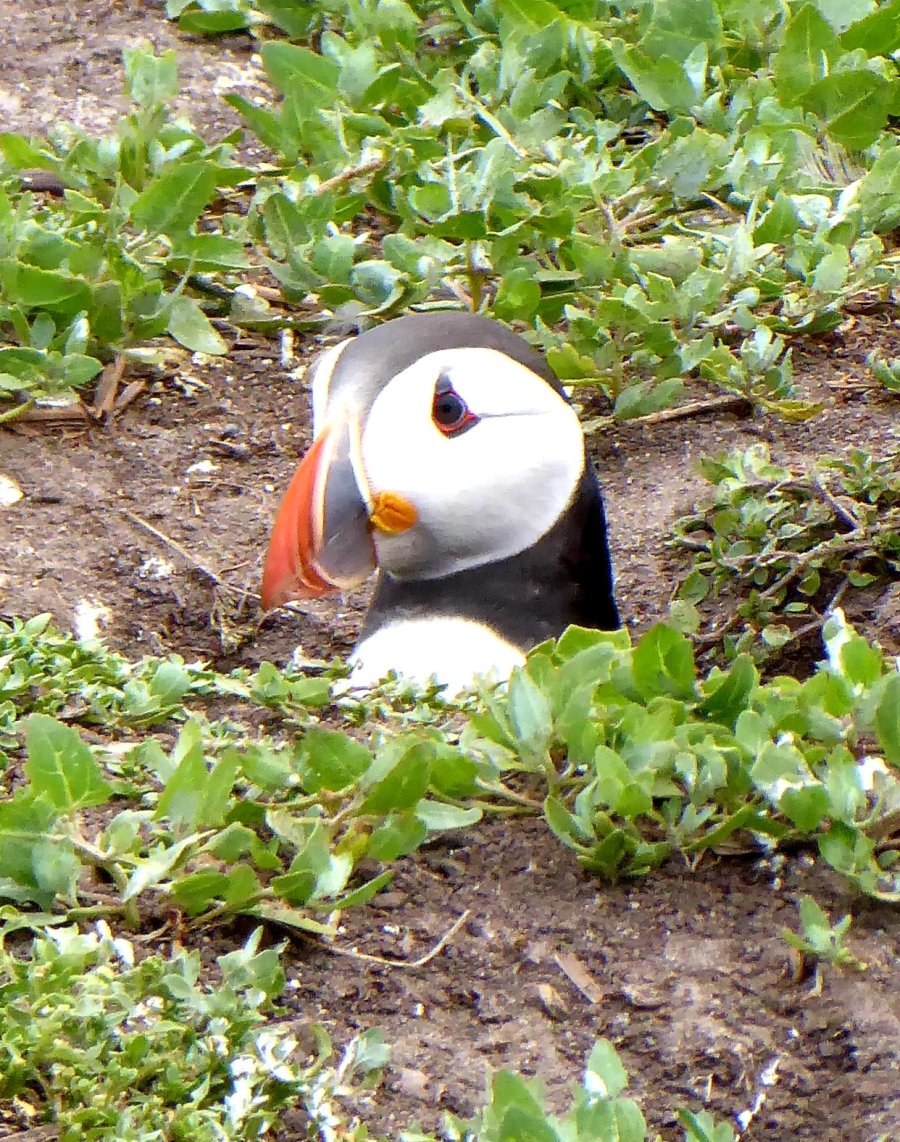

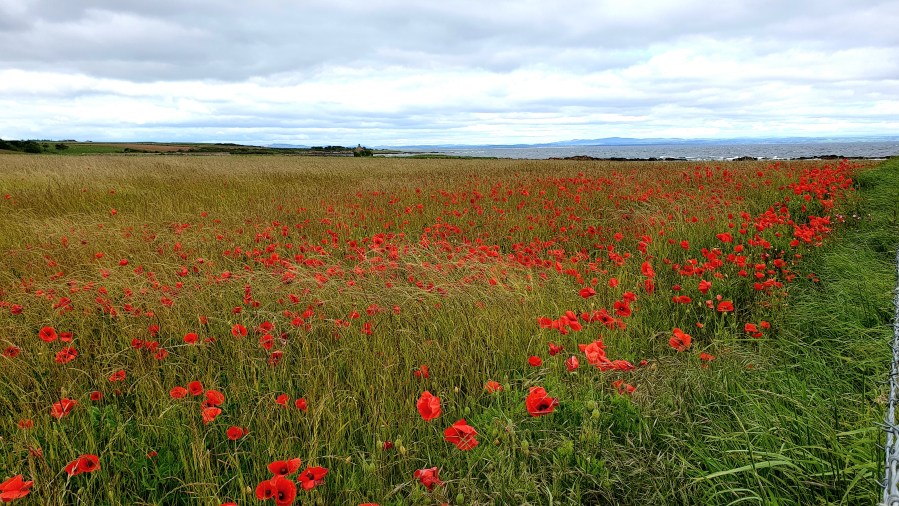

























































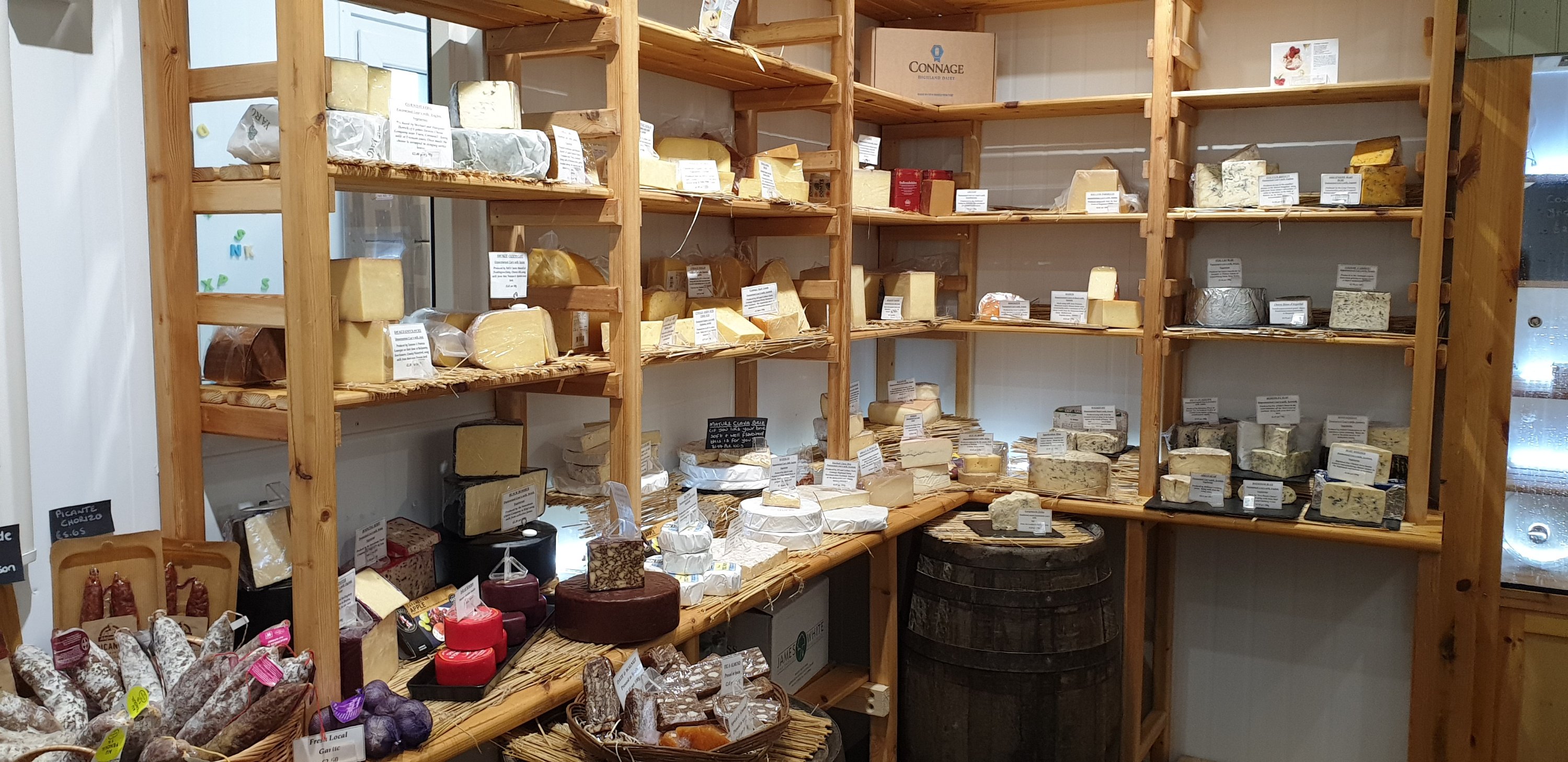 So many beautiful cheeses, including their own which are made on the premises.
So many beautiful cheeses, including their own which are made on the premises. The very friendly staff were keen for us to taste as many as we wished! We were happy to oblige! We came away with 4 delicious cheeses and a smoked Salmon paté made with their own cream cheese, for less than half of the price of a night on a campsite…and our fridge was re-stocked!First stop this morning was Cawdor Castle, built in 1372 and still lived in by the Campbell family.
The very friendly staff were keen for us to taste as many as we wished! We were happy to oblige! We came away with 4 delicious cheeses and a smoked Salmon paté made with their own cream cheese, for less than half of the price of a night on a campsite…and our fridge was re-stocked!First stop this morning was Cawdor Castle, built in 1372 and still lived in by the Campbell family. It was wonderful. A comfortable, homely feel in the rooms was offset by doors that opened onto stone staircases and secret dungeons.
It was wonderful. A comfortable, homely feel in the rooms was offset by doors that opened onto stone staircases and secret dungeons.
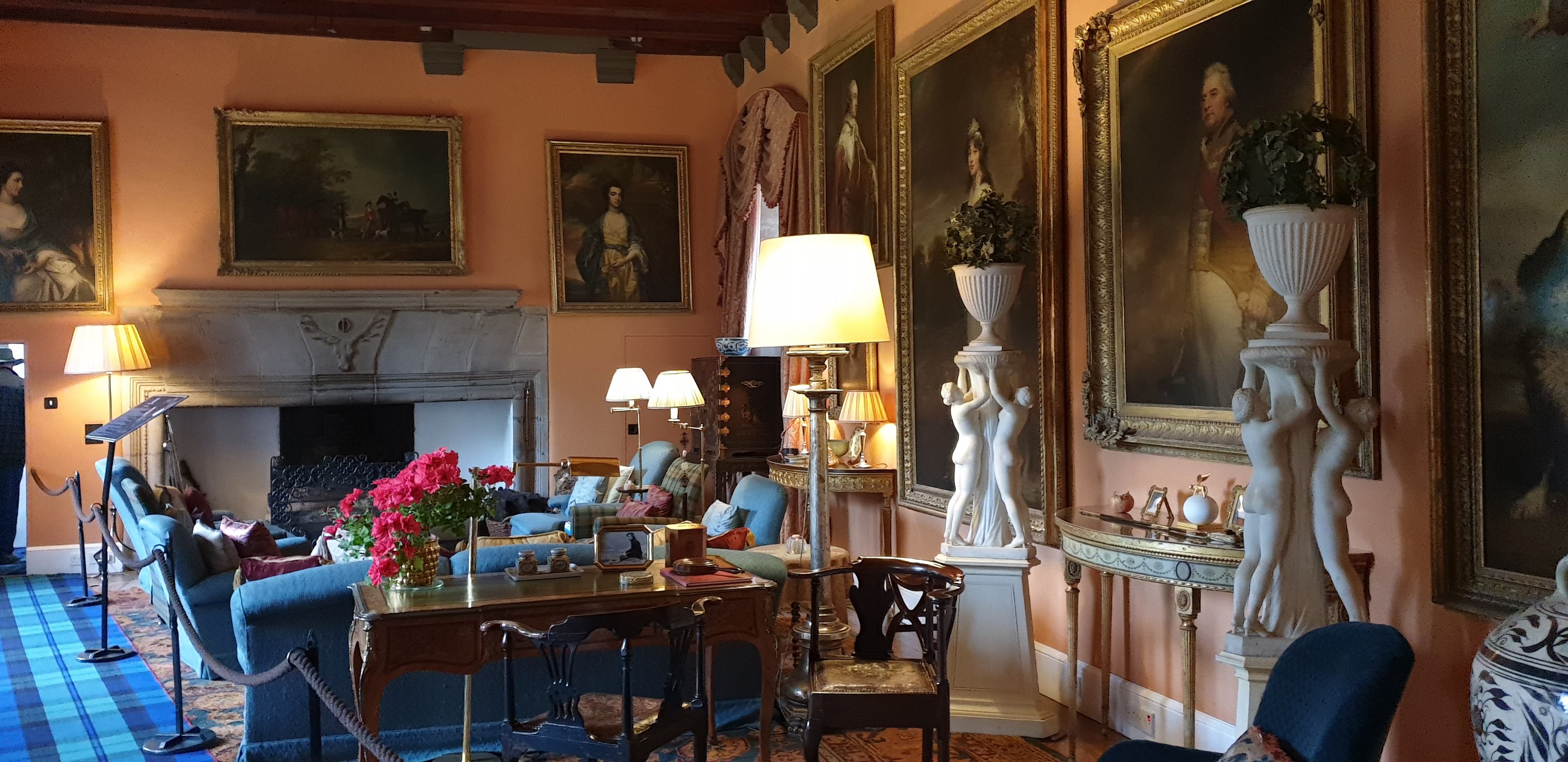 I have never seen twin four posters before!
I have never seen twin four posters before! The first part of the castle to be built was a central keep, and the legend is that when the Thain of Cawdor wanted to build his castle, he sent his donkey to wander with a panniers of gold. Wherever the animal rested, he would build. It stopped under a Holly tree, so he built his keep around the tree. The holly tree is still there, and when it was carbon dated, it dates to the late 1300’s, when the castle was built!
The first part of the castle to be built was a central keep, and the legend is that when the Thain of Cawdor wanted to build his castle, he sent his donkey to wander with a panniers of gold. Wherever the animal rested, he would build. It stopped under a Holly tree, so he built his keep around the tree. The holly tree is still there, and when it was carbon dated, it dates to the late 1300’s, when the castle was built!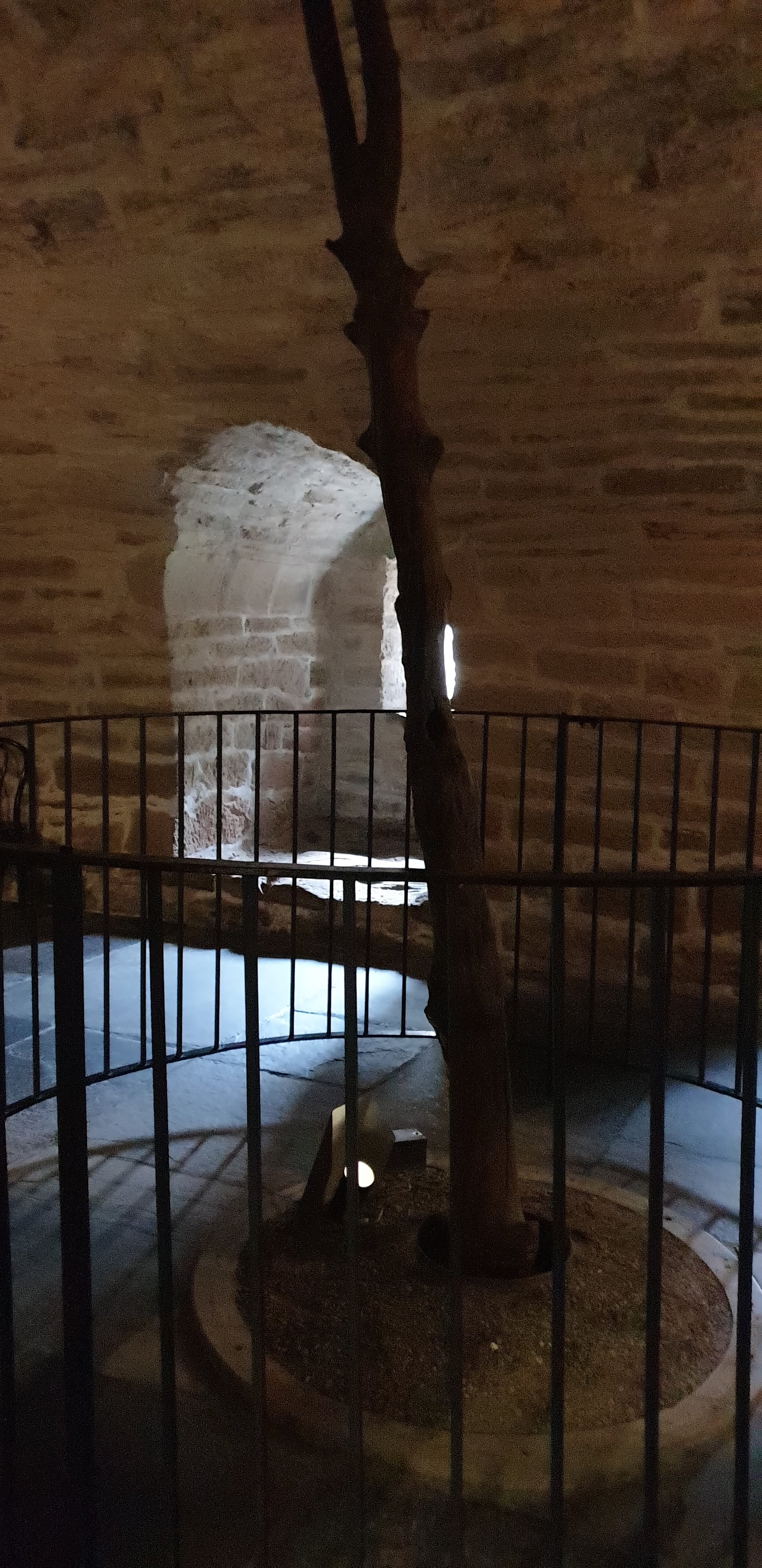 Around the castles were beautiful gardens and a maze, and we decided it was one of our favourite places.
Around the castles were beautiful gardens and a maze, and we decided it was one of our favourite places.

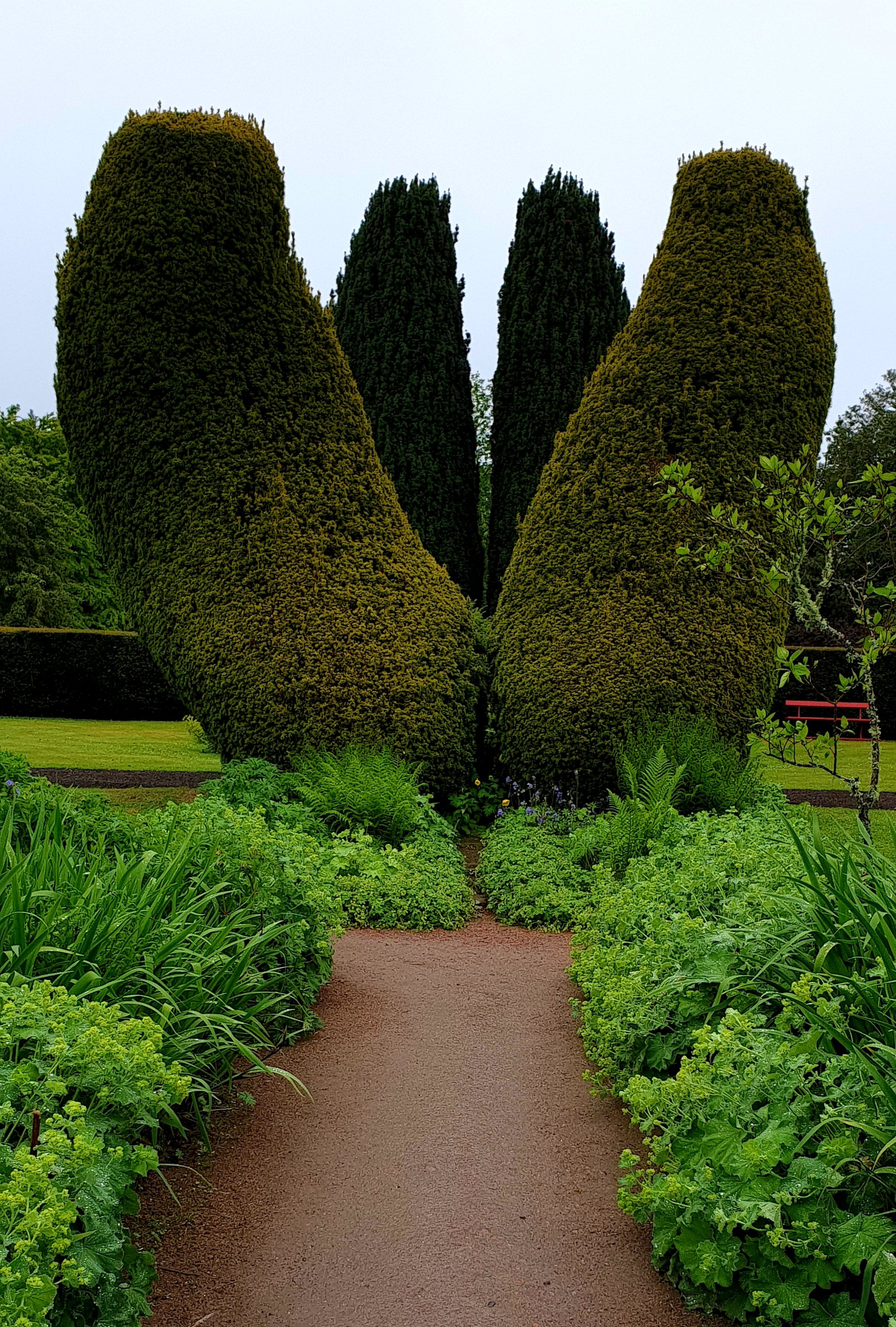 We were disappointed not to see Osprey at Loch Garten, and we had been told of a secret location near the castle to see them. We headed there on foot, in quite heavy rain, and saw the nest with a parent bird hunkered down, presumably sheltering the chicks. Hurray!Next, onto Lossiemouth where, as the rain had stopped, we did two walks. The first into the coastal forest, the only place we have ever seen where lichen carpeted the ground, looking like snow!
We were disappointed not to see Osprey at Loch Garten, and we had been told of a secret location near the castle to see them. We headed there on foot, in quite heavy rain, and saw the nest with a parent bird hunkered down, presumably sheltering the chicks. Hurray!Next, onto Lossiemouth where, as the rain had stopped, we did two walks. The first into the coastal forest, the only place we have ever seen where lichen carpeted the ground, looking like snow! Then, literally in the middle of nowhere, is a hidden corner where bird feeders are set up and regularly replenished. We sat on the bench there, literally feet from the feeders, as birds came and went, including coal tits feeding young. Suddenly, a flash of yellow, and a family of yellowhammer arrived, which were delightful. What a treat.
Then, literally in the middle of nowhere, is a hidden corner where bird feeders are set up and regularly replenished. We sat on the bench there, literally feet from the feeders, as birds came and went, including coal tits feeding young. Suddenly, a flash of yellow, and a family of yellowhammer arrived, which were delightful. What a treat.
 Next a walk to Loch Spynie for some more bird watching, before returning to Lossiemouth, and, in particular the Lossie fish and chip shop!Supper purchased, we drove to the car park at the west beach where we could stay the night.Parked looking across the beach, two birds appeared, hovered and then dived into the tidal lagoon right in front of us. They were Ospreys, and we were treated to a few hours of them fishing! Every time they caught something they were mobbed by gulls. Amazing to watch.
Next a walk to Loch Spynie for some more bird watching, before returning to Lossiemouth, and, in particular the Lossie fish and chip shop!Supper purchased, we drove to the car park at the west beach where we could stay the night.Parked looking across the beach, two birds appeared, hovered and then dived into the tidal lagoon right in front of us. They were Ospreys, and we were treated to a few hours of them fishing! Every time they caught something they were mobbed by gulls. Amazing to watch.
 Then at 7.45 a jet took off from RAF Lossiemouth and disappeared towards the horizon. A lady passing said ‘There goes the 8pm fly past’ Sure enough, at 8pm exactly the Typhoon jet came roaring towards us and as he reached the shore, pulled into a lightning fast vertical climb, before spiralling down and vanishing!Another treat… and a regular occurrence apparently!
Then at 7.45 a jet took off from RAF Lossiemouth and disappeared towards the horizon. A lady passing said ‘There goes the 8pm fly past’ Sure enough, at 8pm exactly the Typhoon jet came roaring towards us and as he reached the shore, pulled into a lightning fast vertical climb, before spiralling down and vanishing!Another treat… and a regular occurrence apparently! The final treat was a super sunset!
The final treat was a super sunset! We both woke at 4am, and peeked out of the window. What a sight. The tide was in, the sun was beginning to rise…. and the Osprey were back fishing!
We both woke at 4am, and peeked out of the window. What a sight. The tide was in, the sun was beginning to rise…. and the Osprey were back fishing!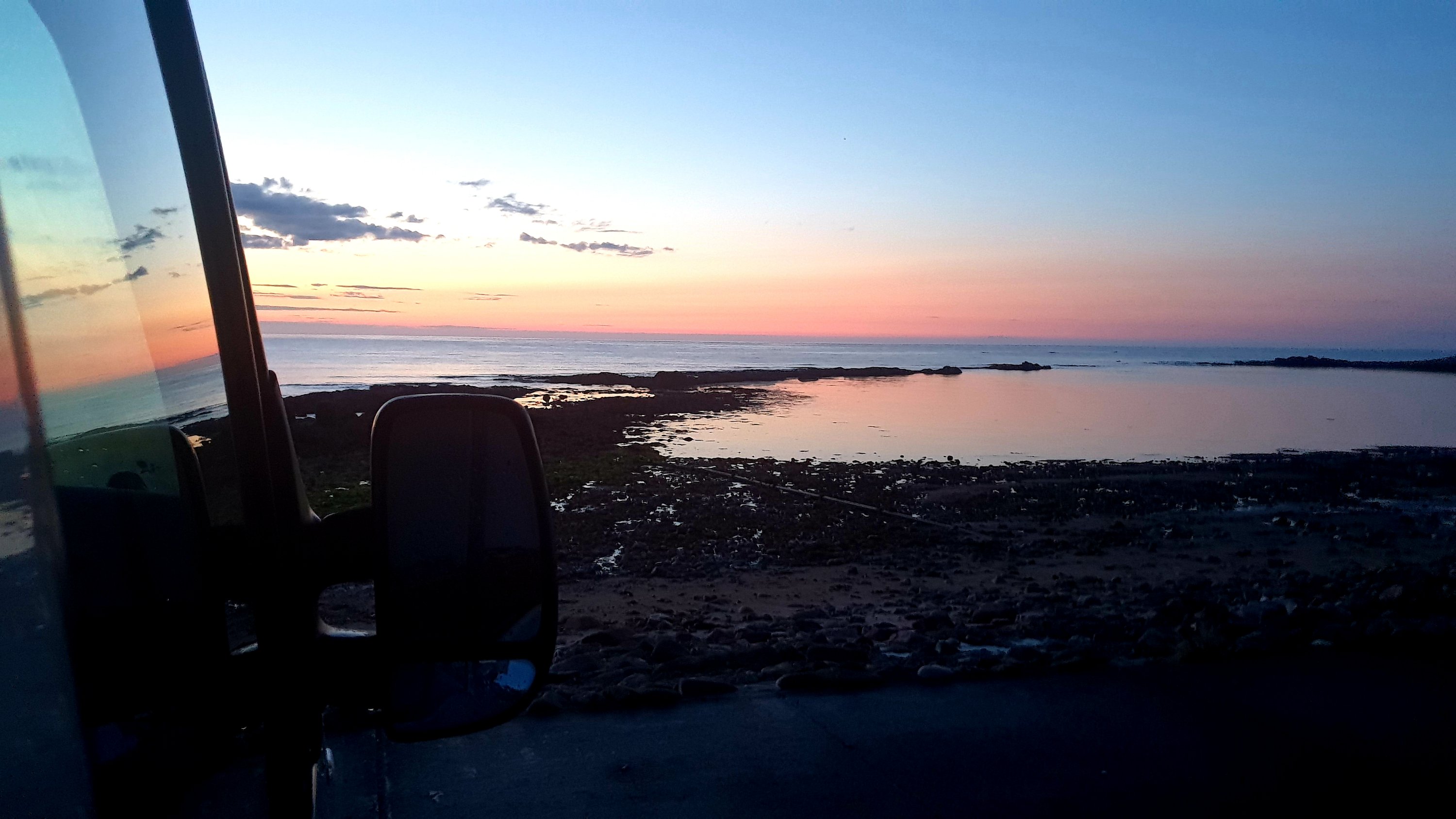 And the cost of that campsite… free! Wow…so lucky! We even went straight back to sleep!Next day was forecast sunny, so we decided to do some walking!! Firstly, a visit to beautiful Elgin Cathedral… built in 1224, but left for ruin after the reformation in 1560, it has been a tourist attraction since the 1800s!
And the cost of that campsite… free! Wow…so lucky! We even went straight back to sleep!Next day was forecast sunny, so we decided to do some walking!! Firstly, a visit to beautiful Elgin Cathedral… built in 1224, but left for ruin after the reformation in 1560, it has been a tourist attraction since the 1800s!
 On the Bishops house next door, these interesting house shaped gable ends caught my eye.
On the Bishops house next door, these interesting house shaped gable ends caught my eye. Next door is the peaceful Biblical garden.
Next door is the peaceful Biblical garden.
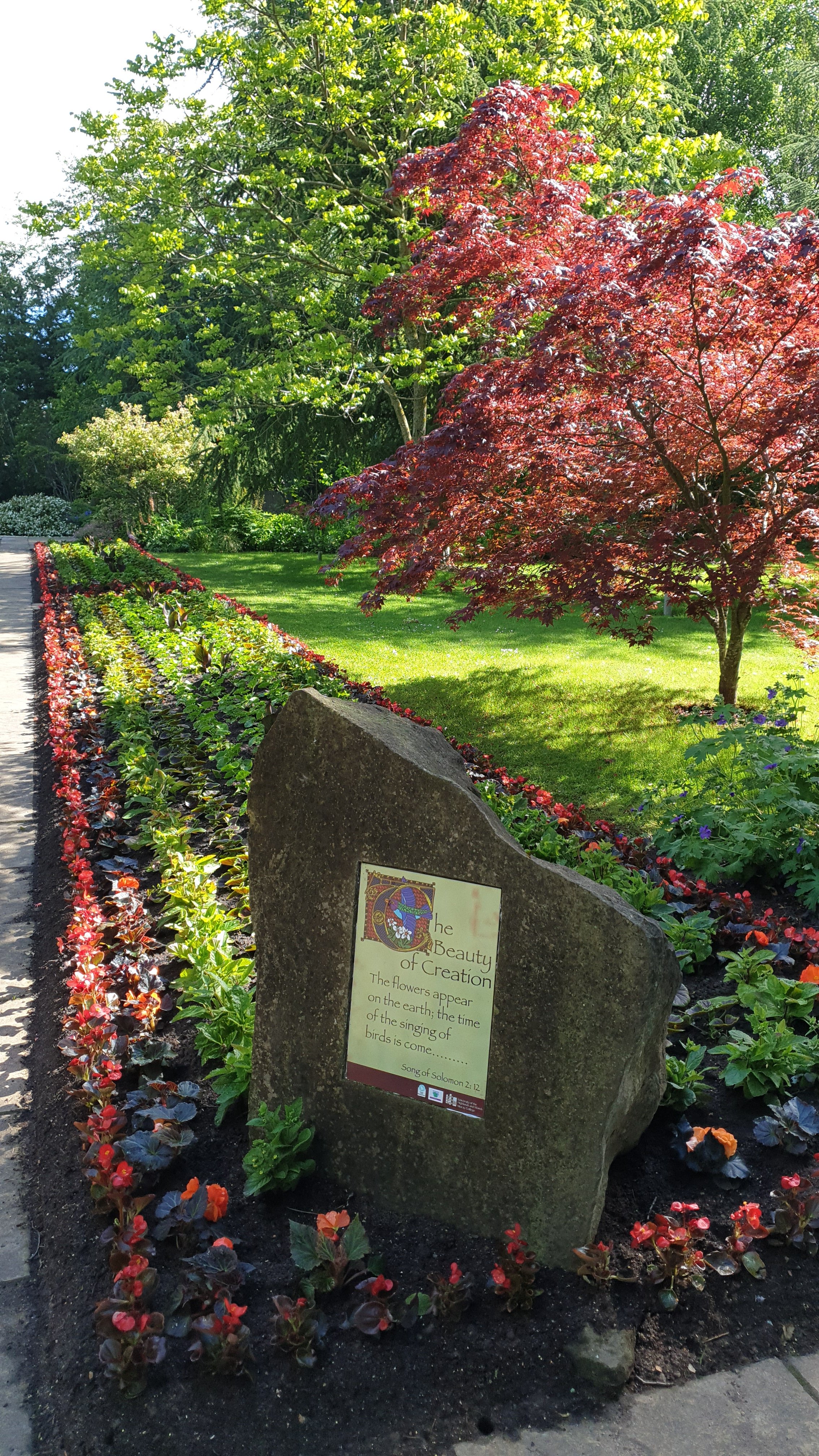 Then an 8 mile coastal walk from Portsoy to Cullen (home of Cullen Skink… not an animal but gorgeous smoked haddock chowder!). We had parked Boris in Cullen, then caught the local bus to Portsoy to walk back. Sadly, Chris’ English bus pass was not accepted! If we had been on bikes (anyone who knows me should now be laughing loudly!), there was a super bike service point provided in the town square!
Then an 8 mile coastal walk from Portsoy to Cullen (home of Cullen Skink… not an animal but gorgeous smoked haddock chowder!). We had parked Boris in Cullen, then caught the local bus to Portsoy to walk back. Sadly, Chris’ English bus pass was not accepted! If we had been on bikes (anyone who knows me should now be laughing loudly!), there was a super bike service point provided in the town square!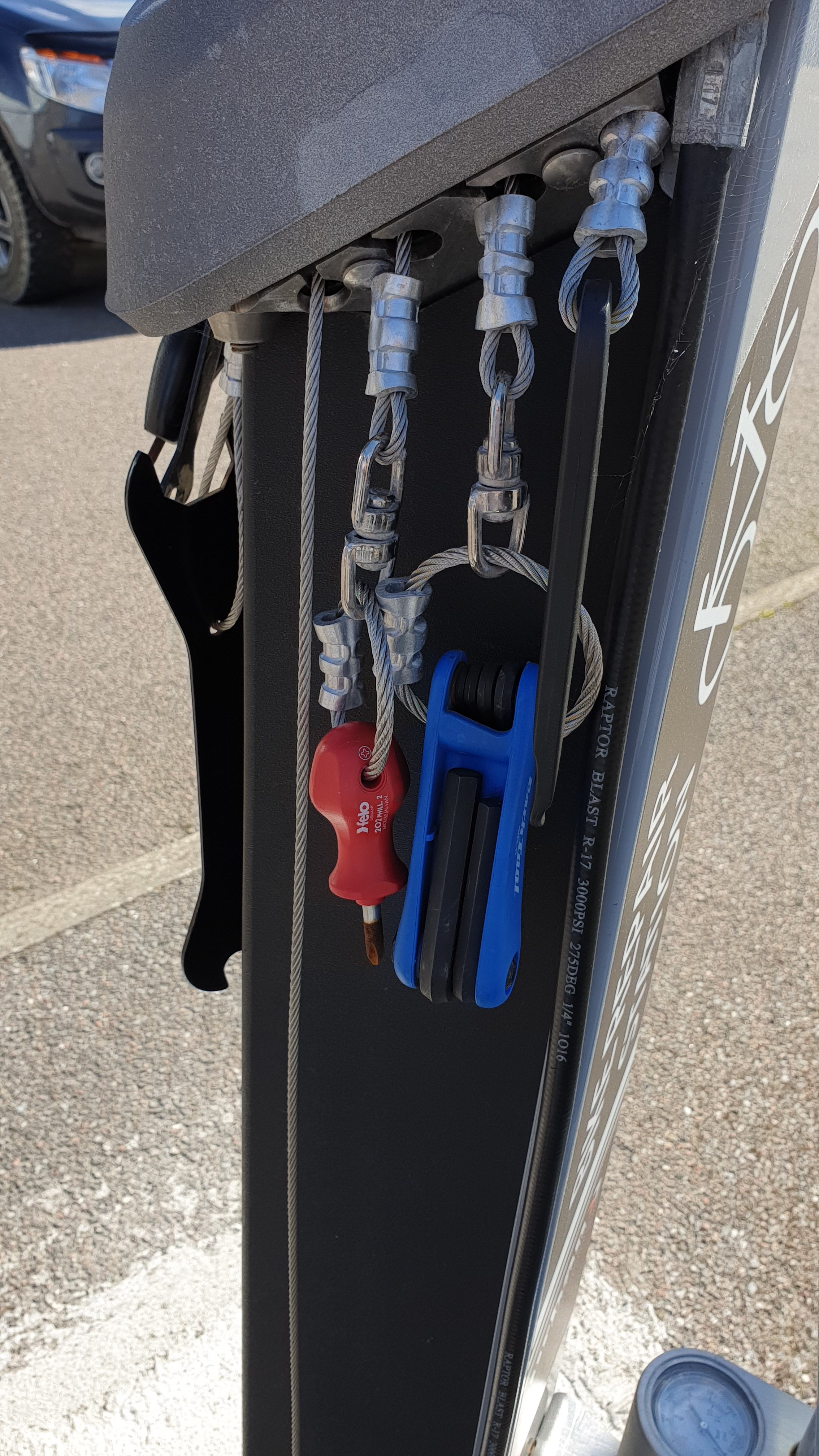
 This was an exhilarating walk.
This was an exhilarating walk.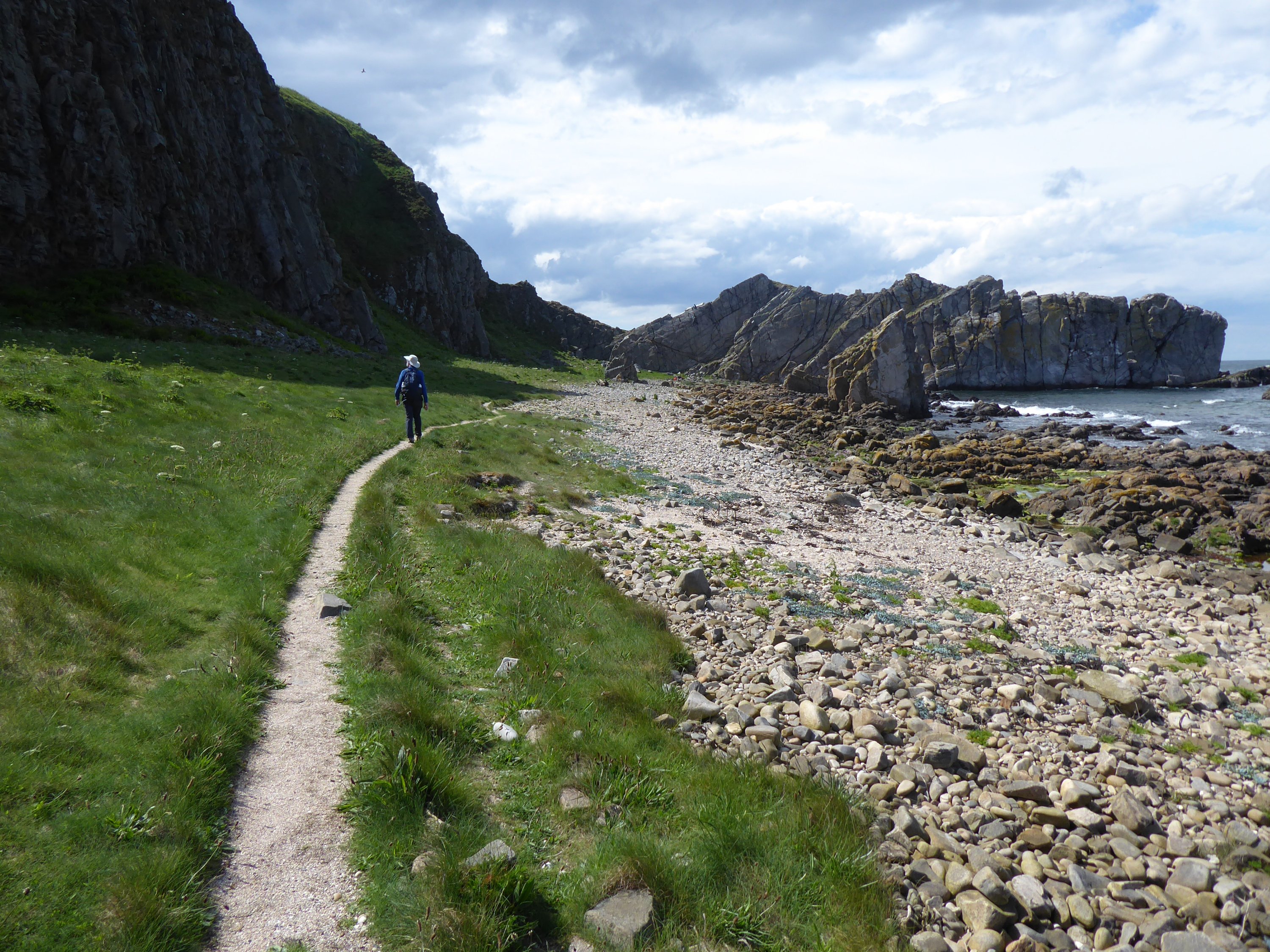


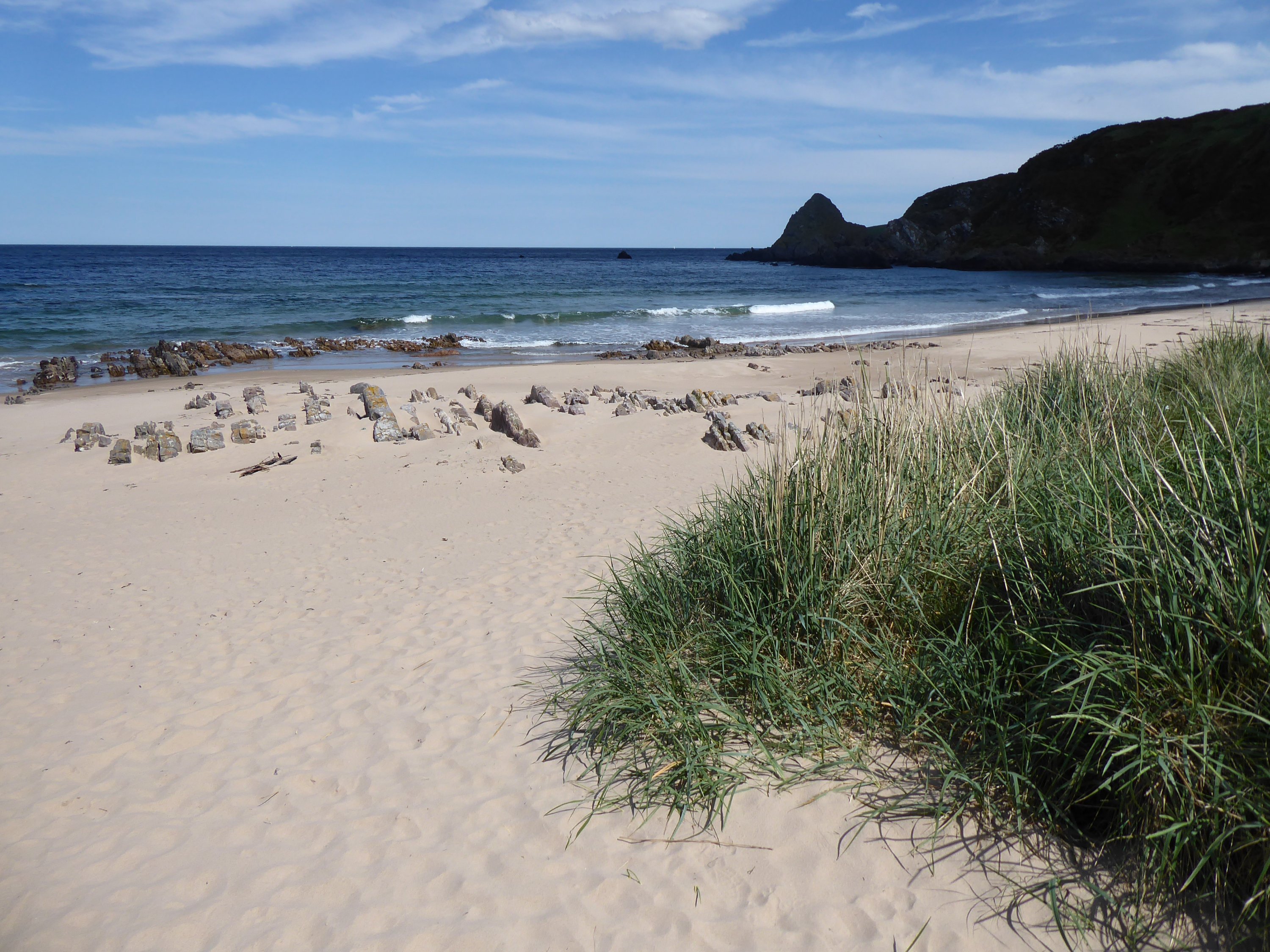
 We also saw some beautiful orchids.
We also saw some beautiful orchids. Lots of beautiful scenery, cliffs studded with birds, sandy beaches and even an impossibly sited castle ruin – Findlater castle.
Lots of beautiful scenery, cliffs studded with birds, sandy beaches and even an impossibly sited castle ruin – Findlater castle.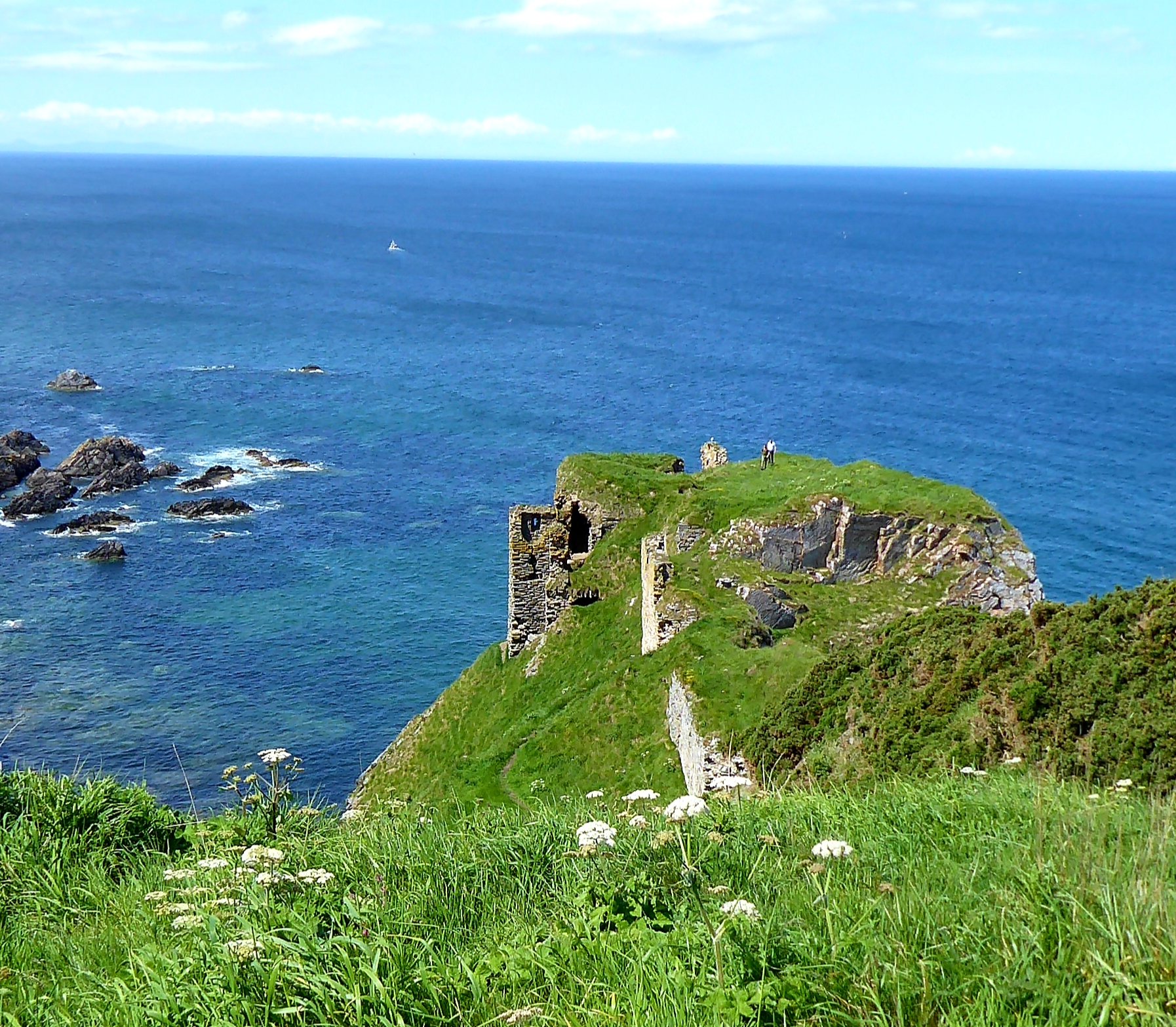 We completed the somewhat hilly trek, and had an award winning ice cream as our prize!
We completed the somewhat hilly trek, and had an award winning ice cream as our prize! Back into Boris and a journey 10 miles along the coast to the RSPB reserve at Troup Head. Another few kilometres walking here was amply rewarded by the views of Scotland’s only mainland Gannet colony… 2000 beautiful birds, which we could see, hear and definitely smell!
Back into Boris and a journey 10 miles along the coast to the RSPB reserve at Troup Head. Another few kilometres walking here was amply rewarded by the views of Scotland’s only mainland Gannet colony… 2000 beautiful birds, which we could see, hear and definitely smell!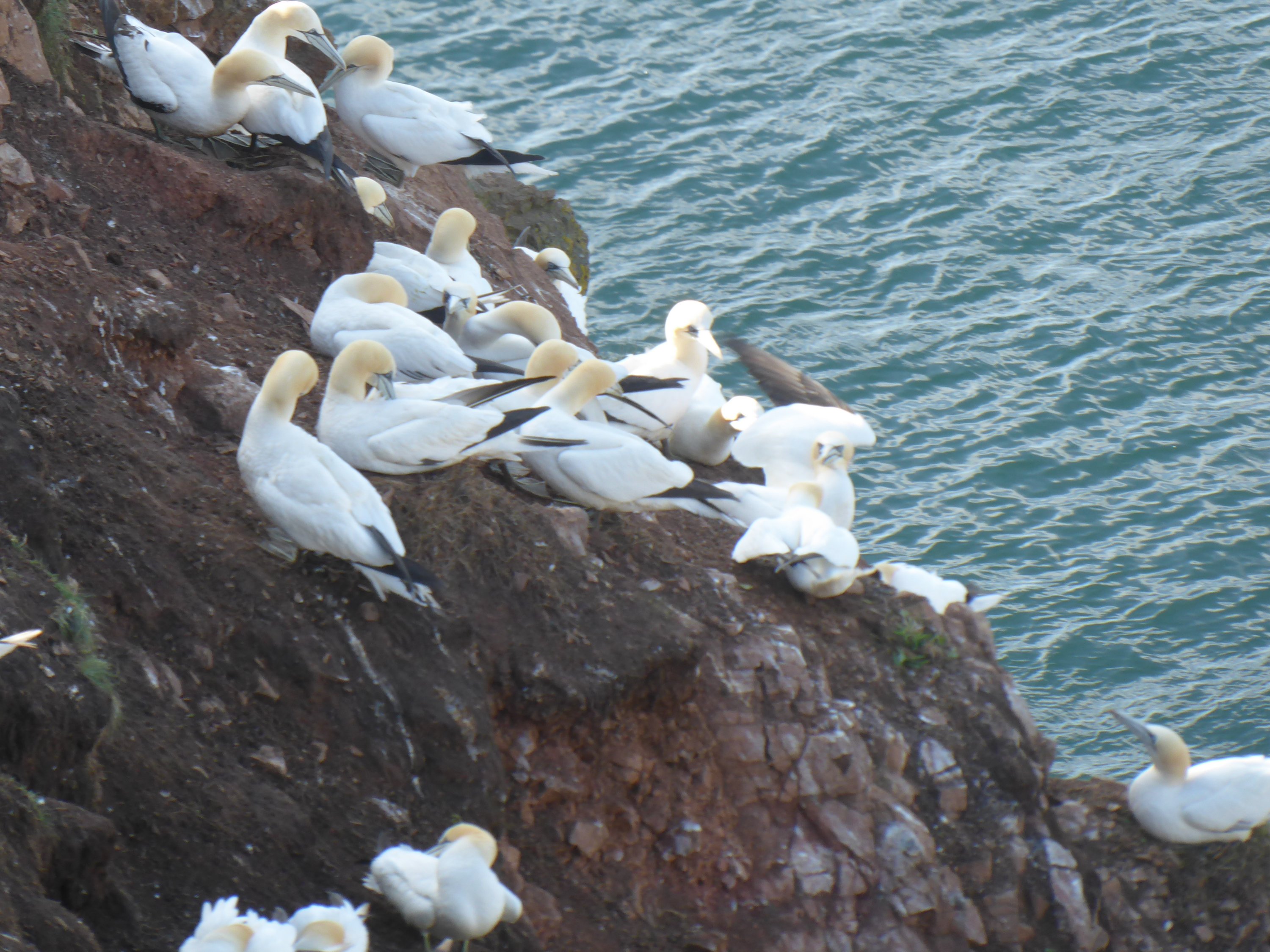

 From the cliffs we were at eye level with these magnificent birds as they flew effortlessly by.
From the cliffs we were at eye level with these magnificent birds as they flew effortlessly by.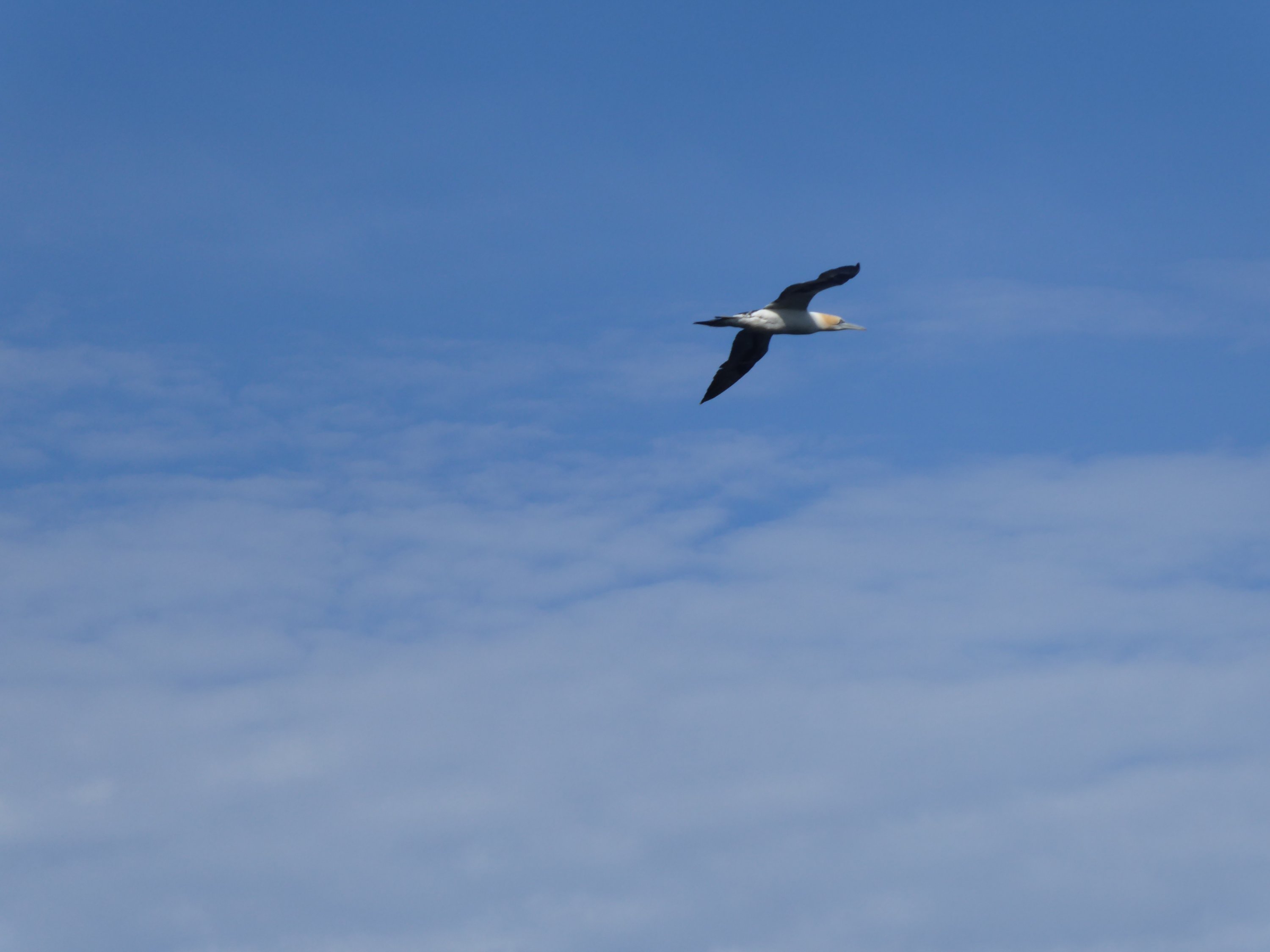
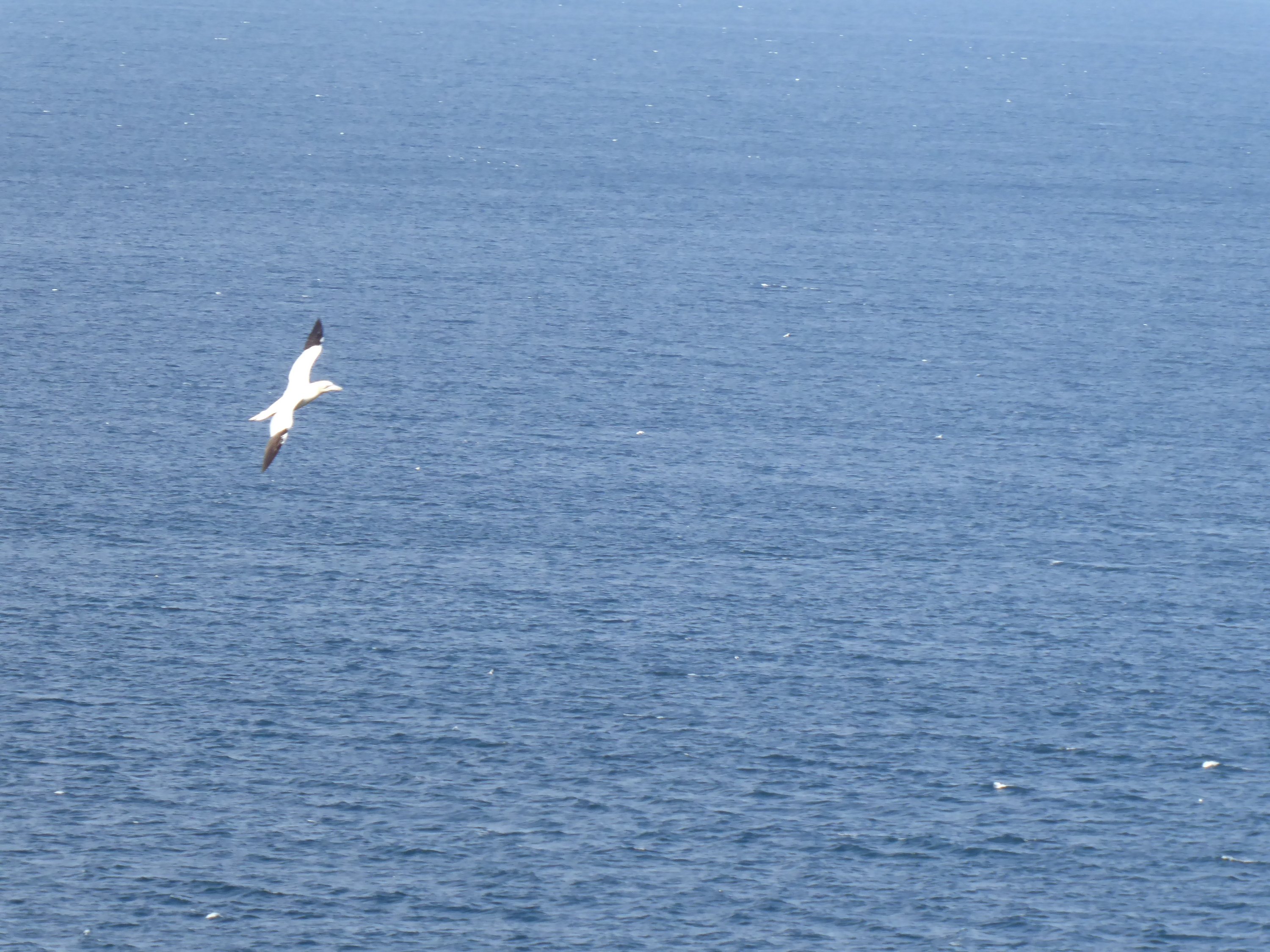 The gannets are still mating and laying eggs, so no chicks yet. Gannet chicks are amazing. They turn into fat fluff balls, and their way of fledging is to literally fall out of the nest to the sea far below, cushioned by their fat. They are too fat to take off again, but their fat sustains them until they can!Lastly a few miles along a narrow twisty lane to St Drostan’s beach, our stop for the night, backed by sandstone cliffs.
The gannets are still mating and laying eggs, so no chicks yet. Gannet chicks are amazing. They turn into fat fluff balls, and their way of fledging is to literally fall out of the nest to the sea far below, cushioned by their fat. They are too fat to take off again, but their fat sustains them until they can!Lastly a few miles along a narrow twisty lane to St Drostan’s beach, our stop for the night, backed by sandstone cliffs.

 We spent an hour walking to explore some huge caves and rock pools before watching an even more amazing sunset, and then sleeping like logs… we didn’t wake up until after 9.00 am… unheard of for me!
We spent an hour walking to explore some huge caves and rock pools before watching an even more amazing sunset, and then sleeping like logs… we didn’t wake up until after 9.00 am… unheard of for me!